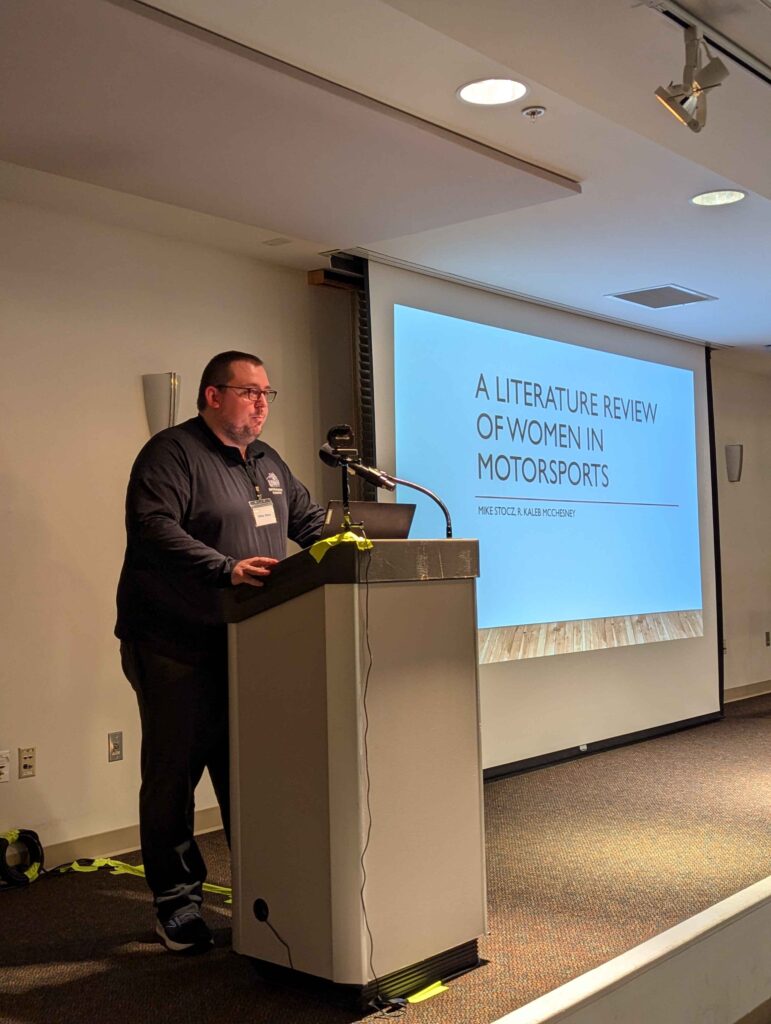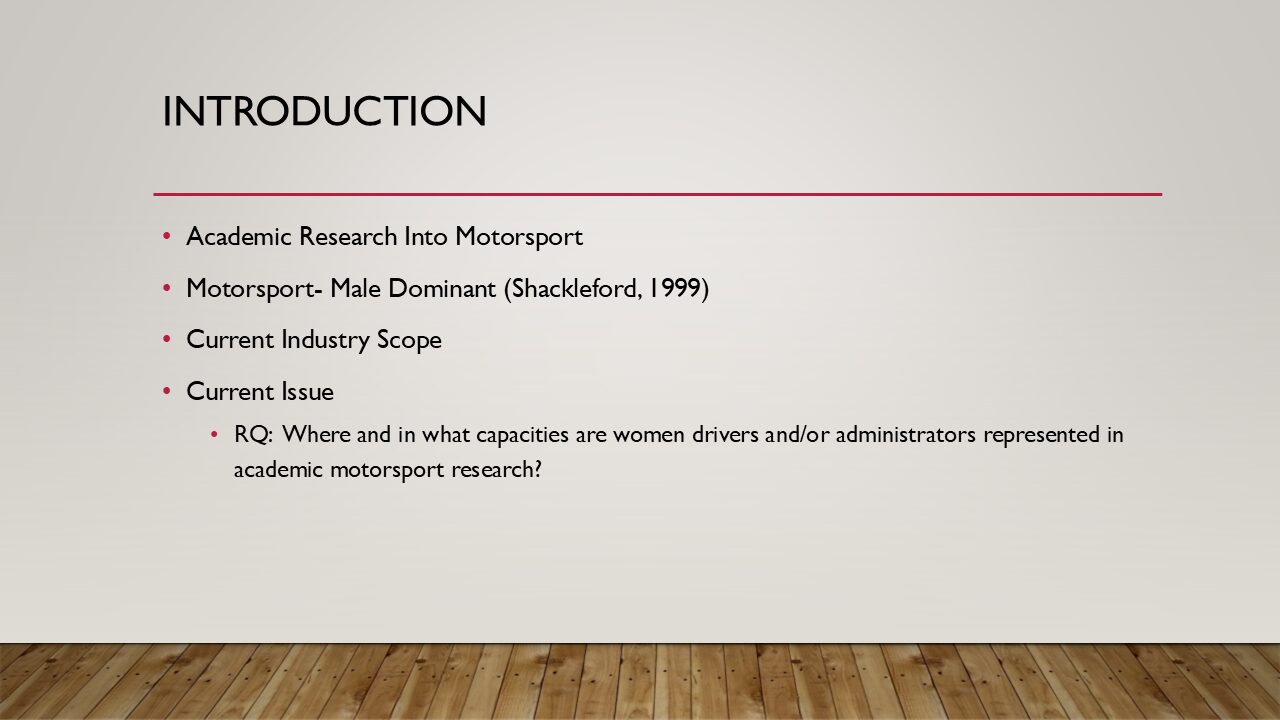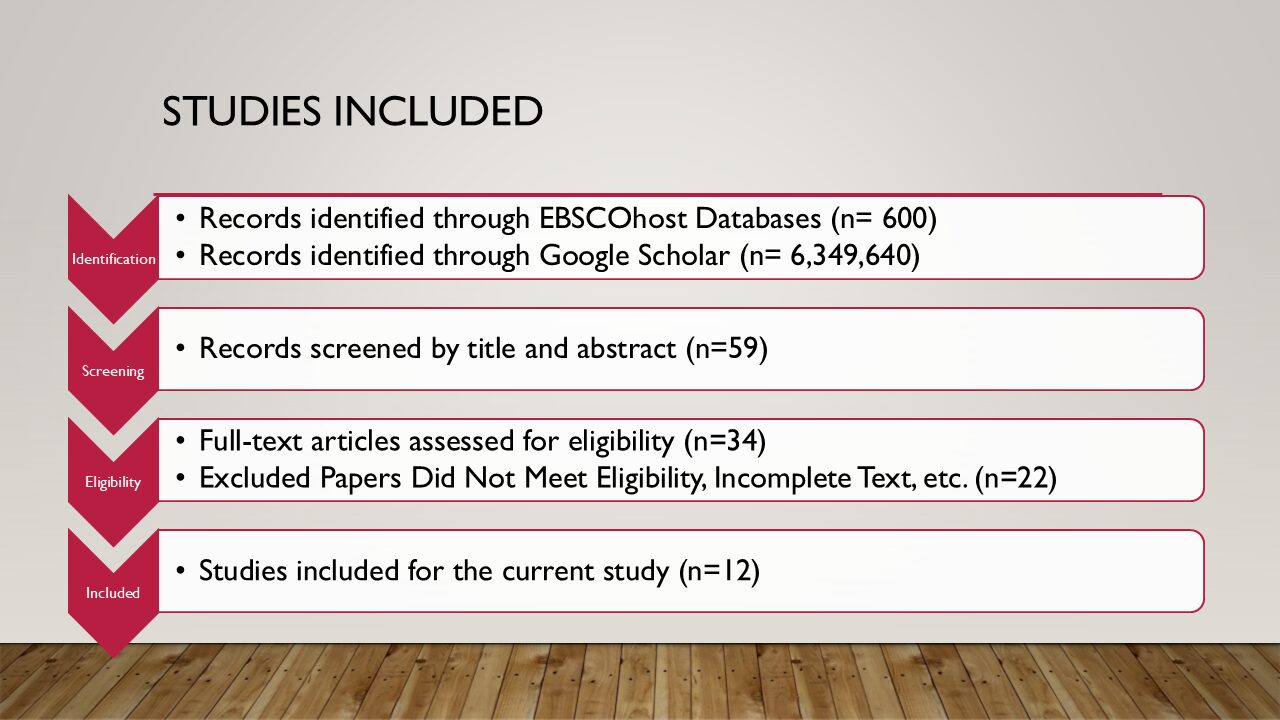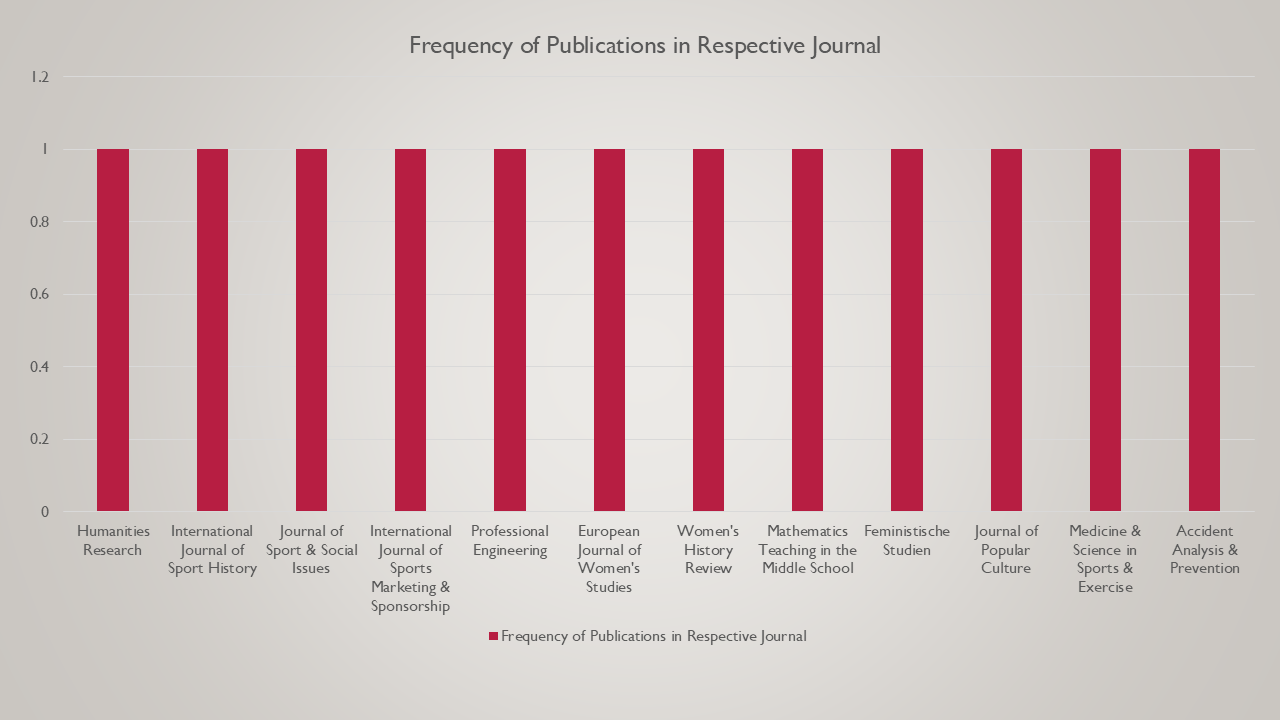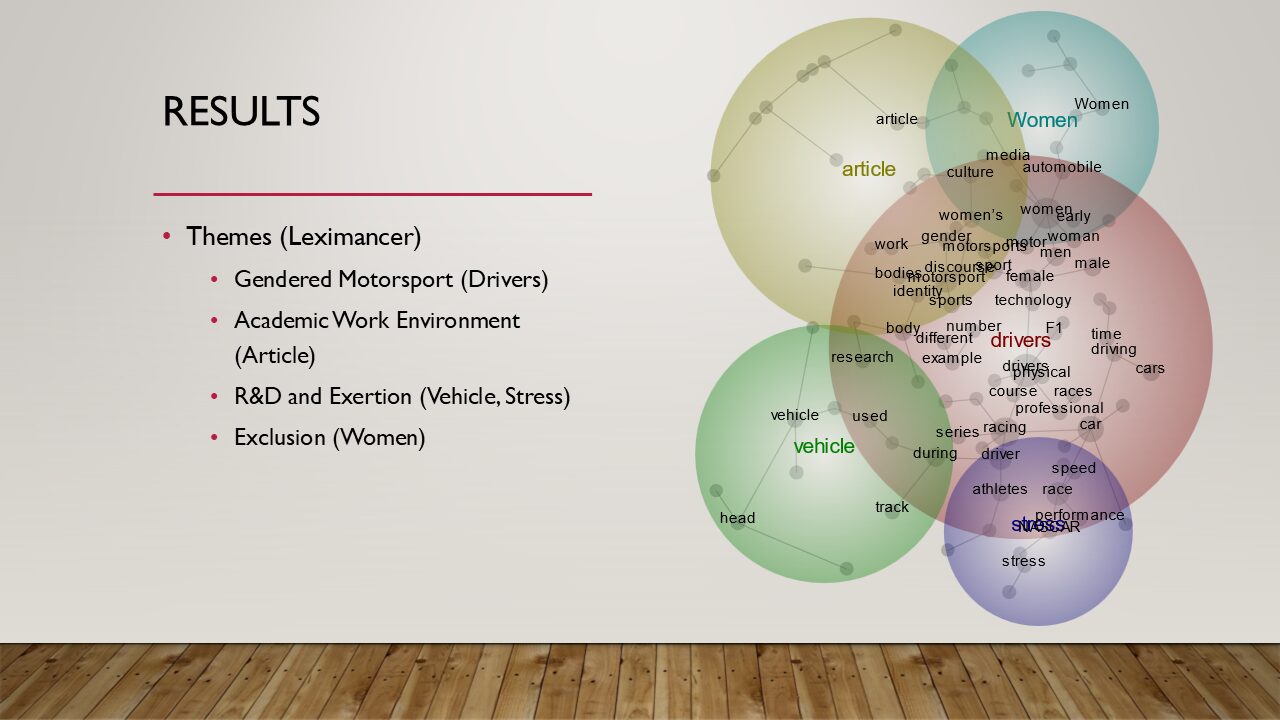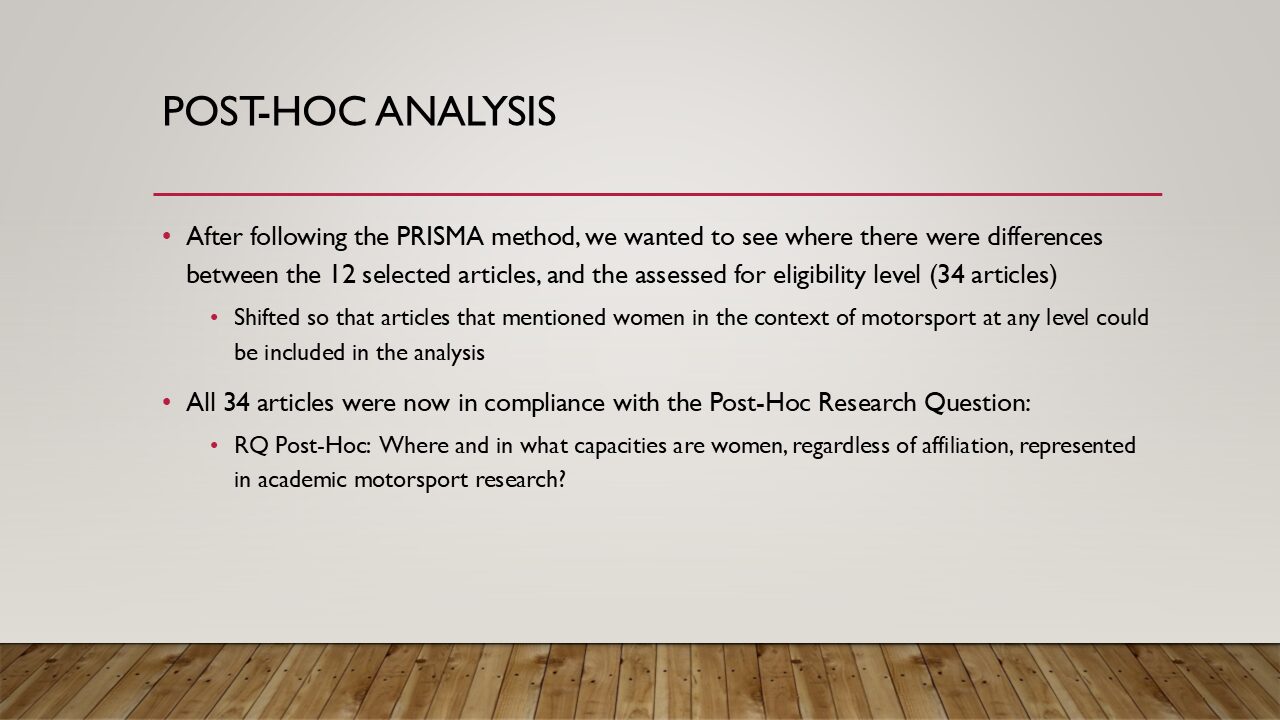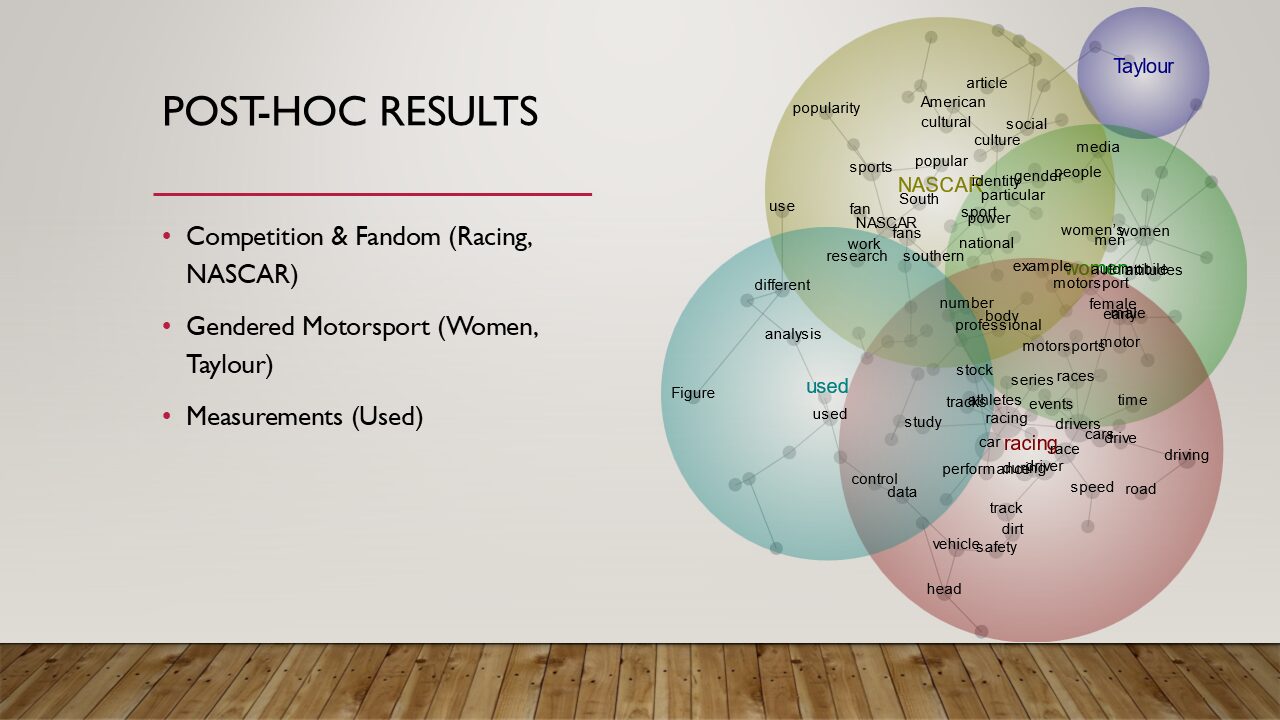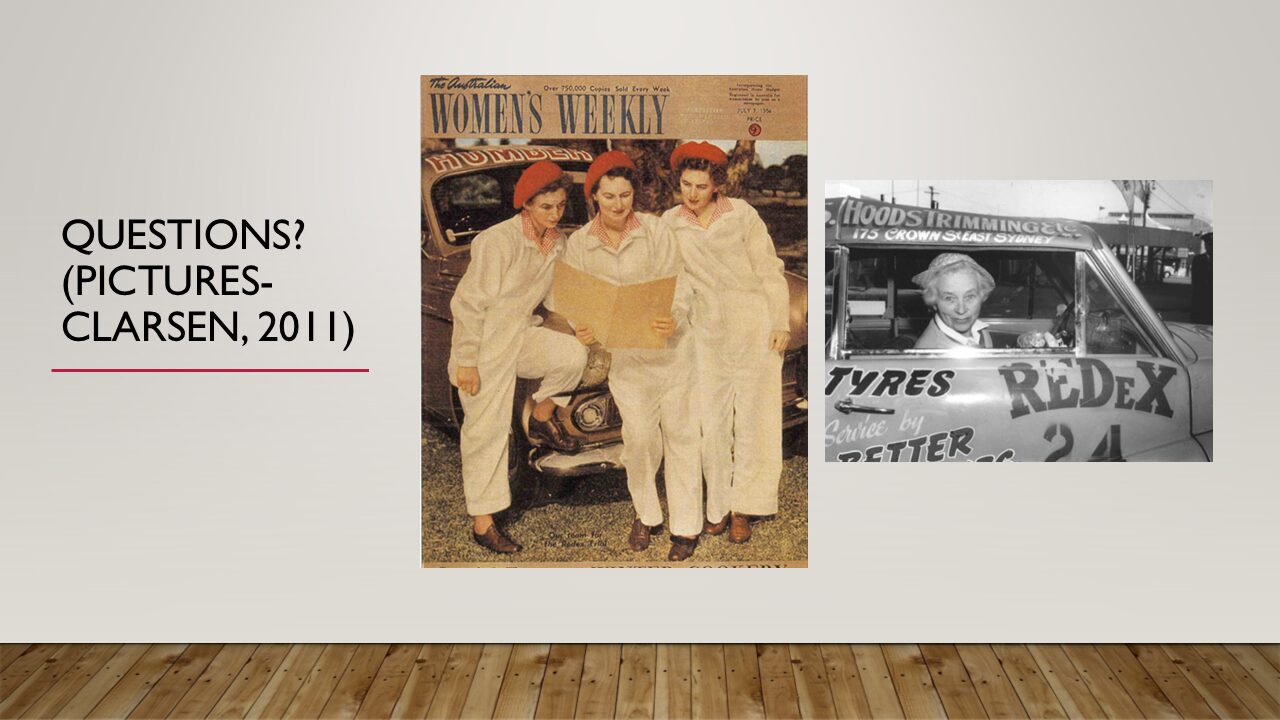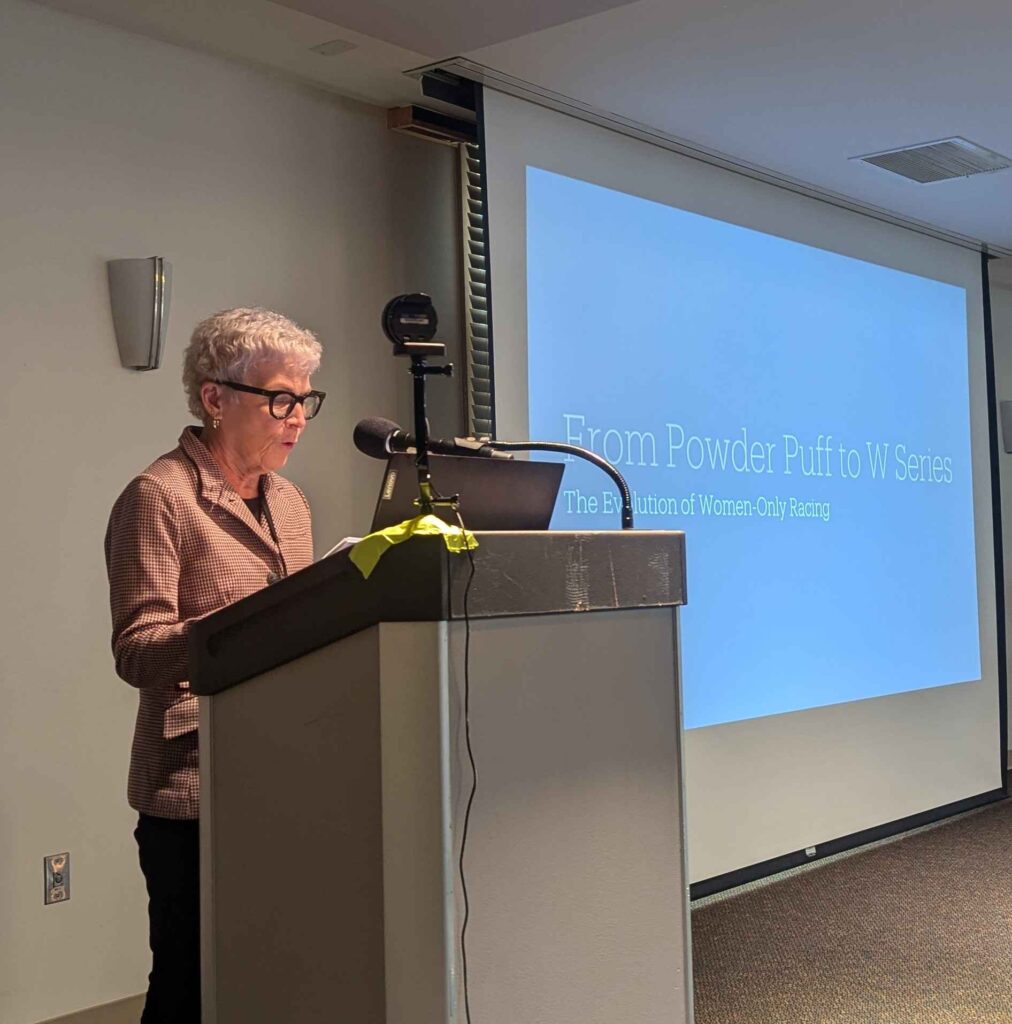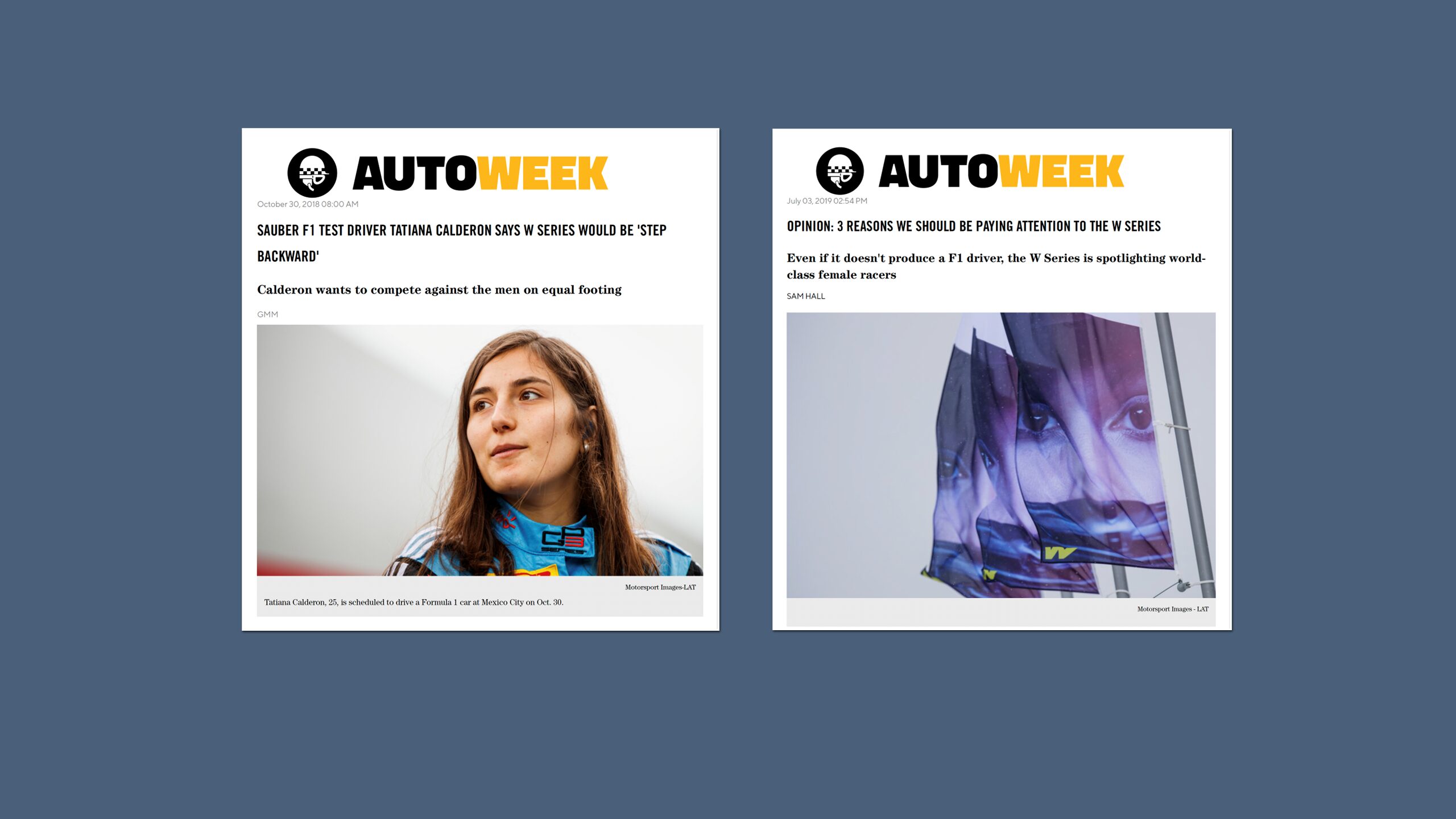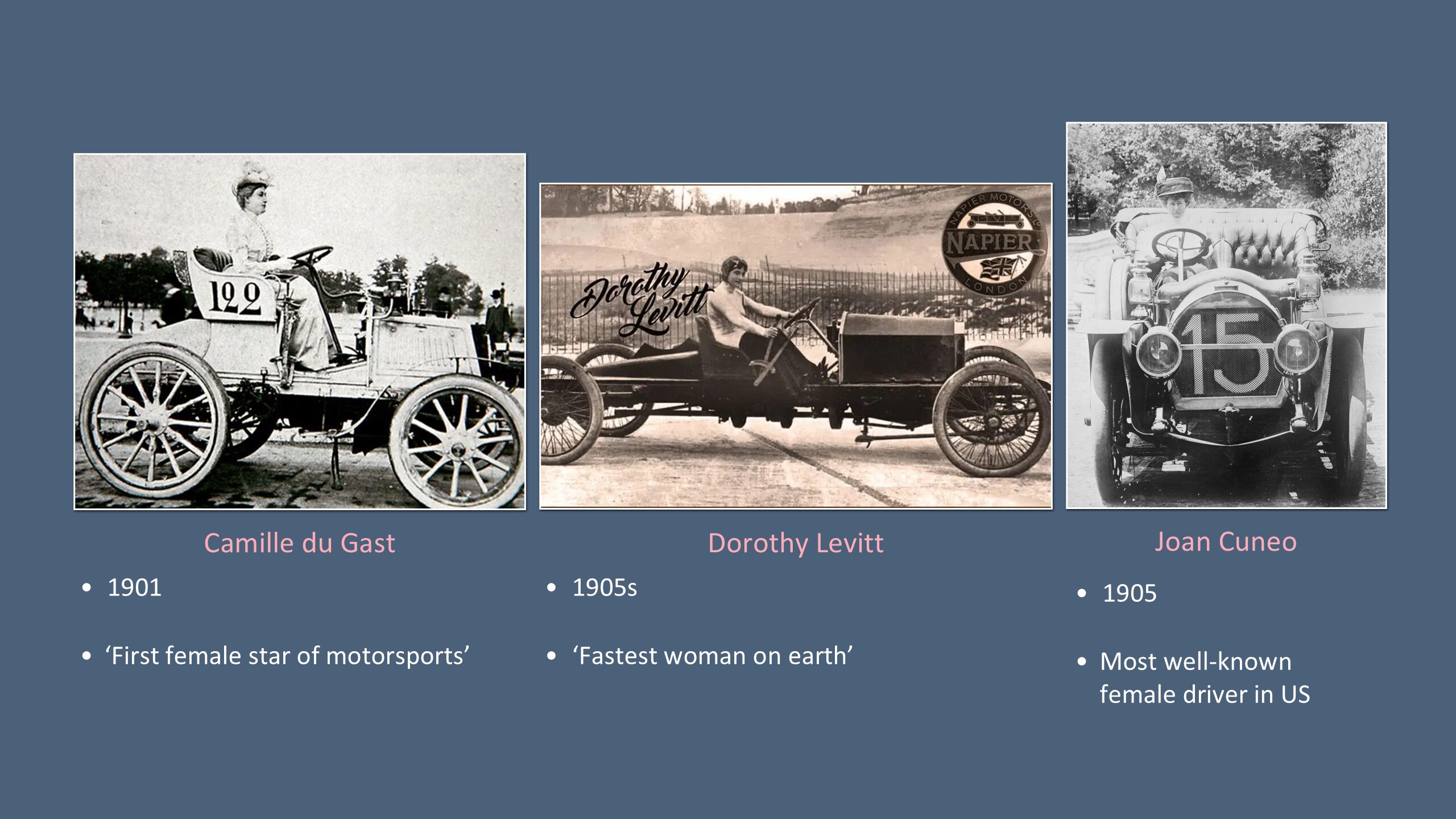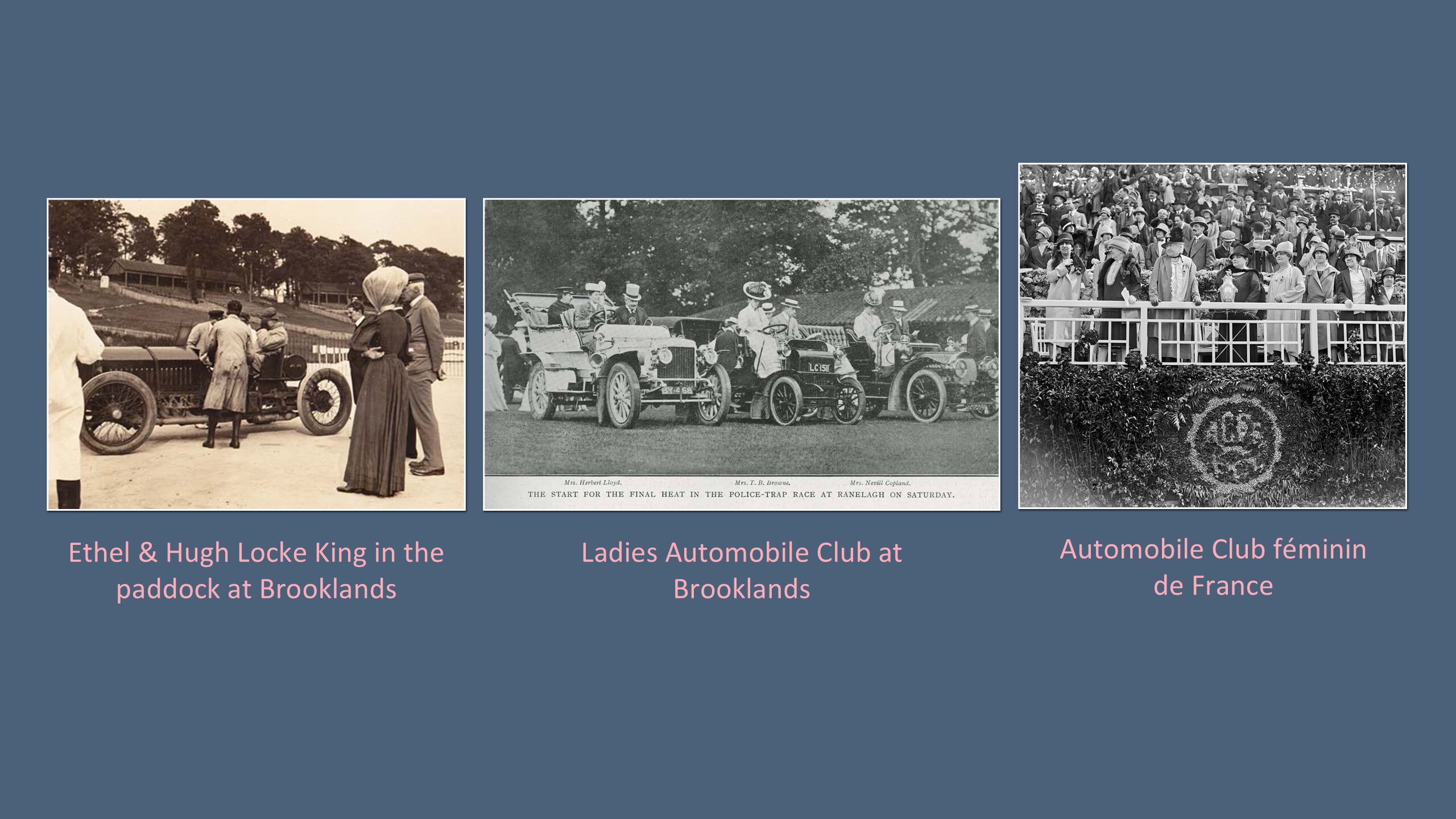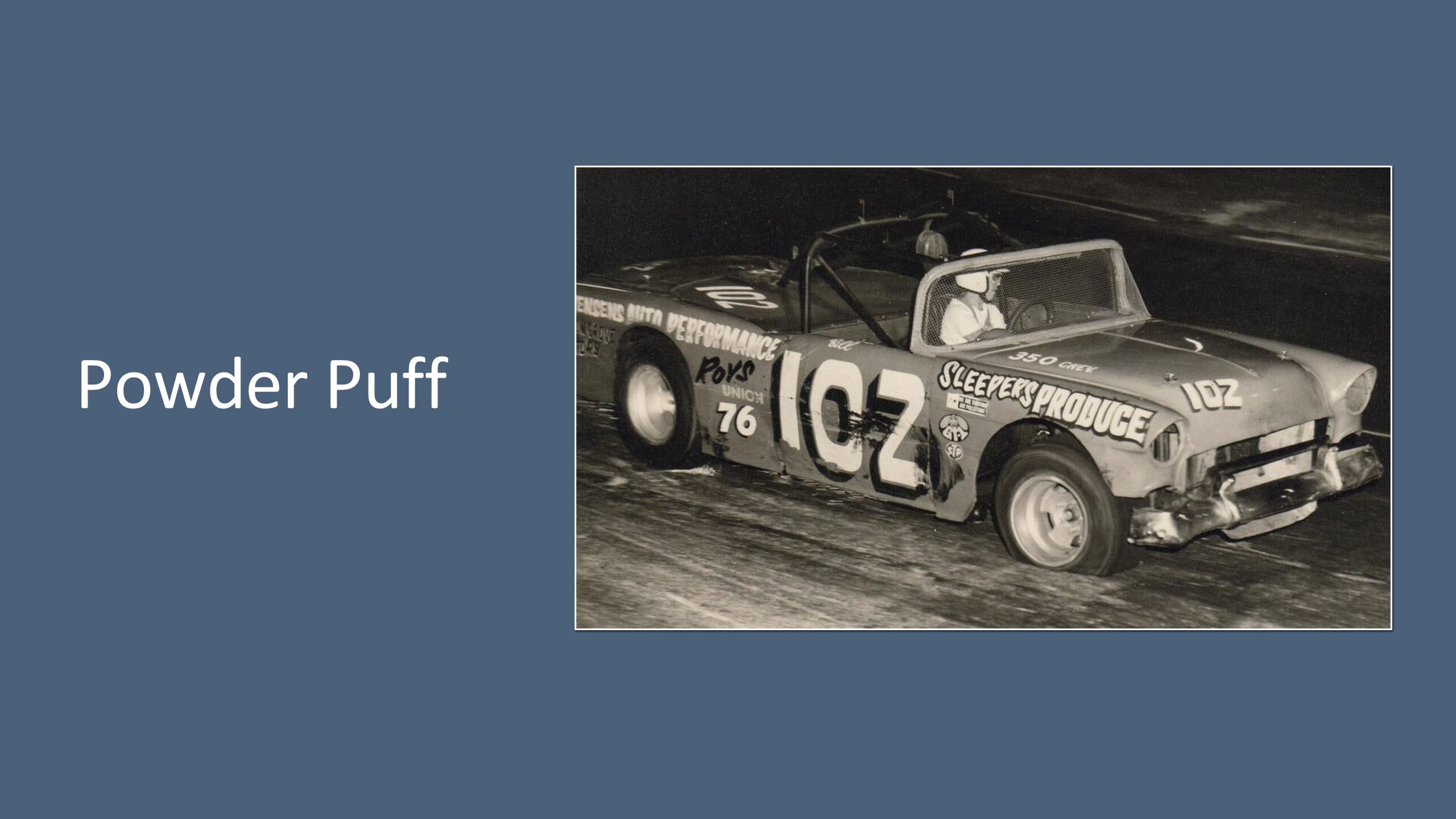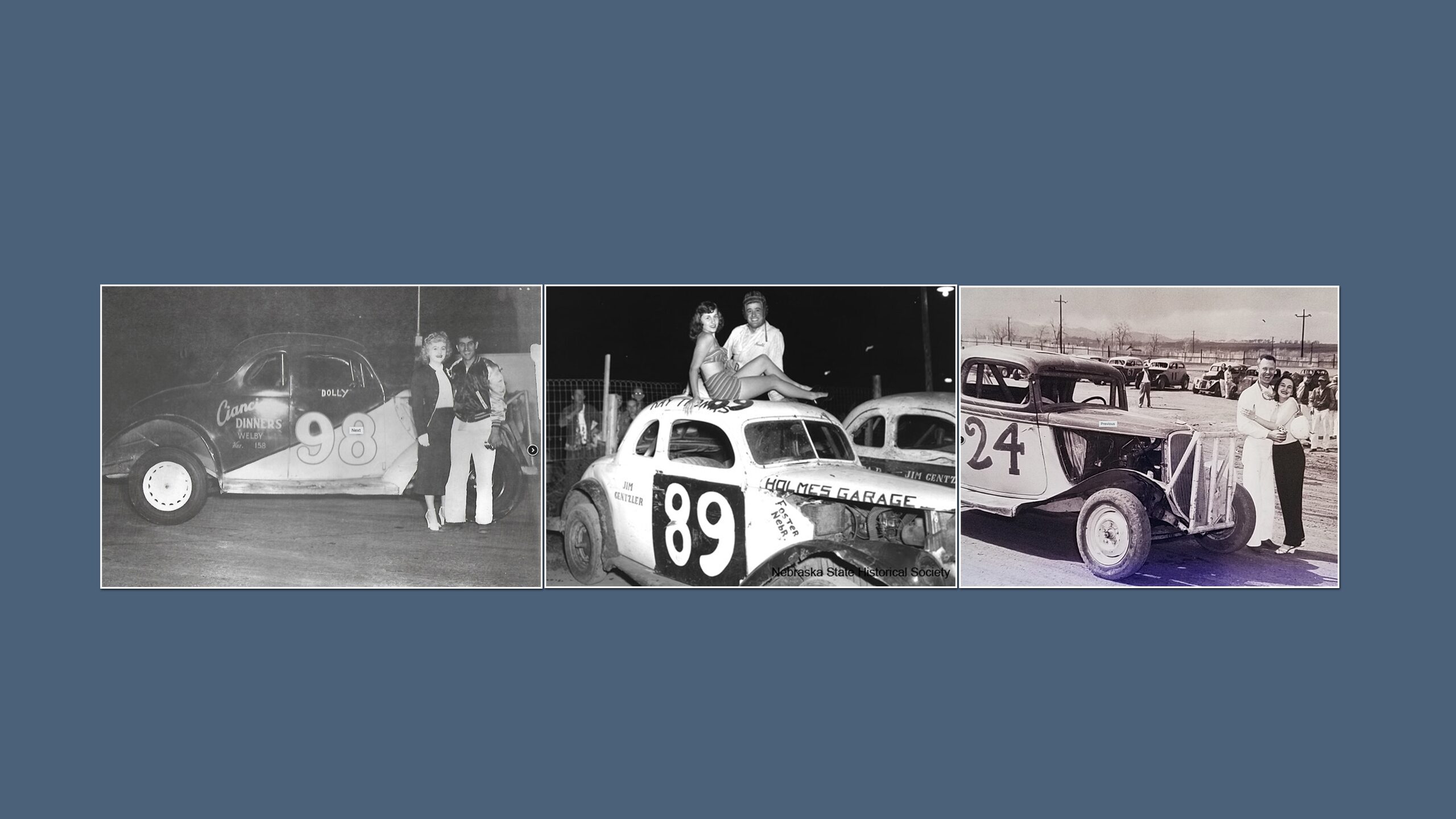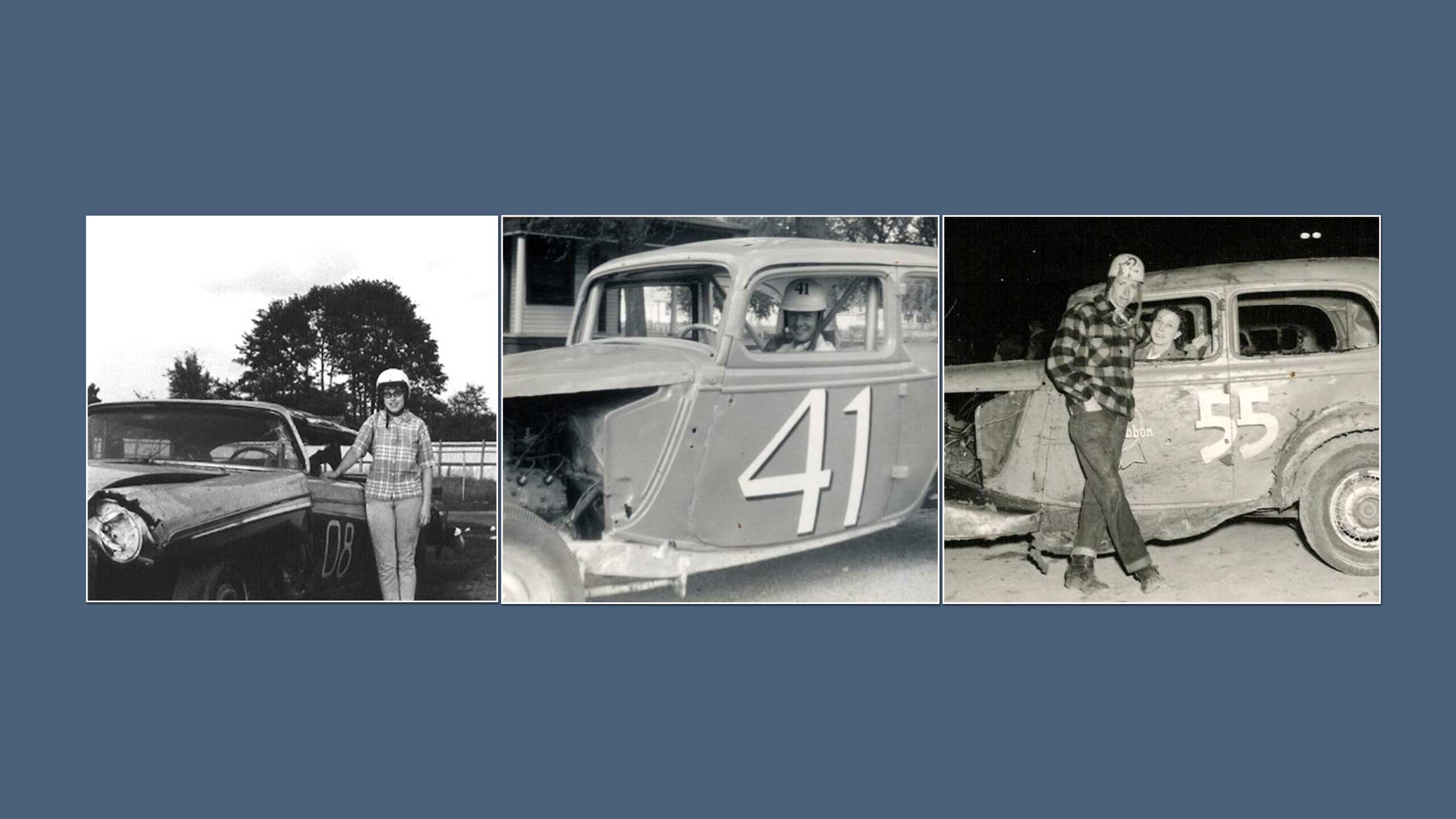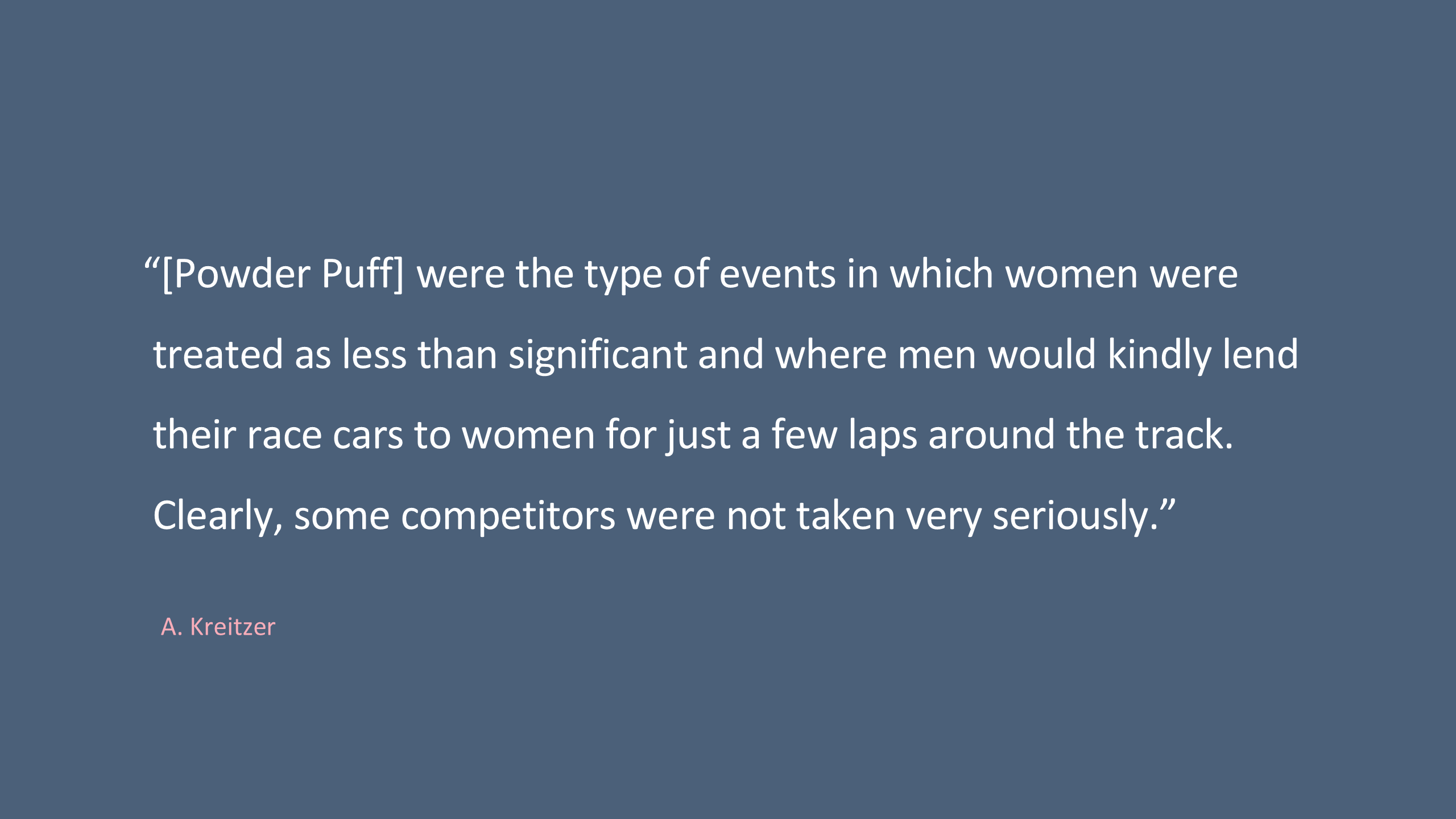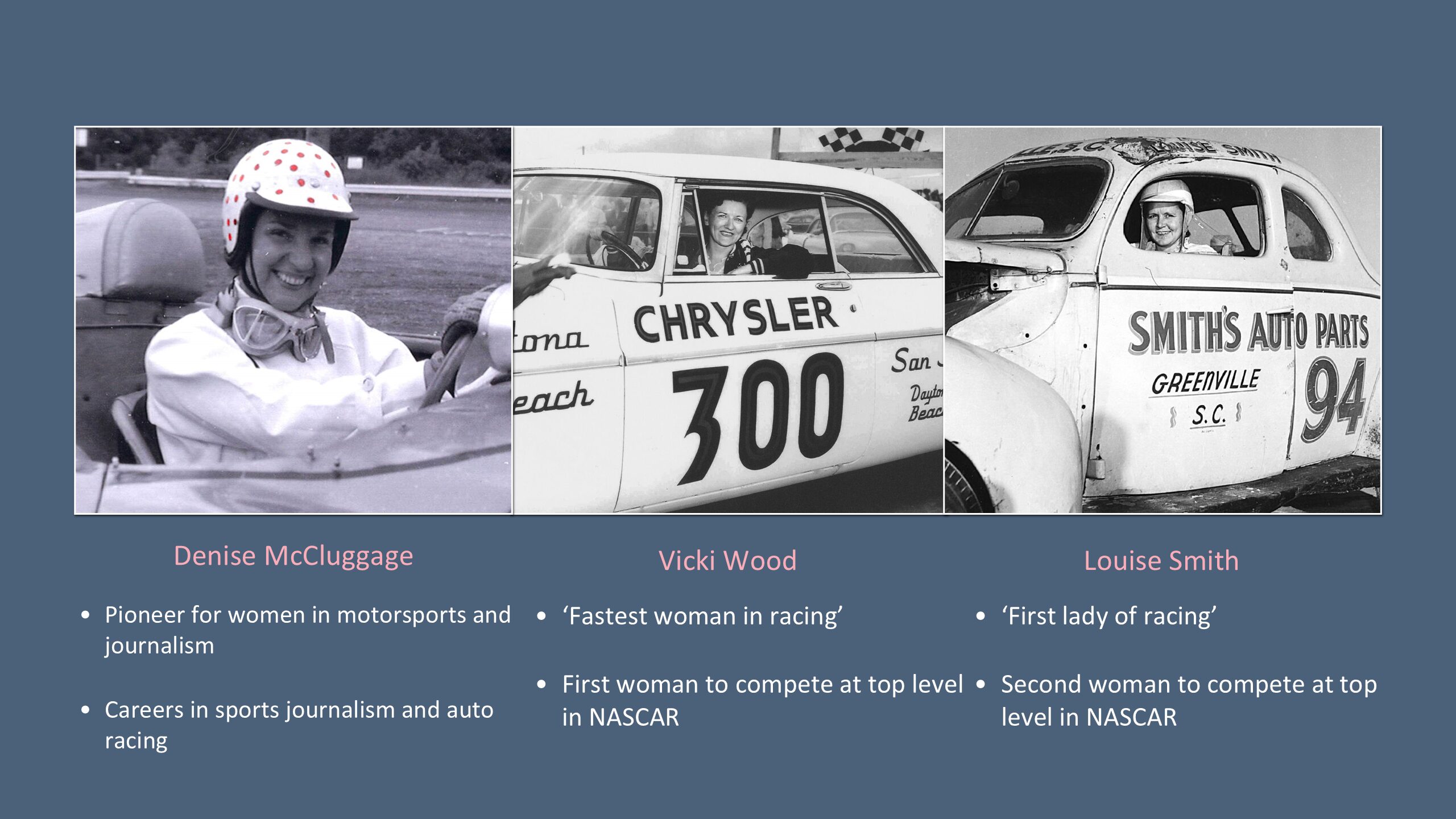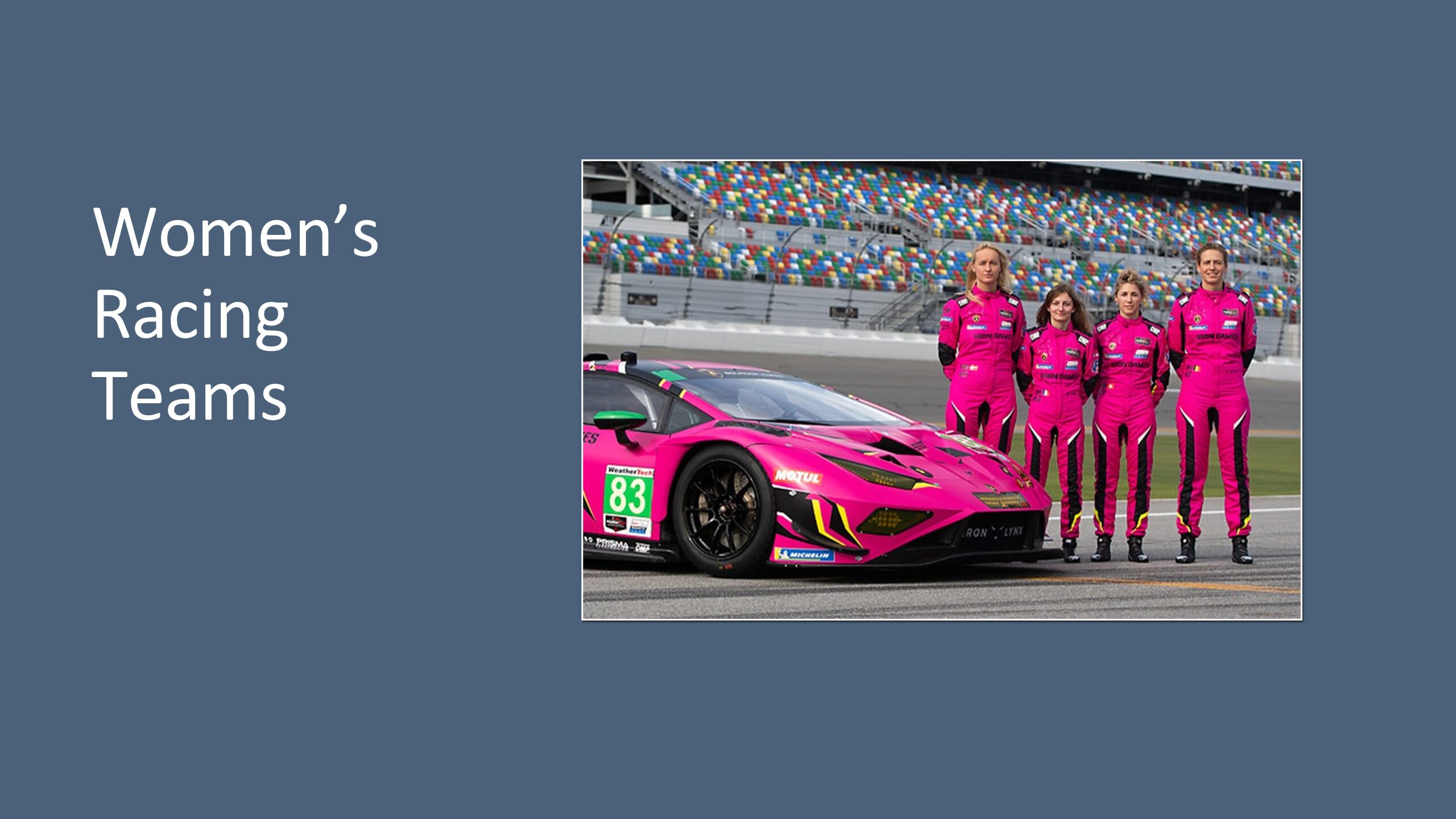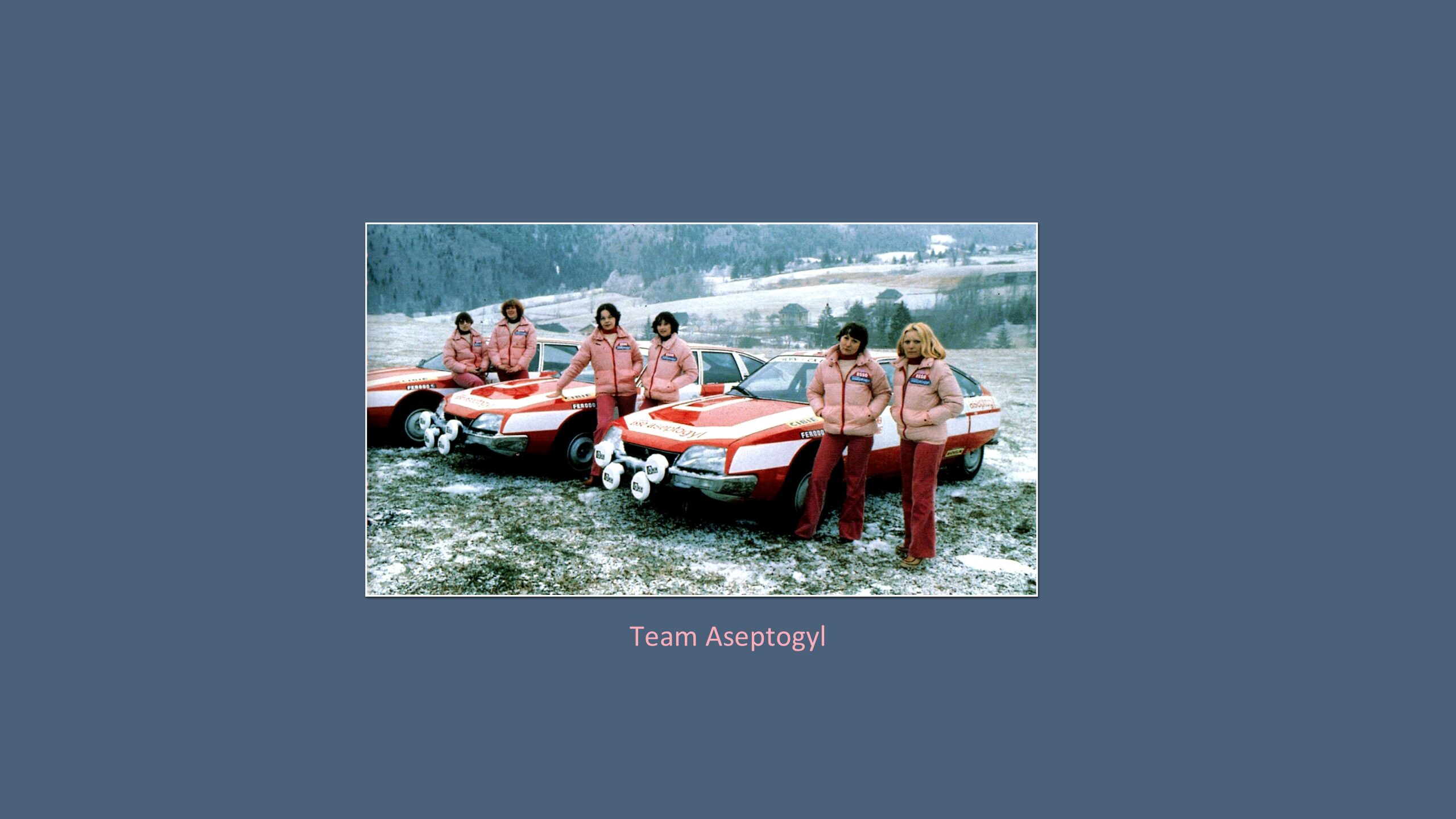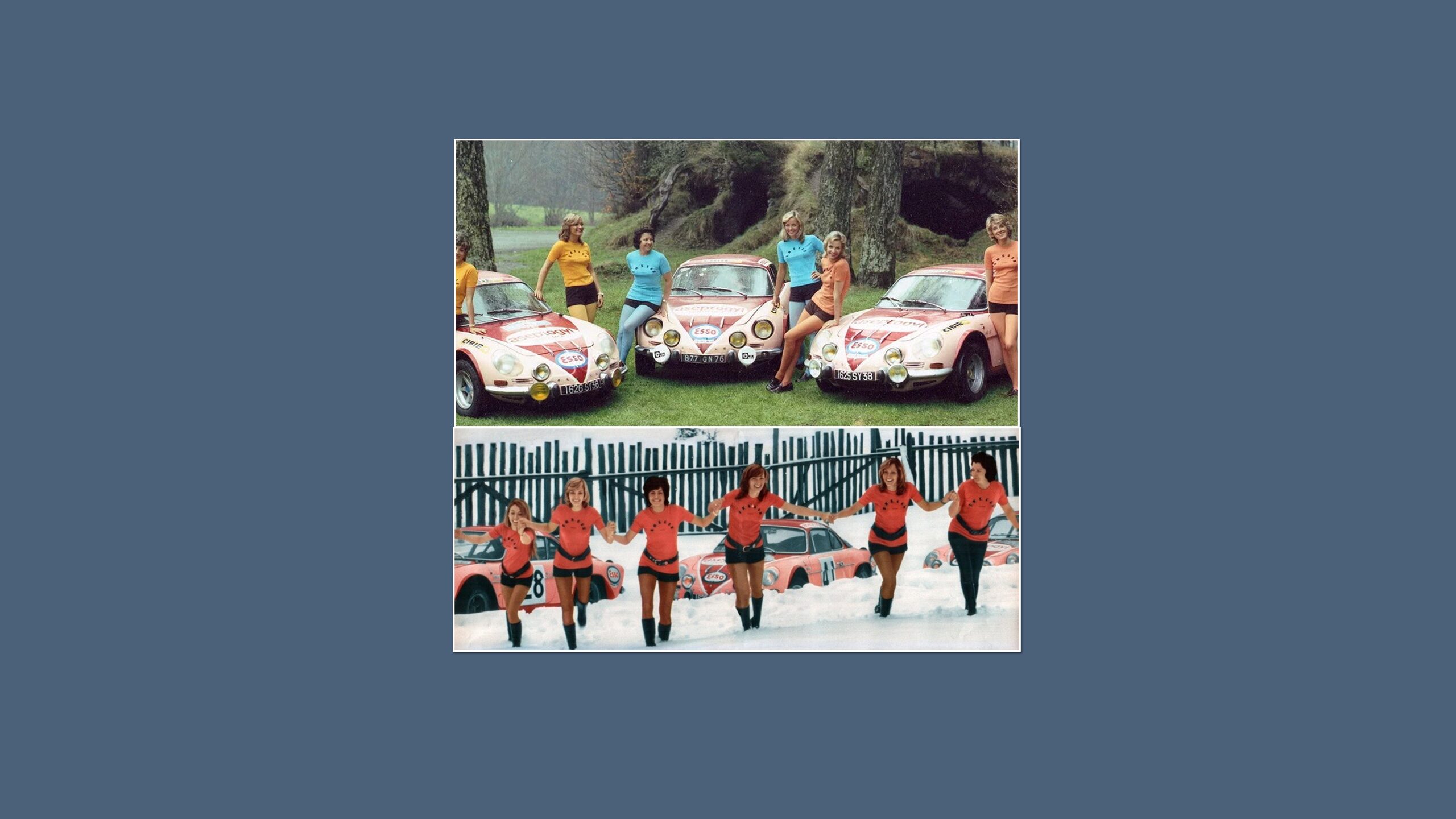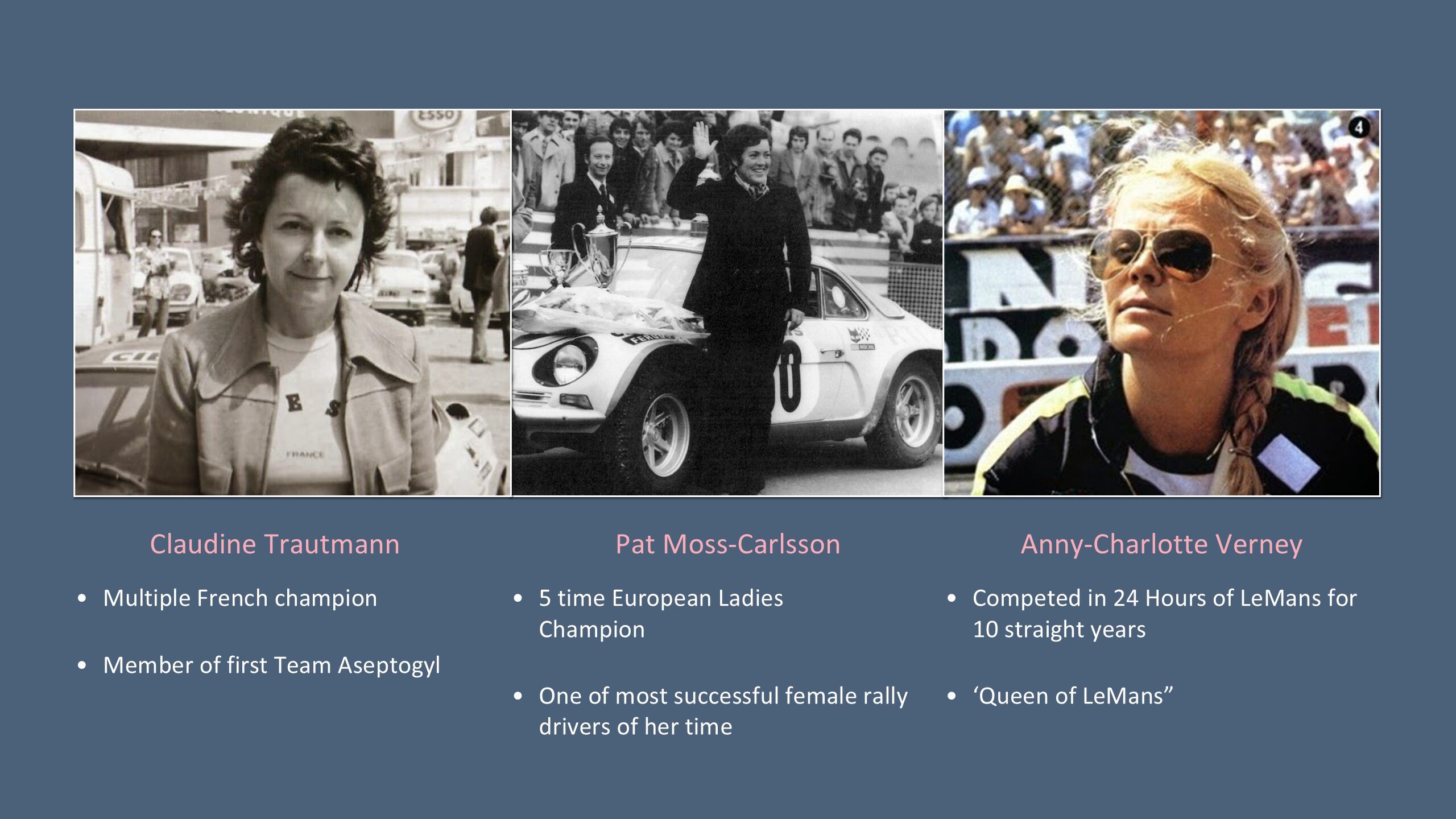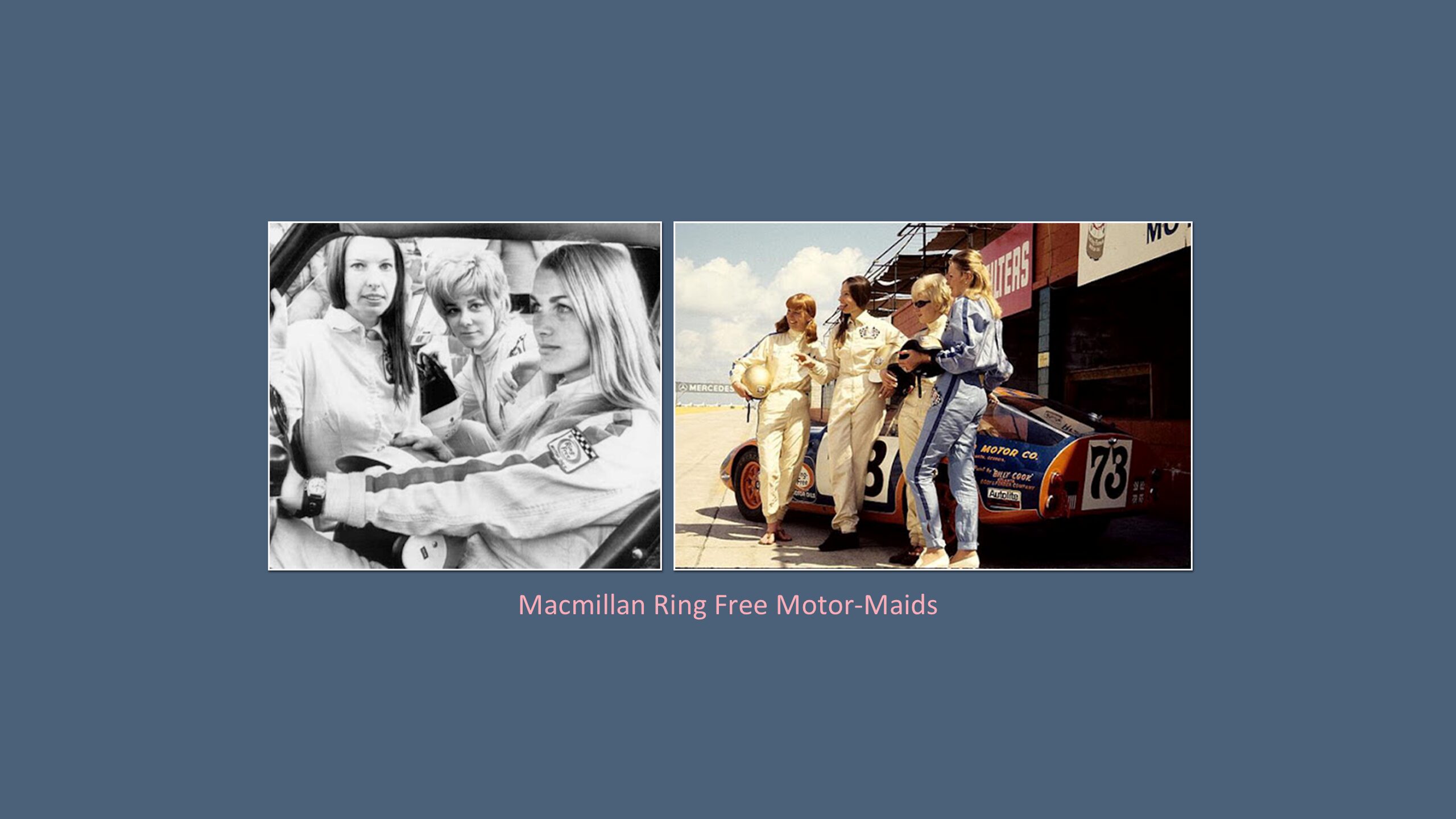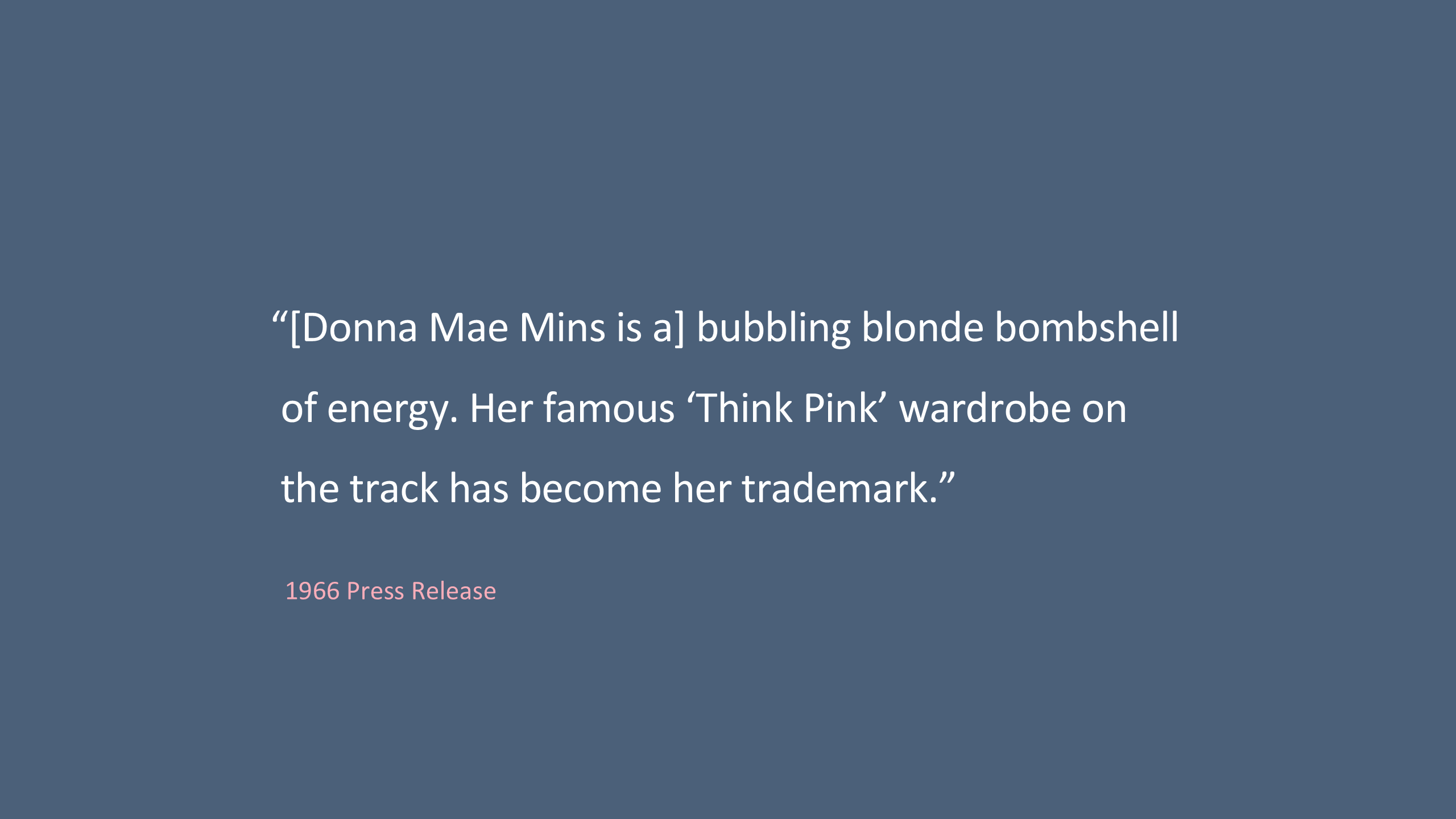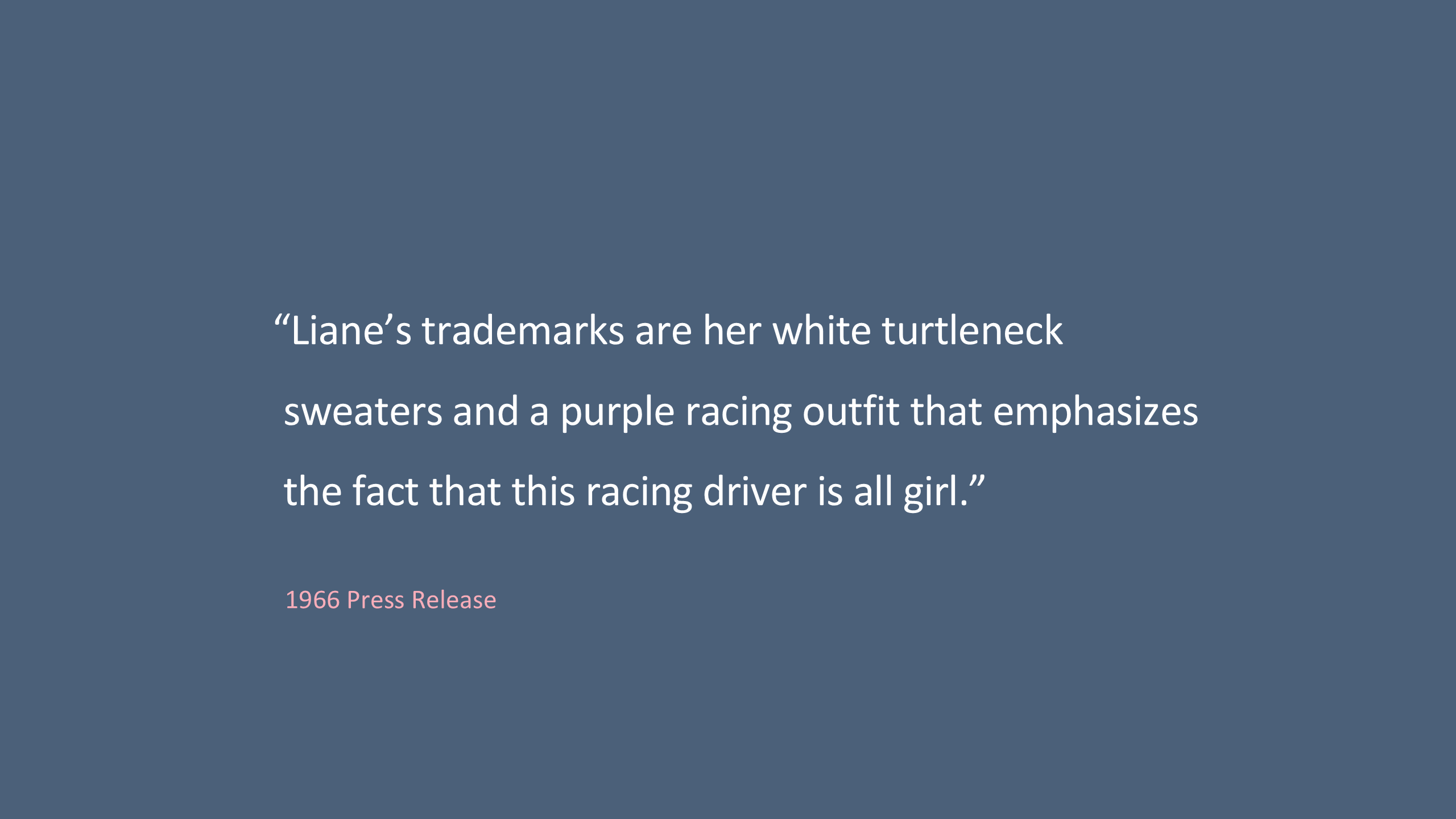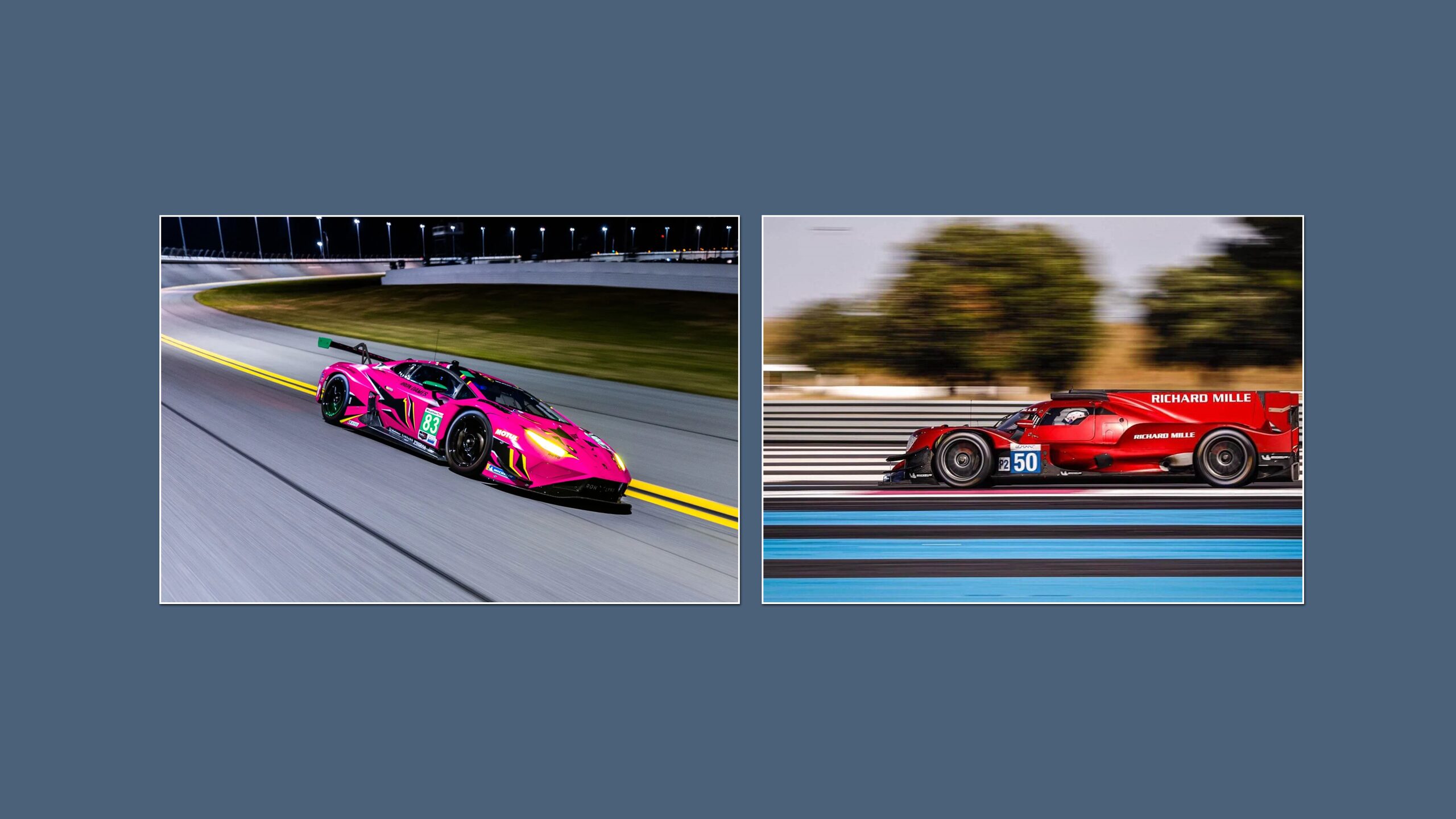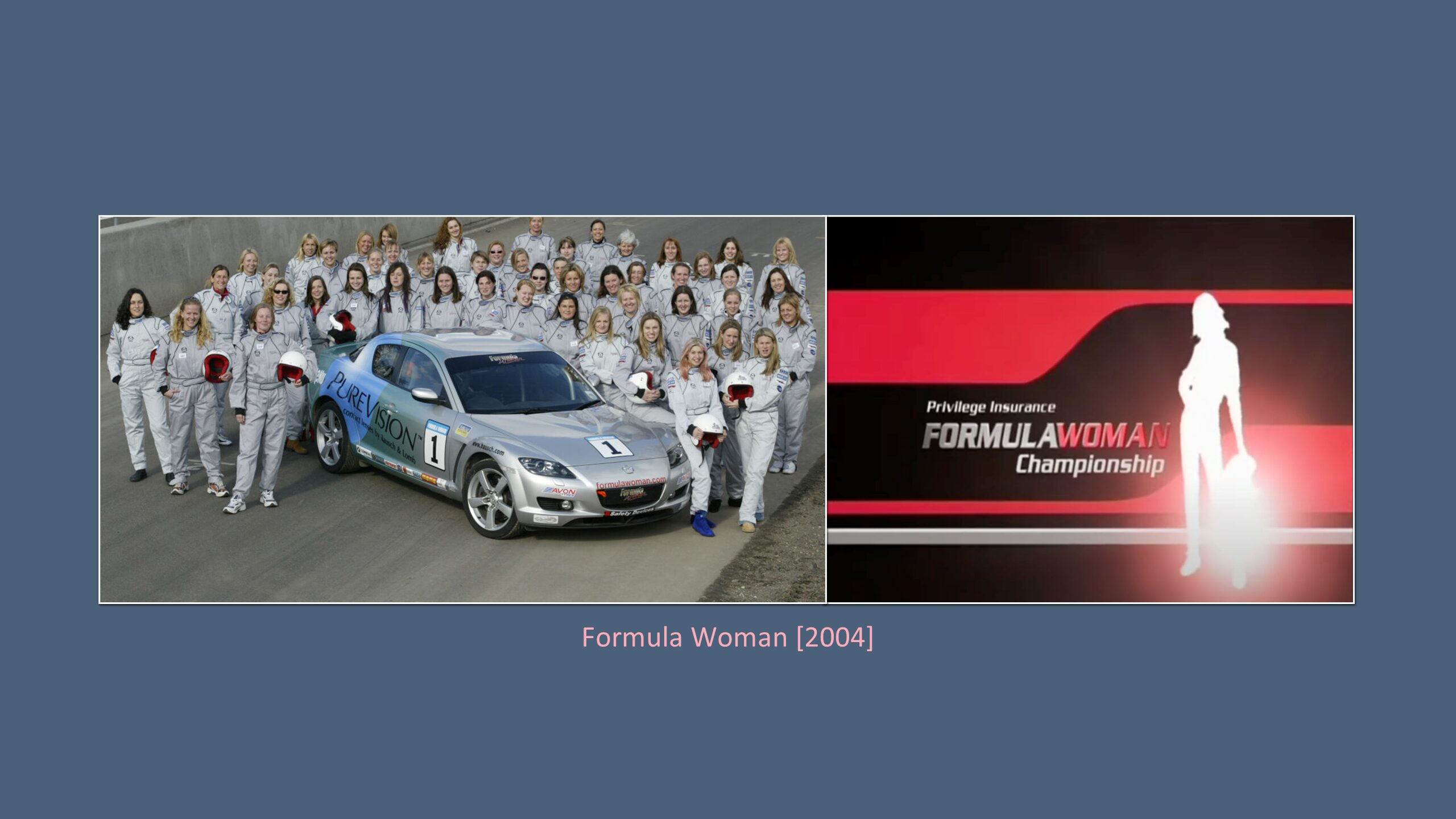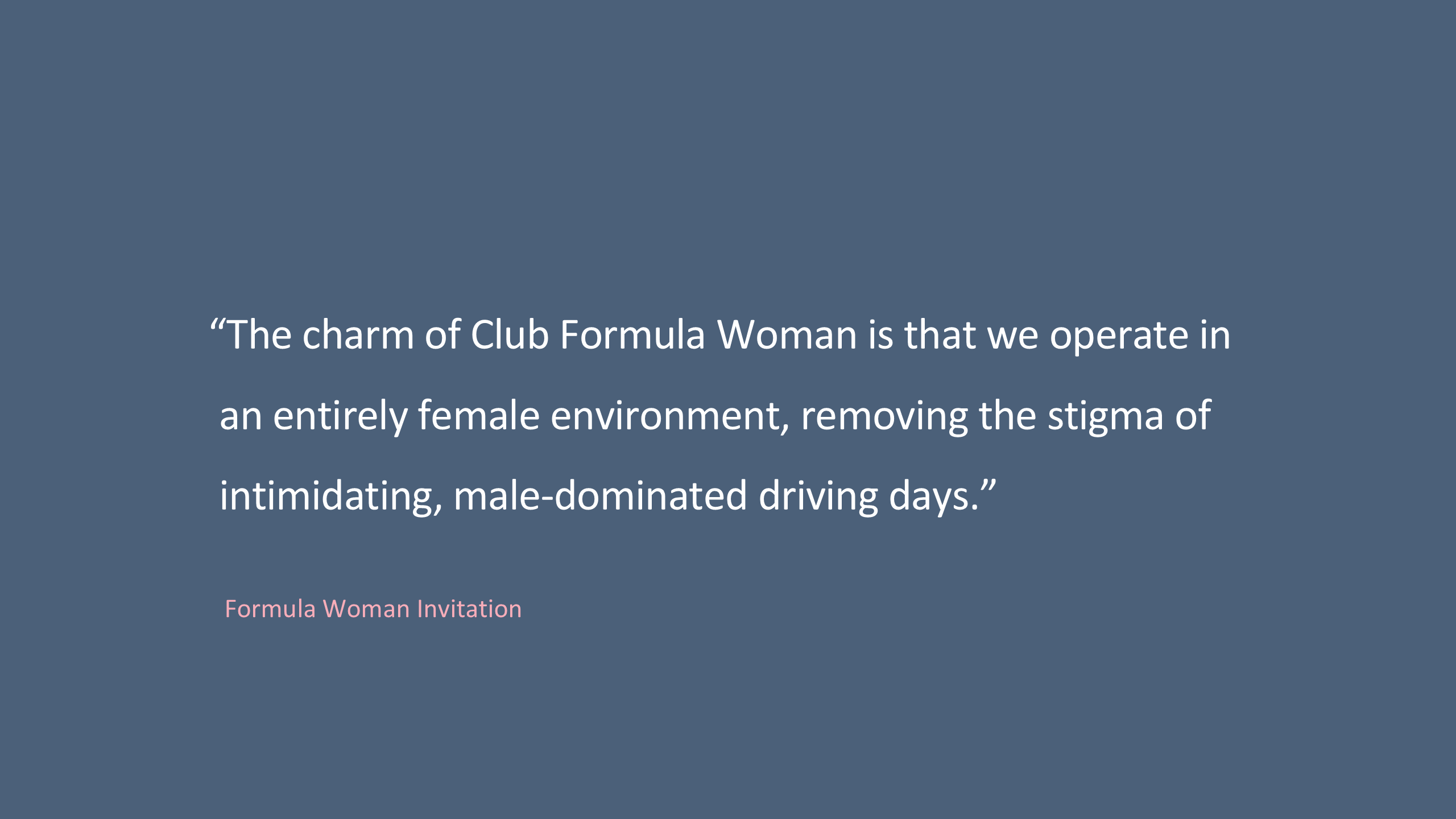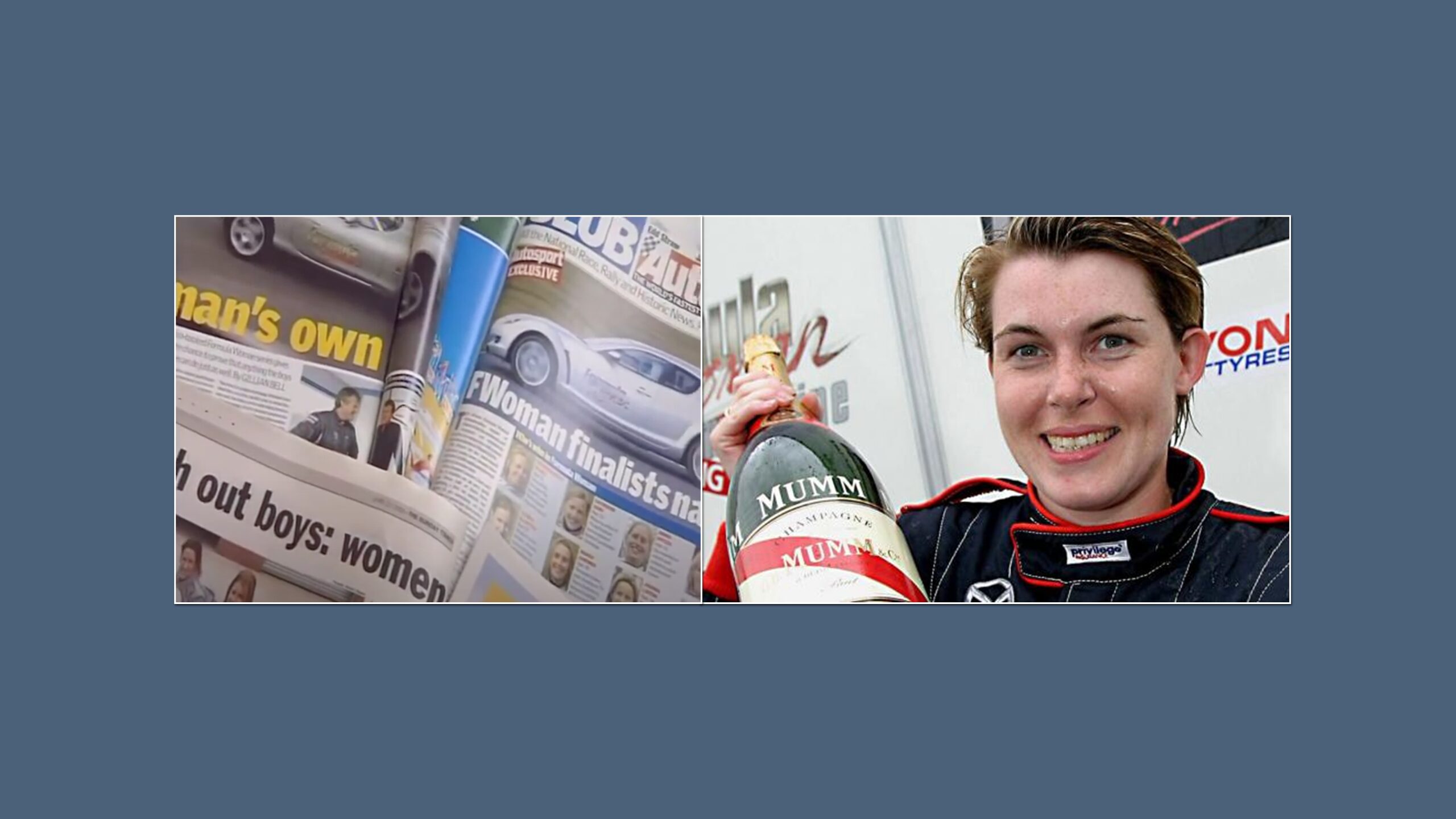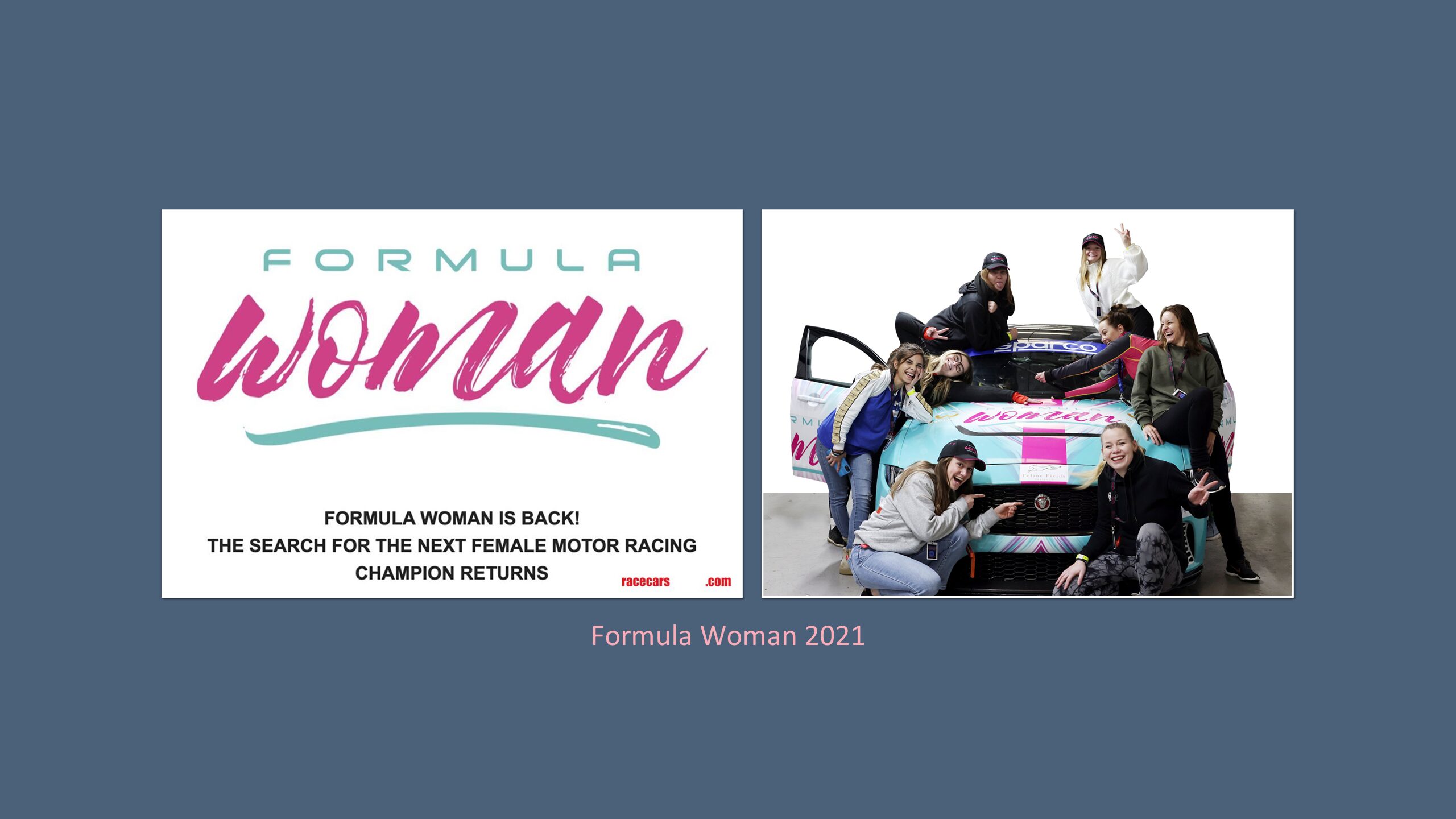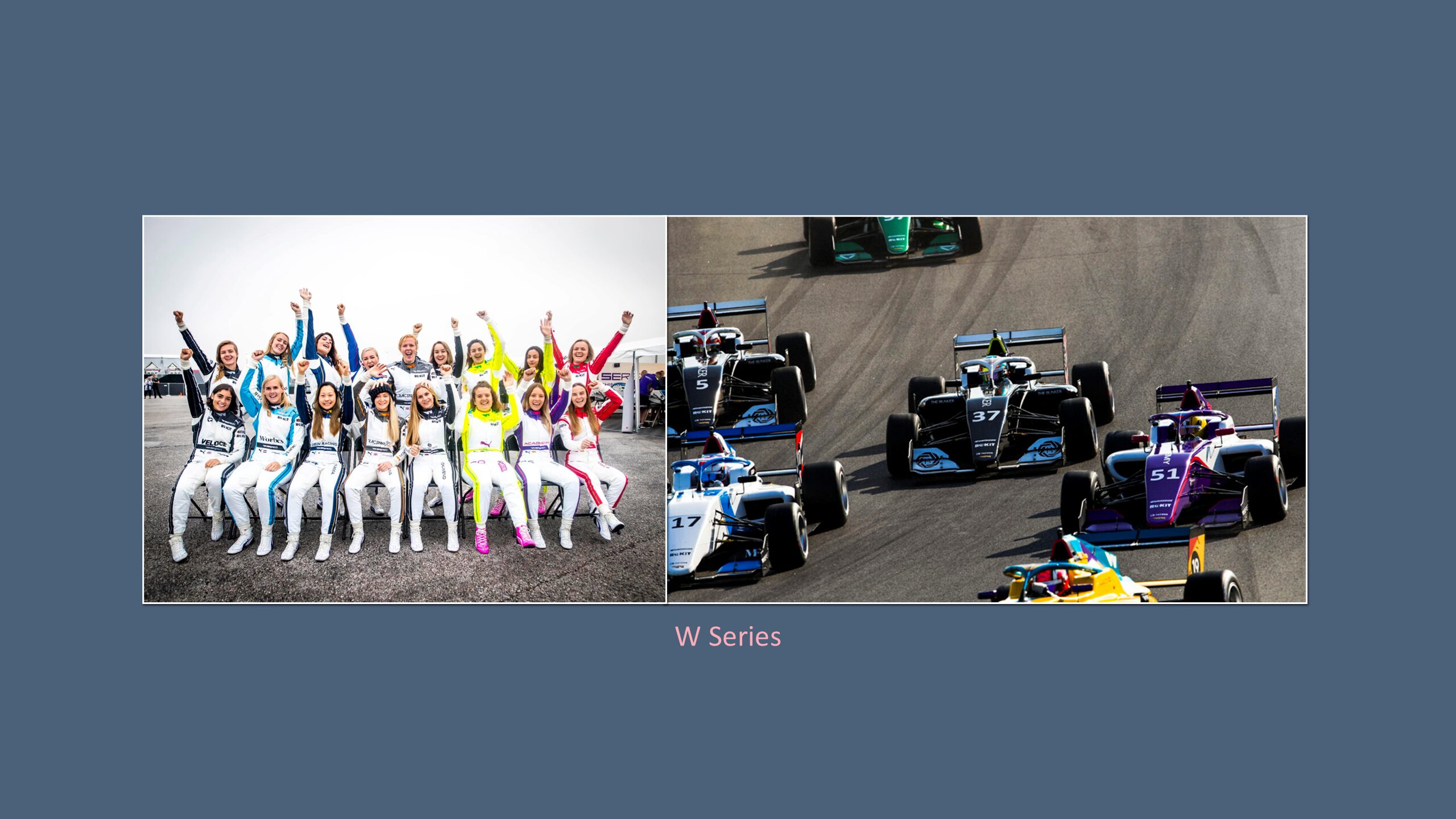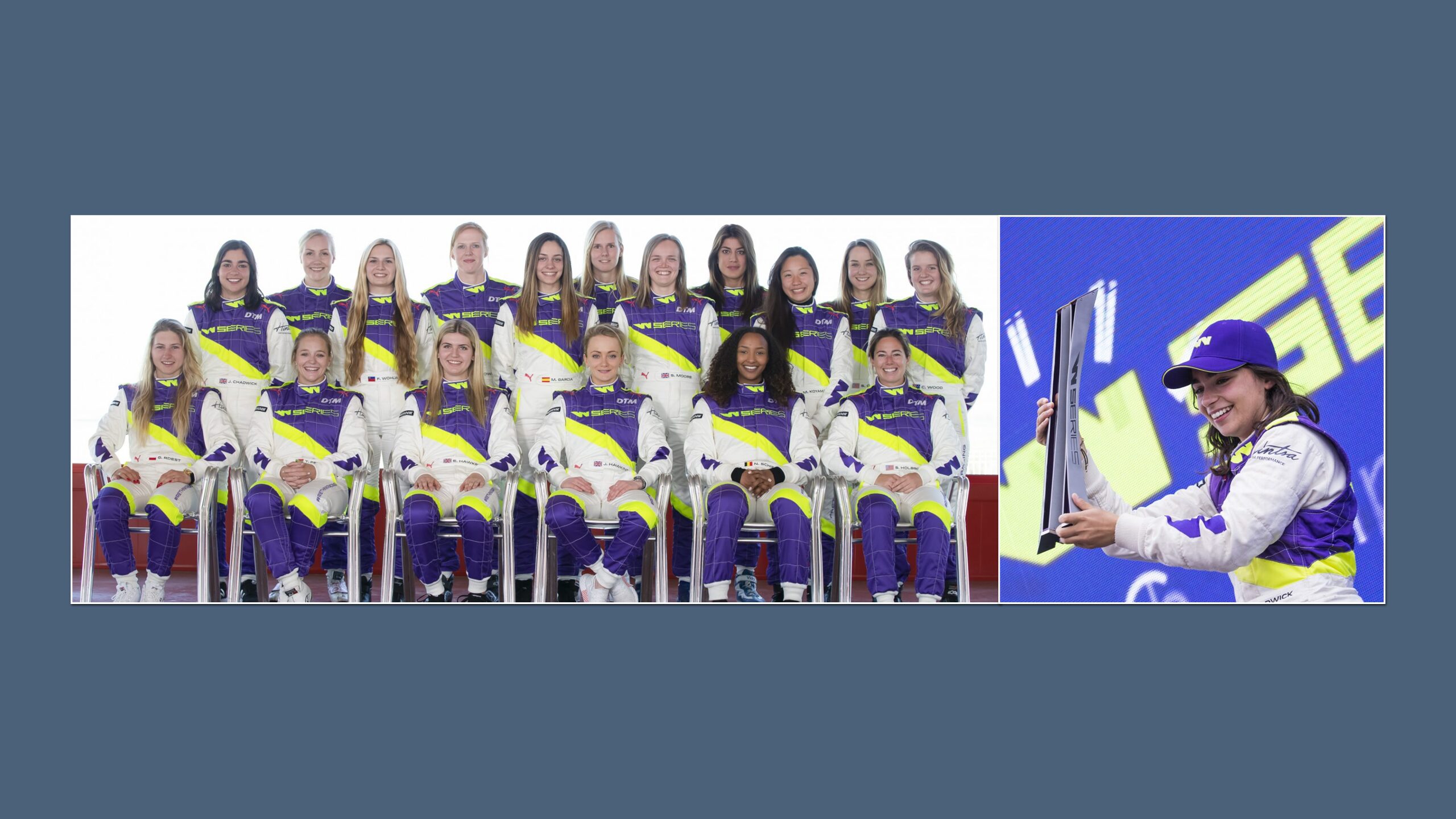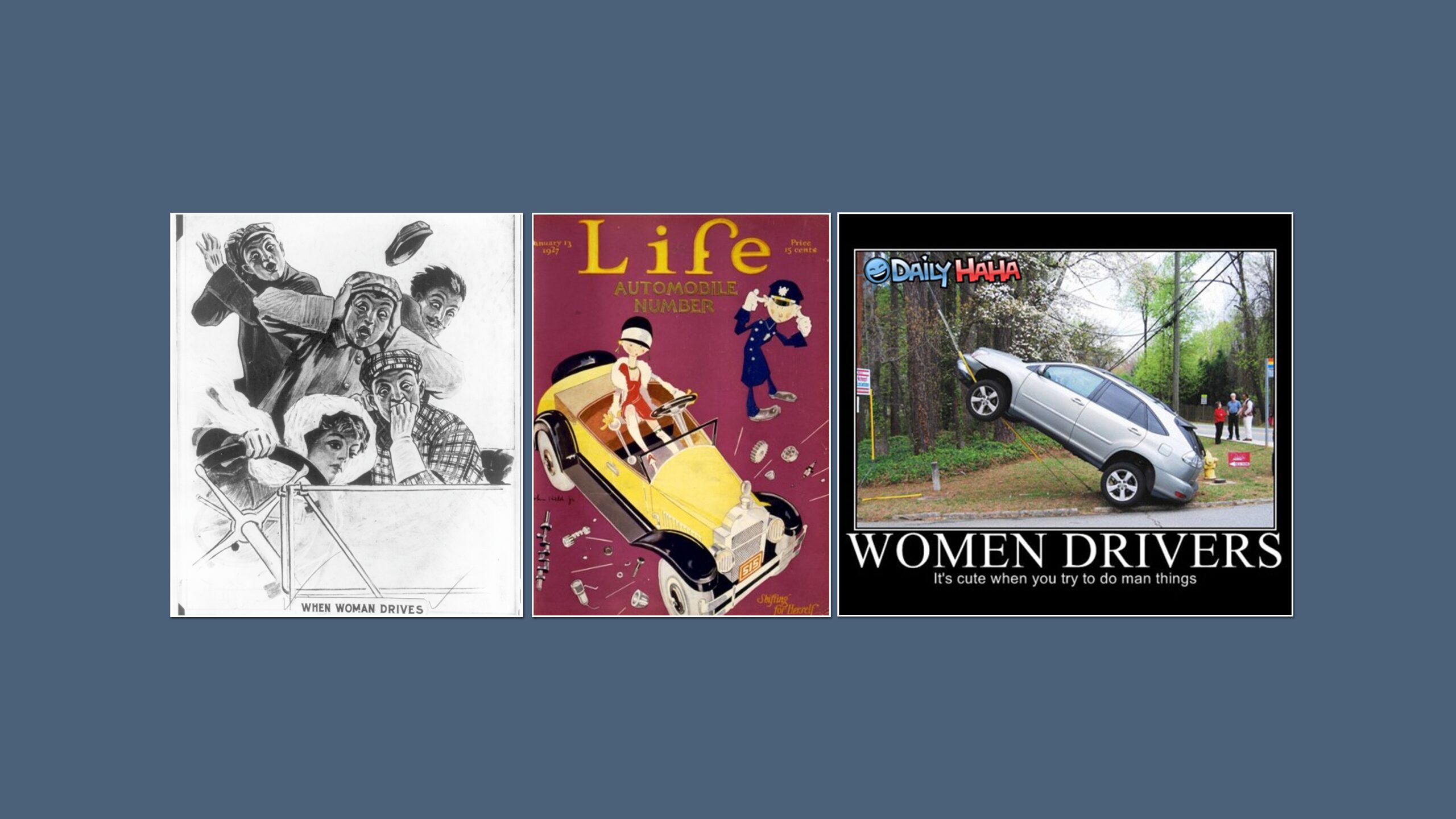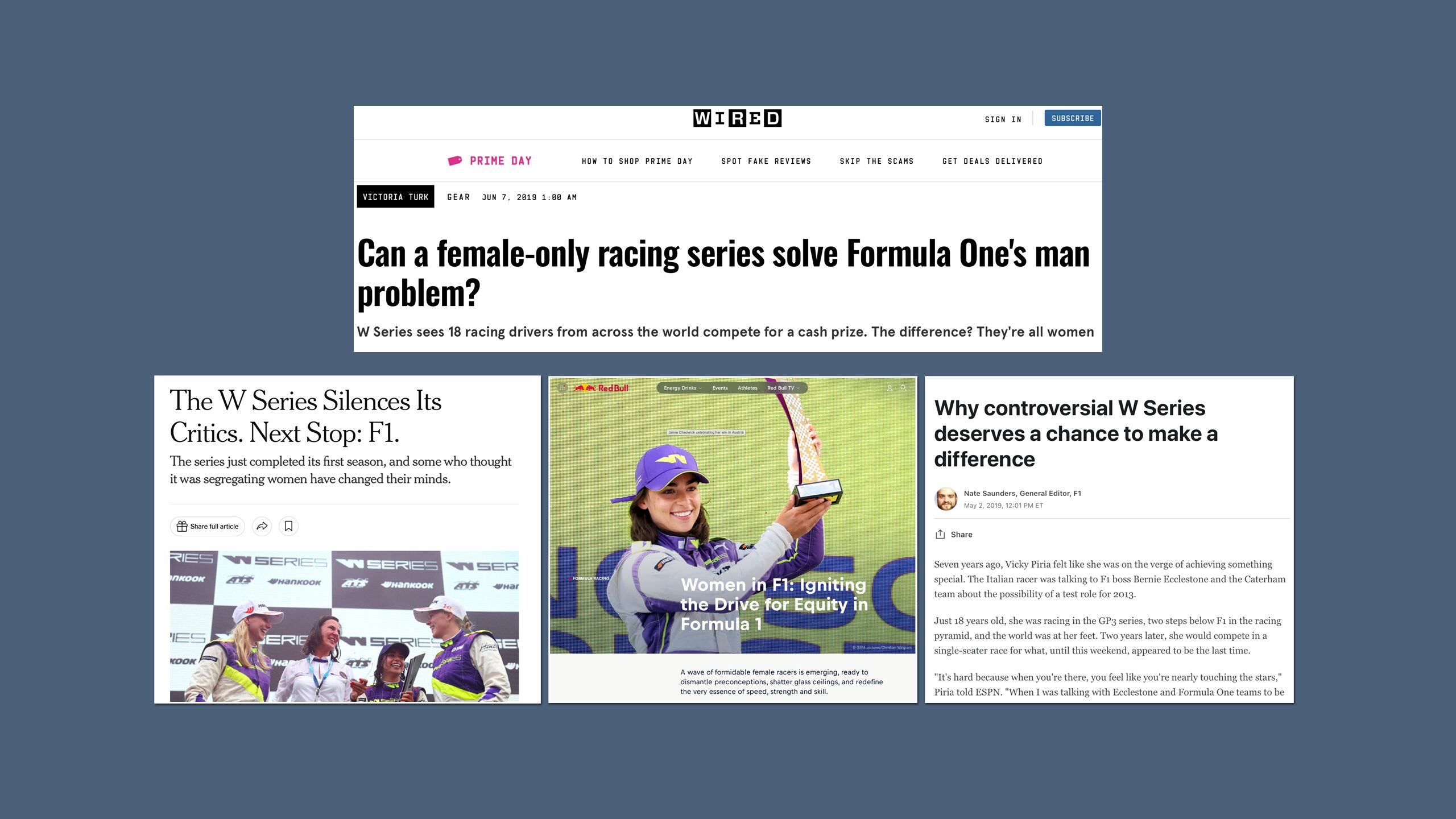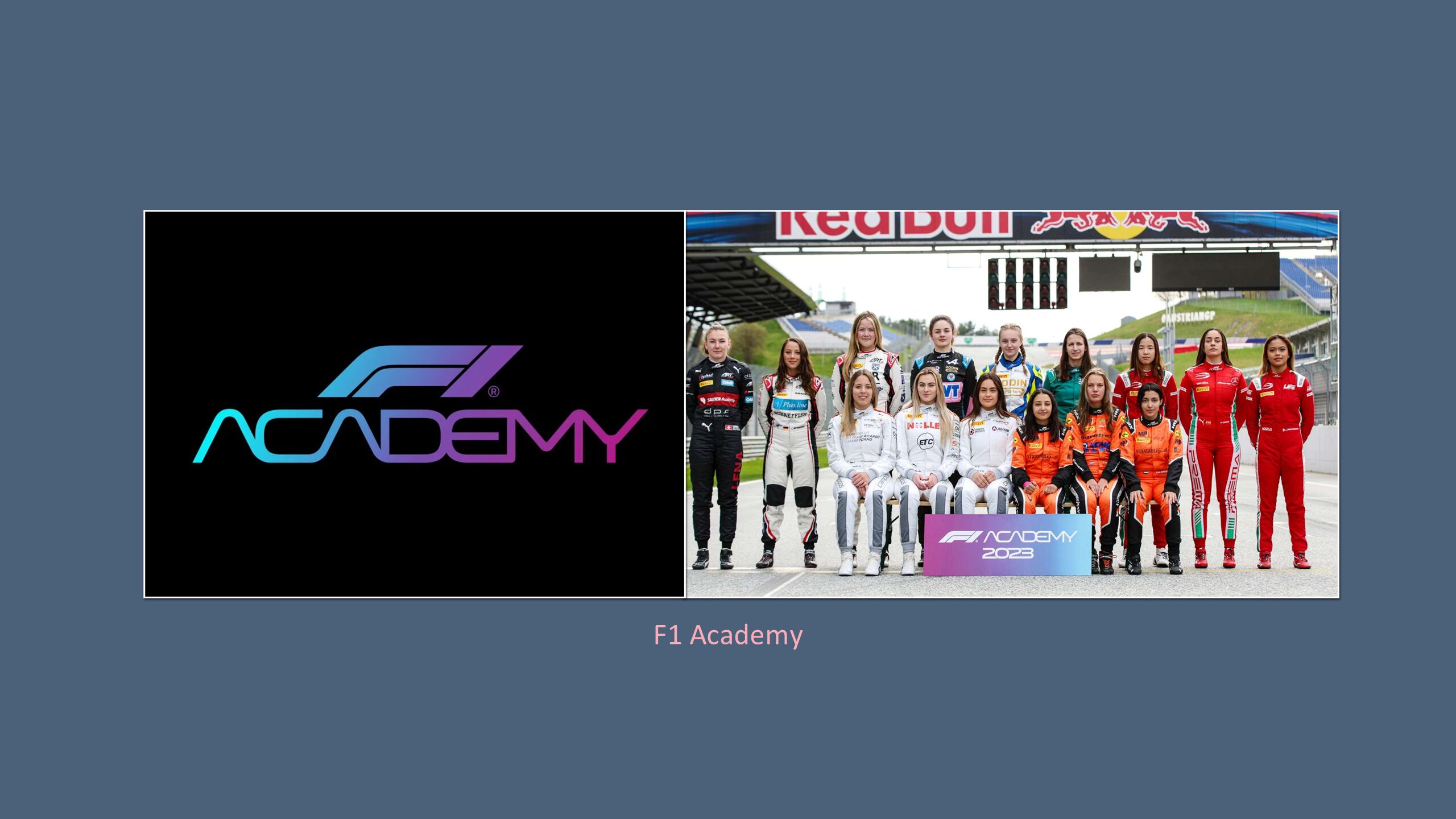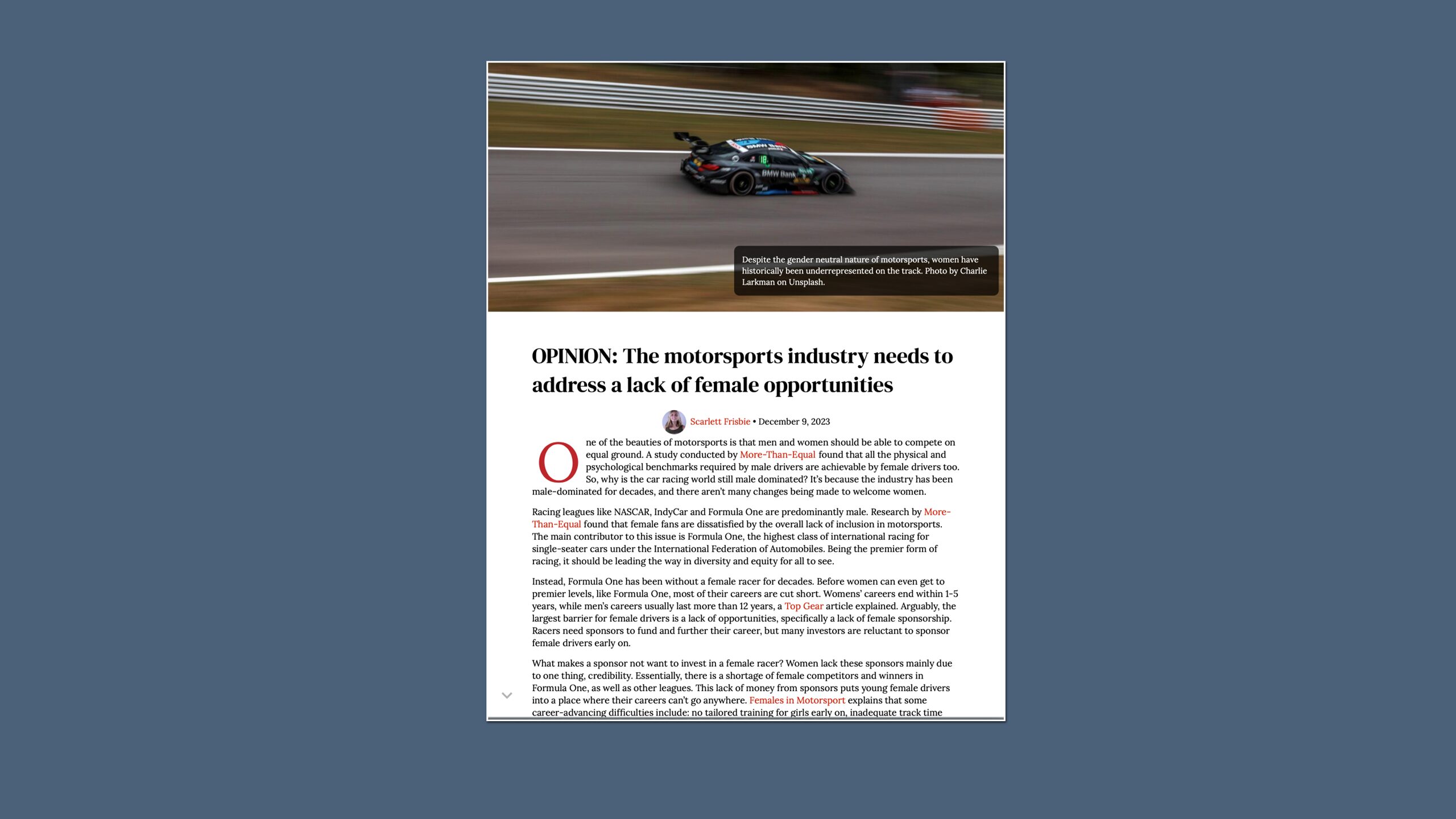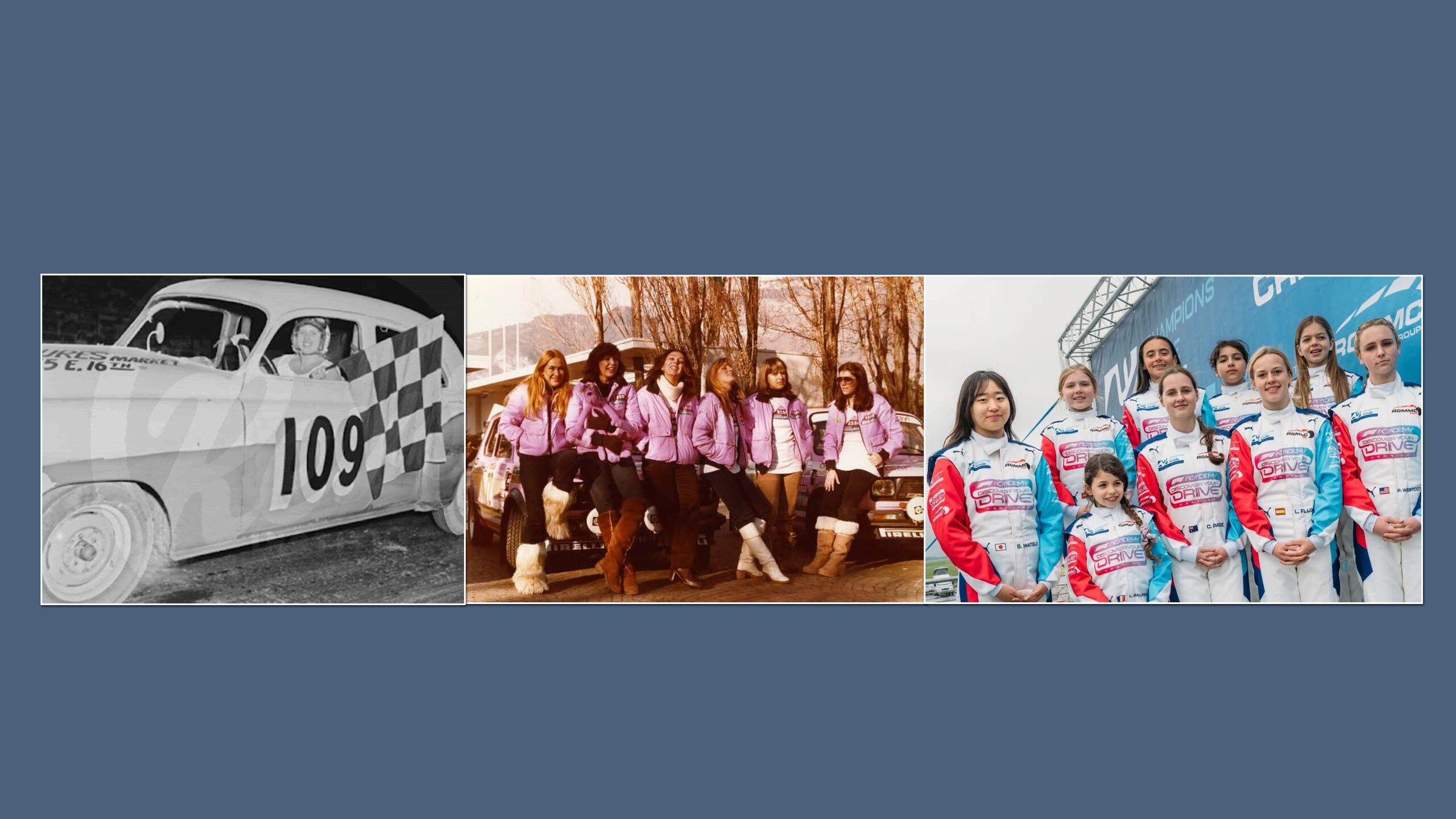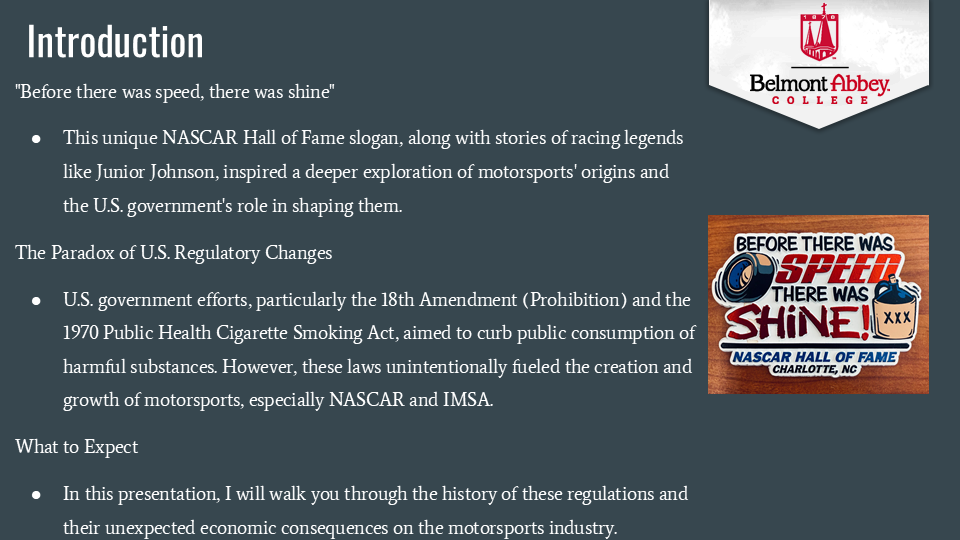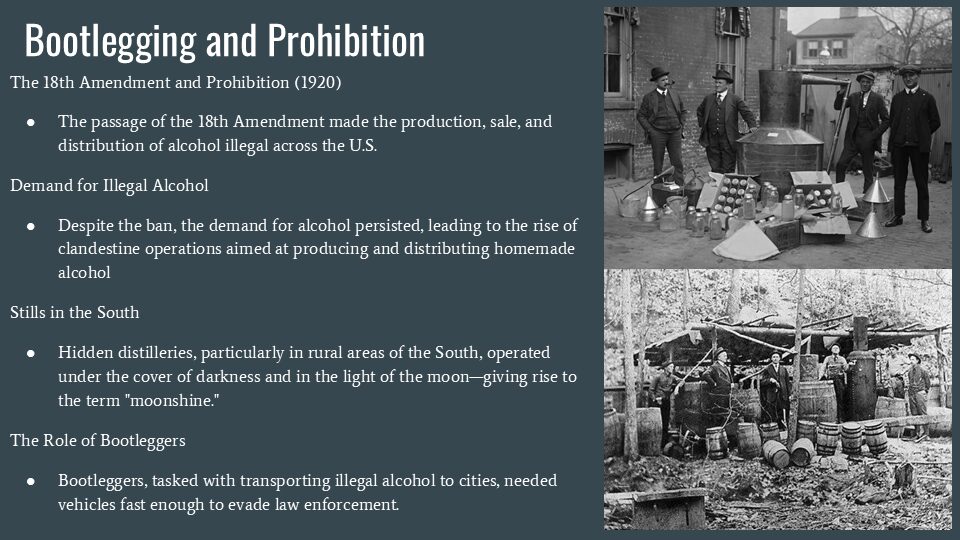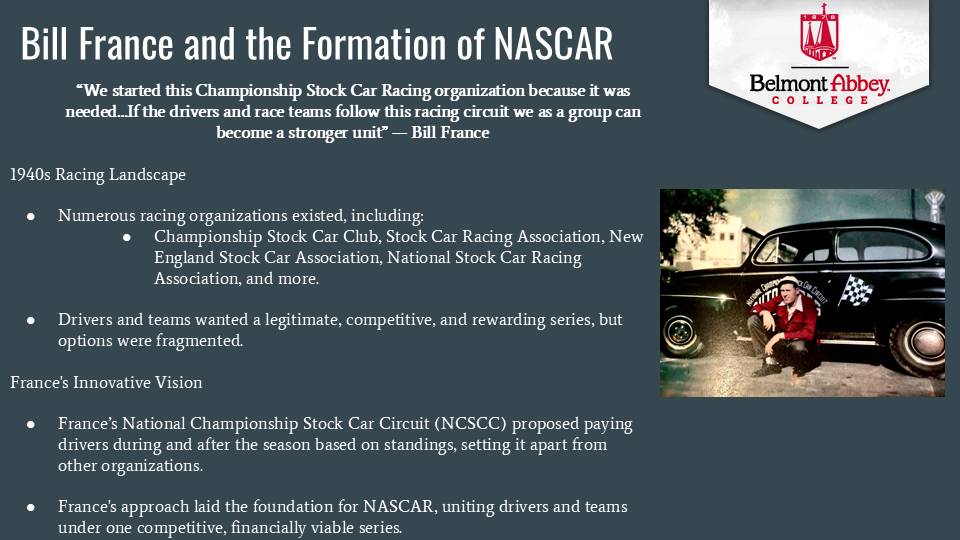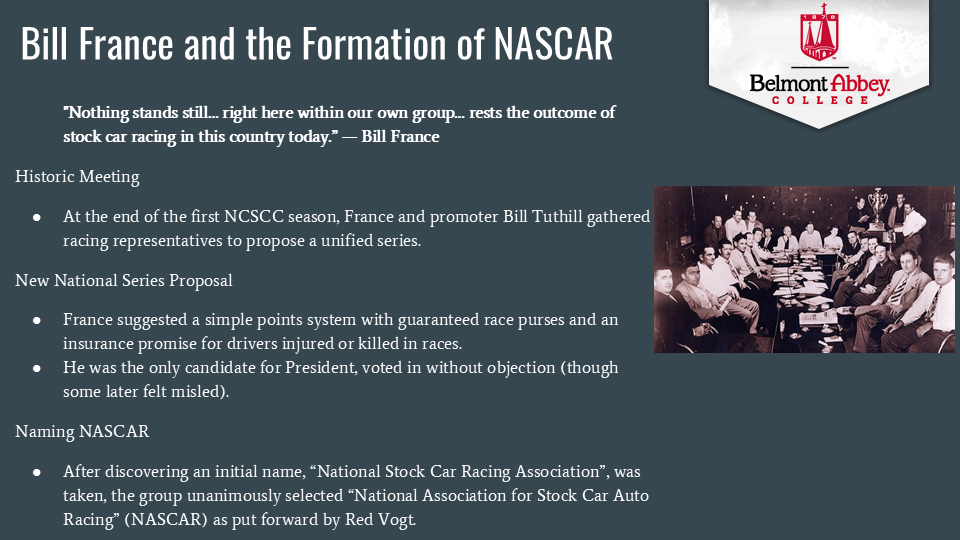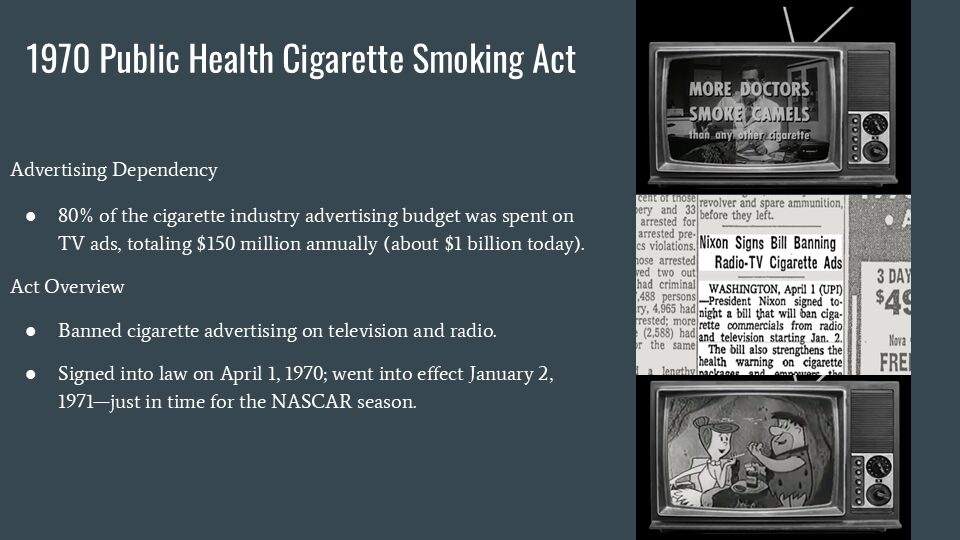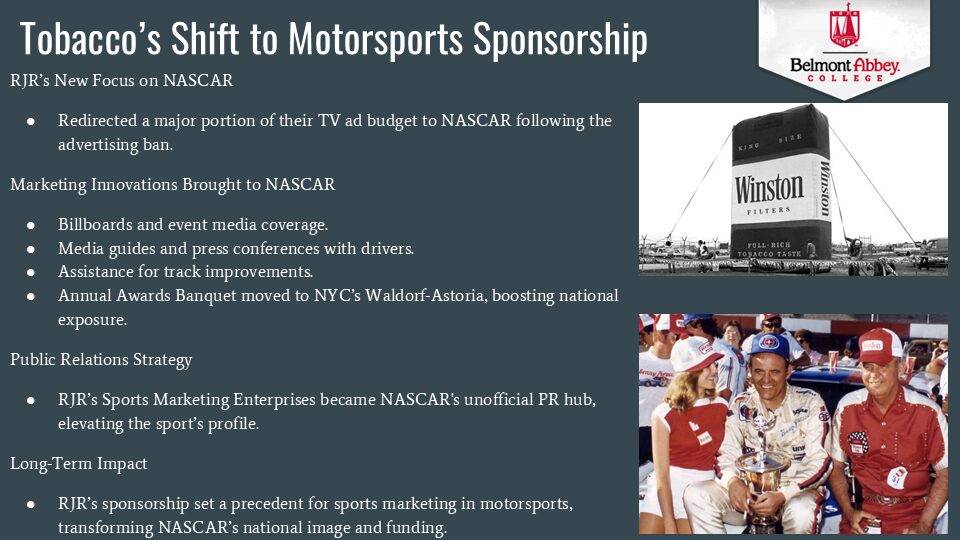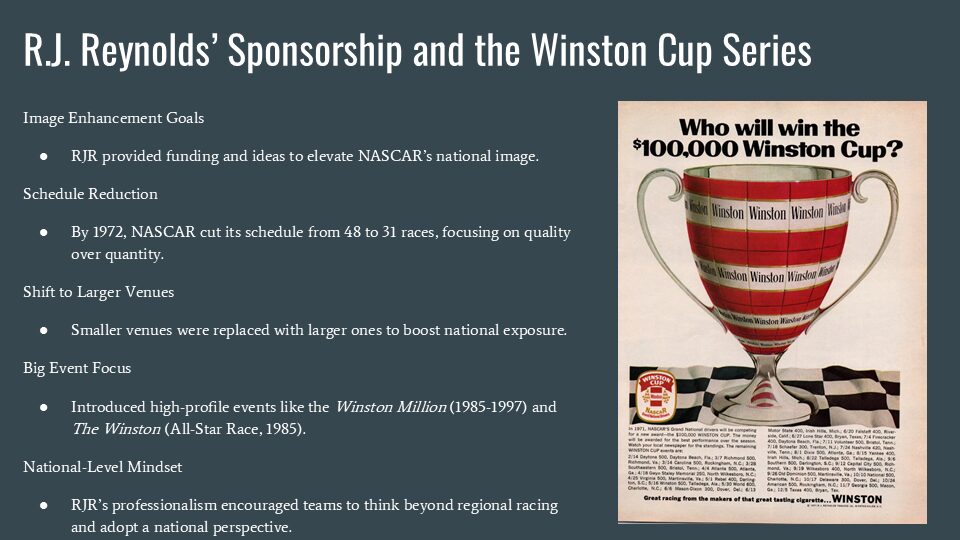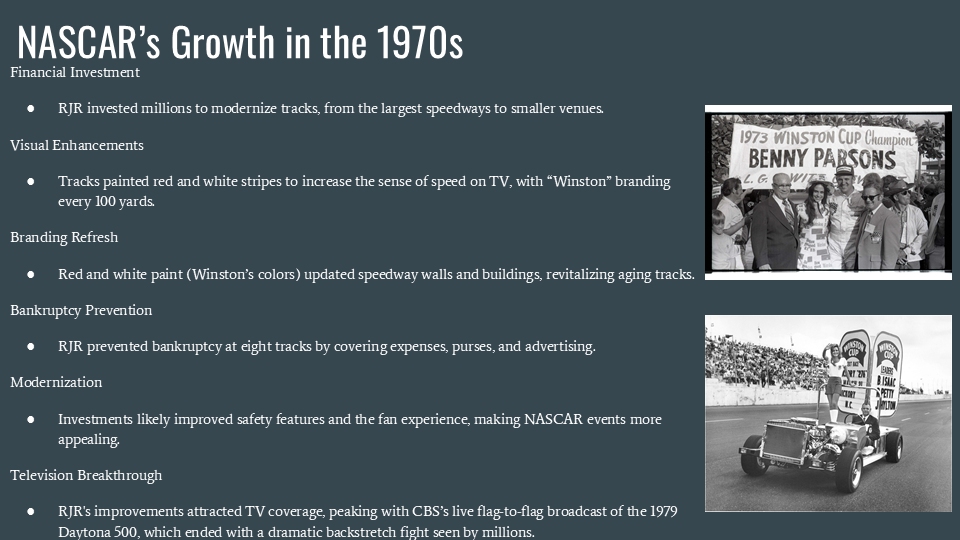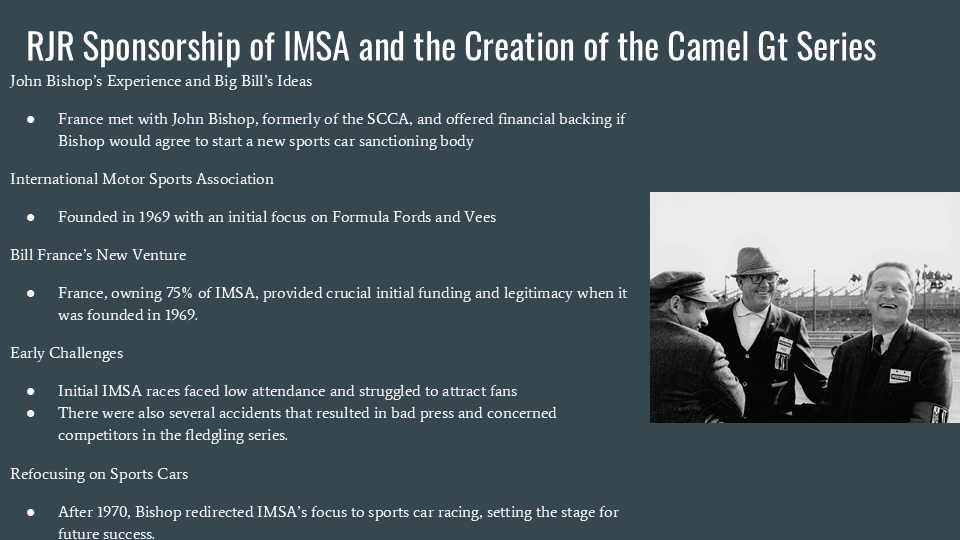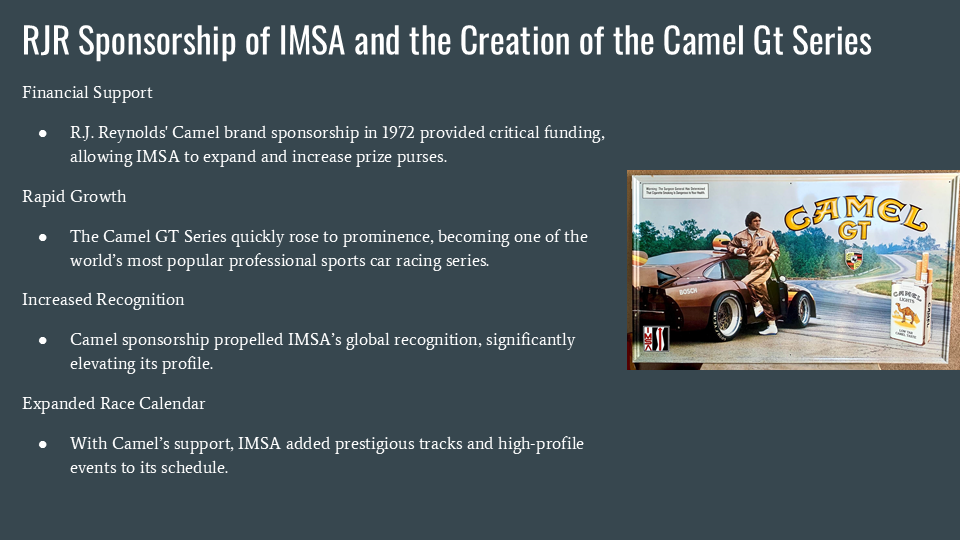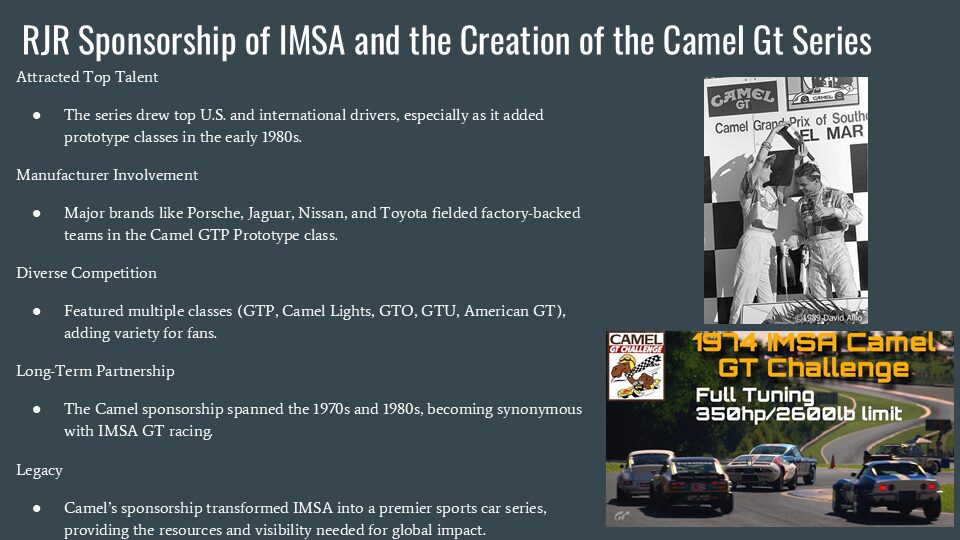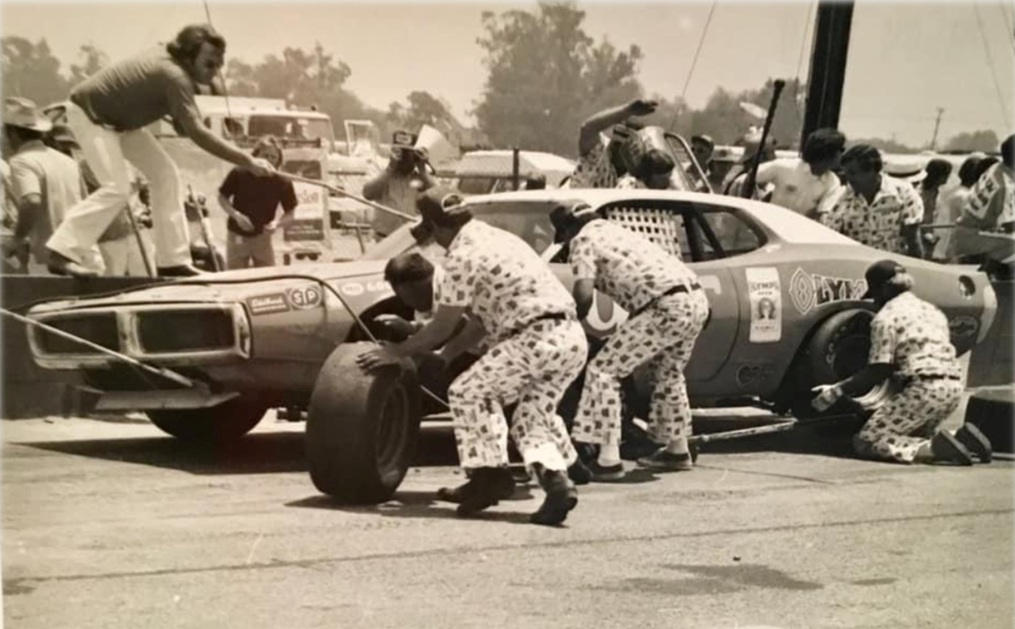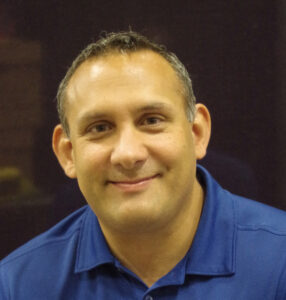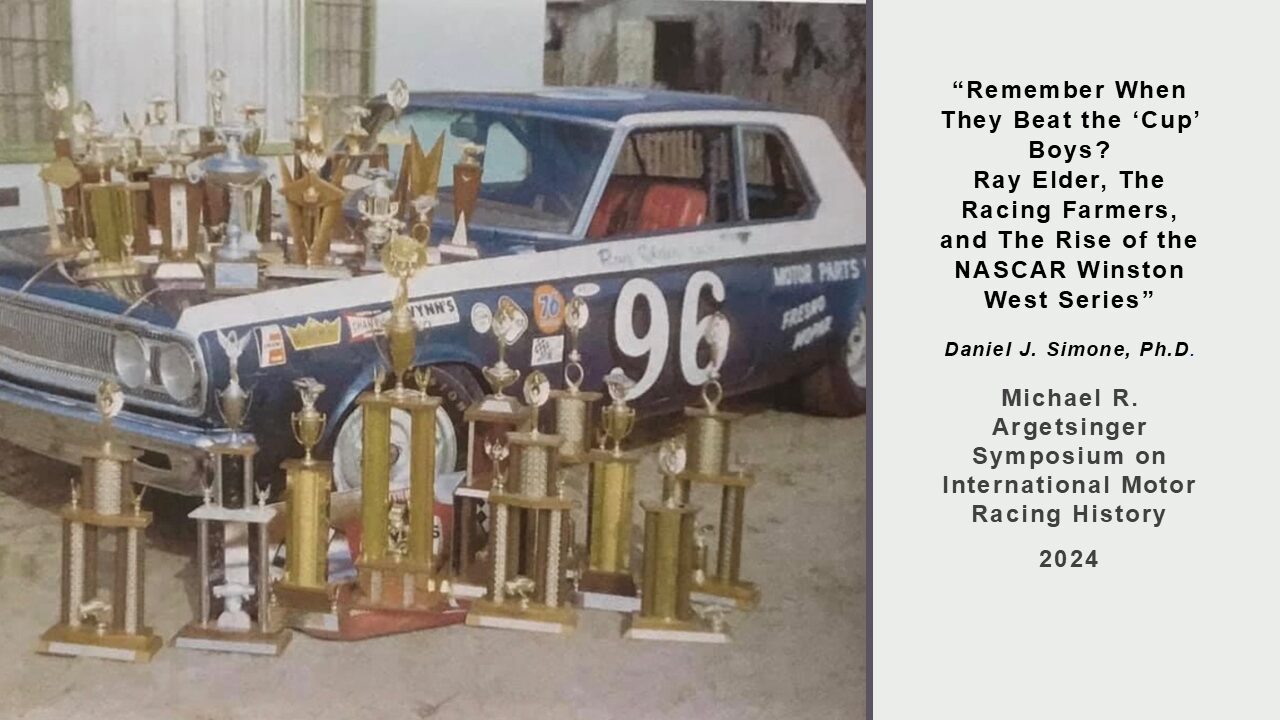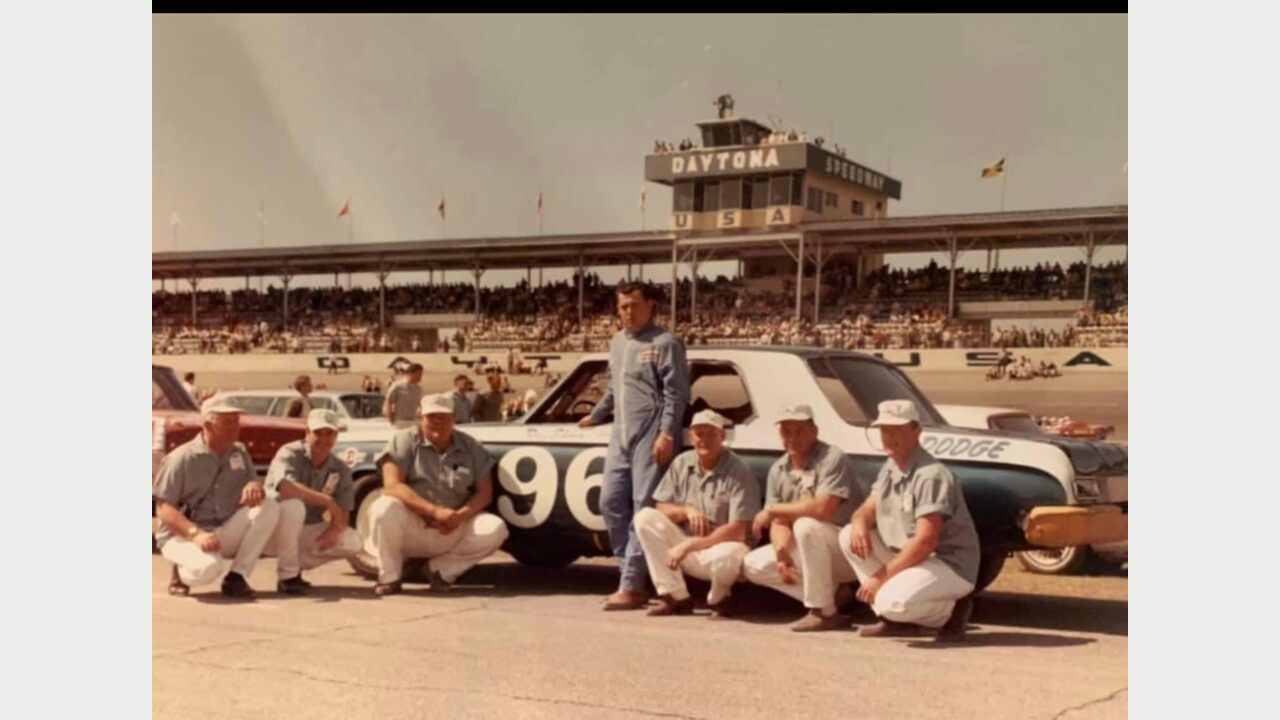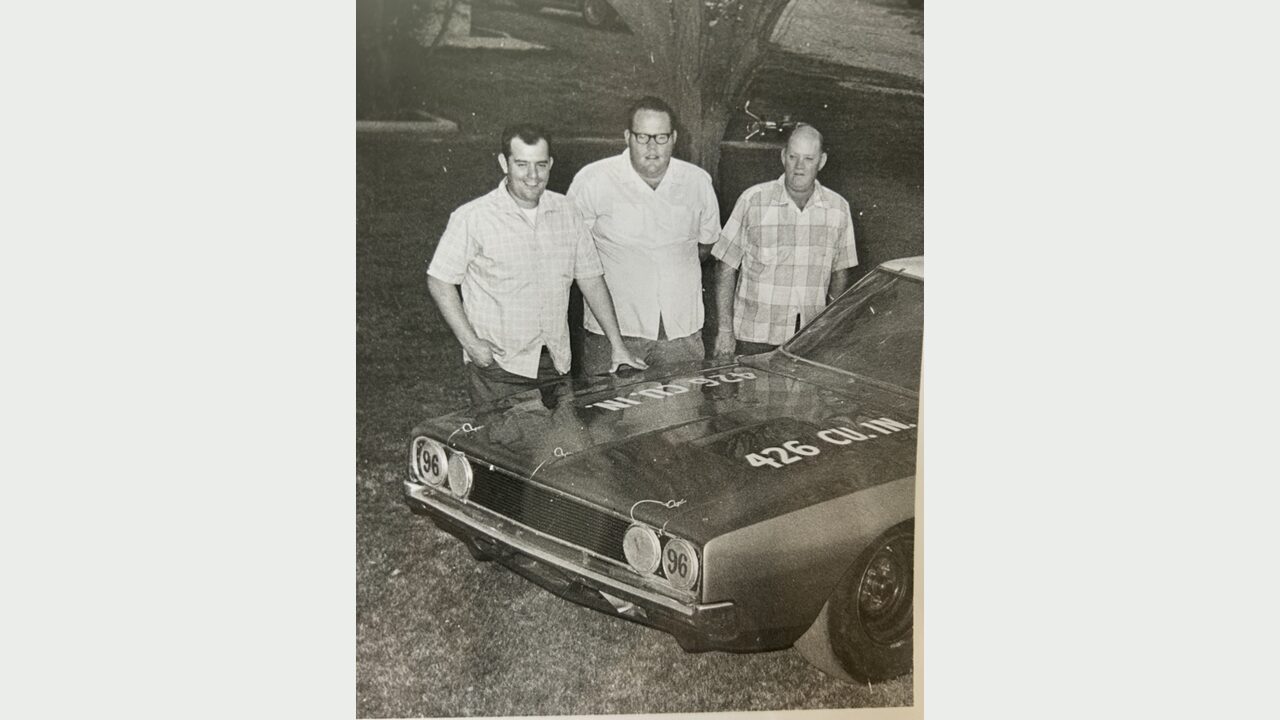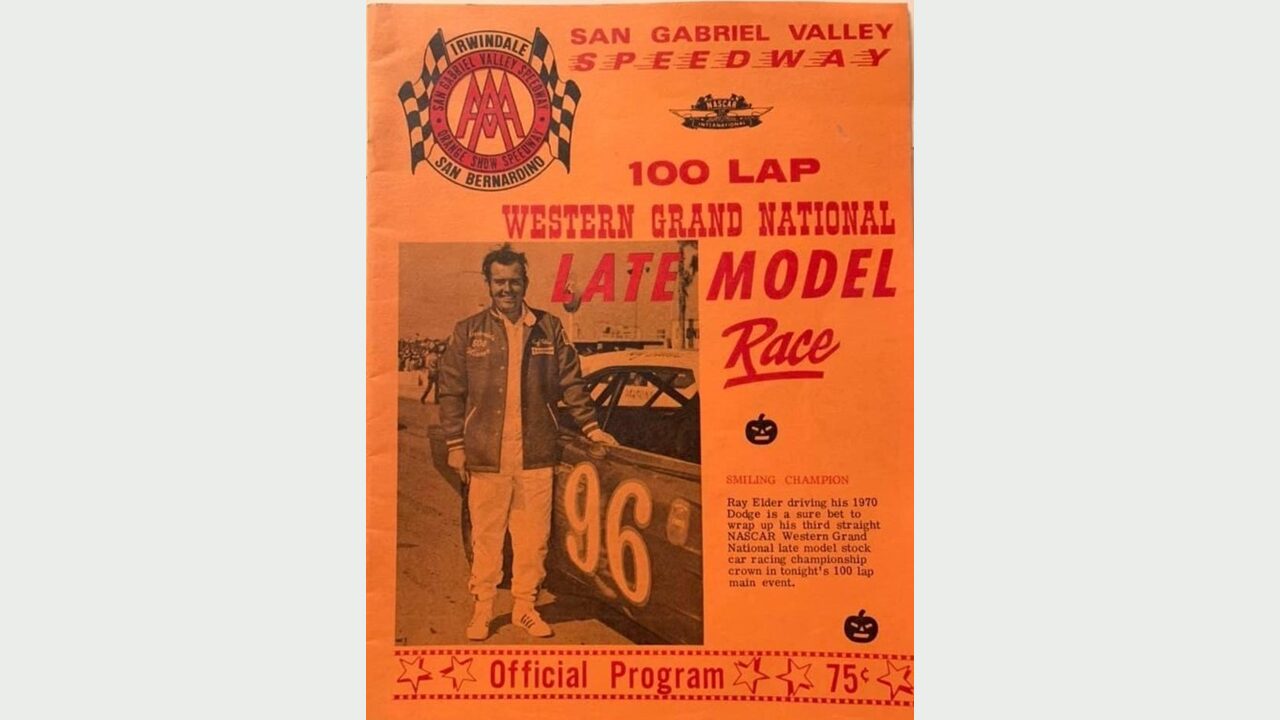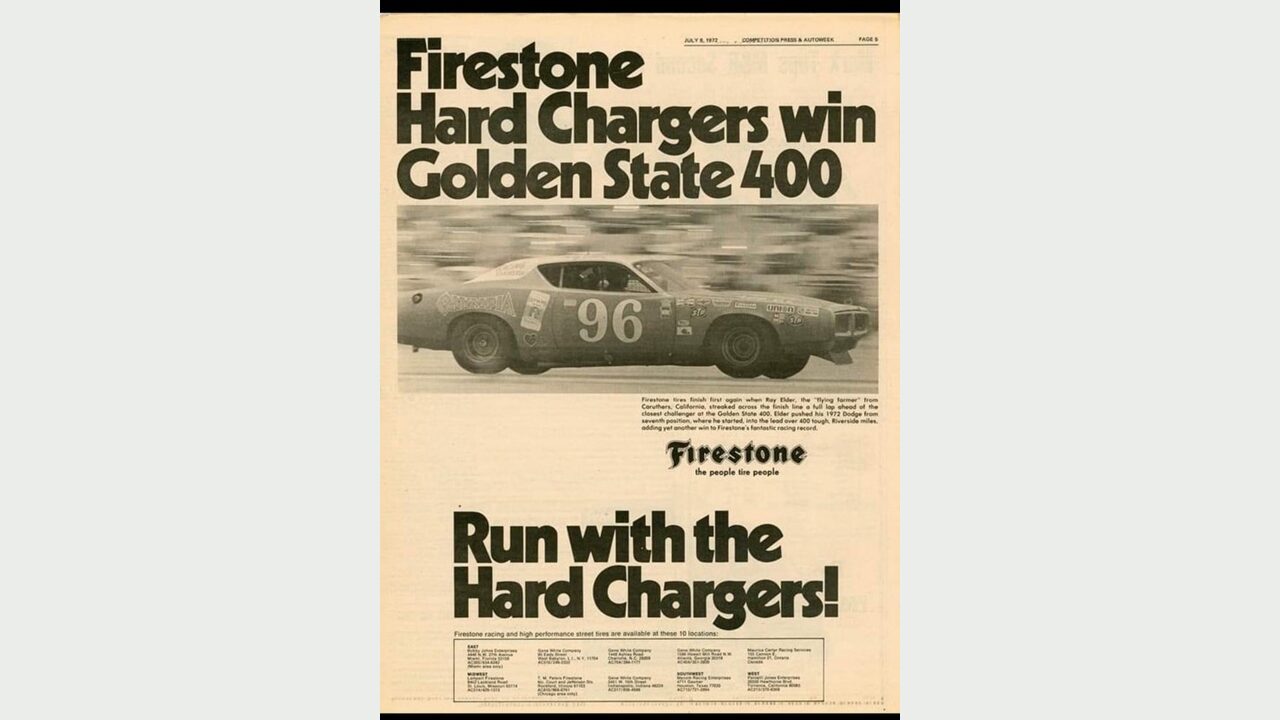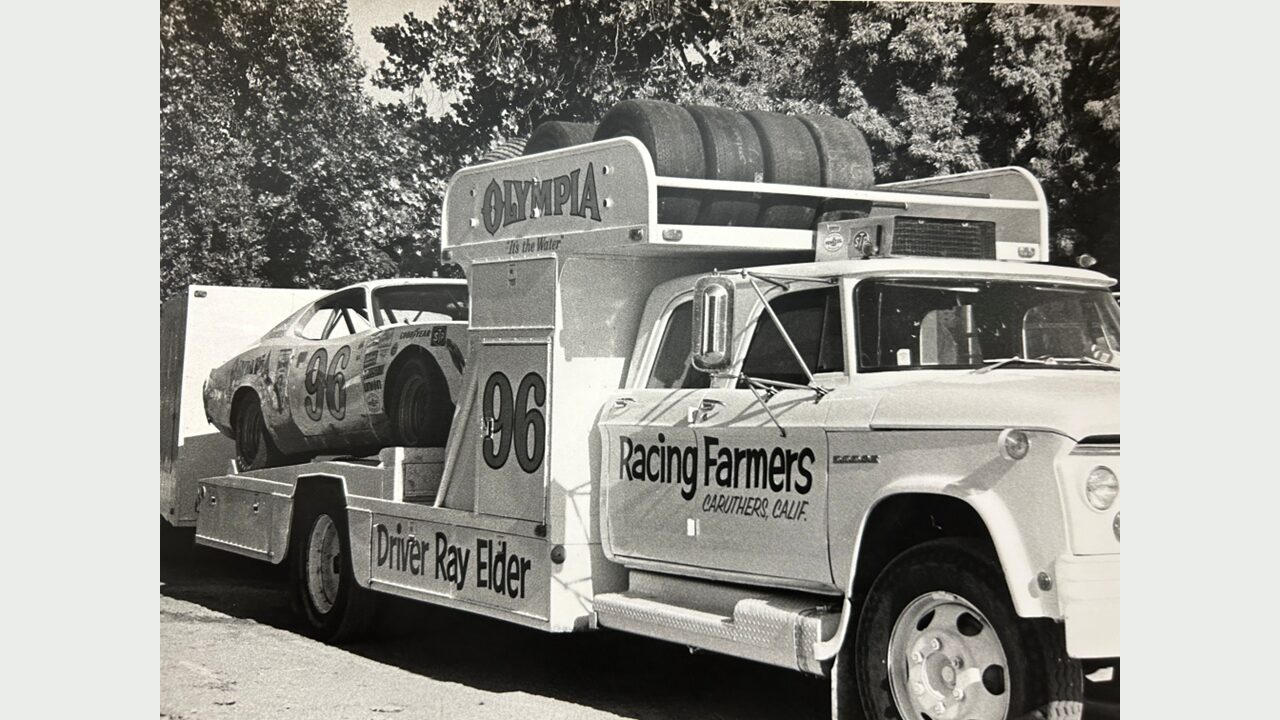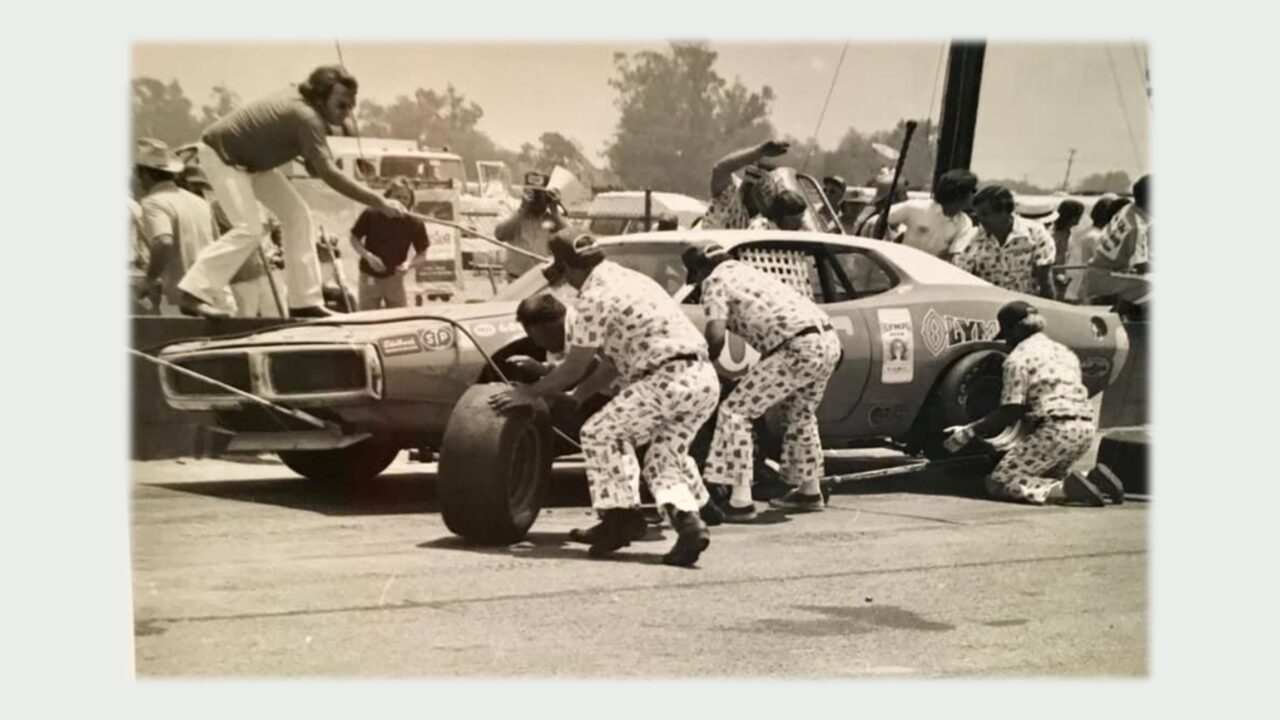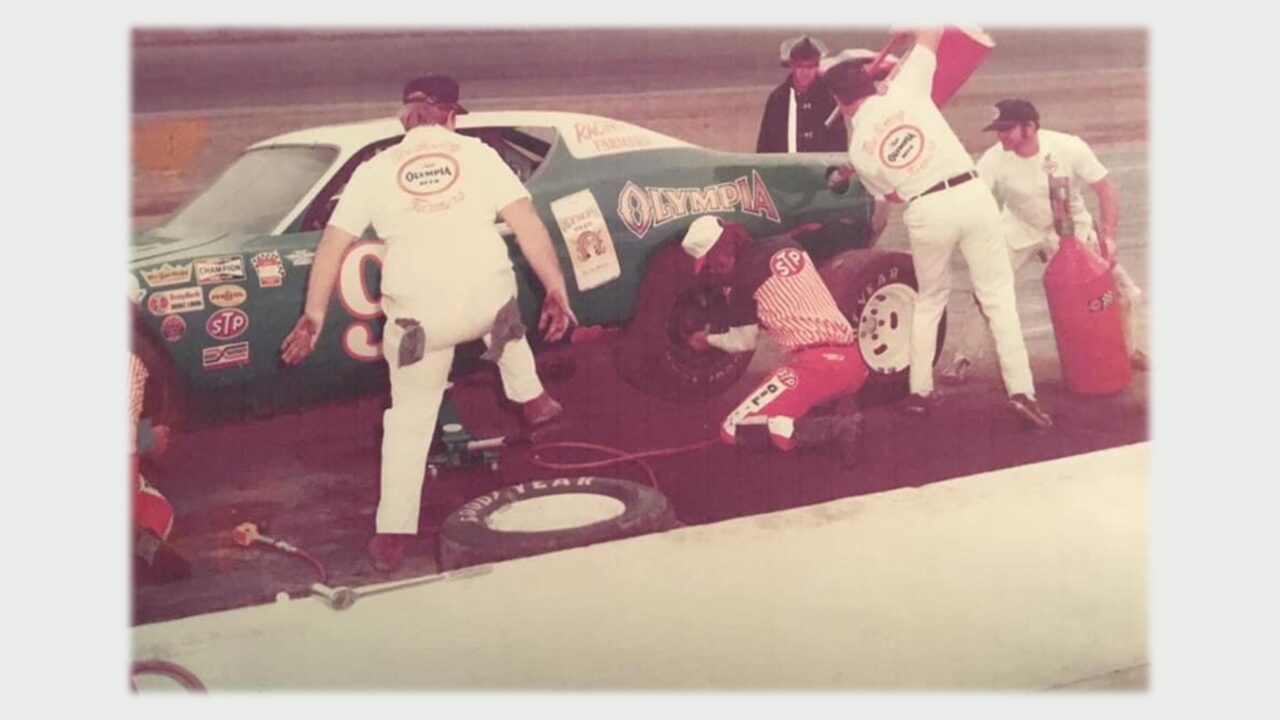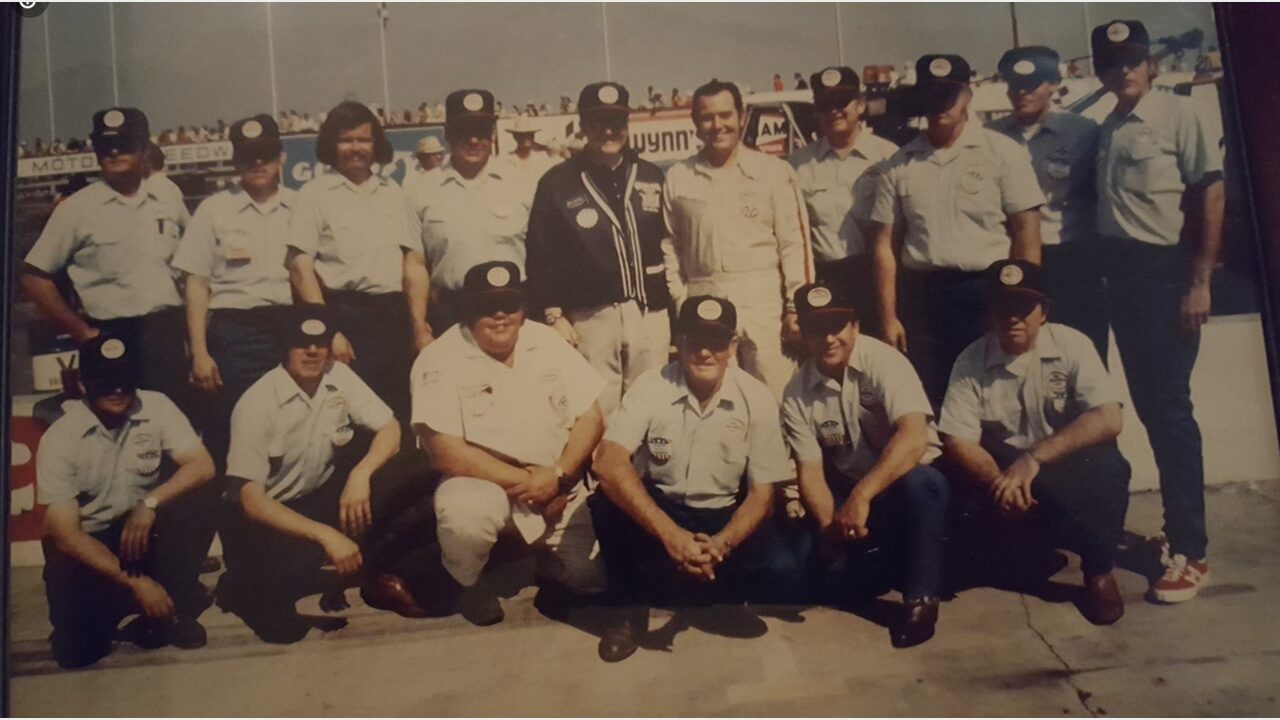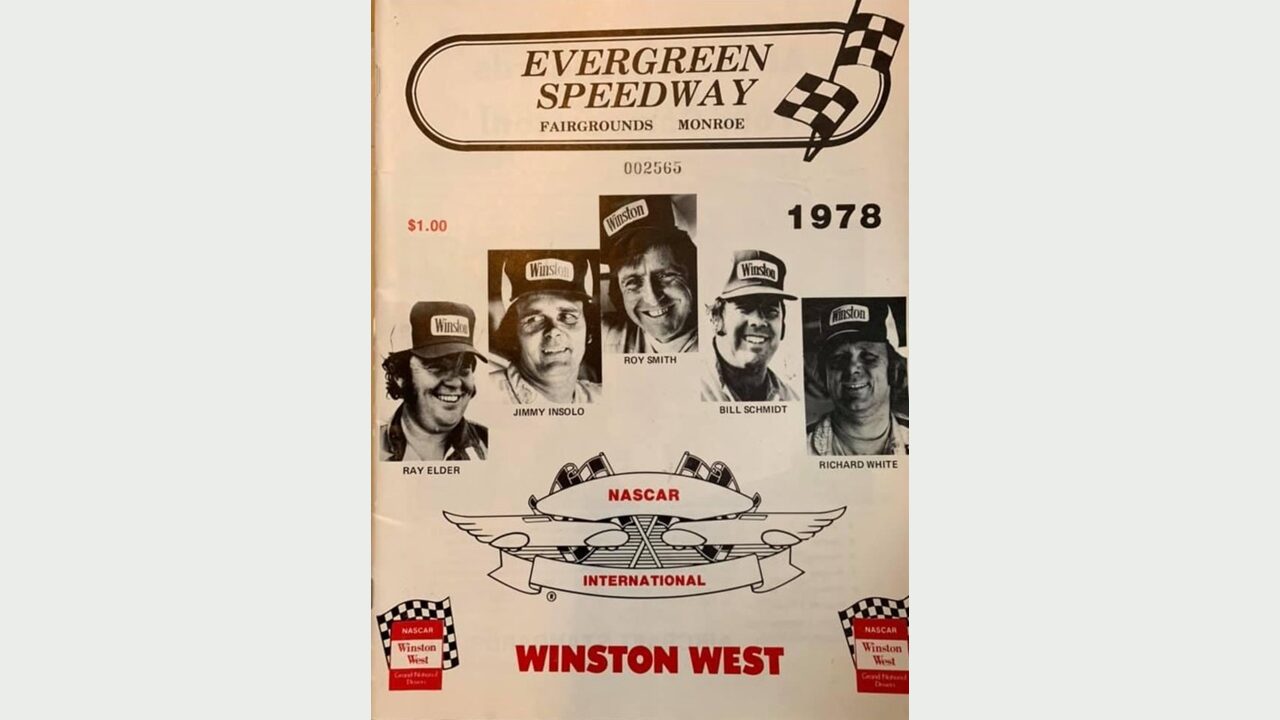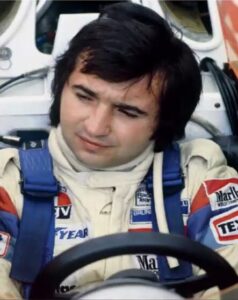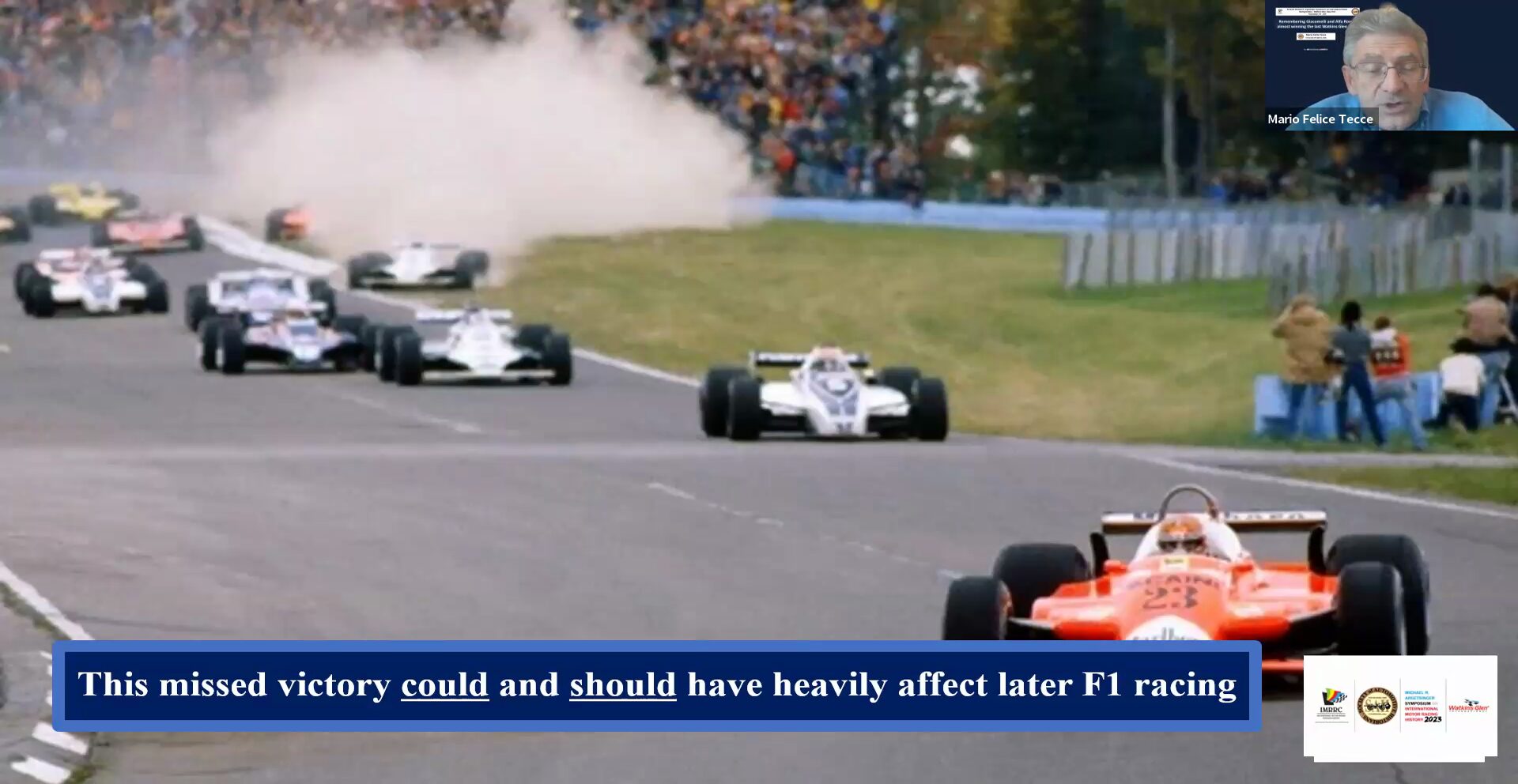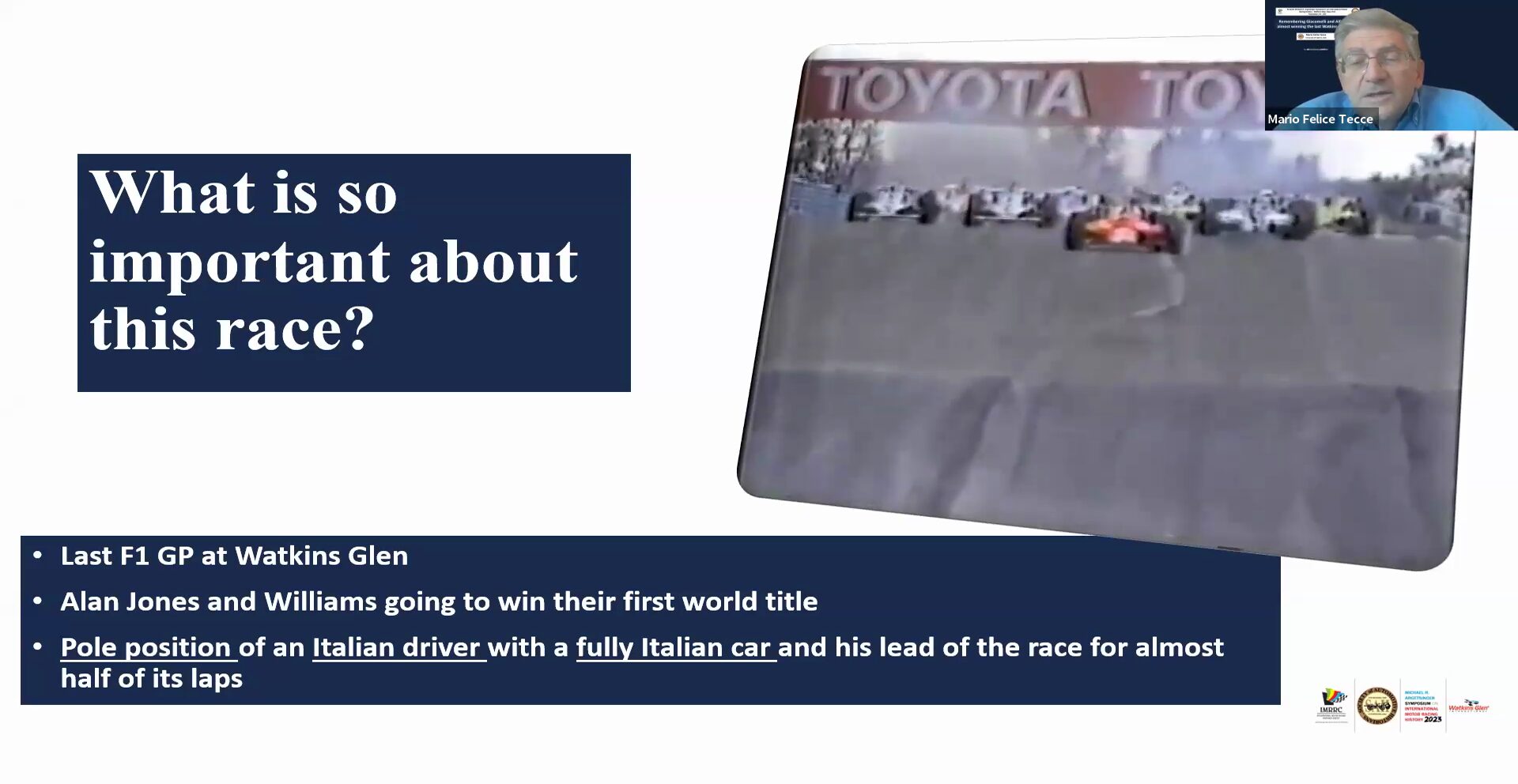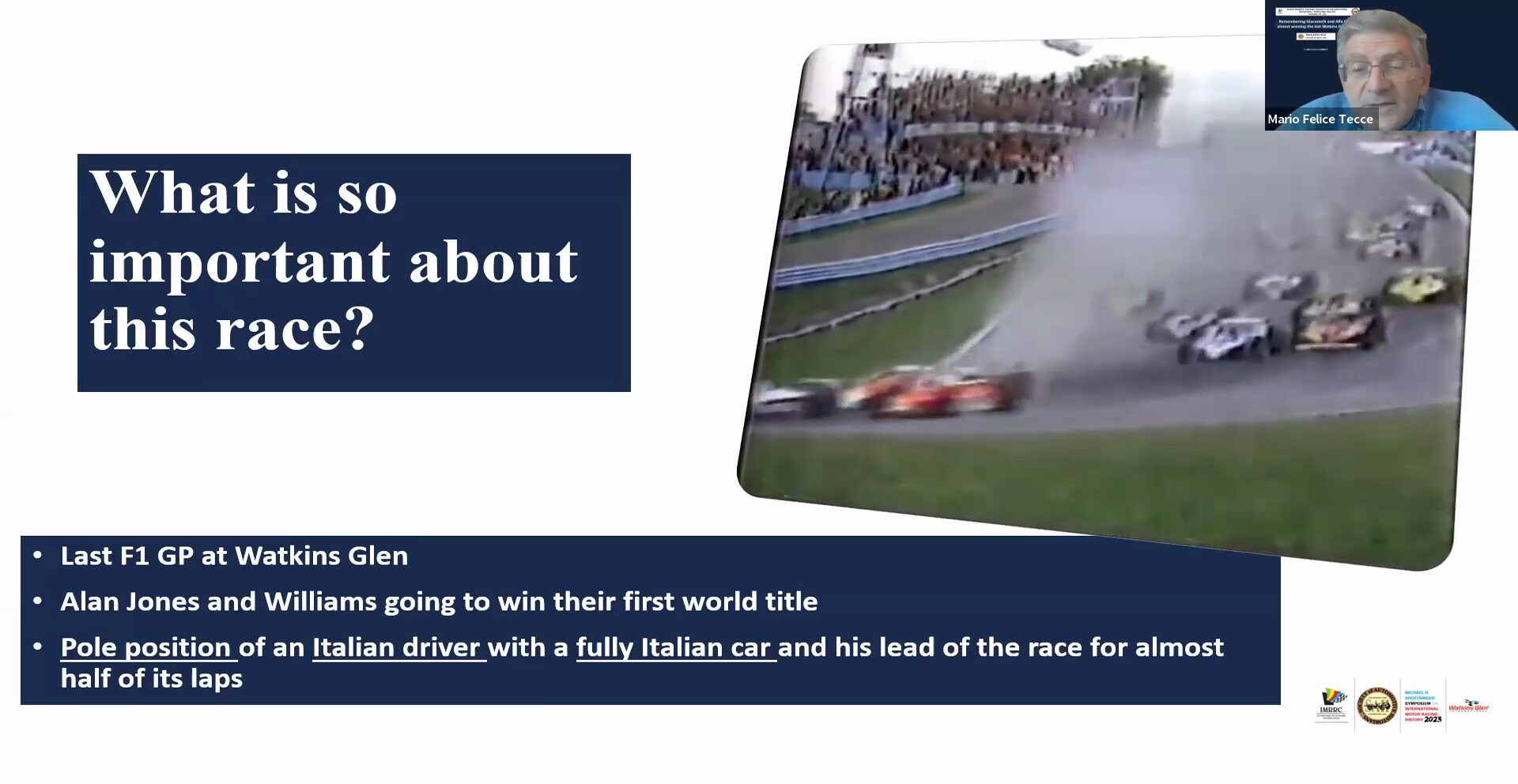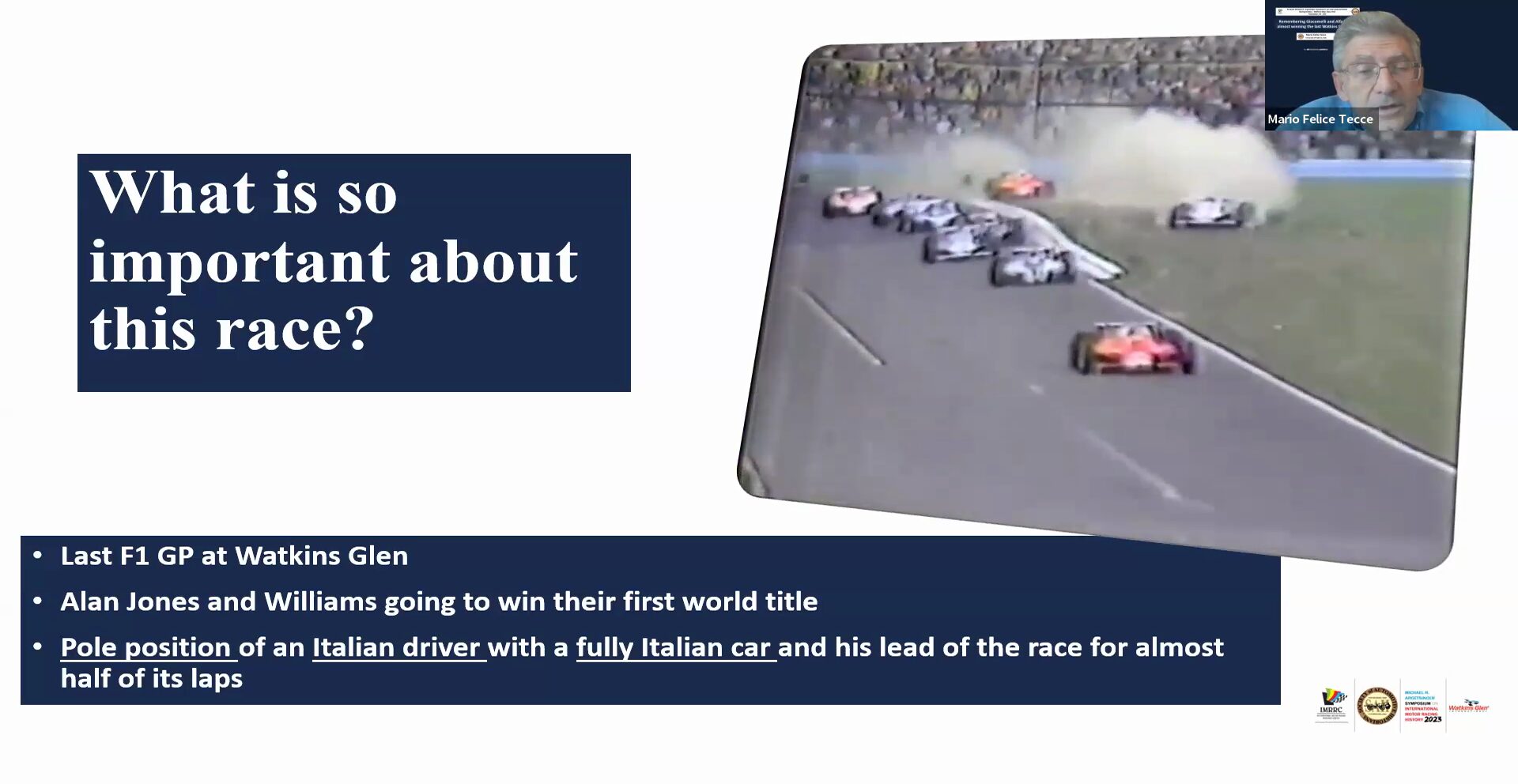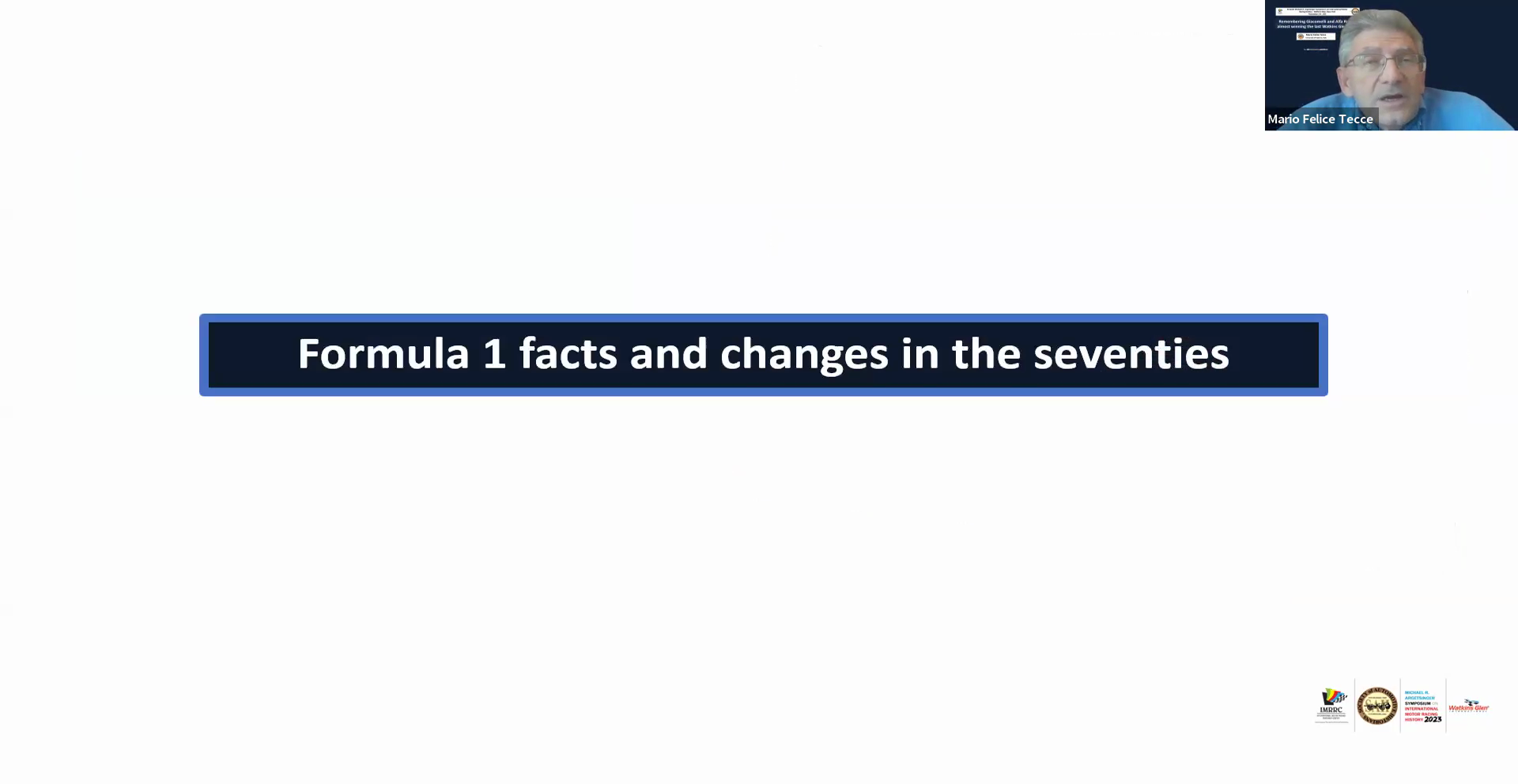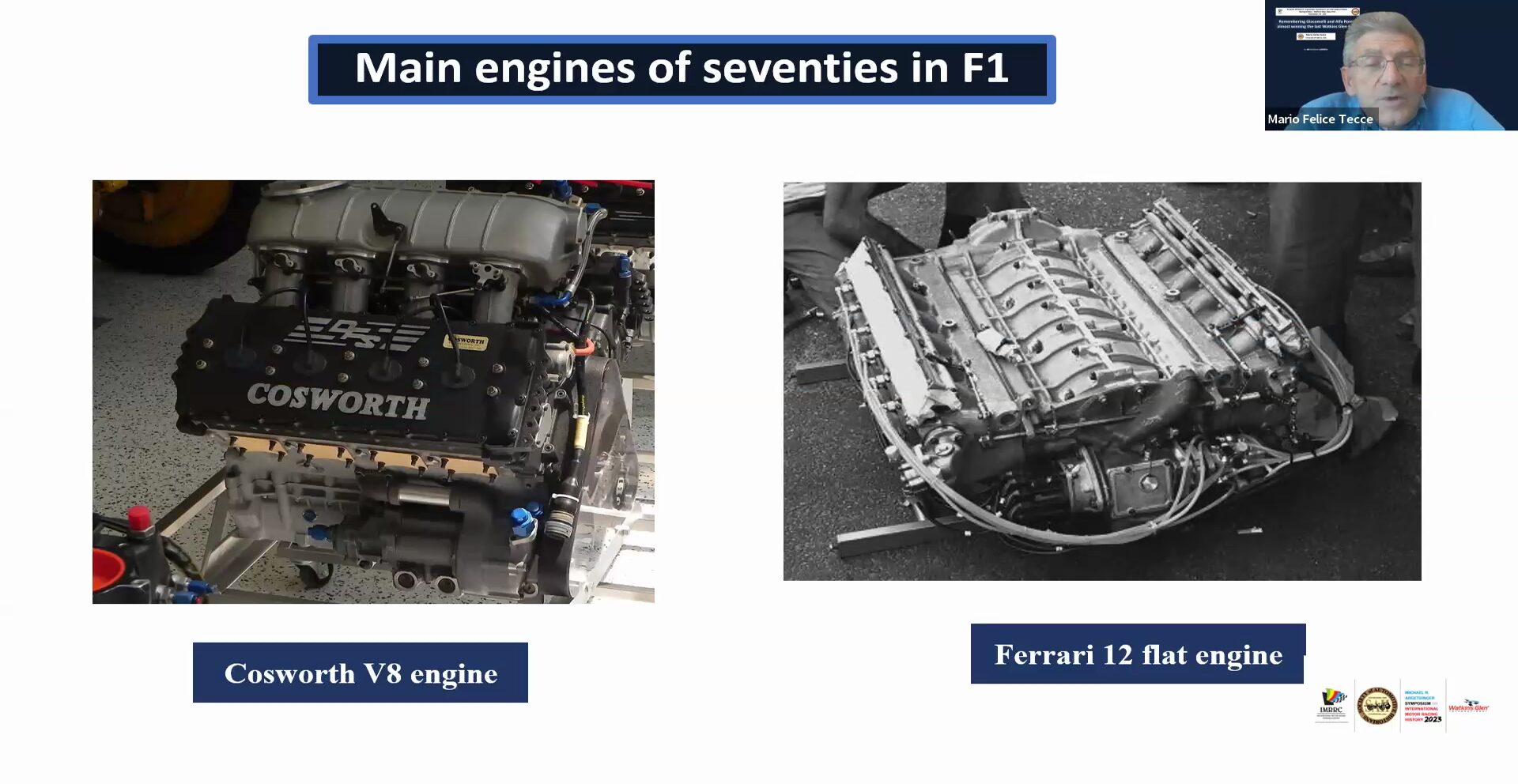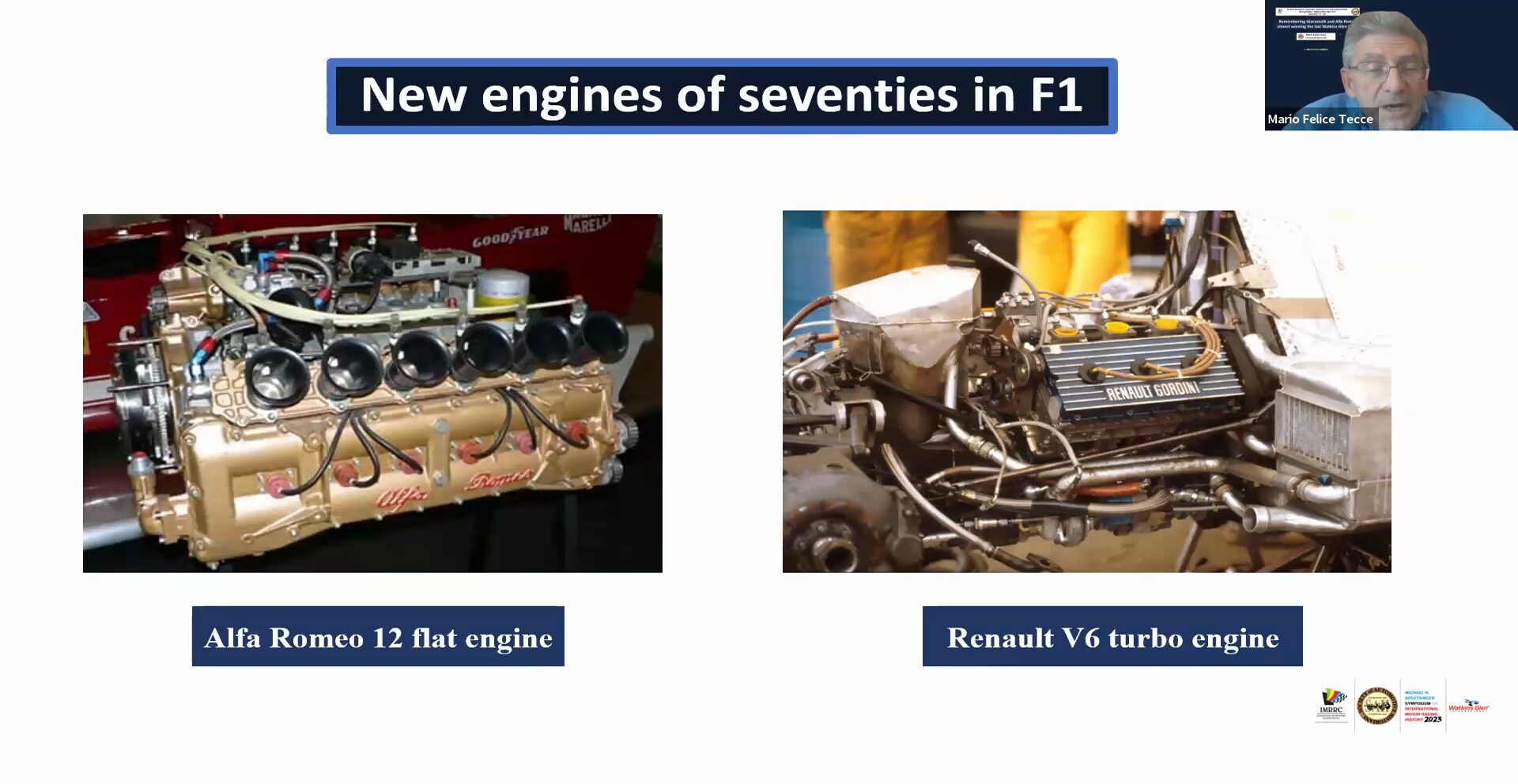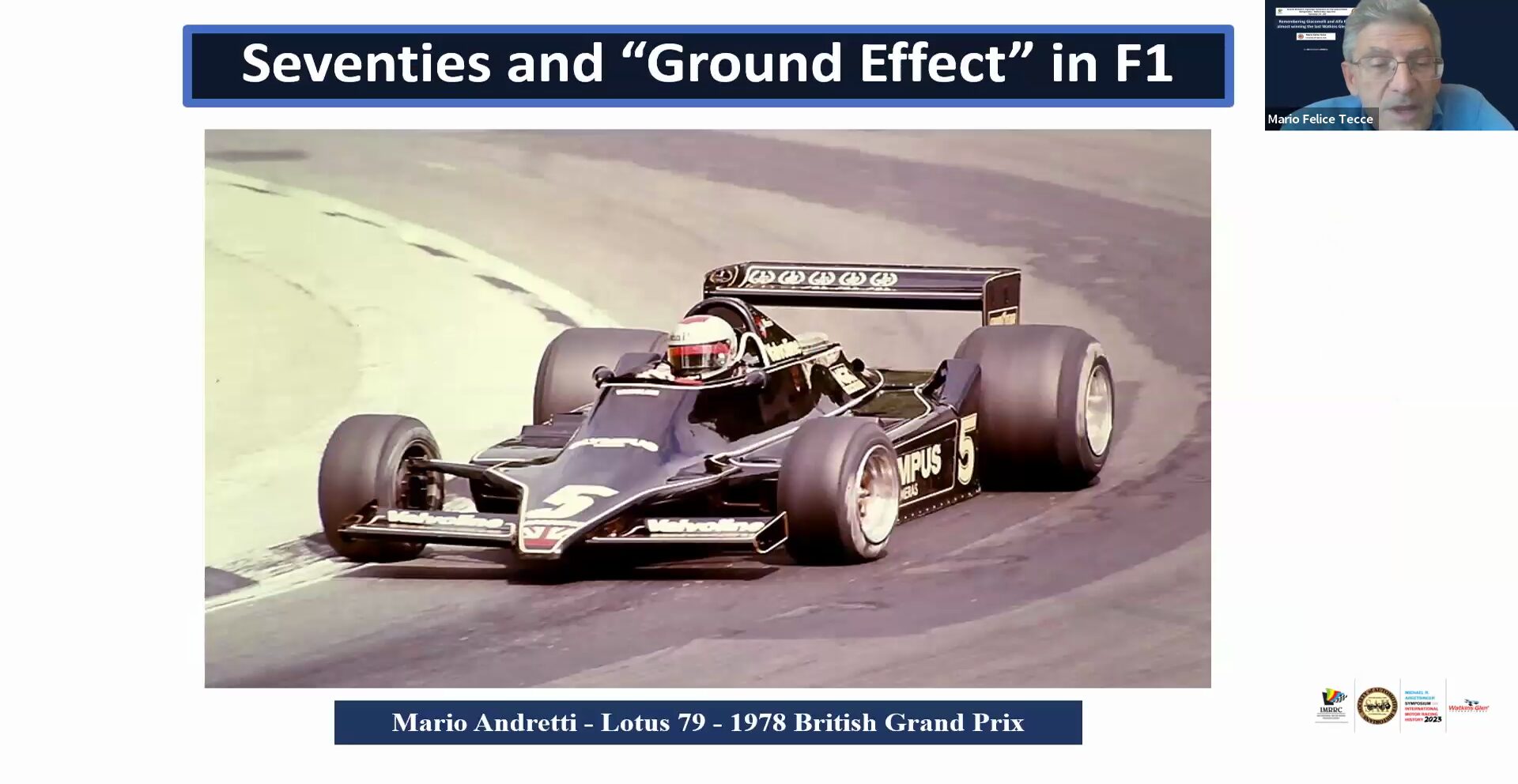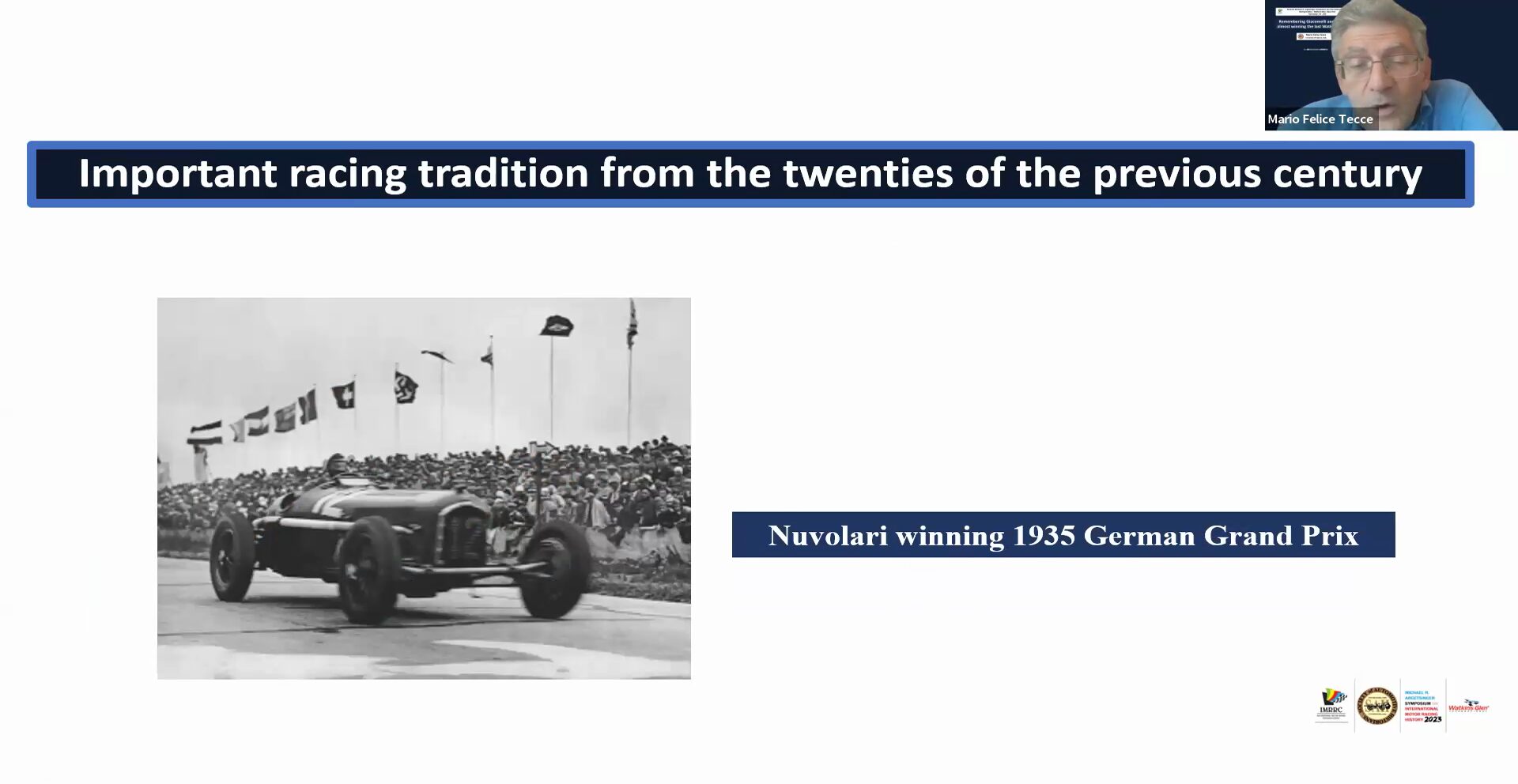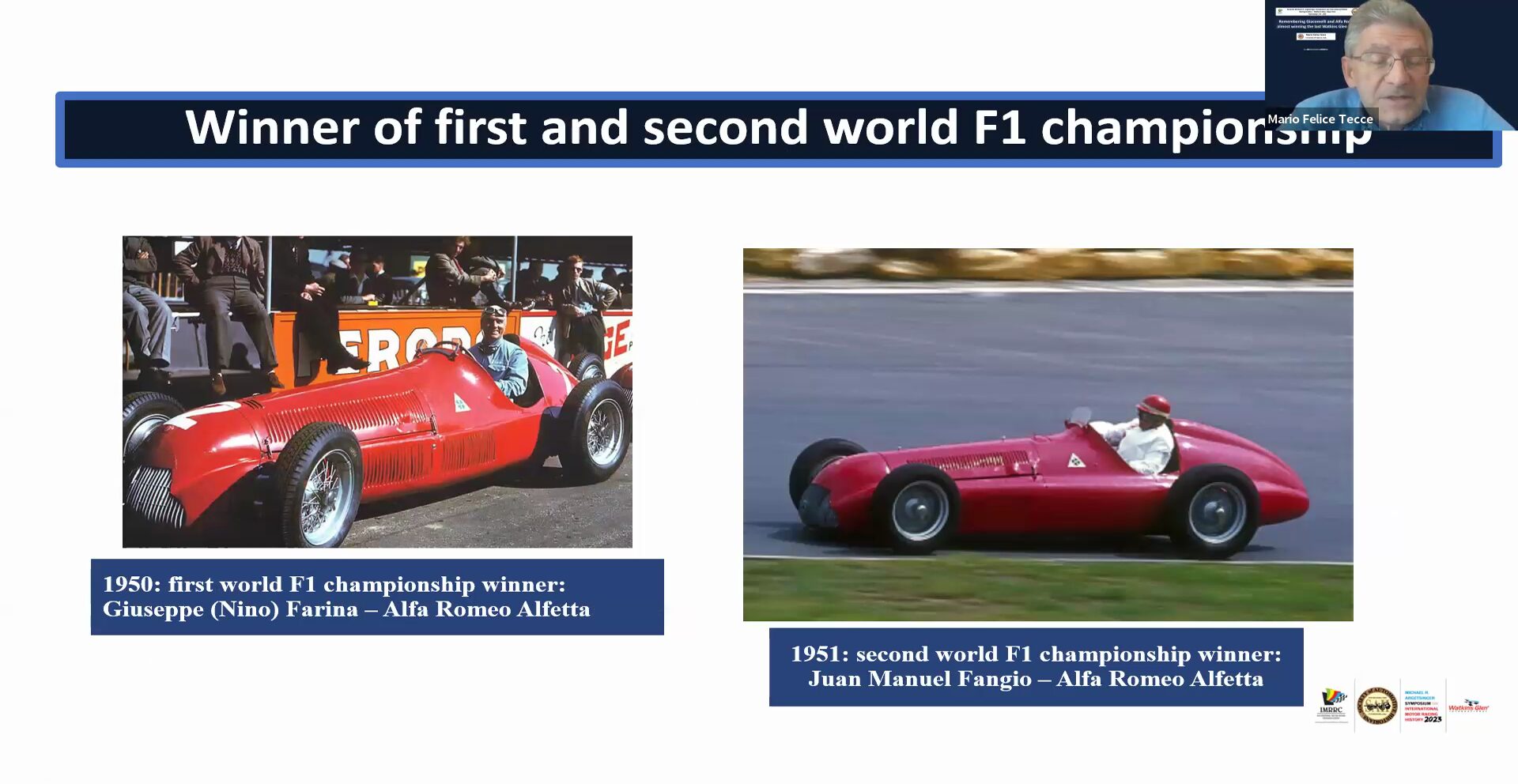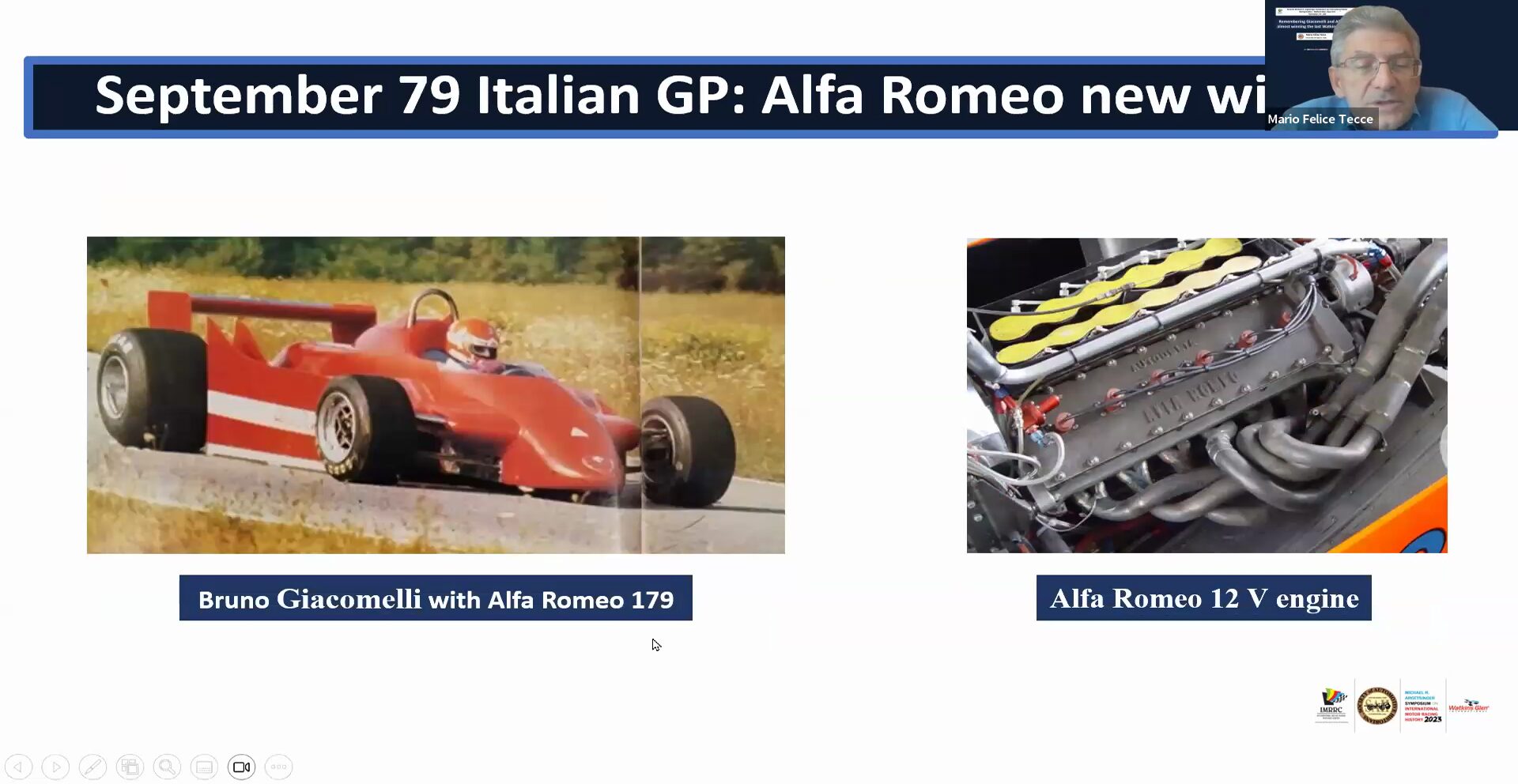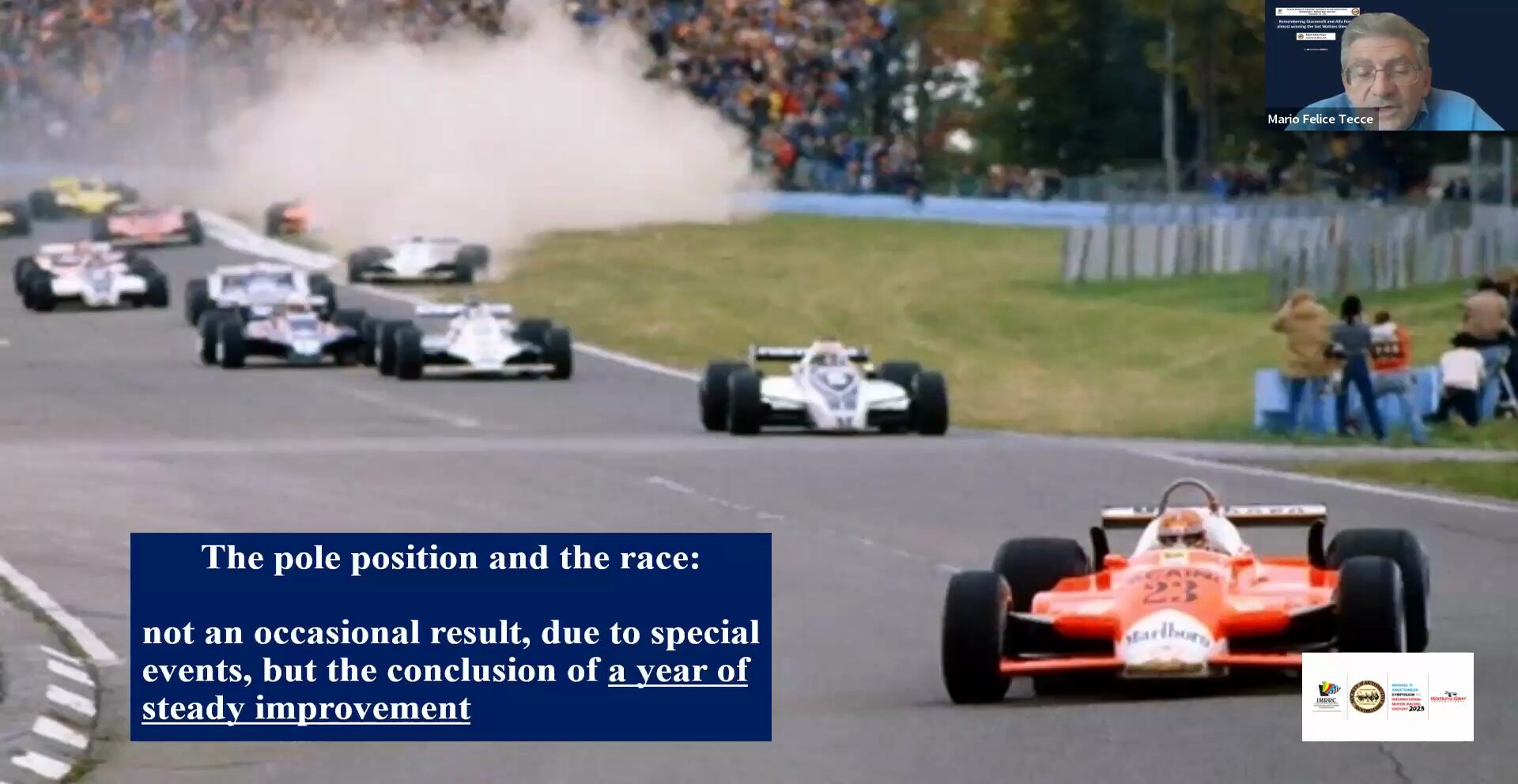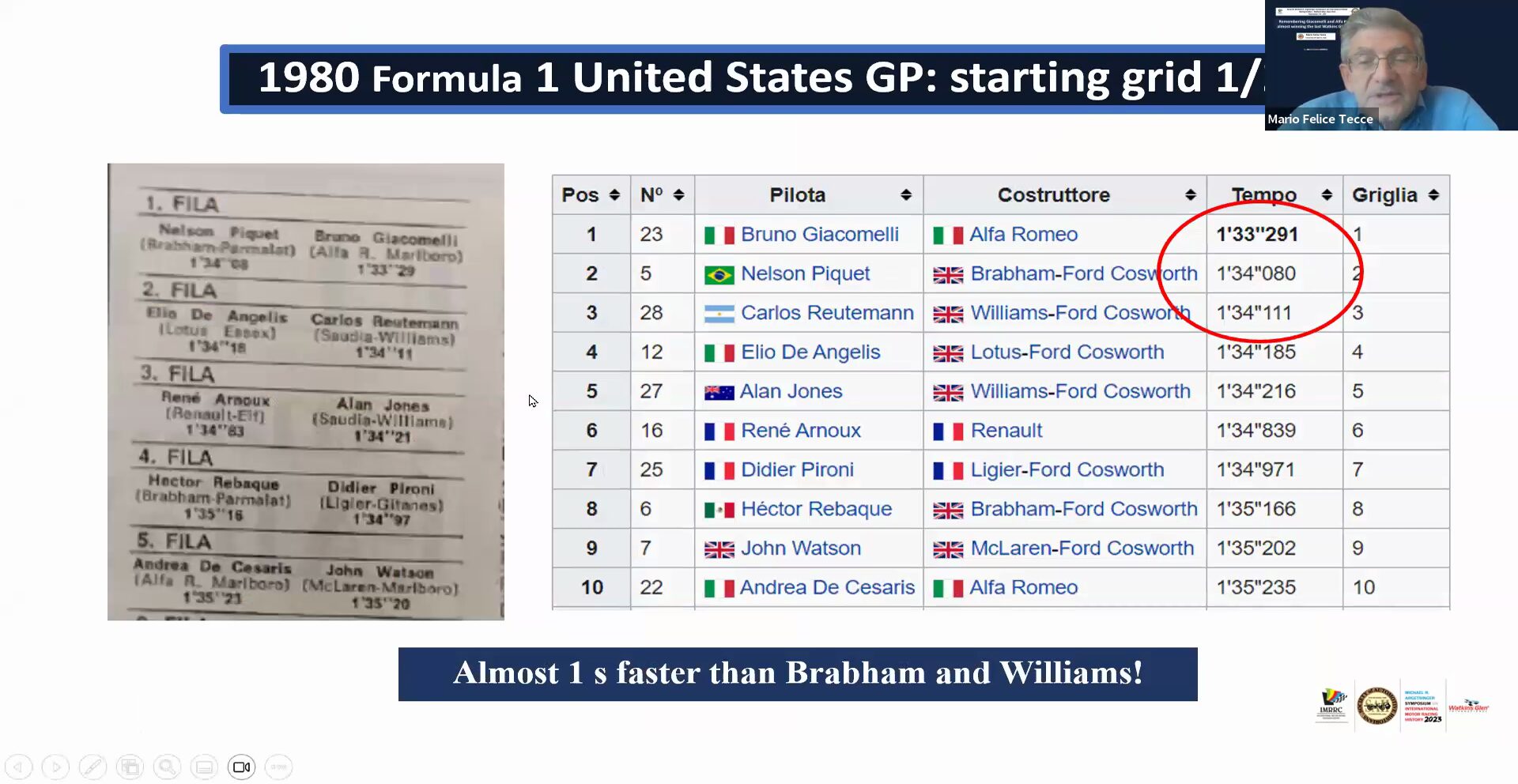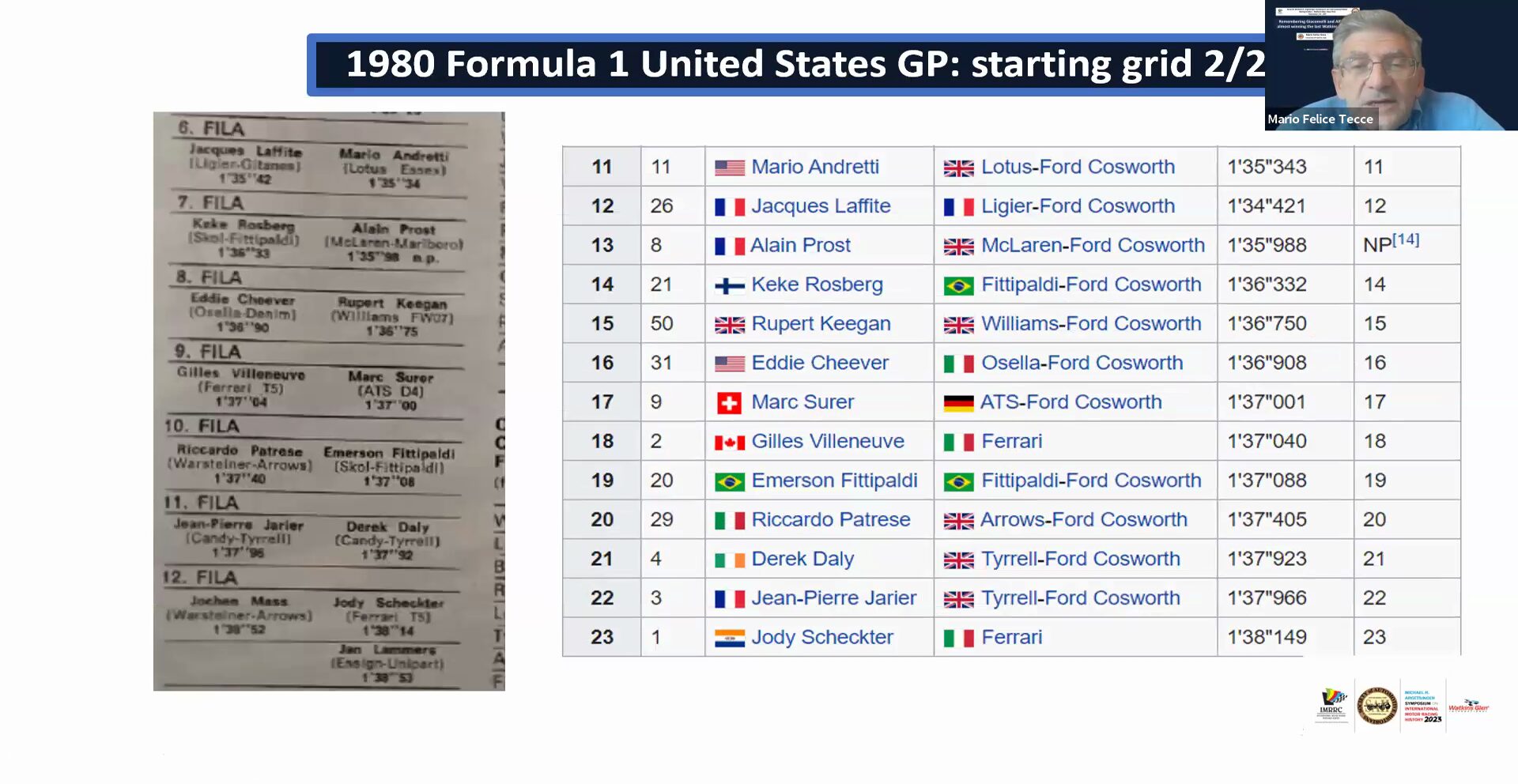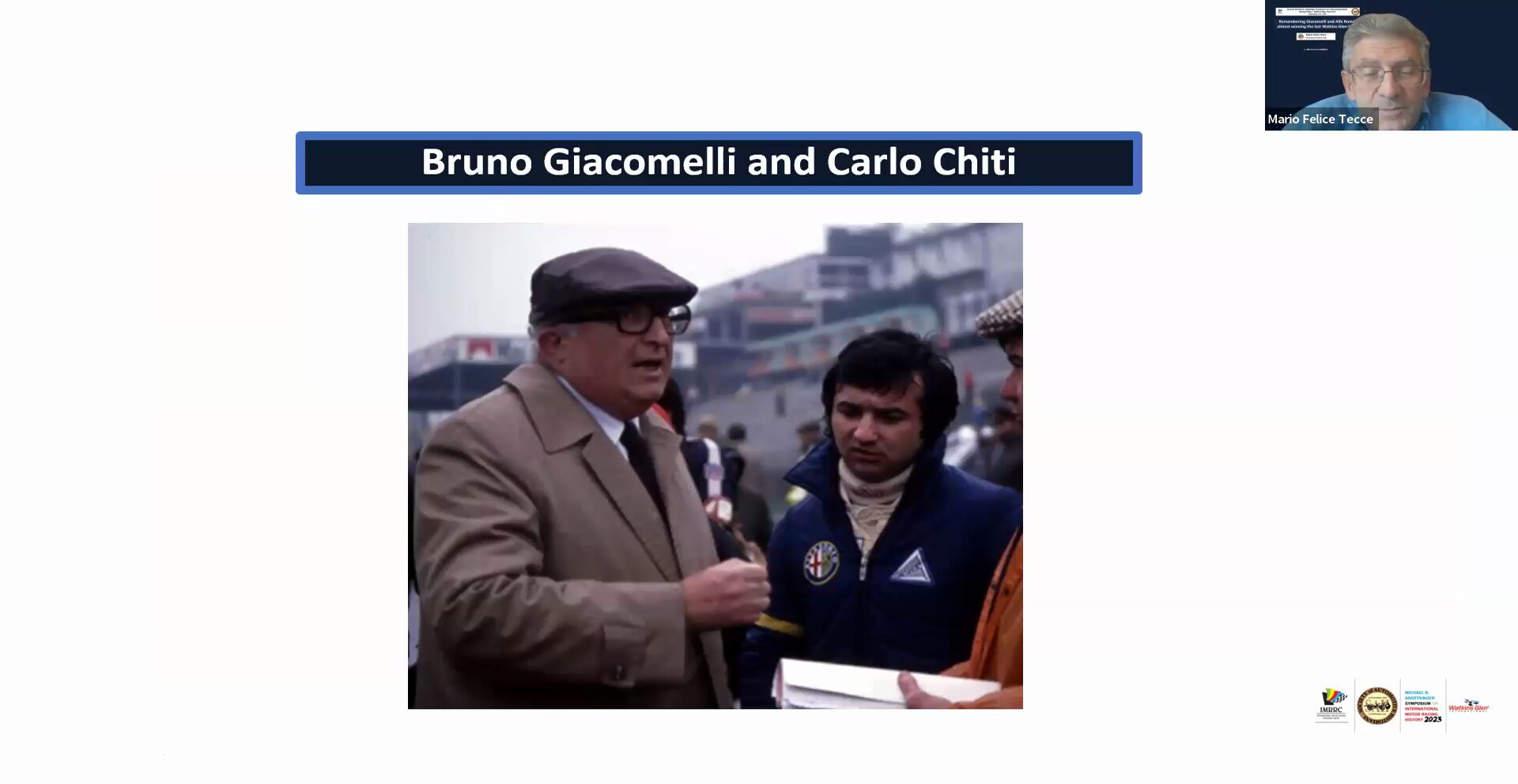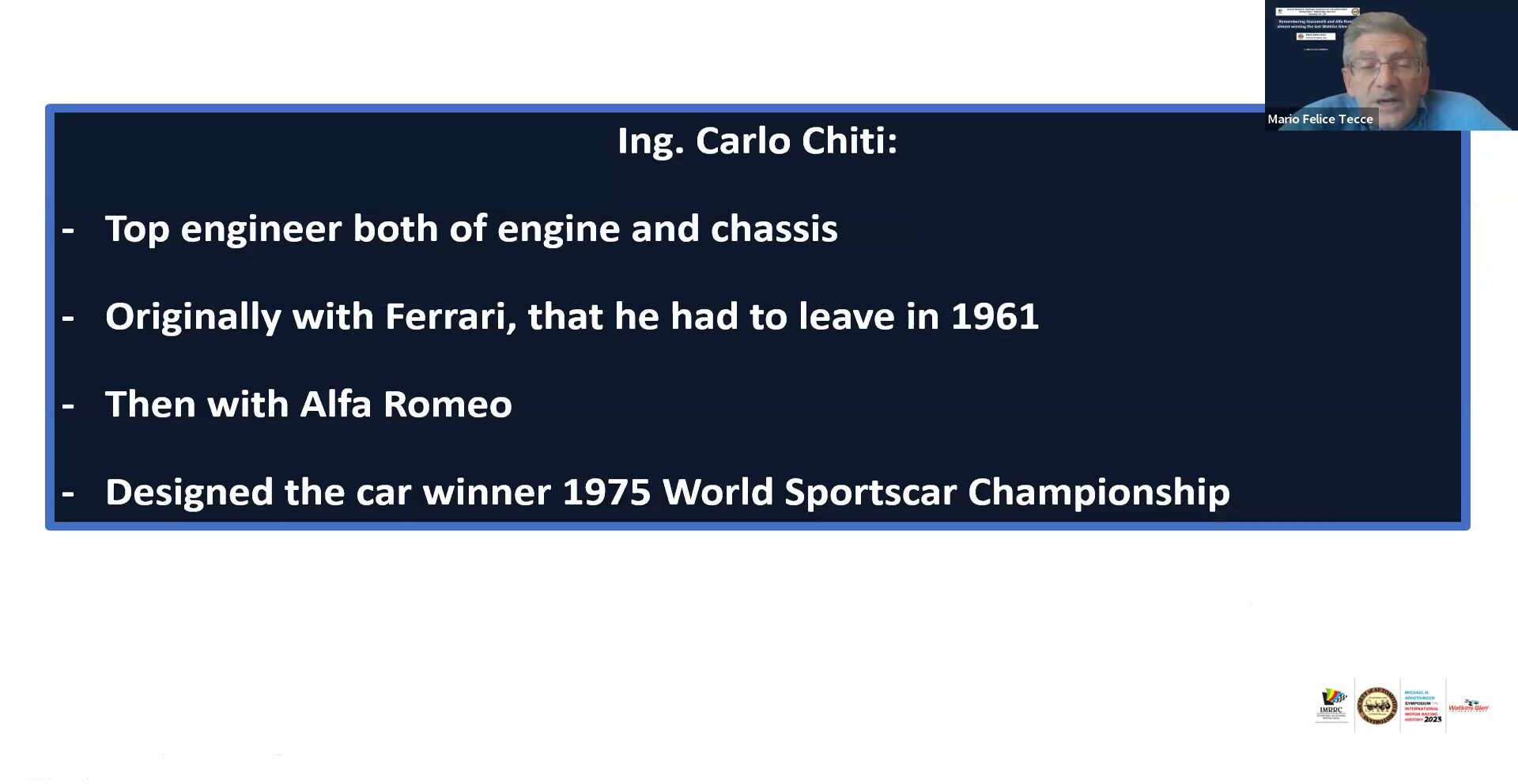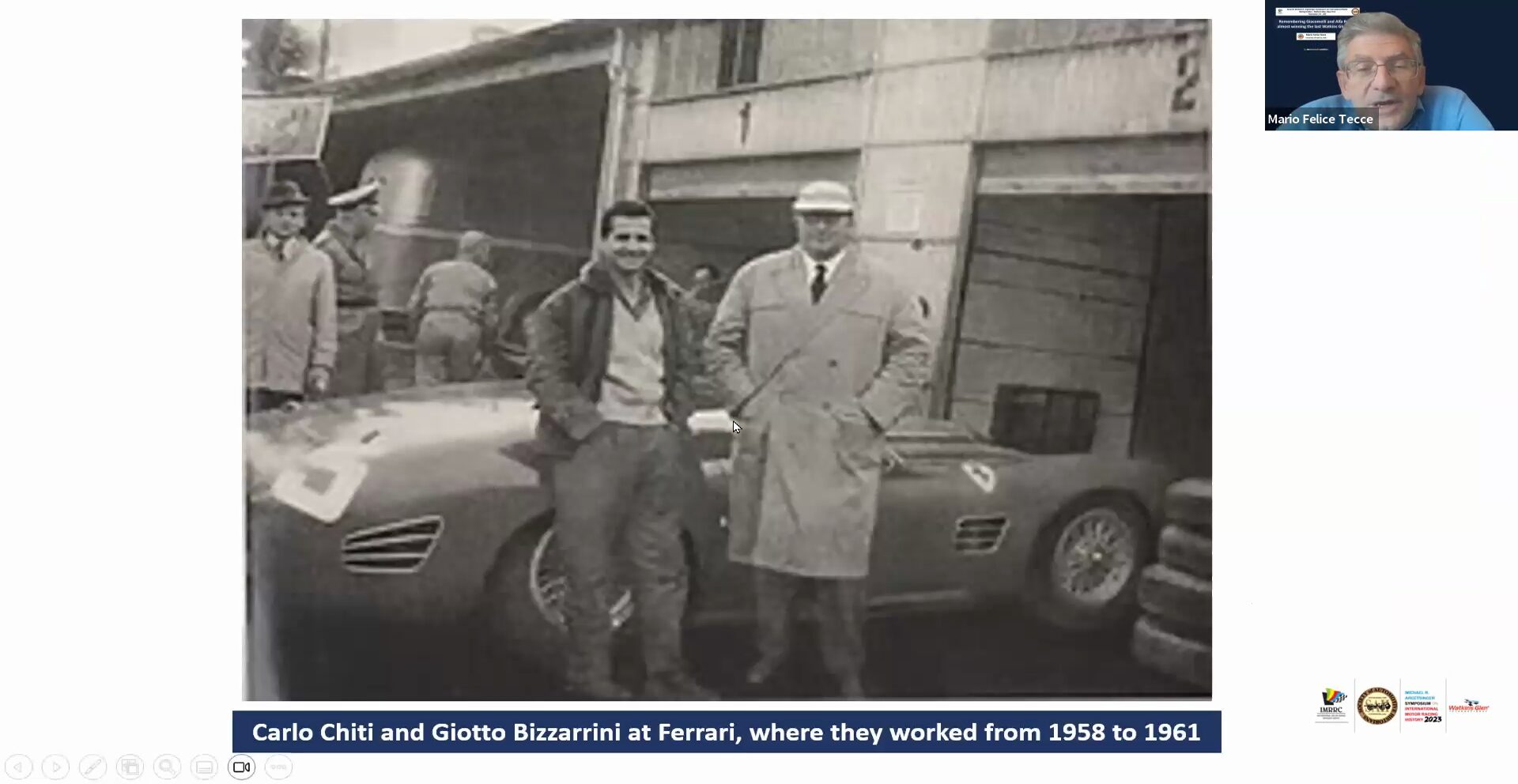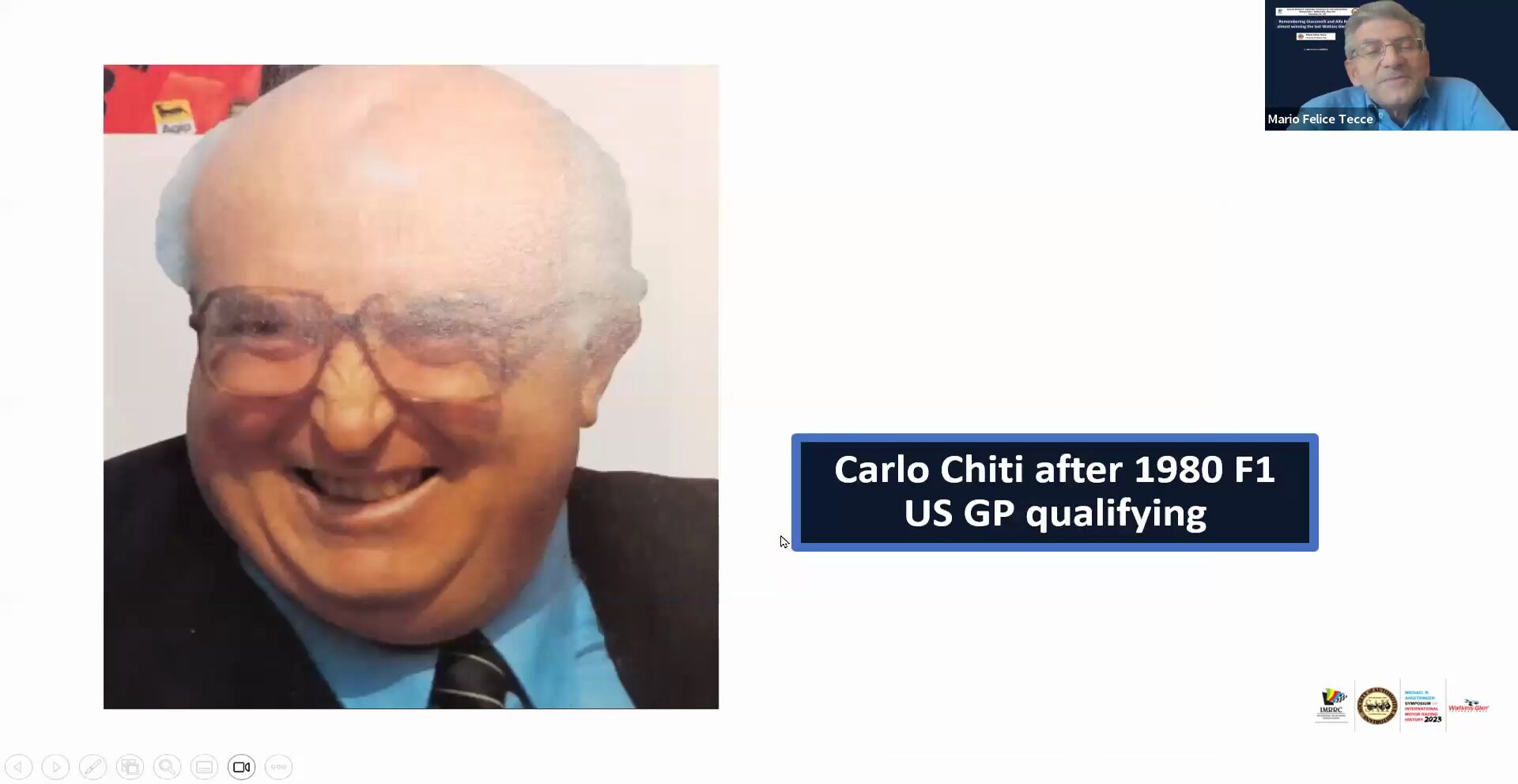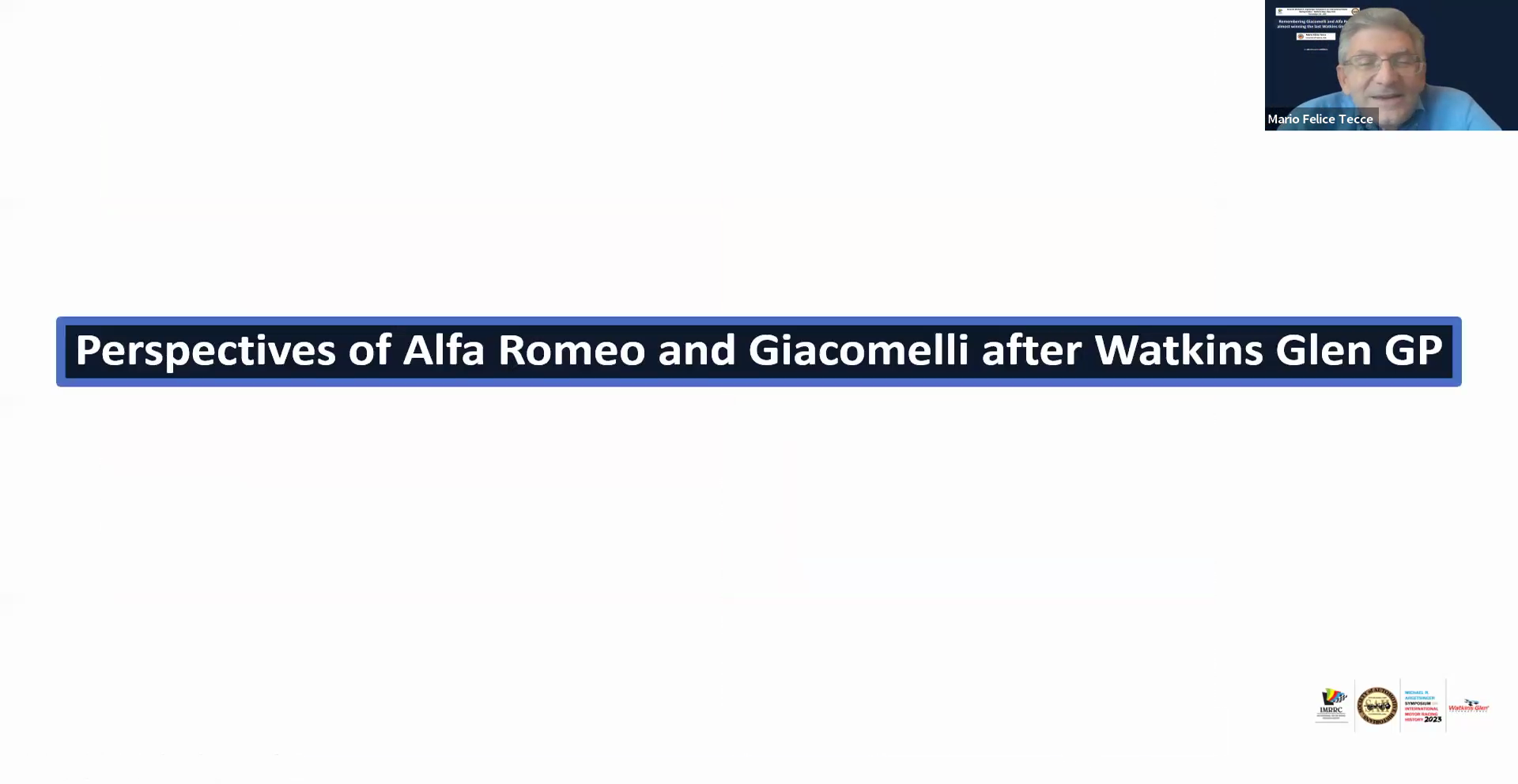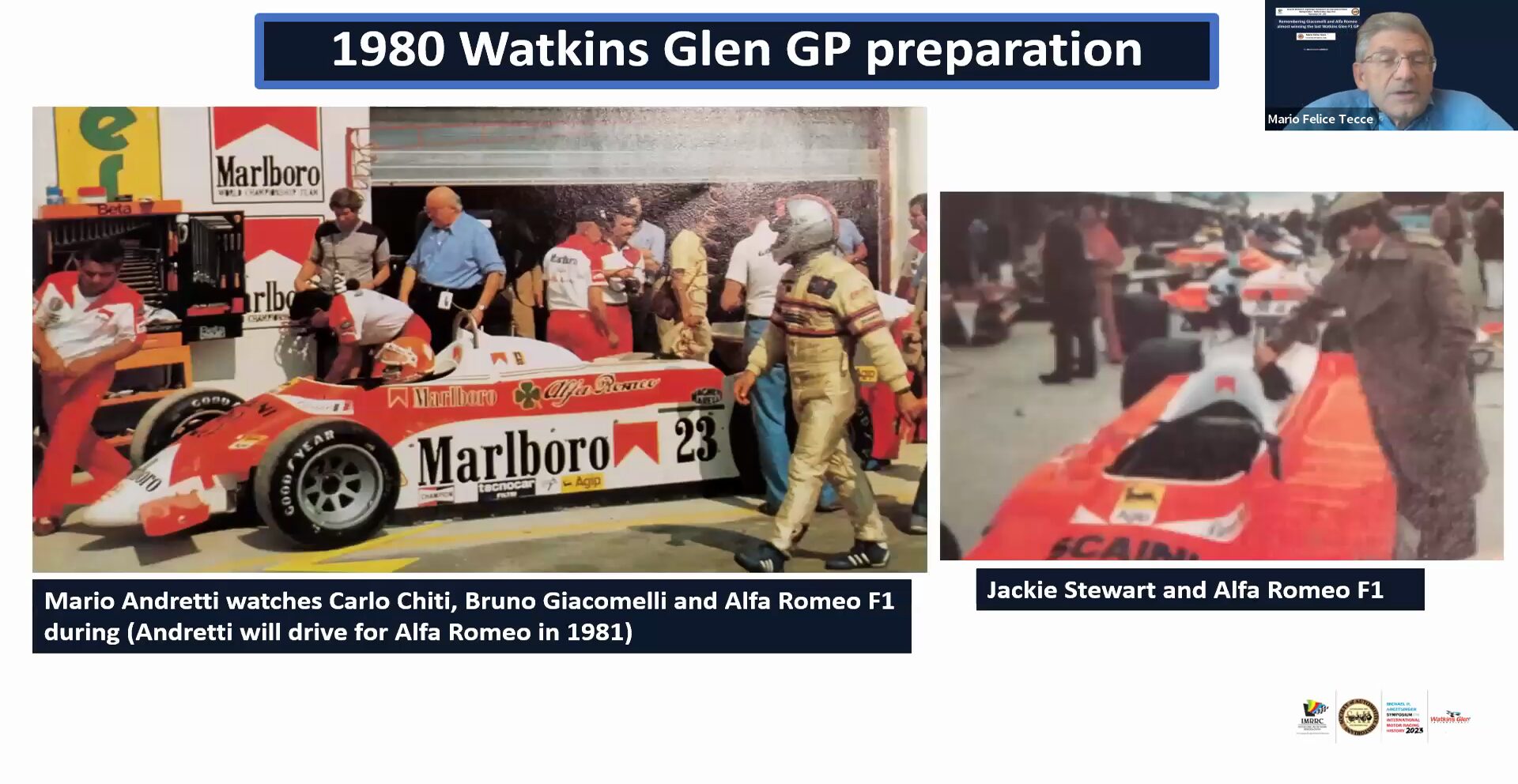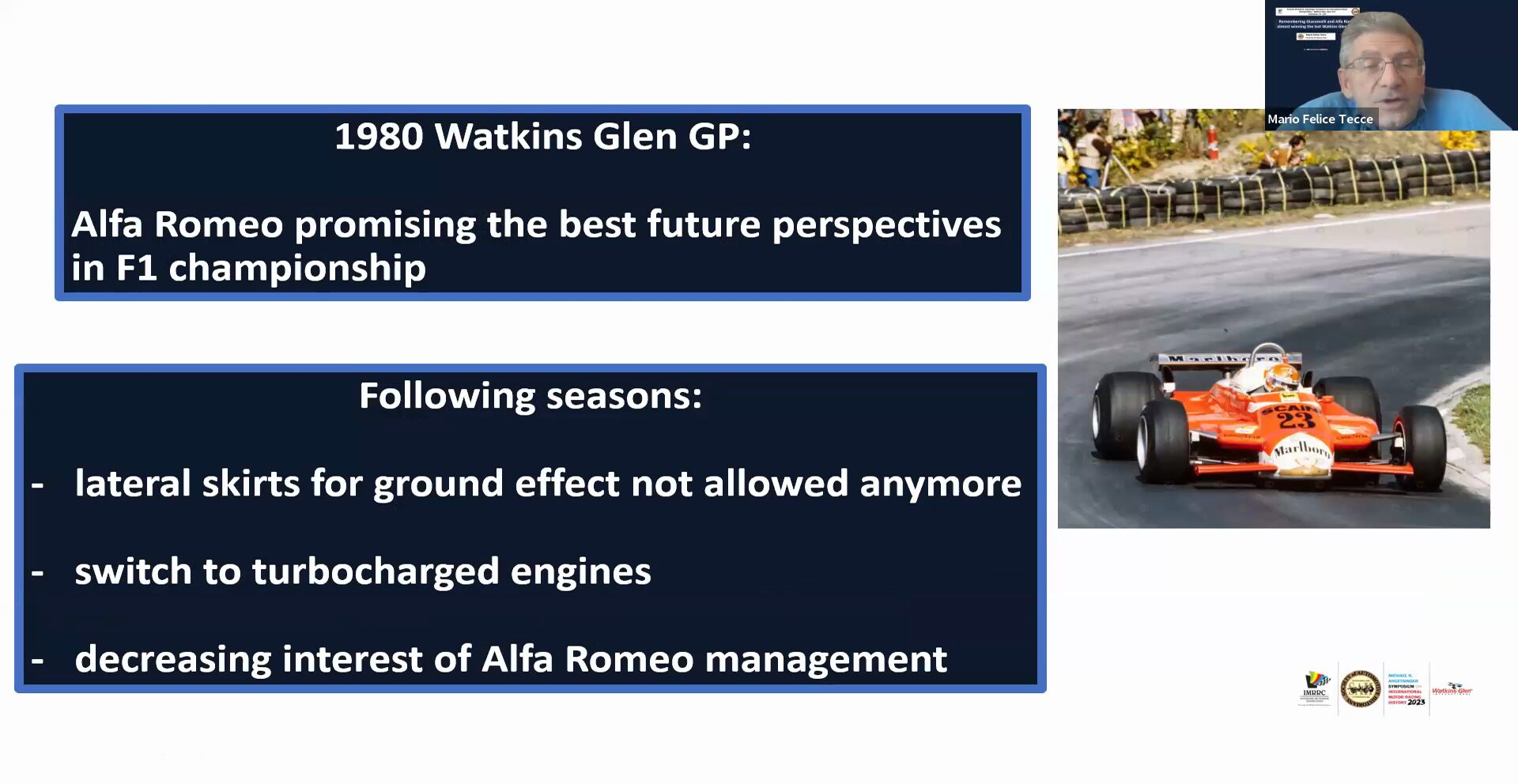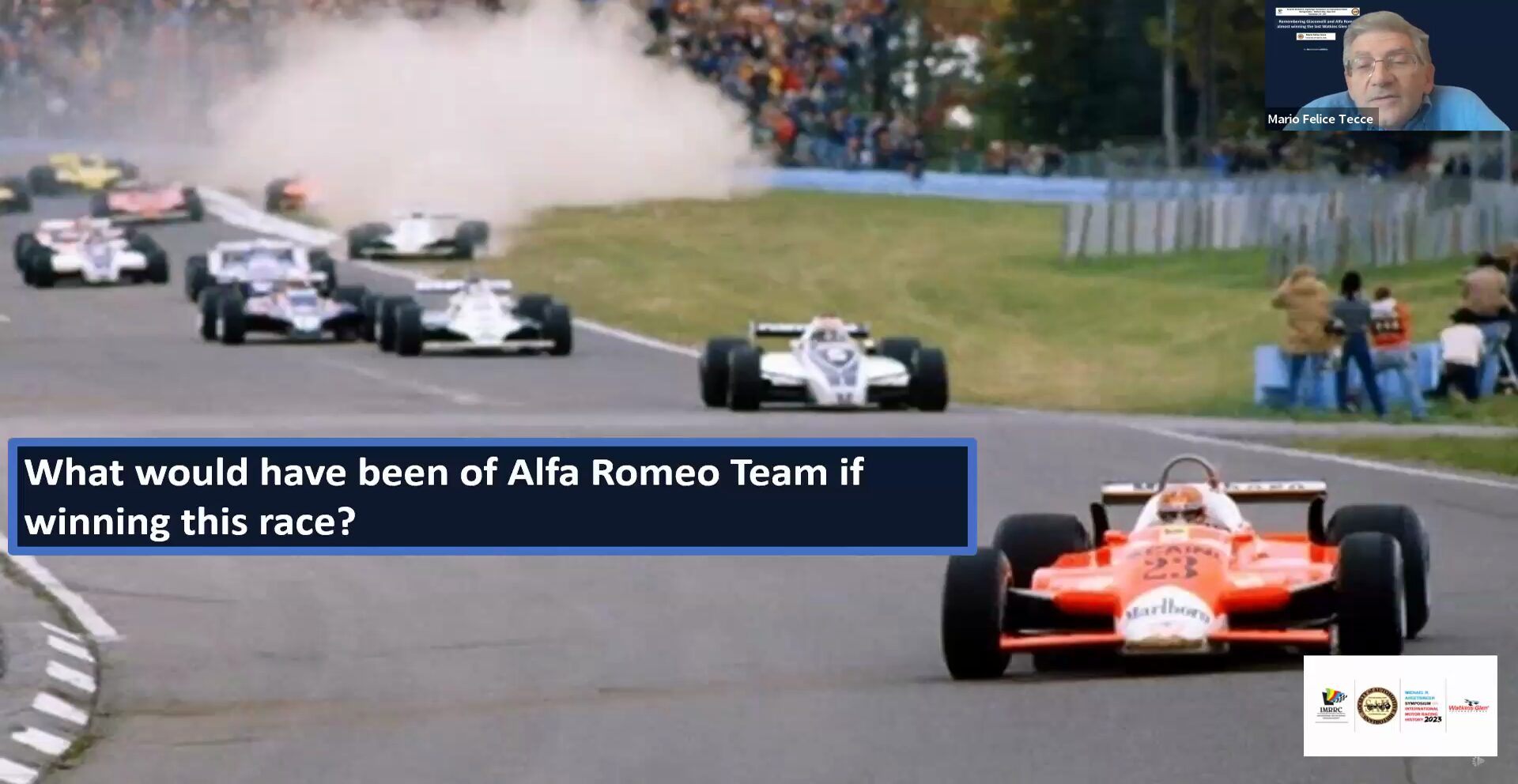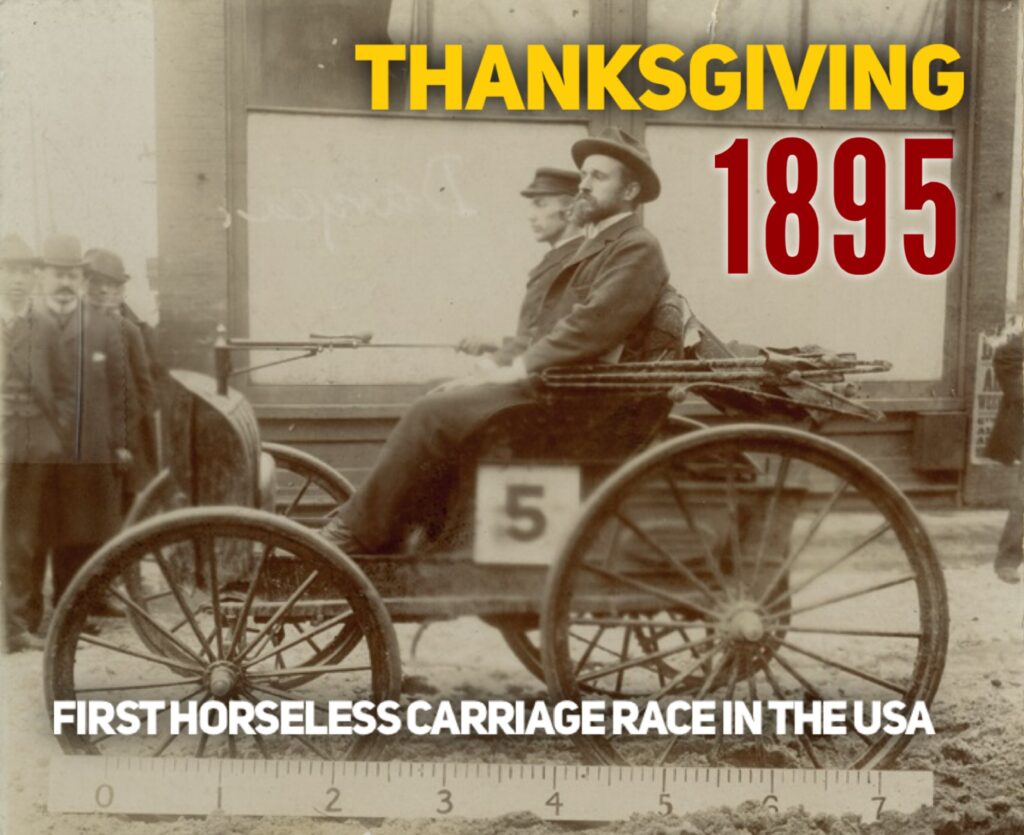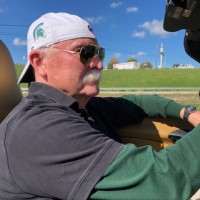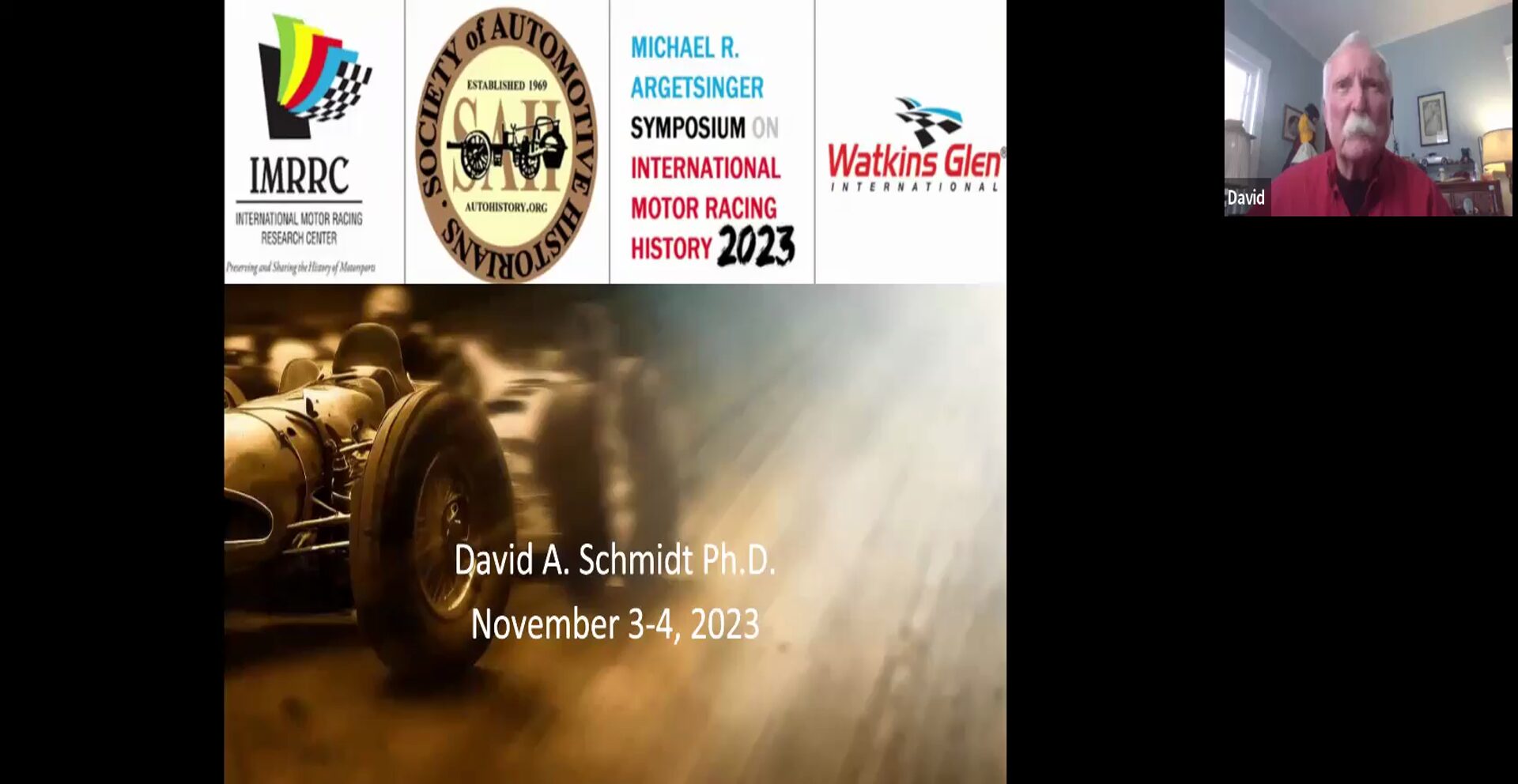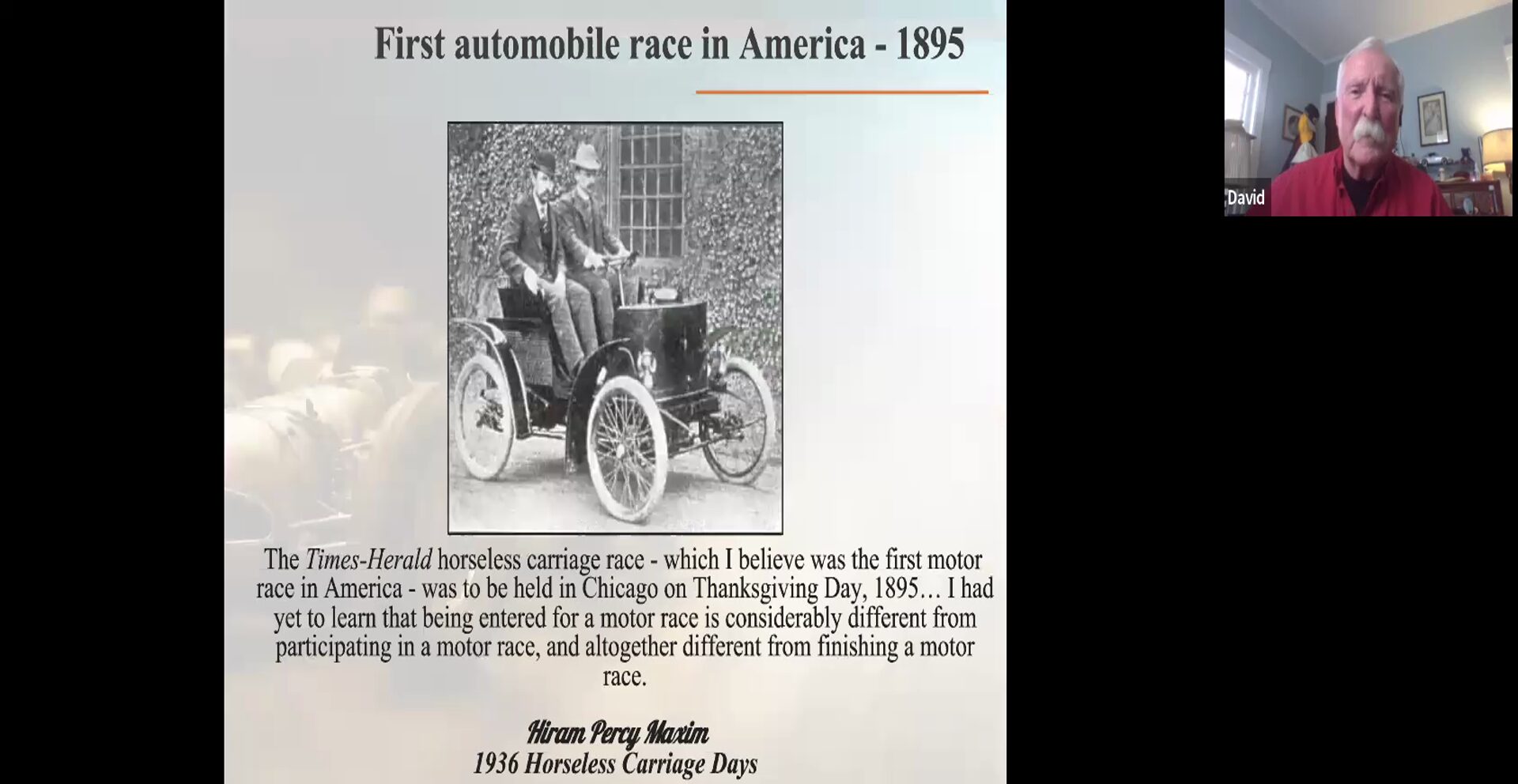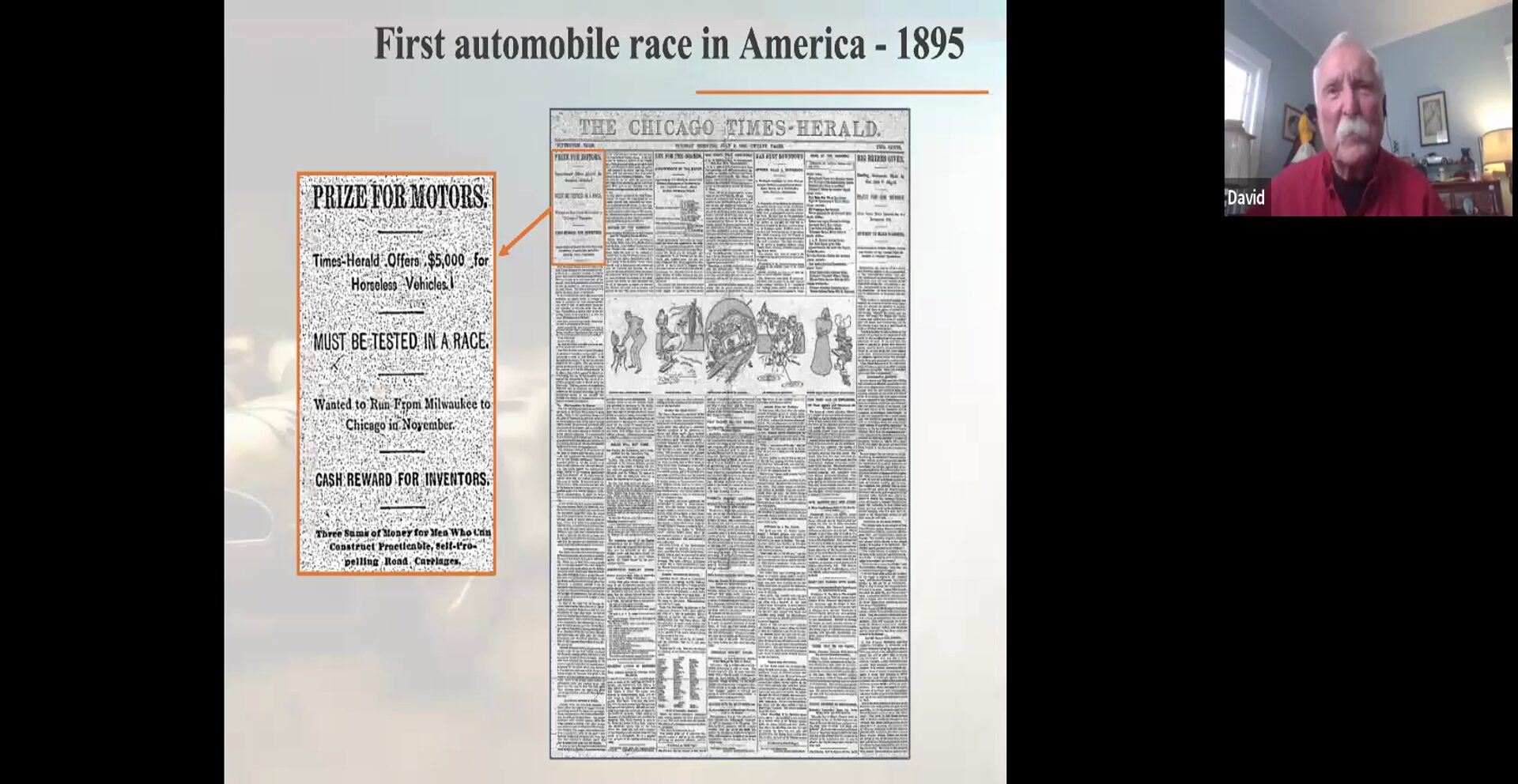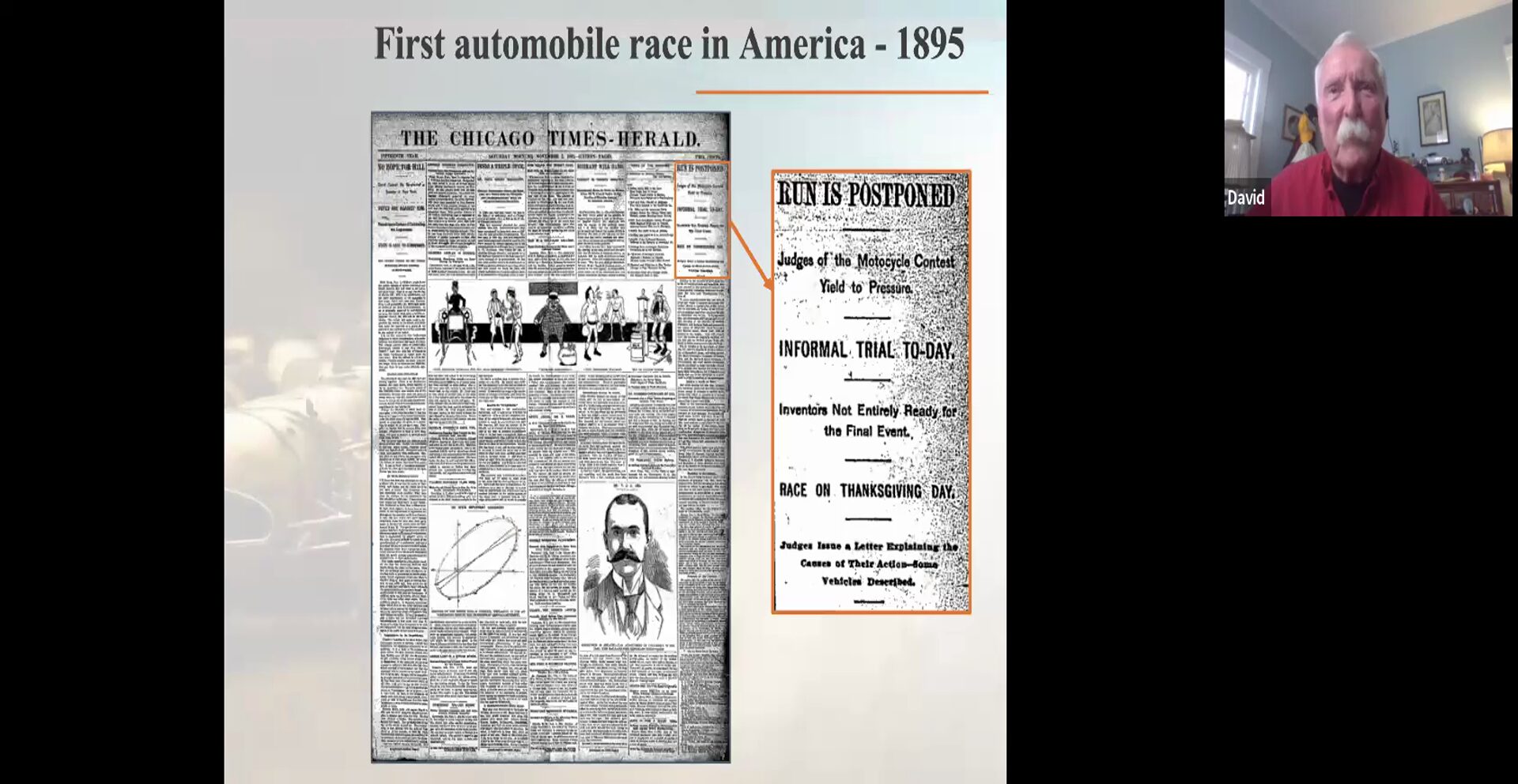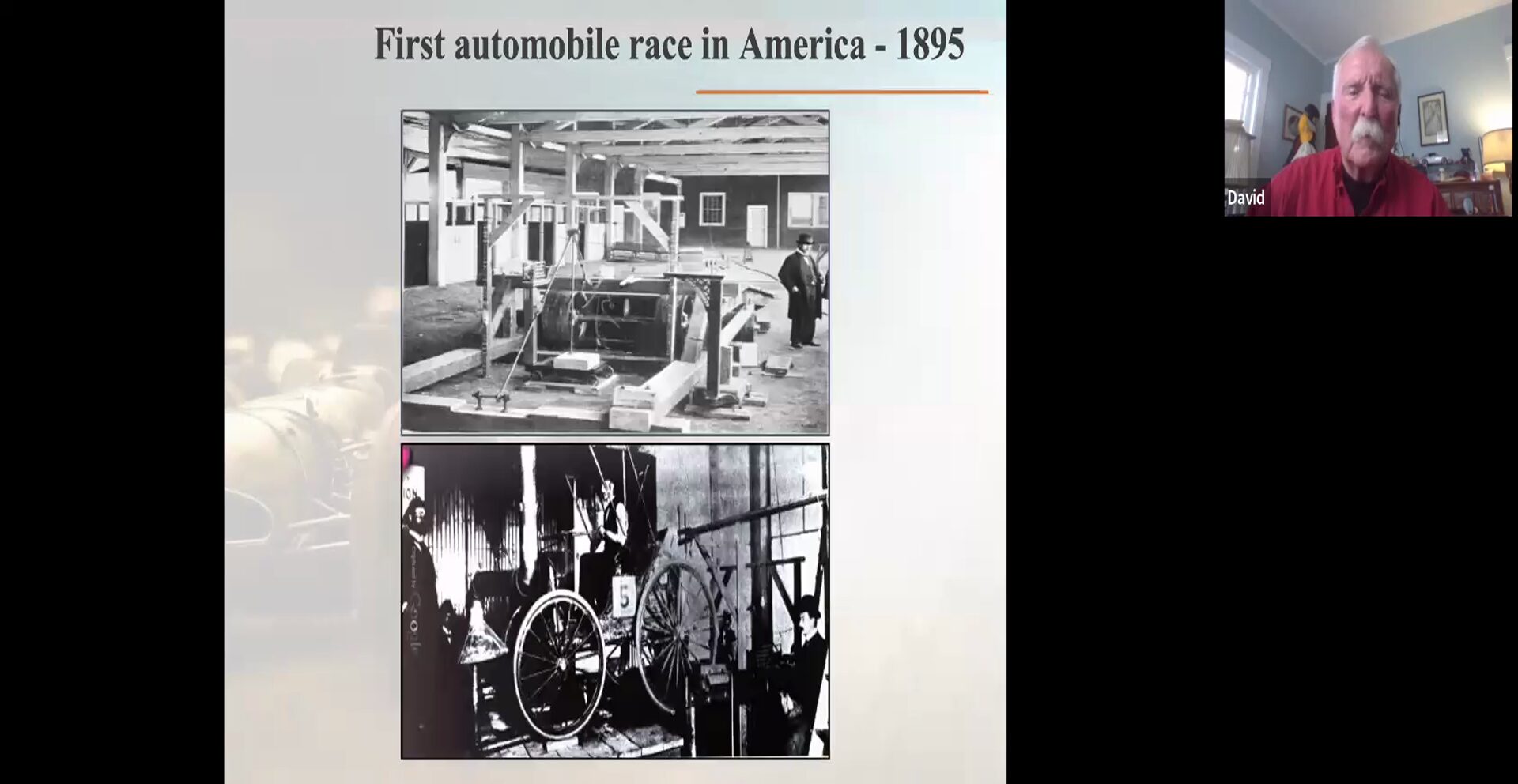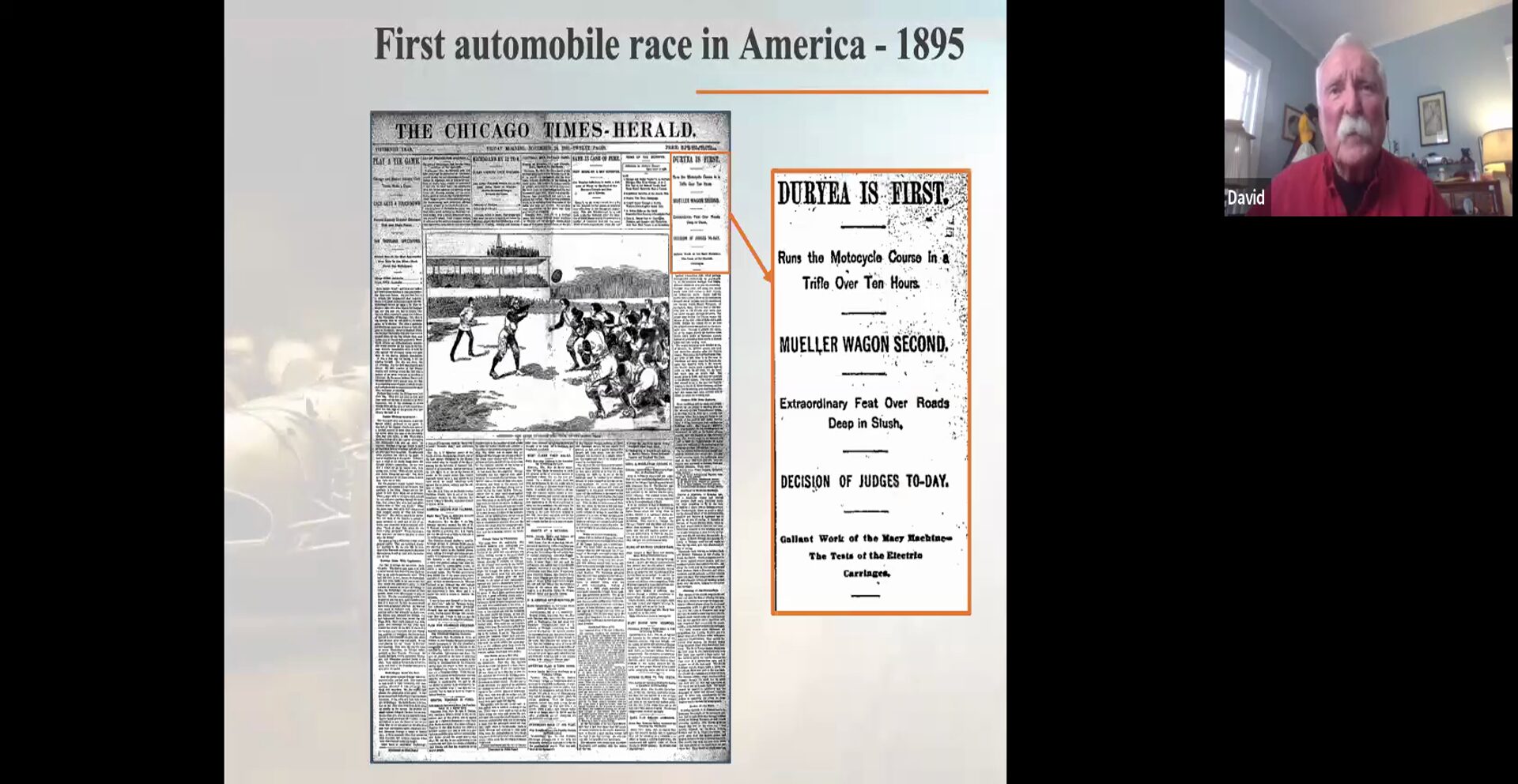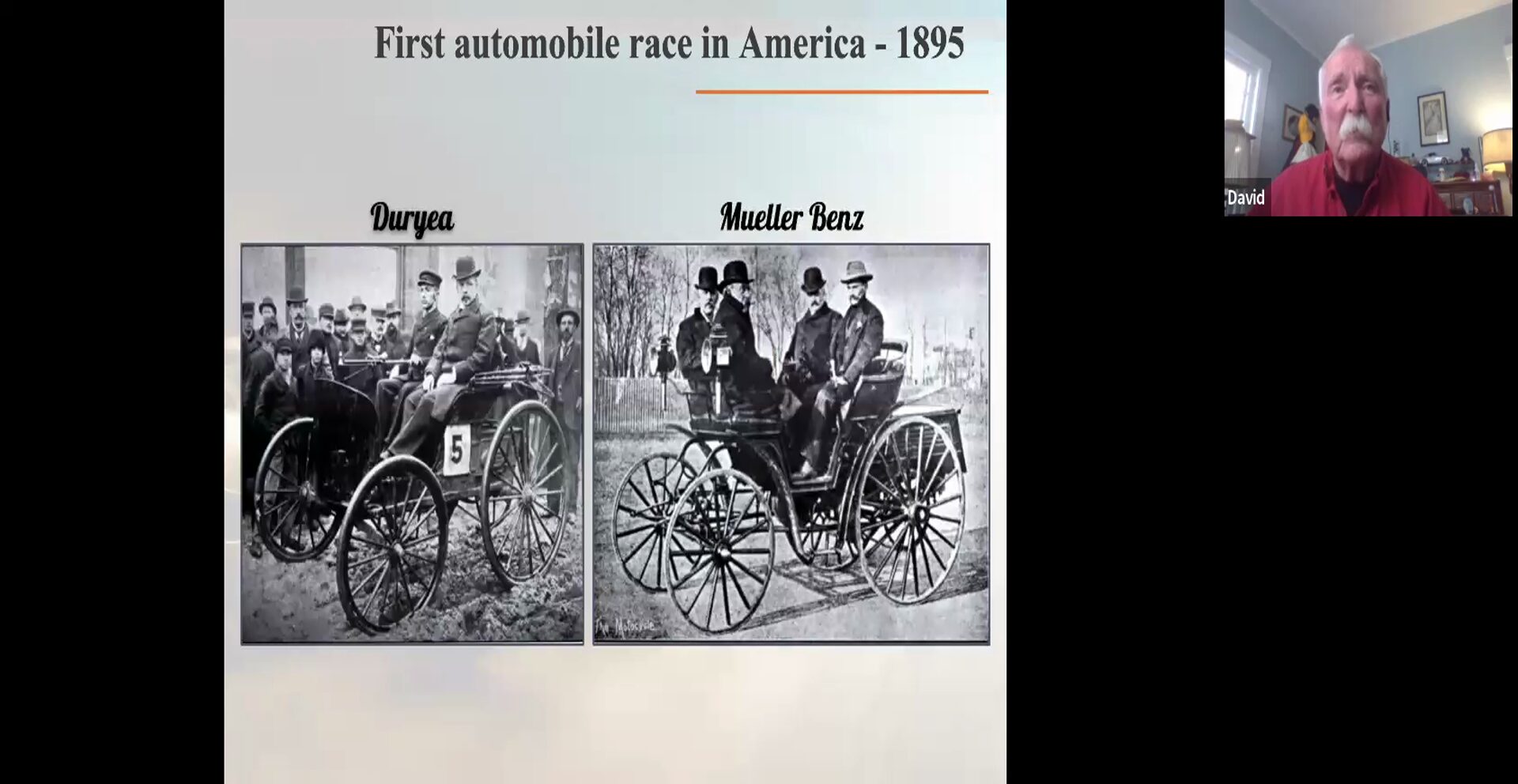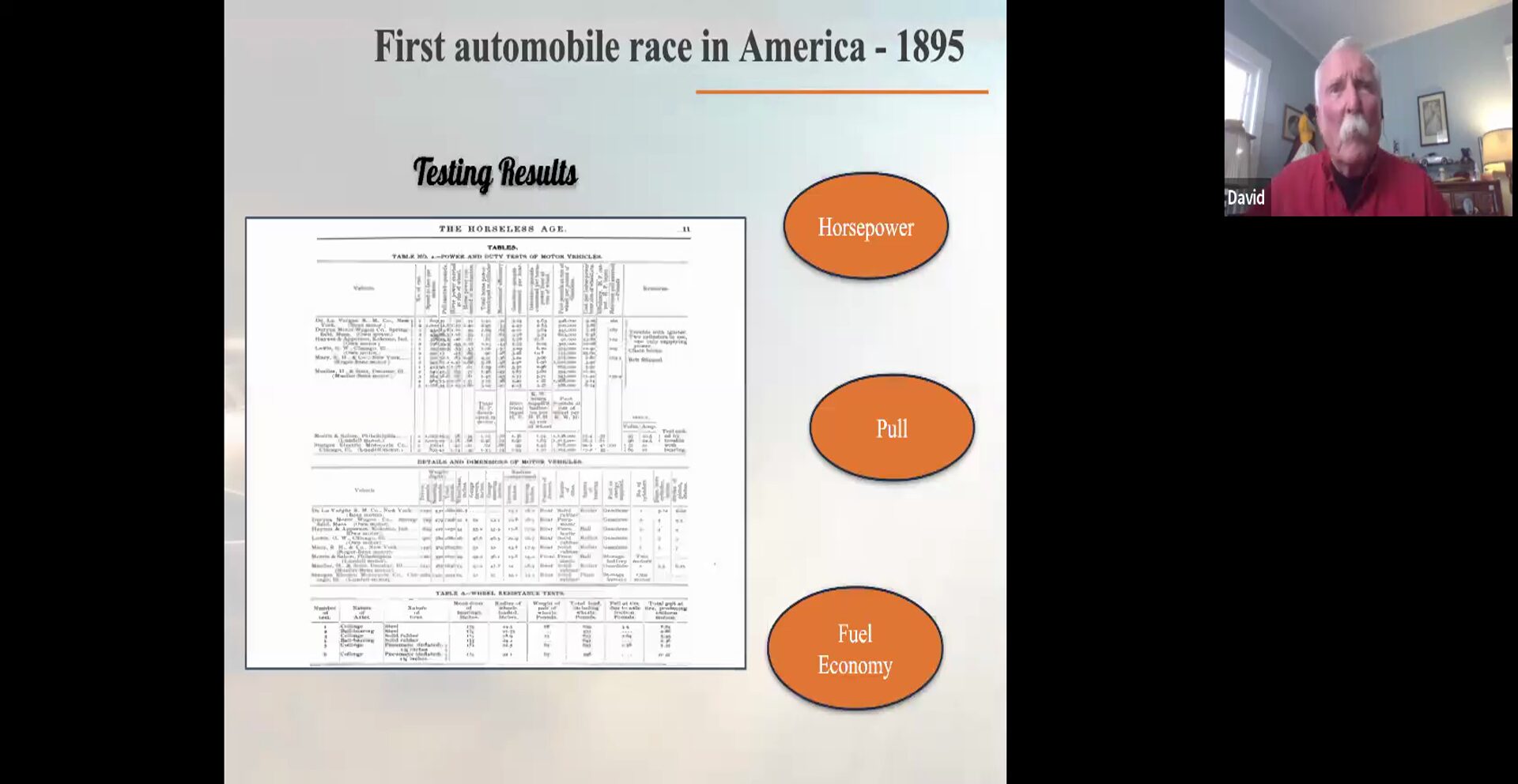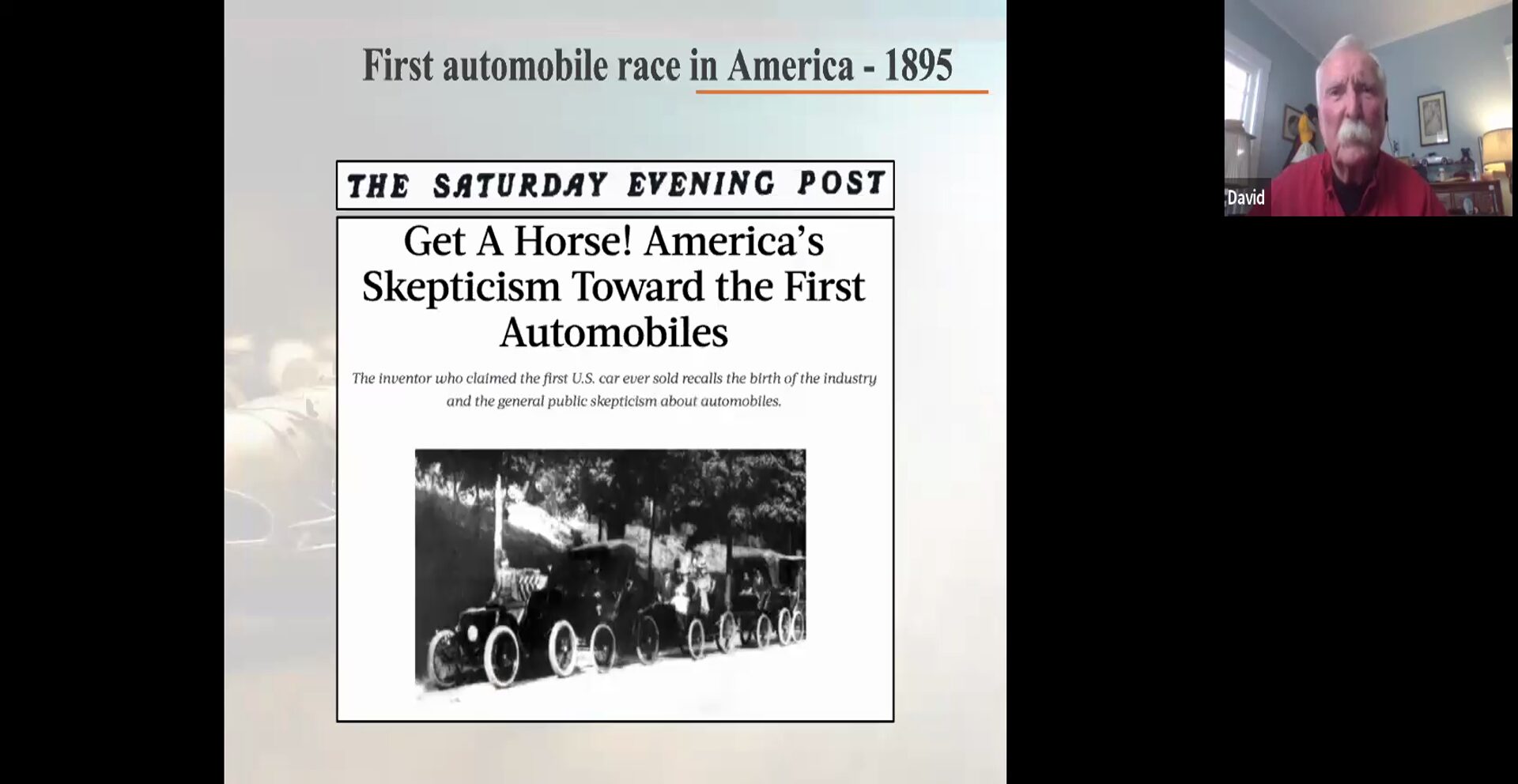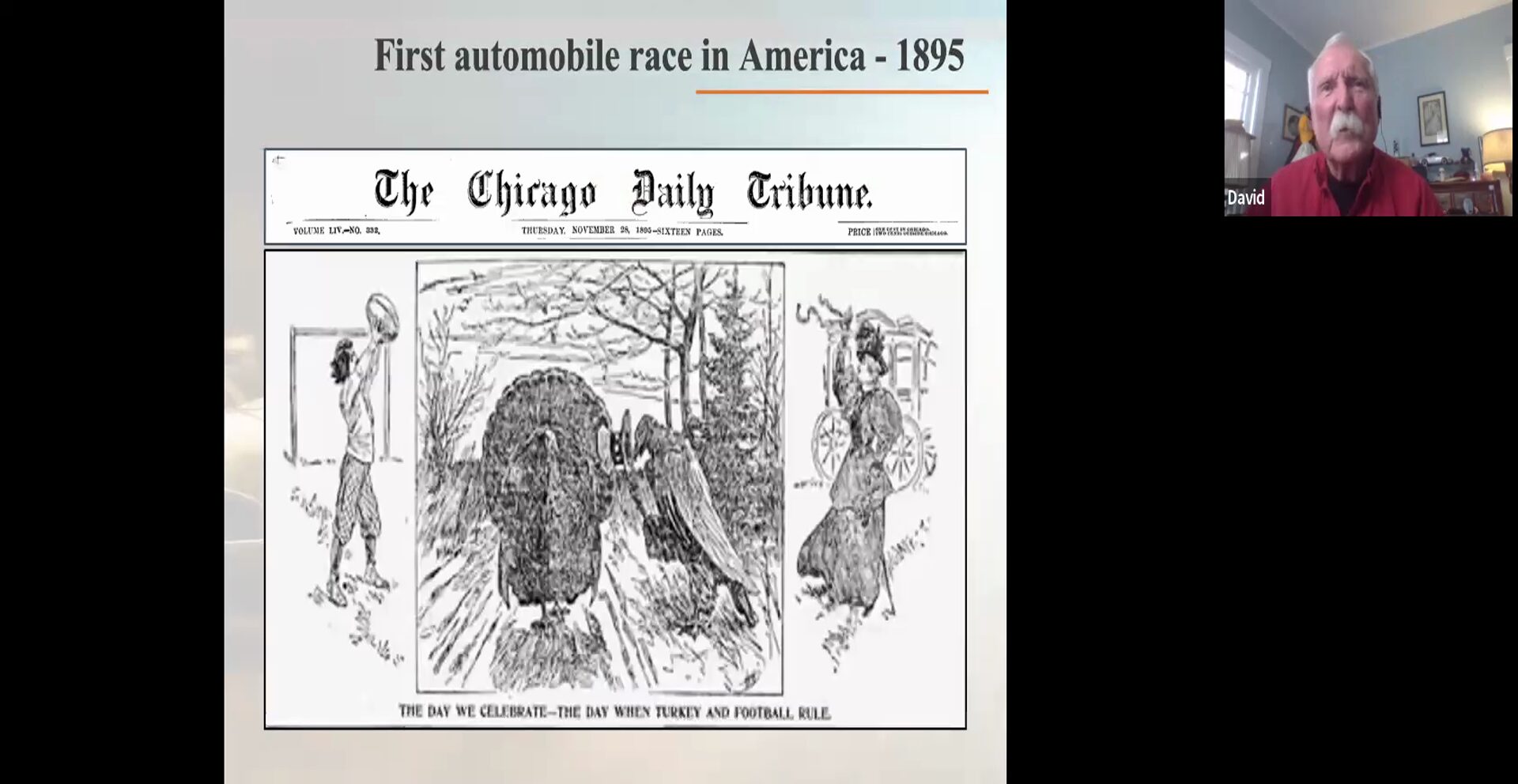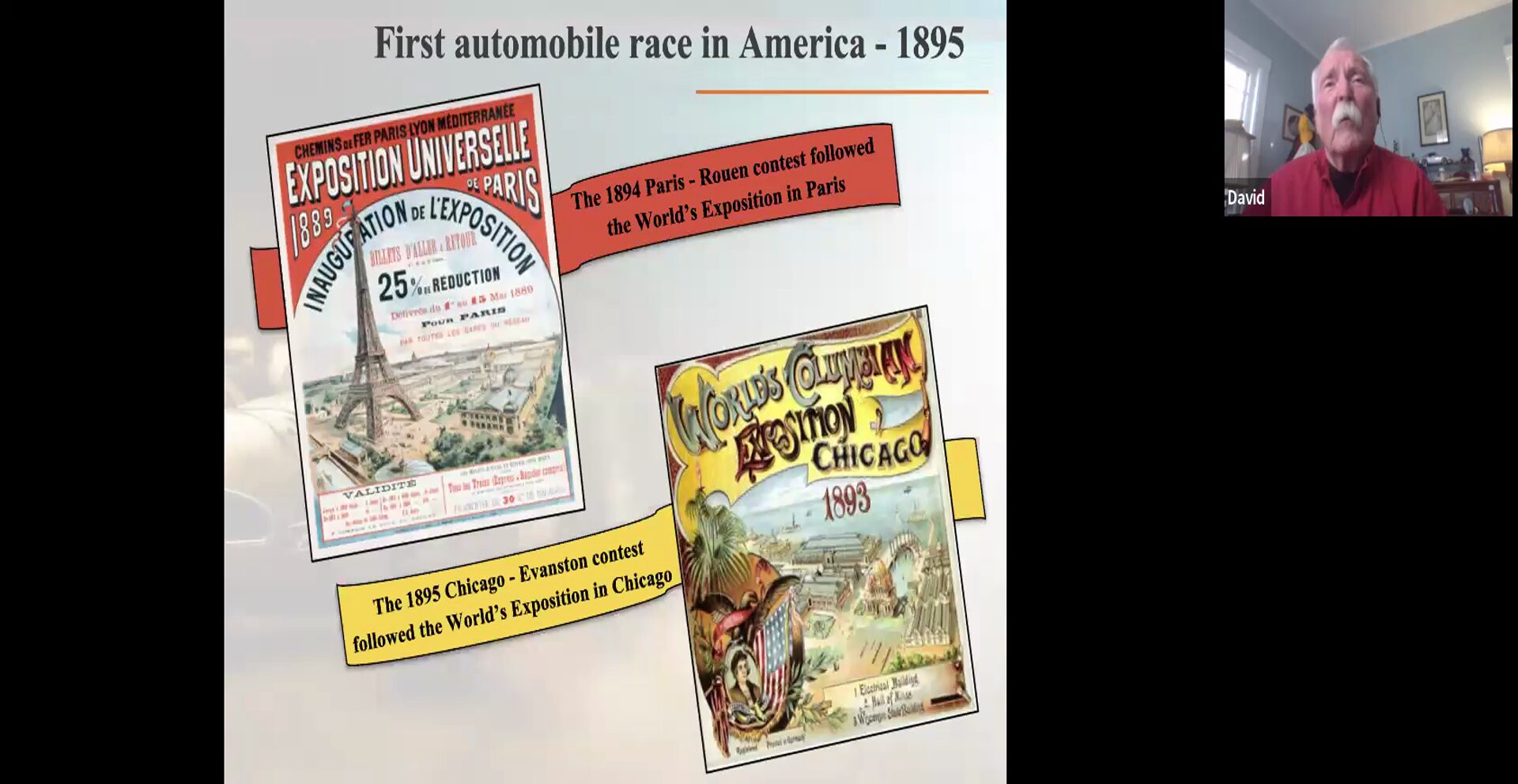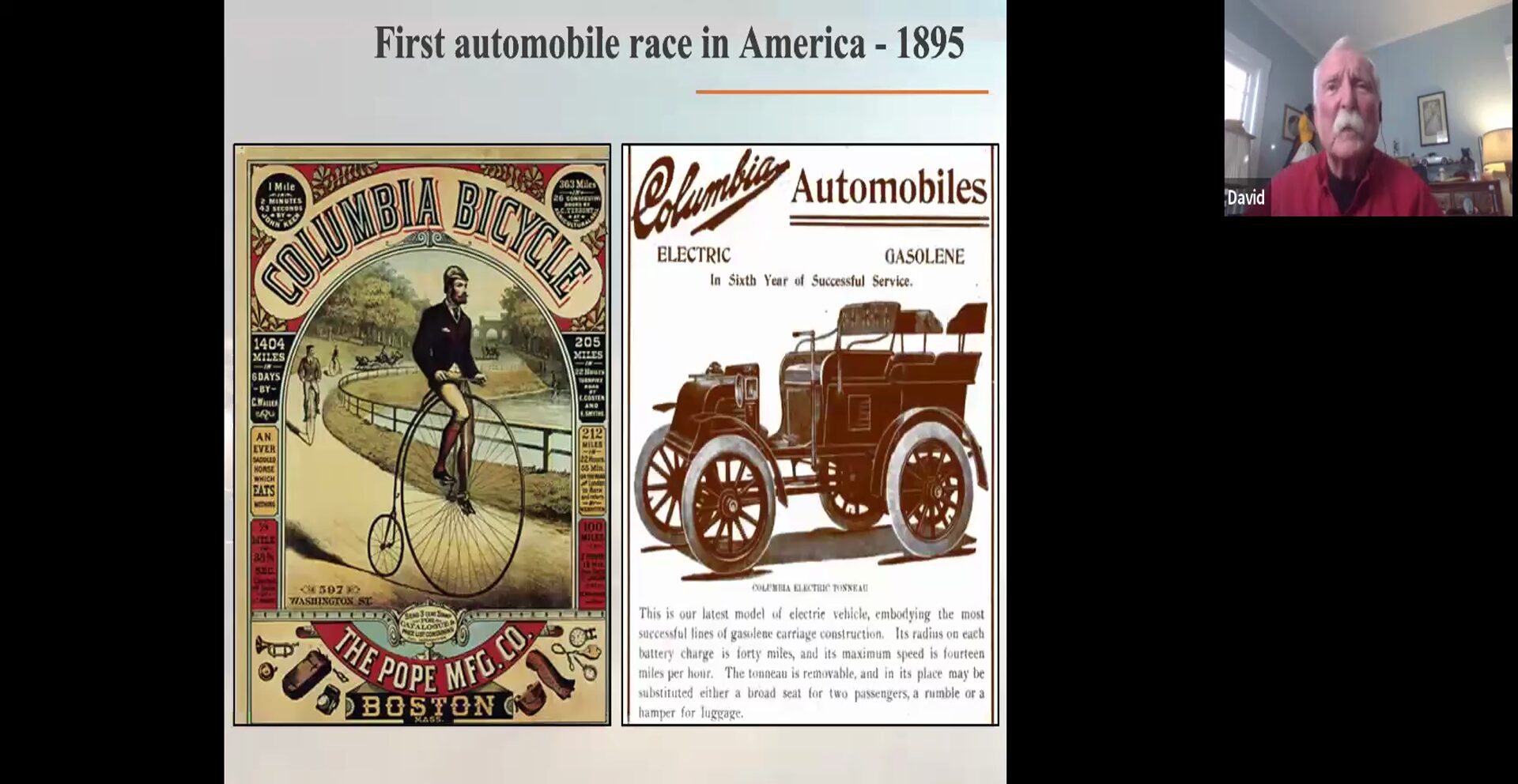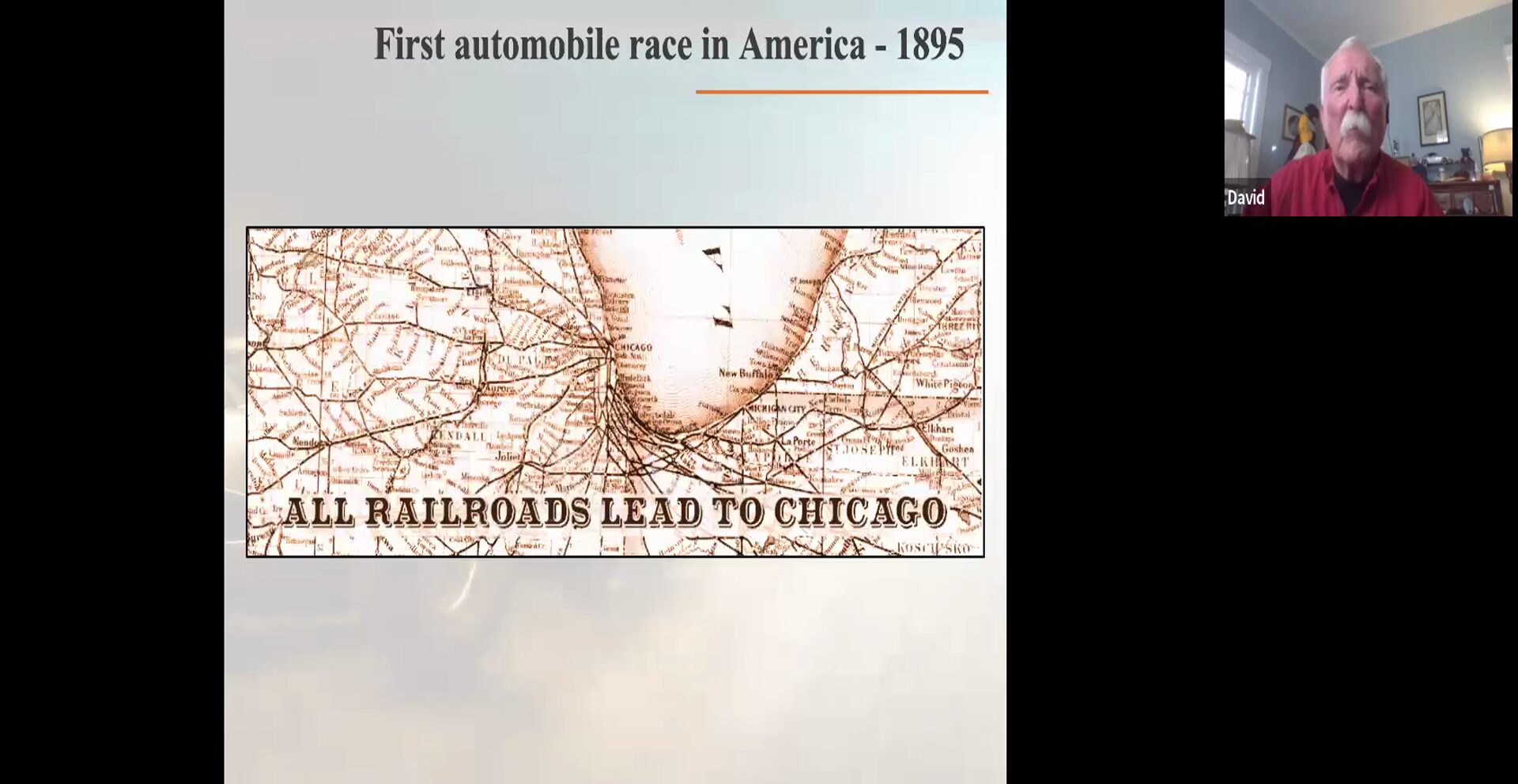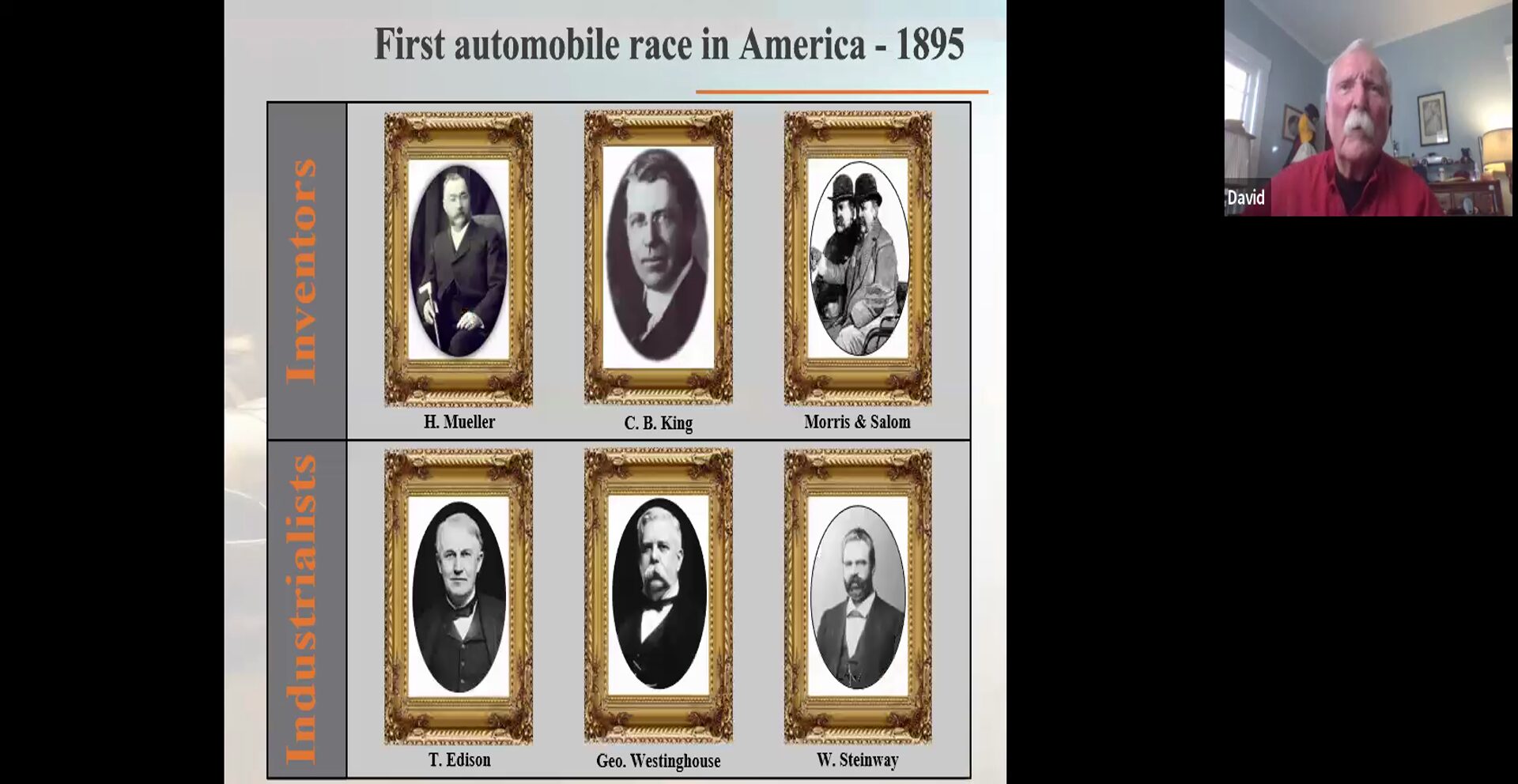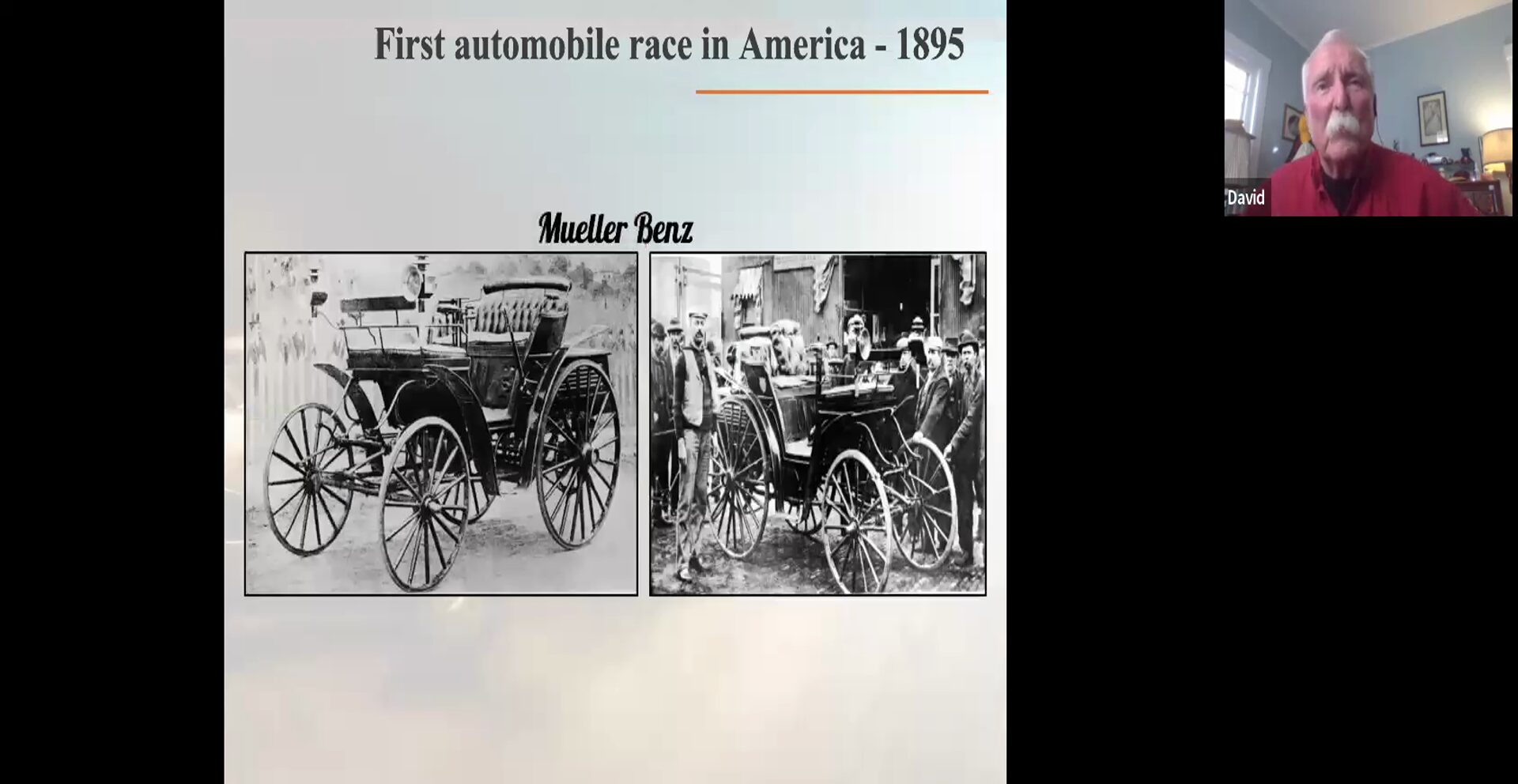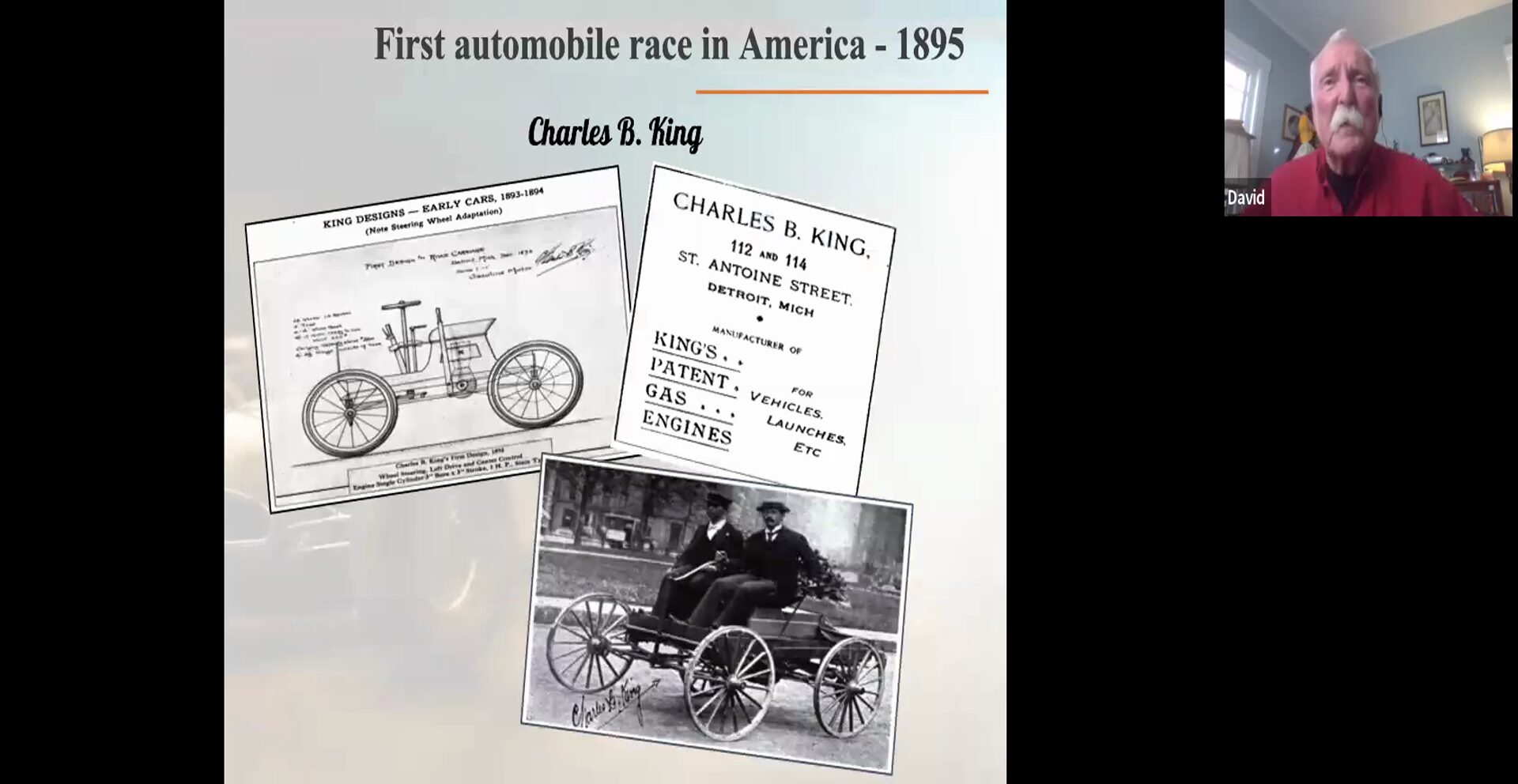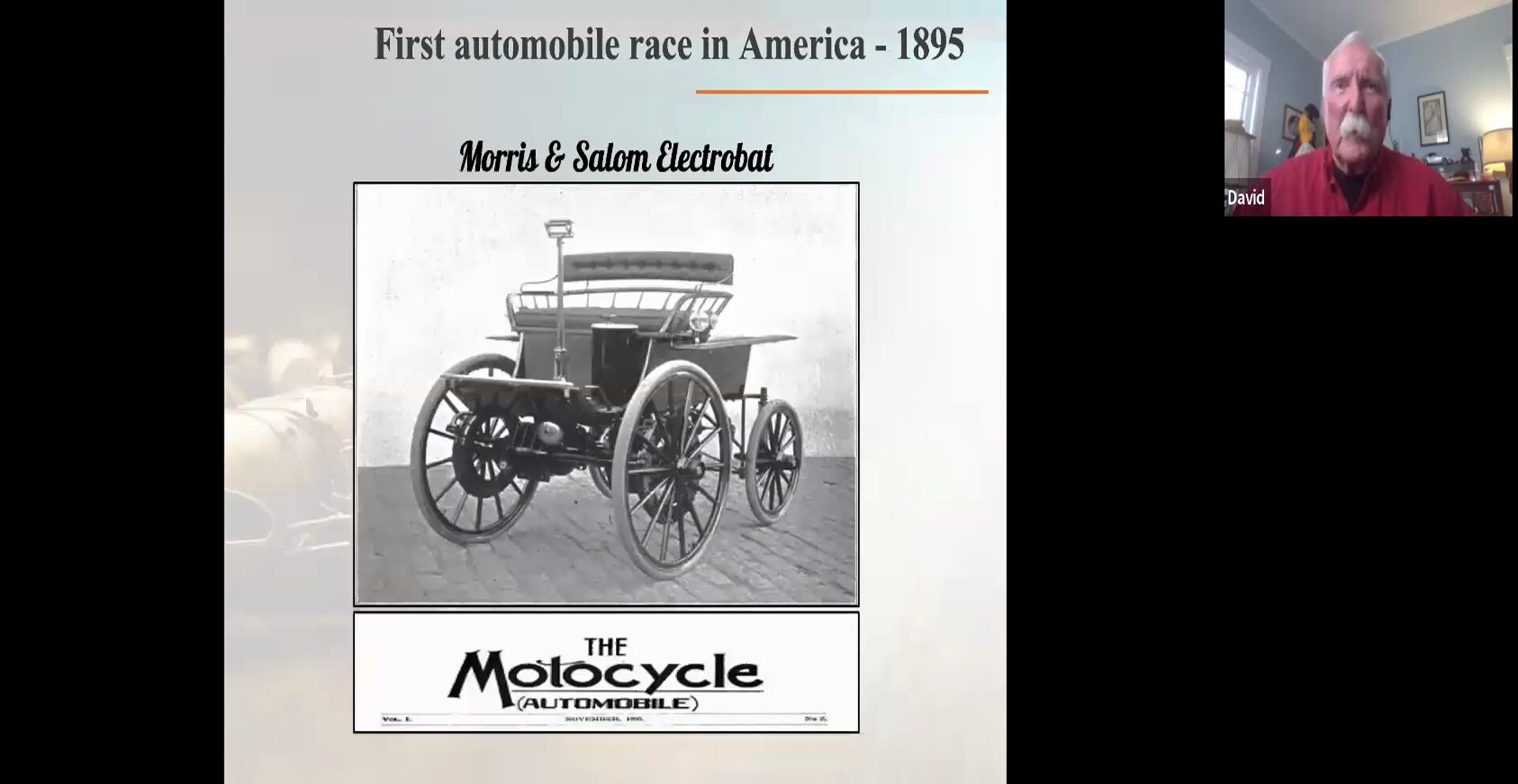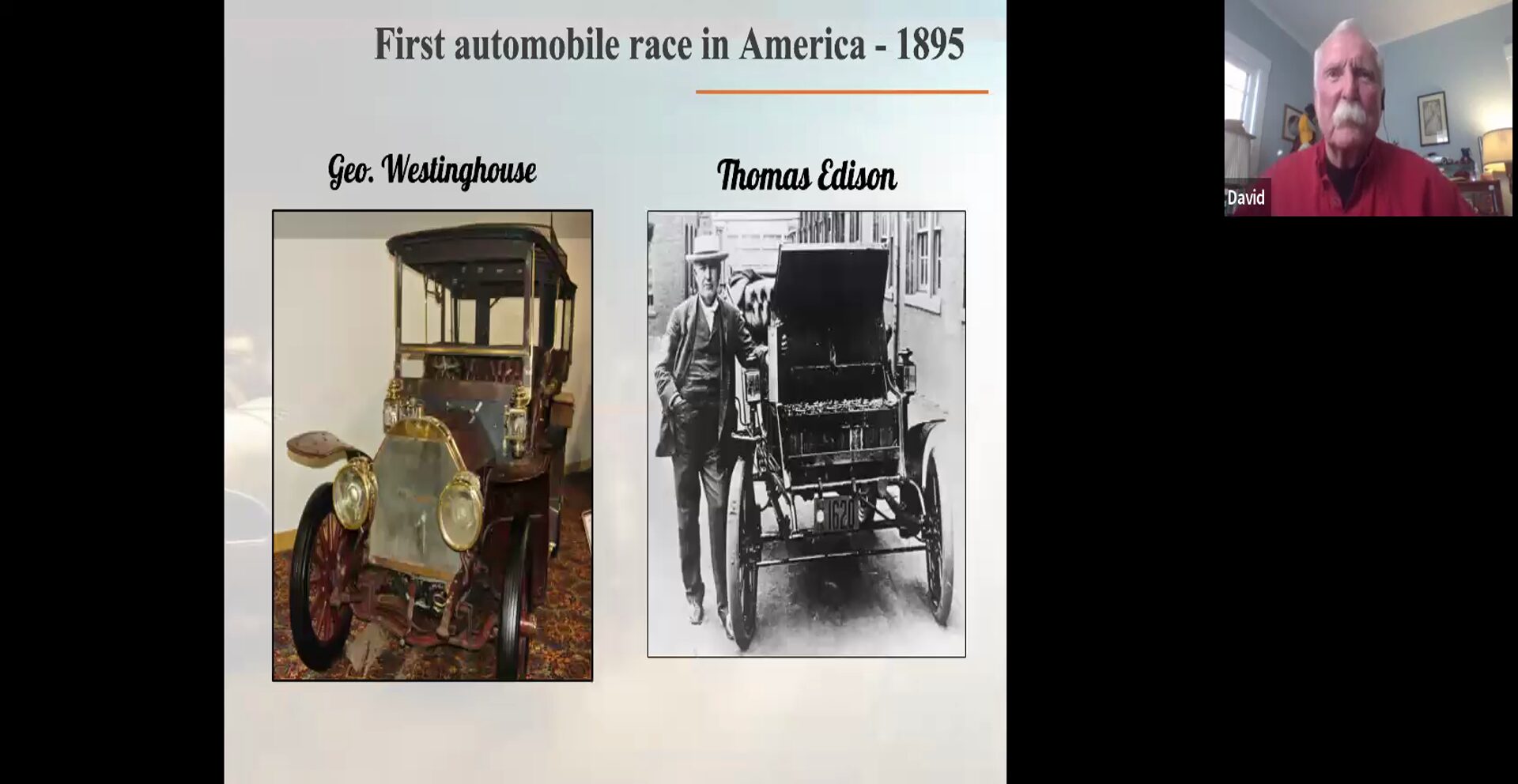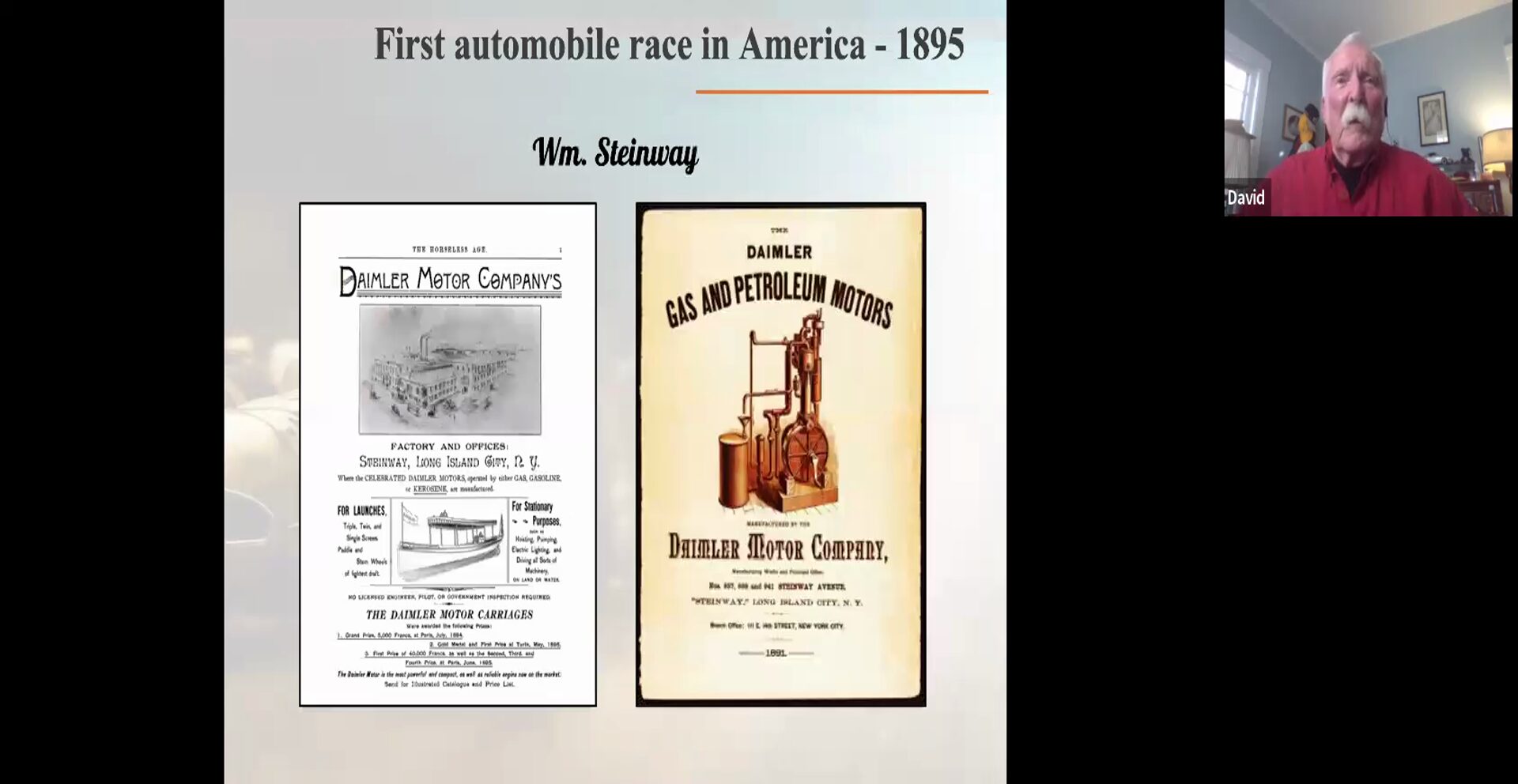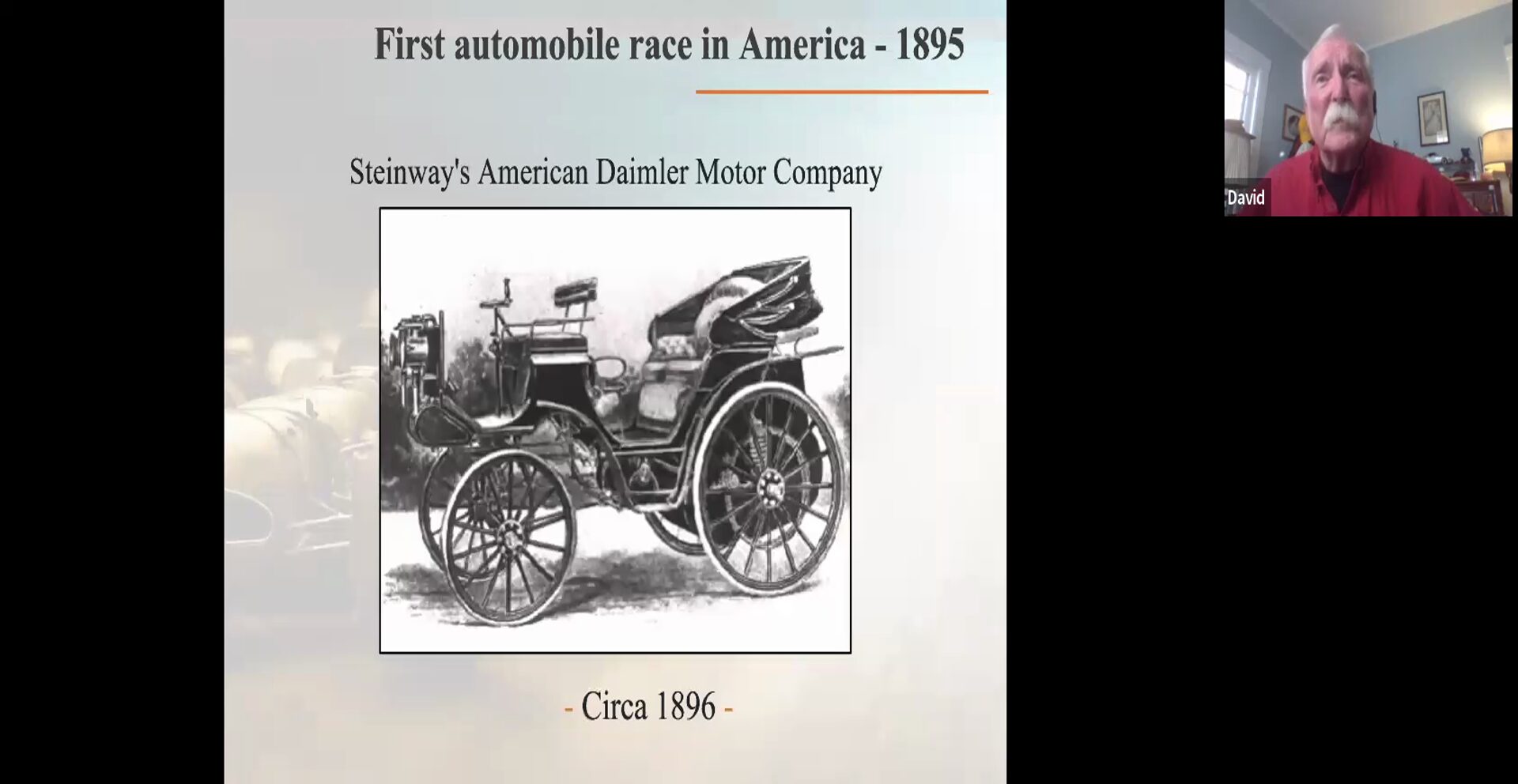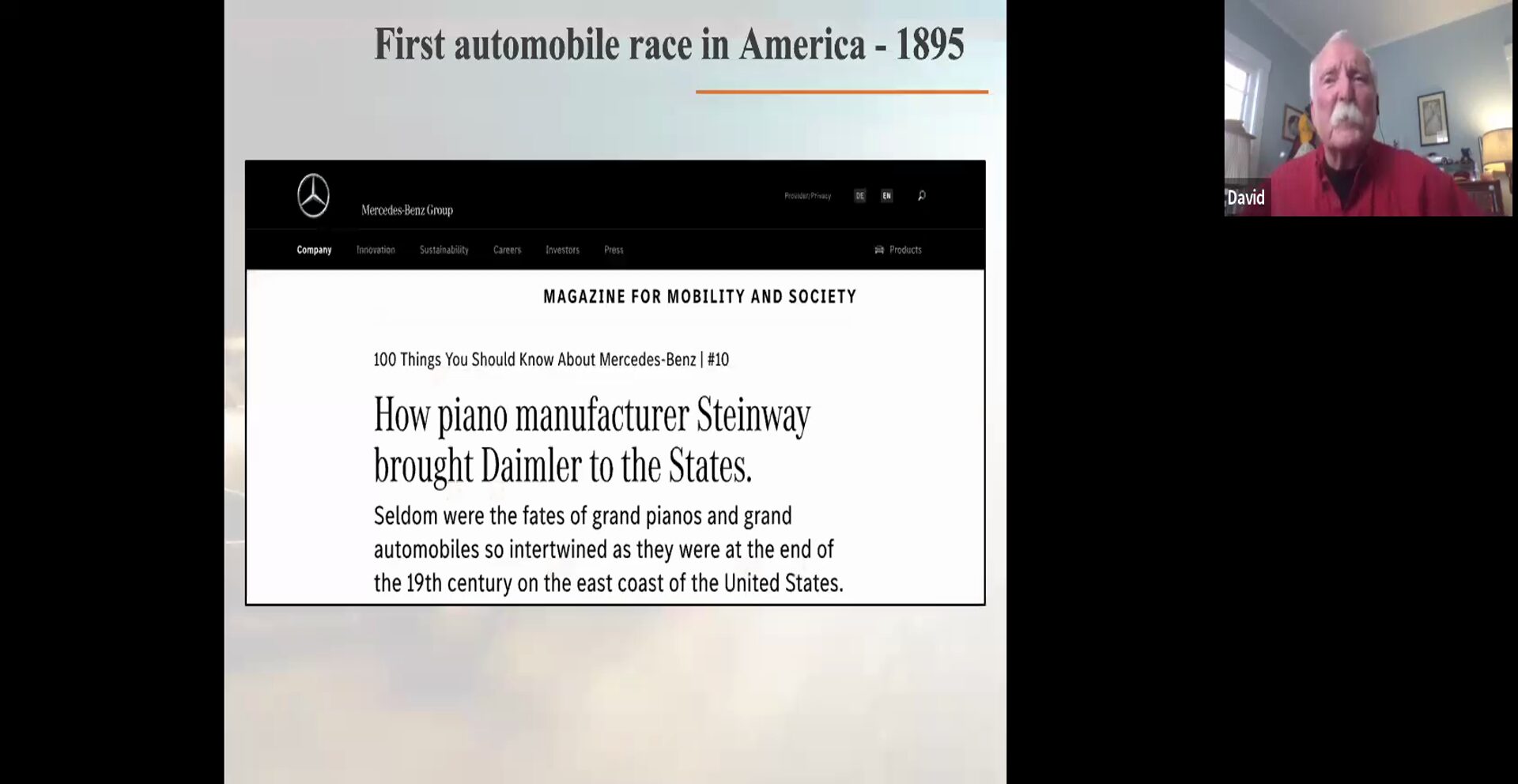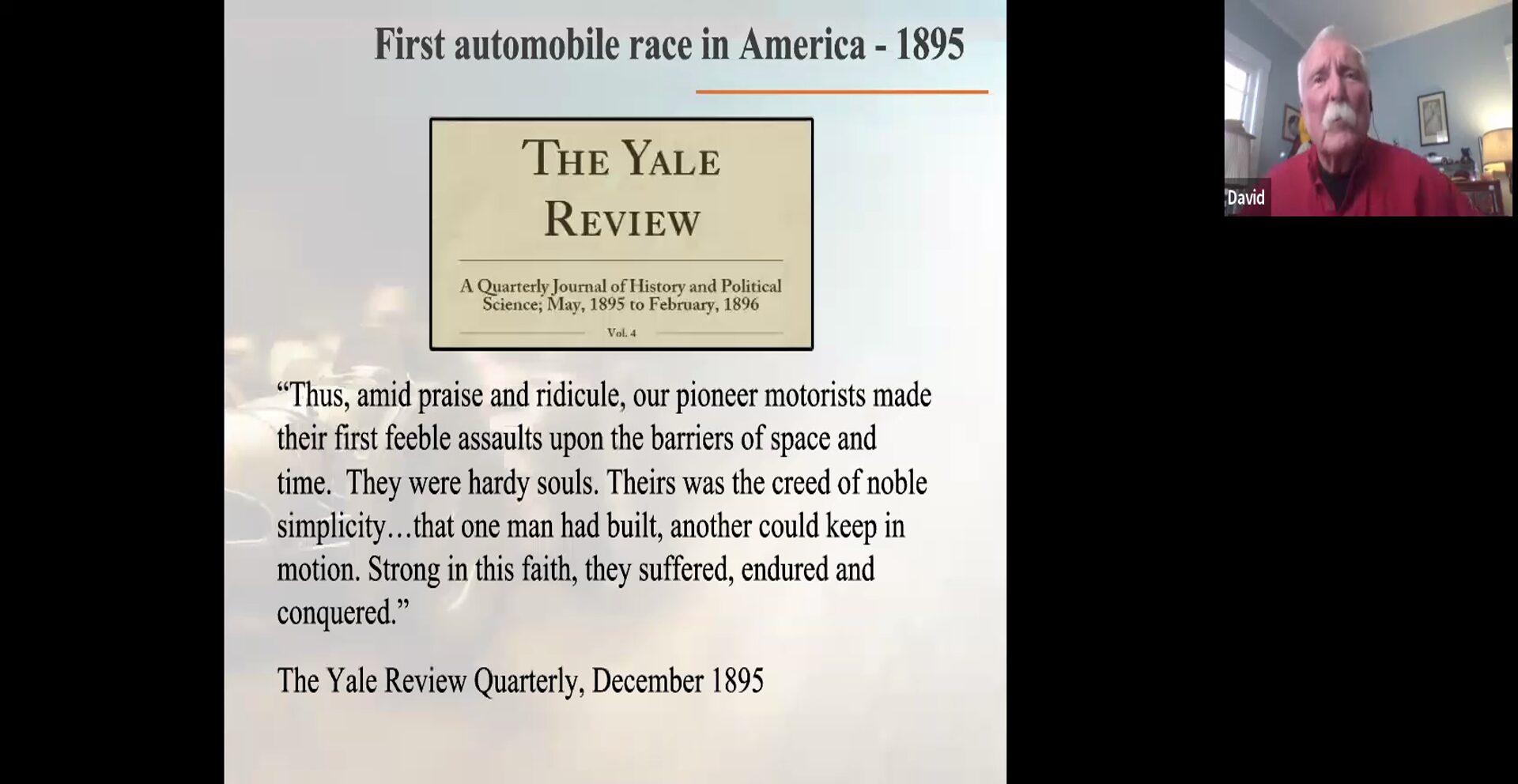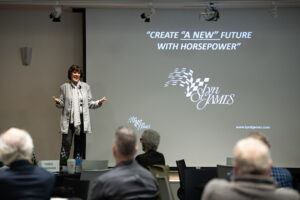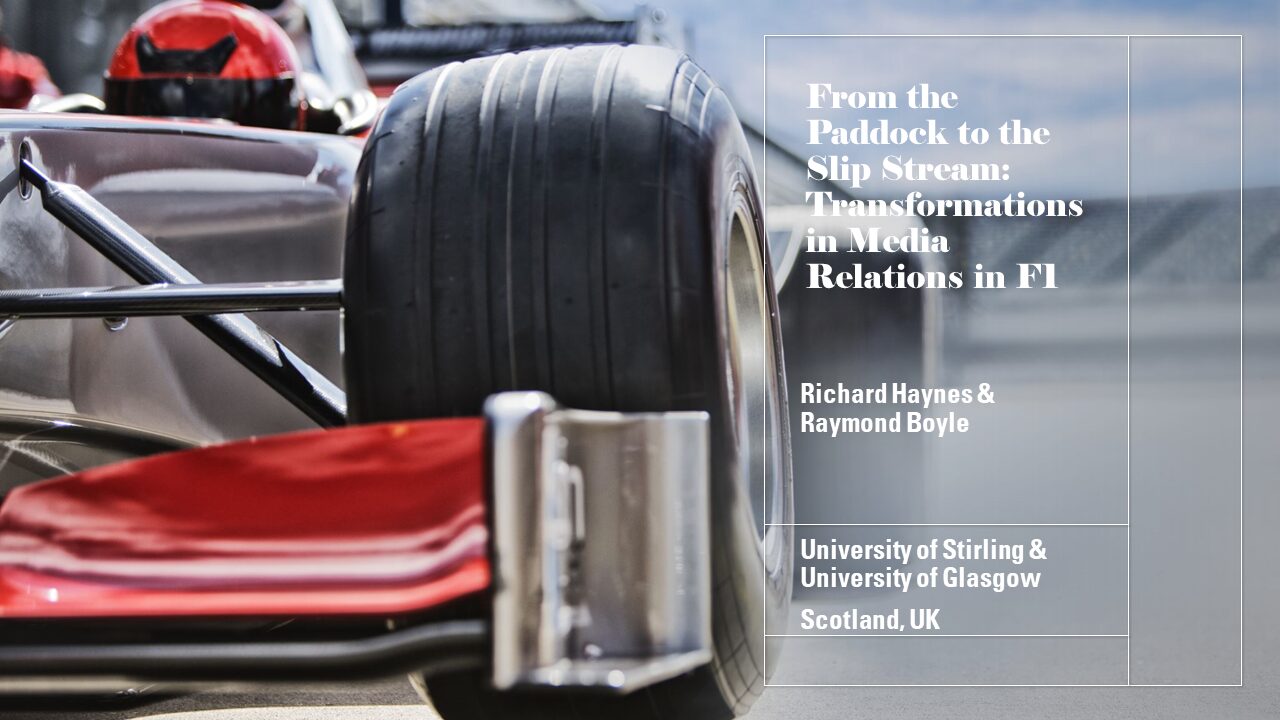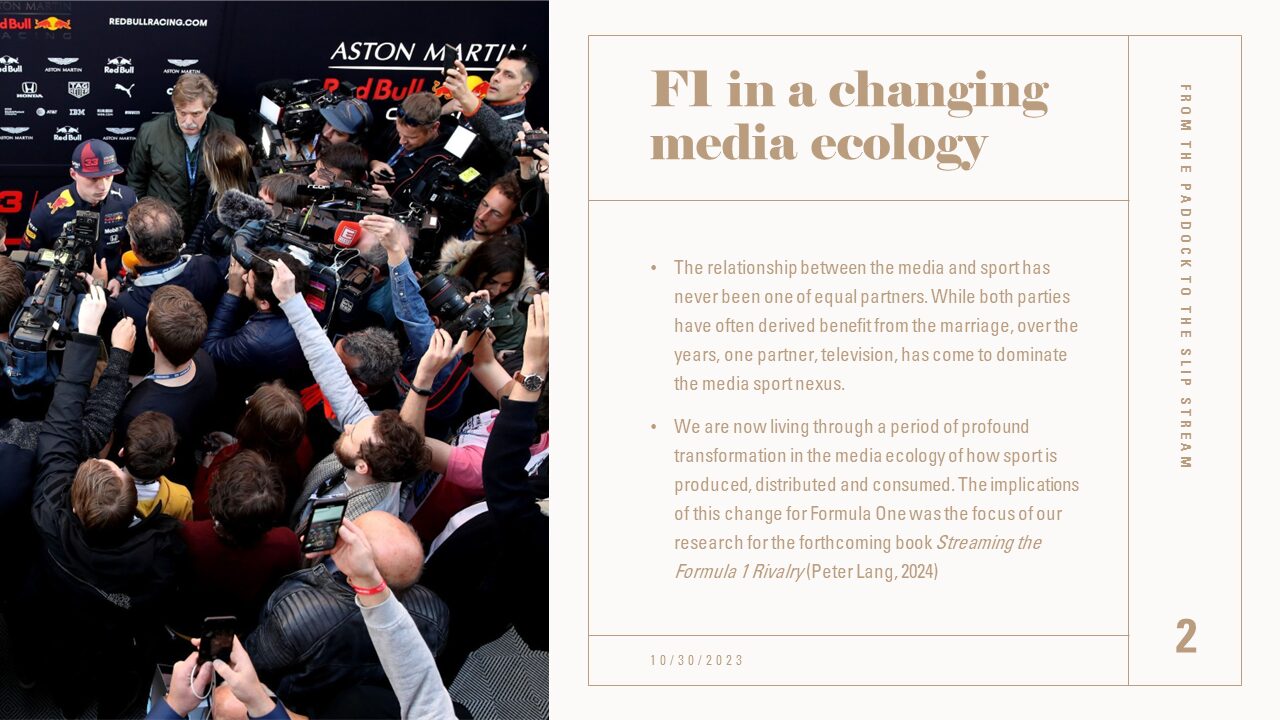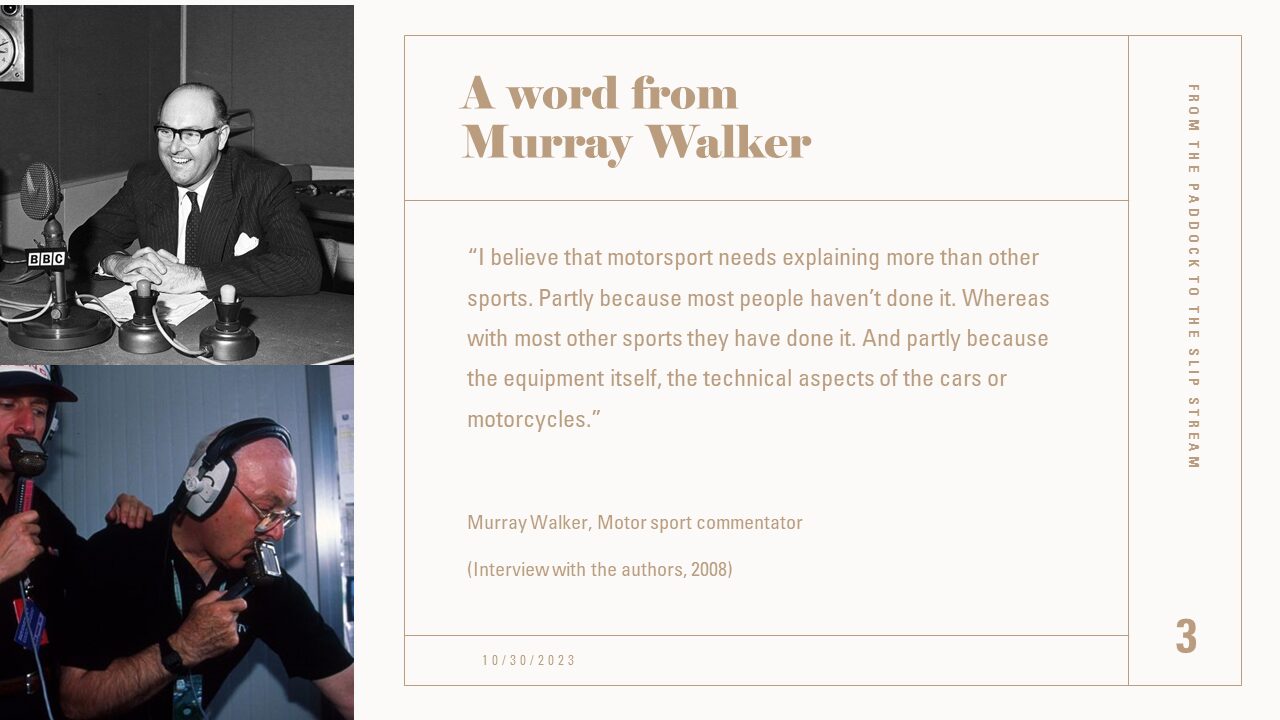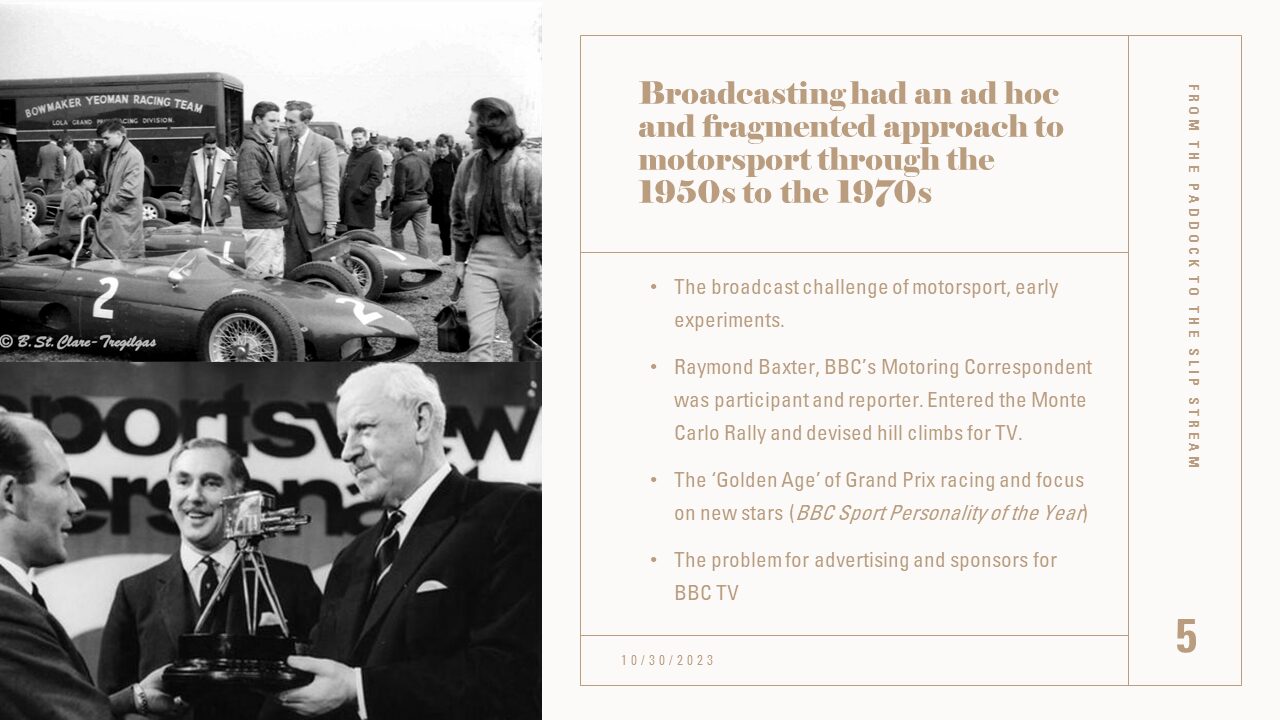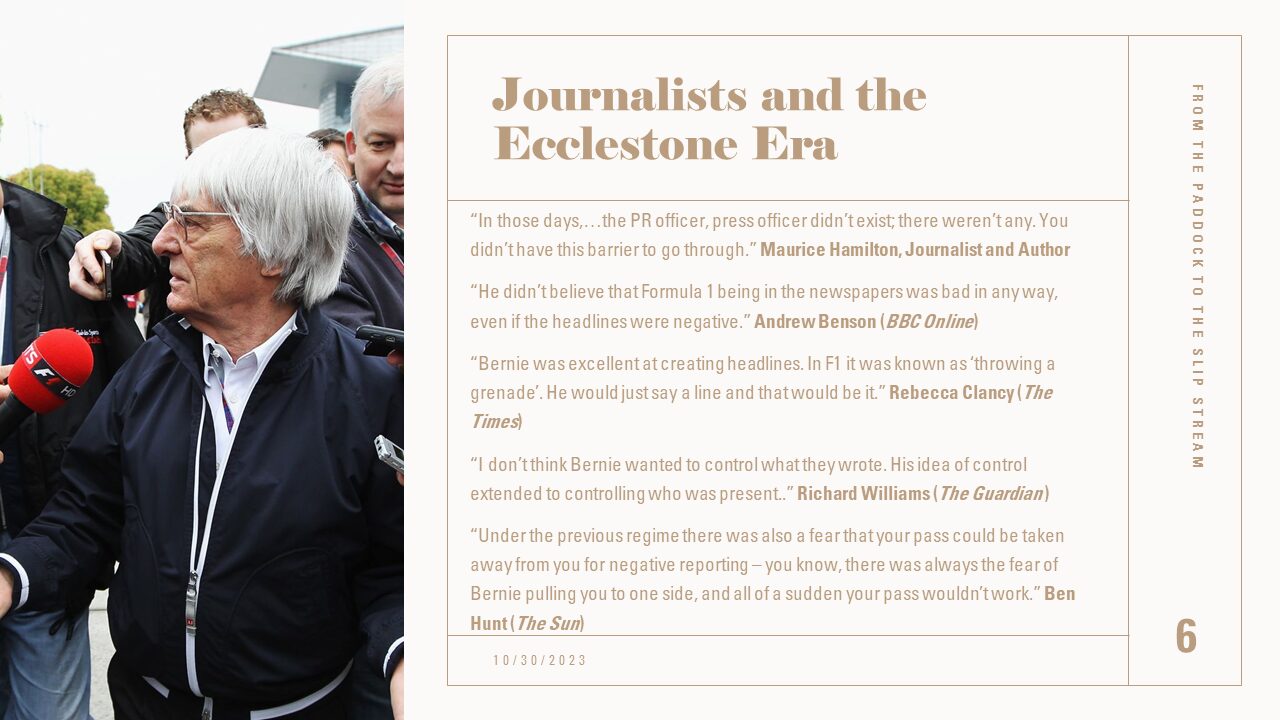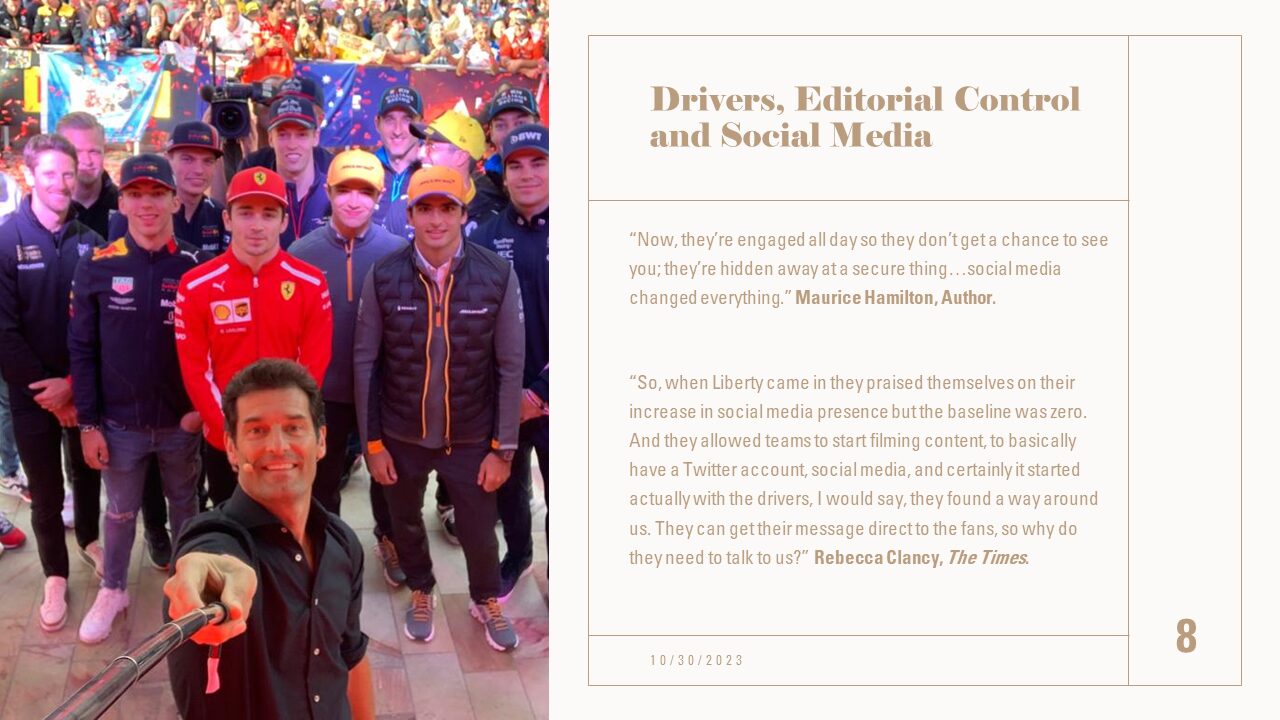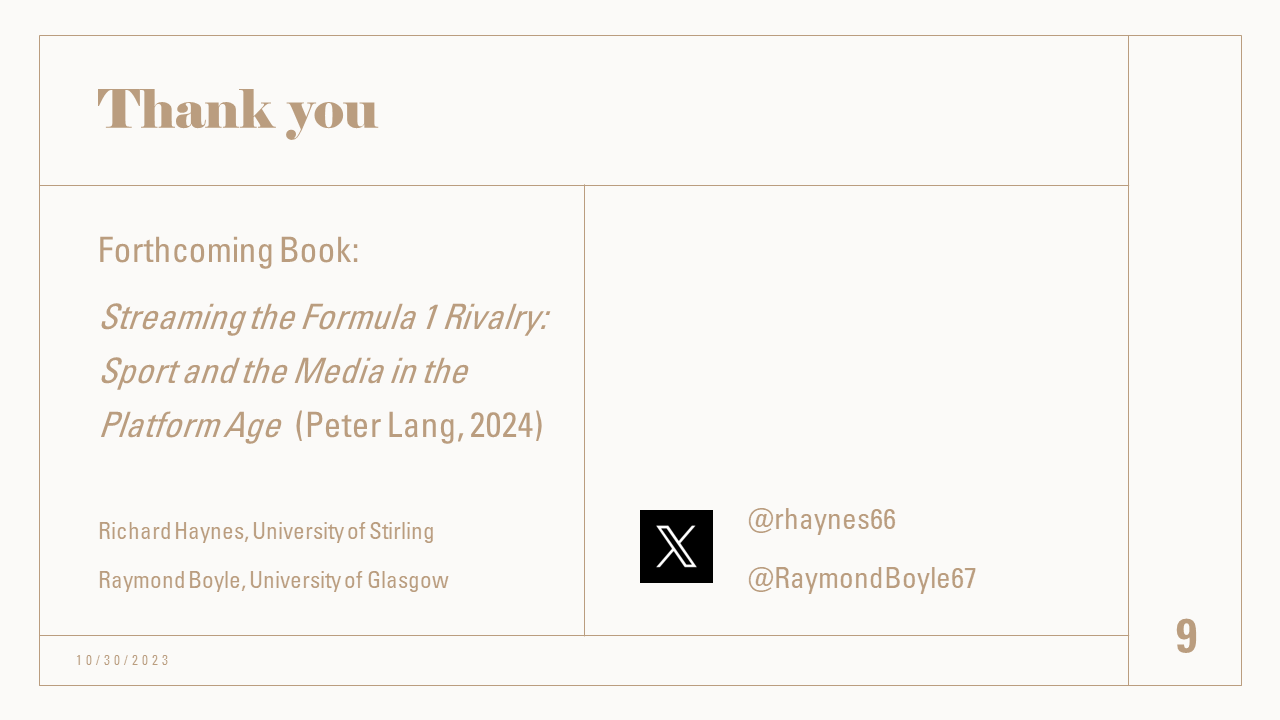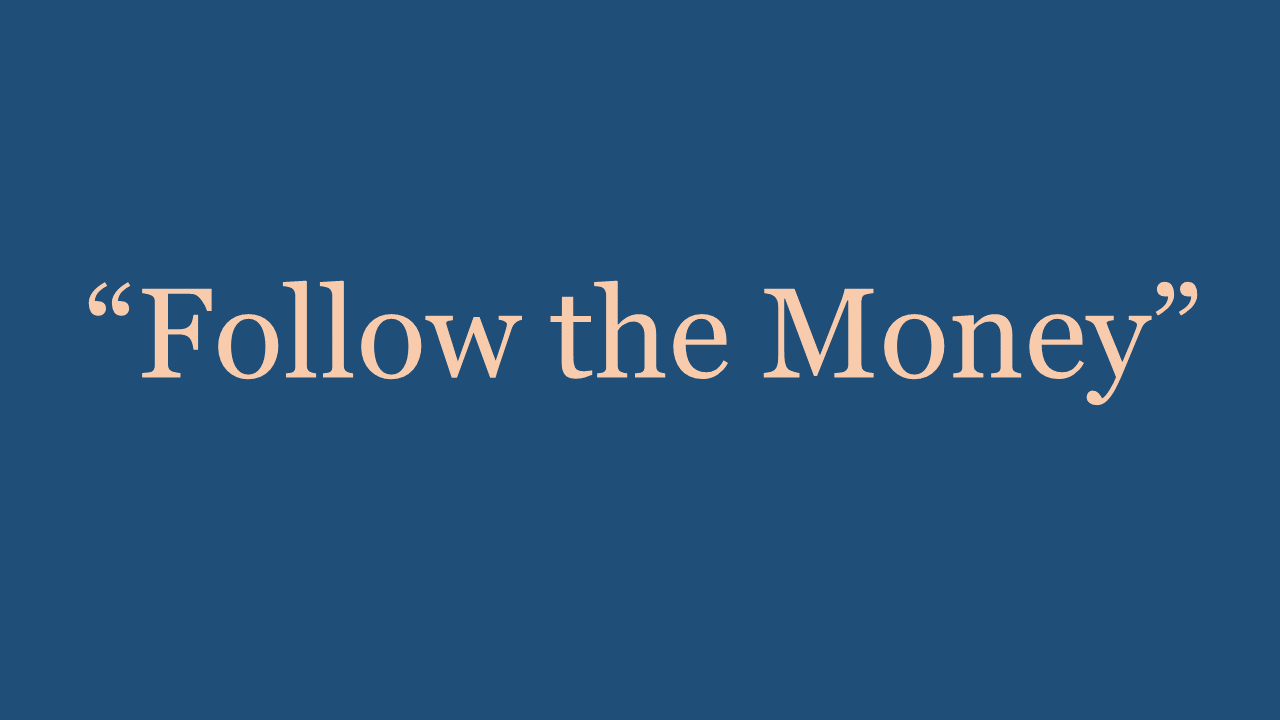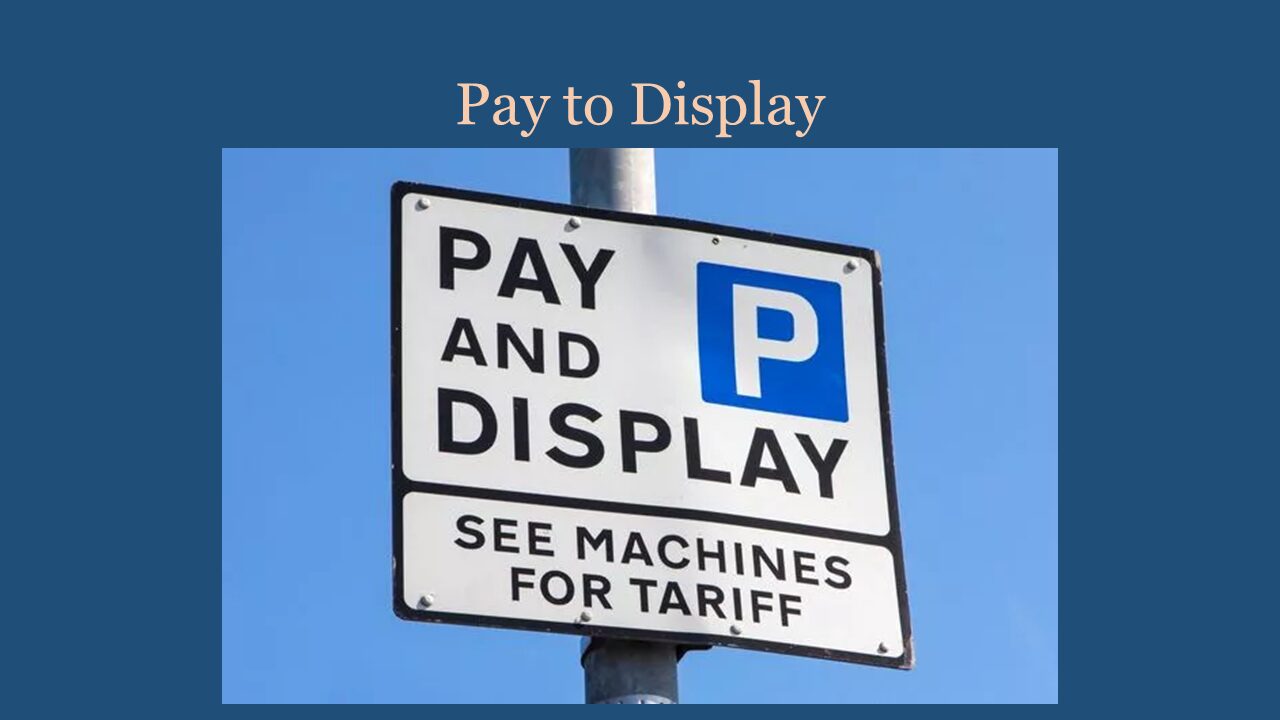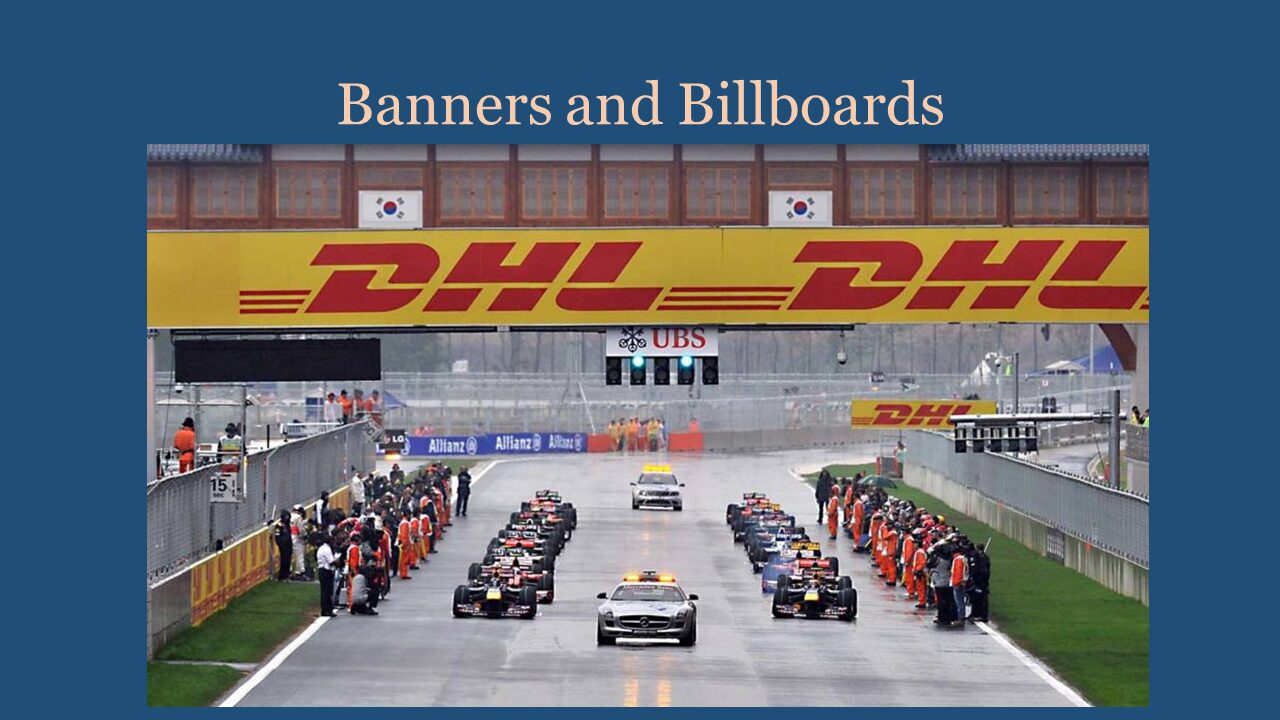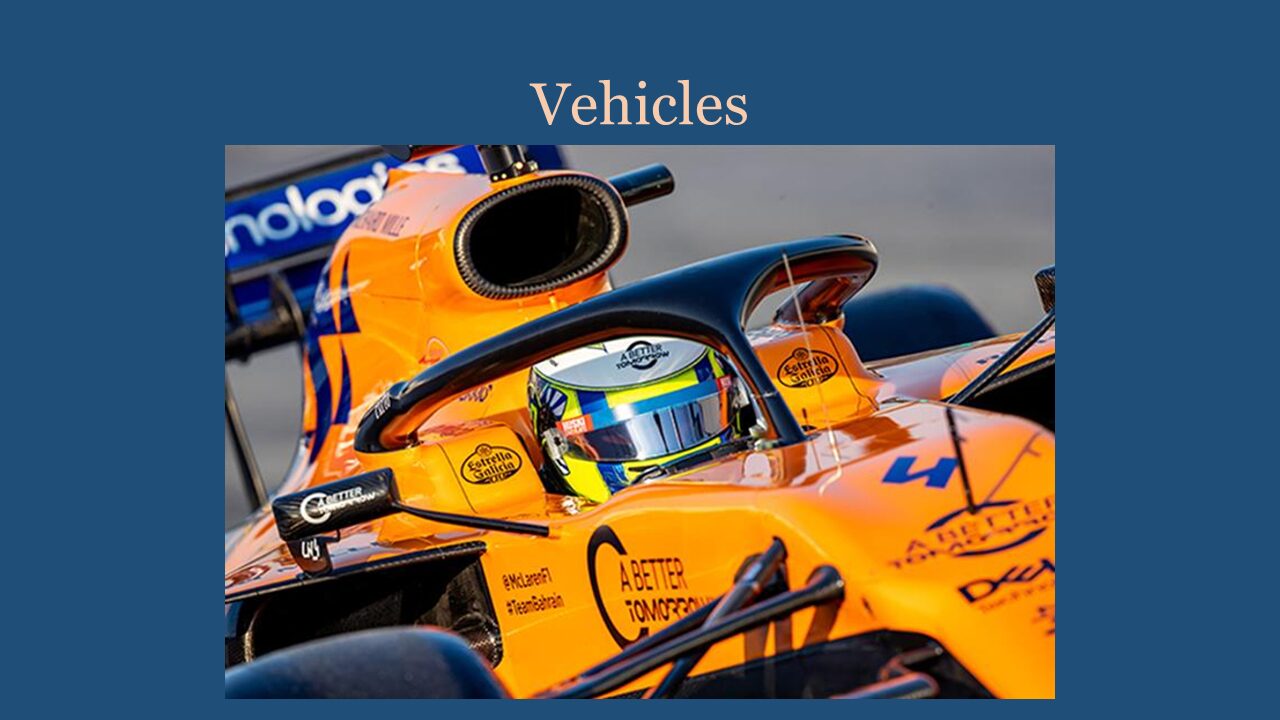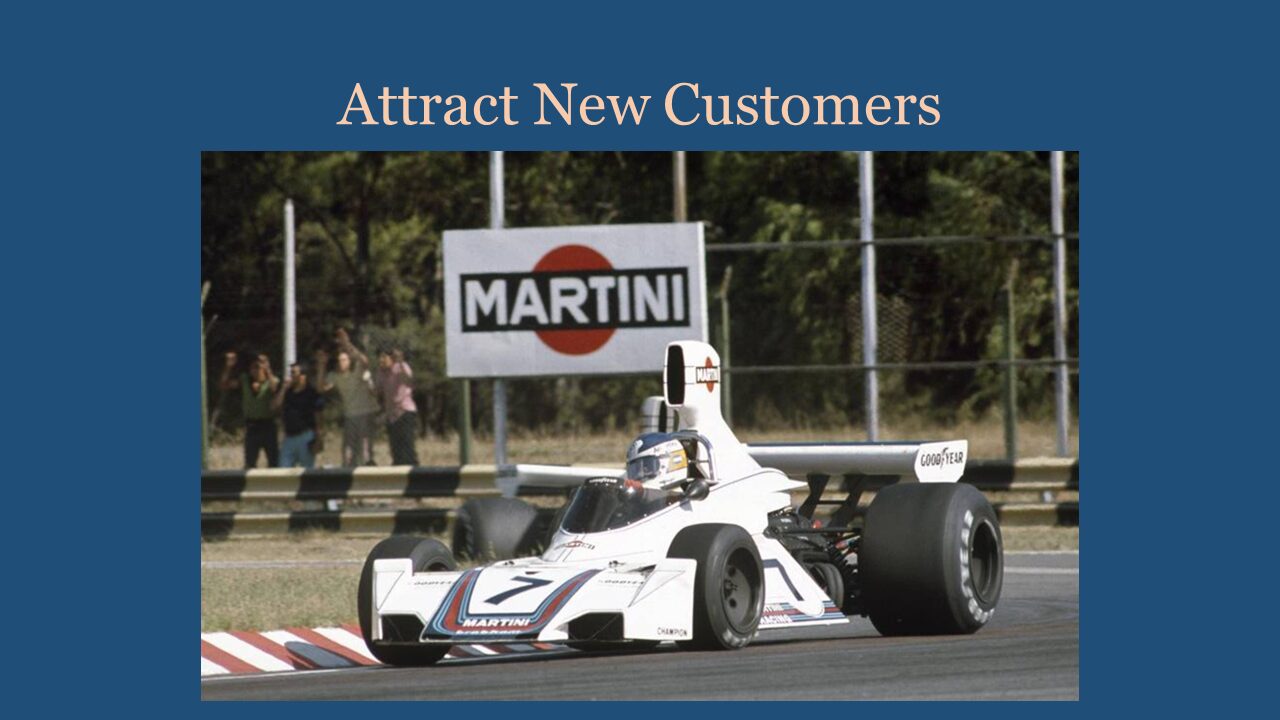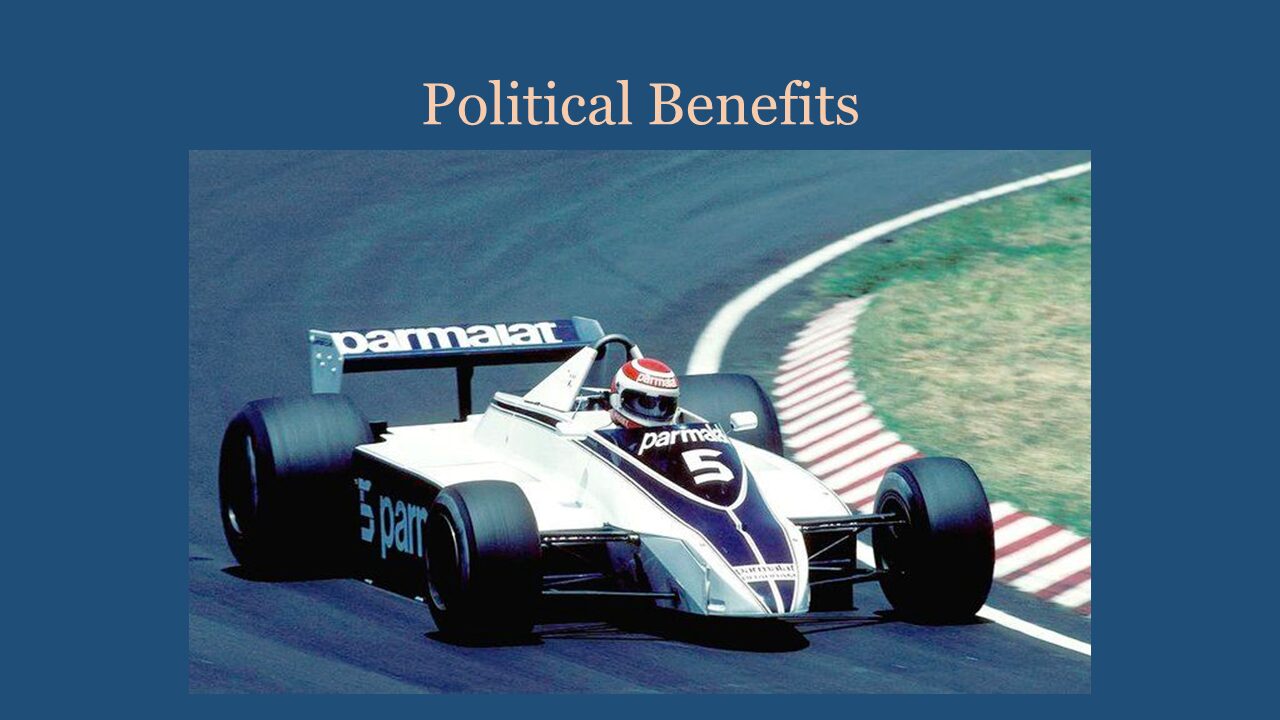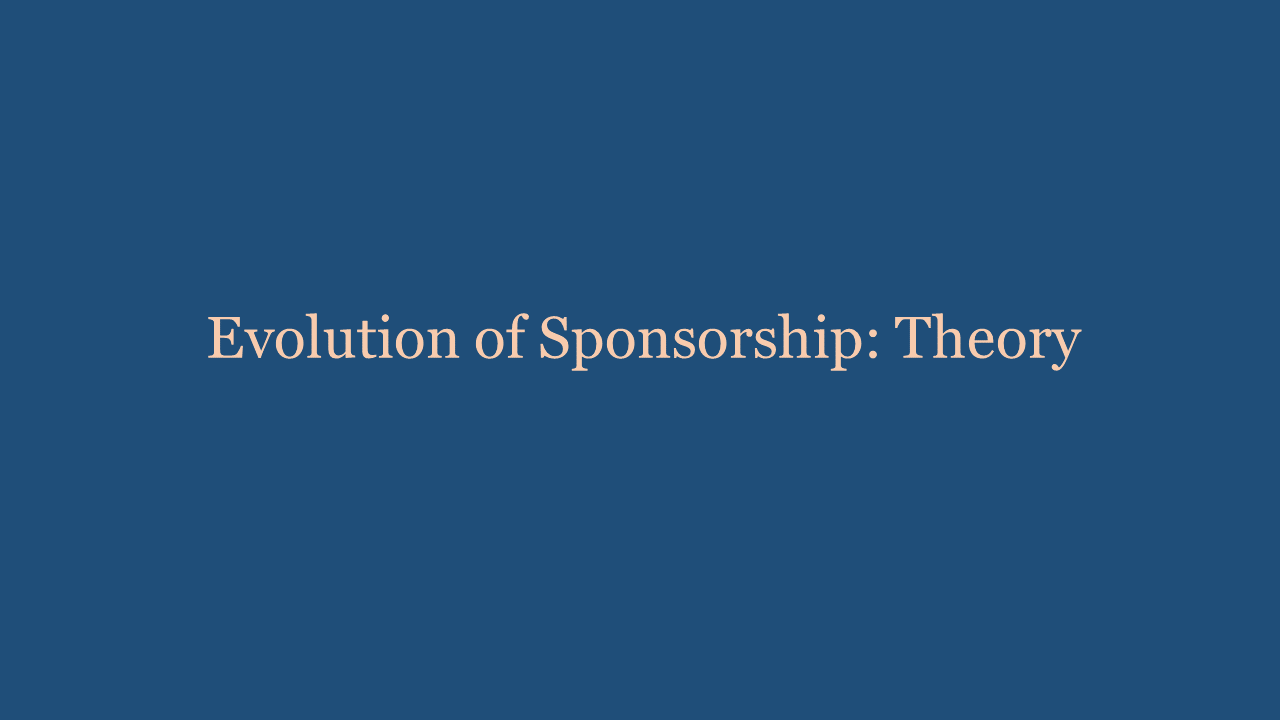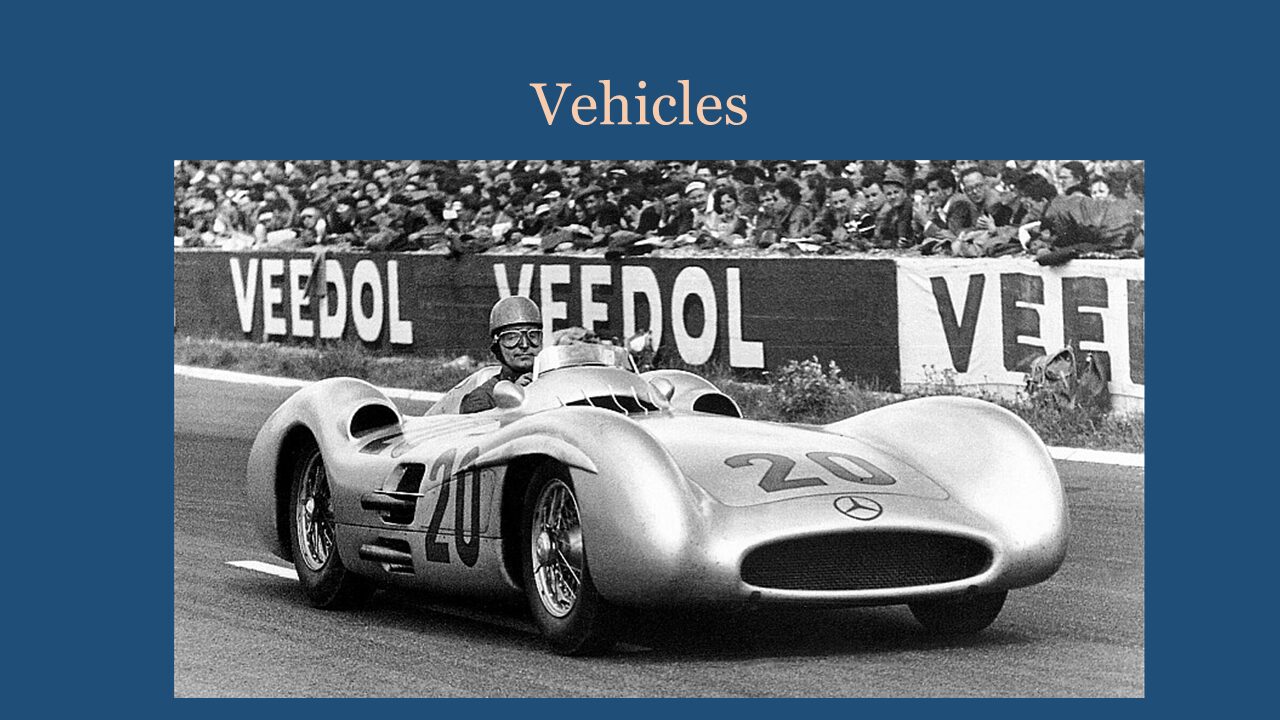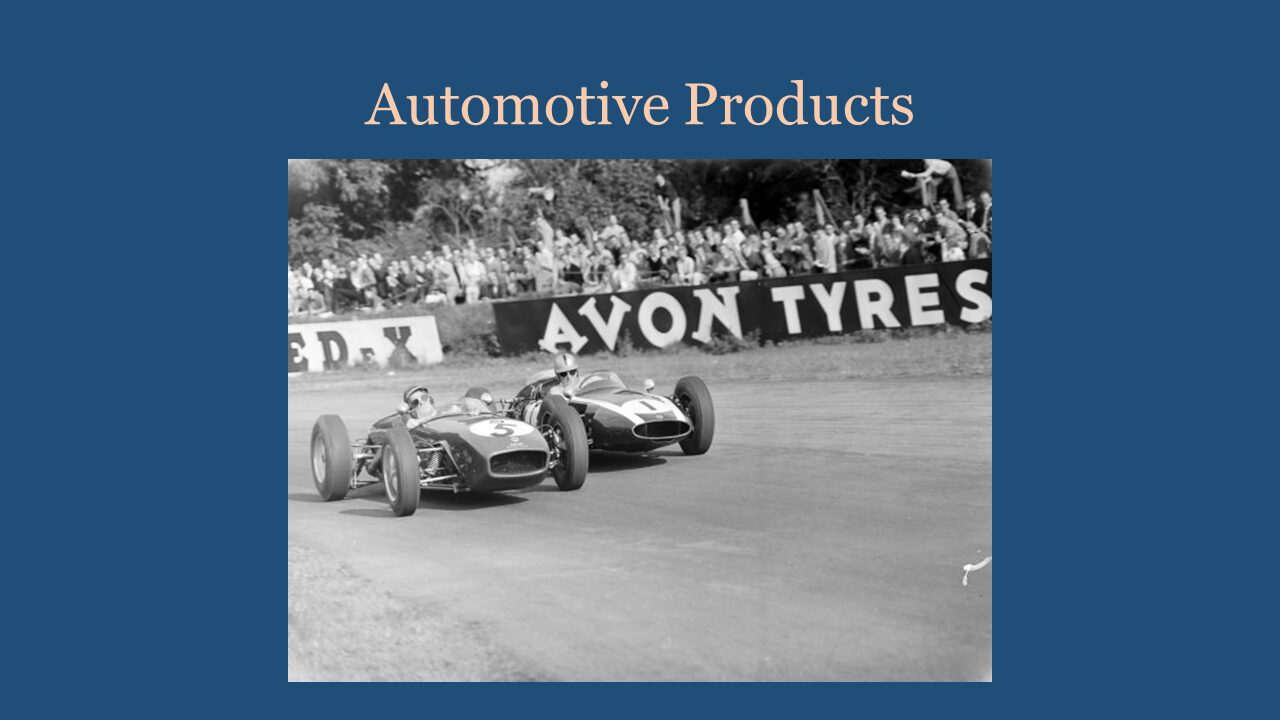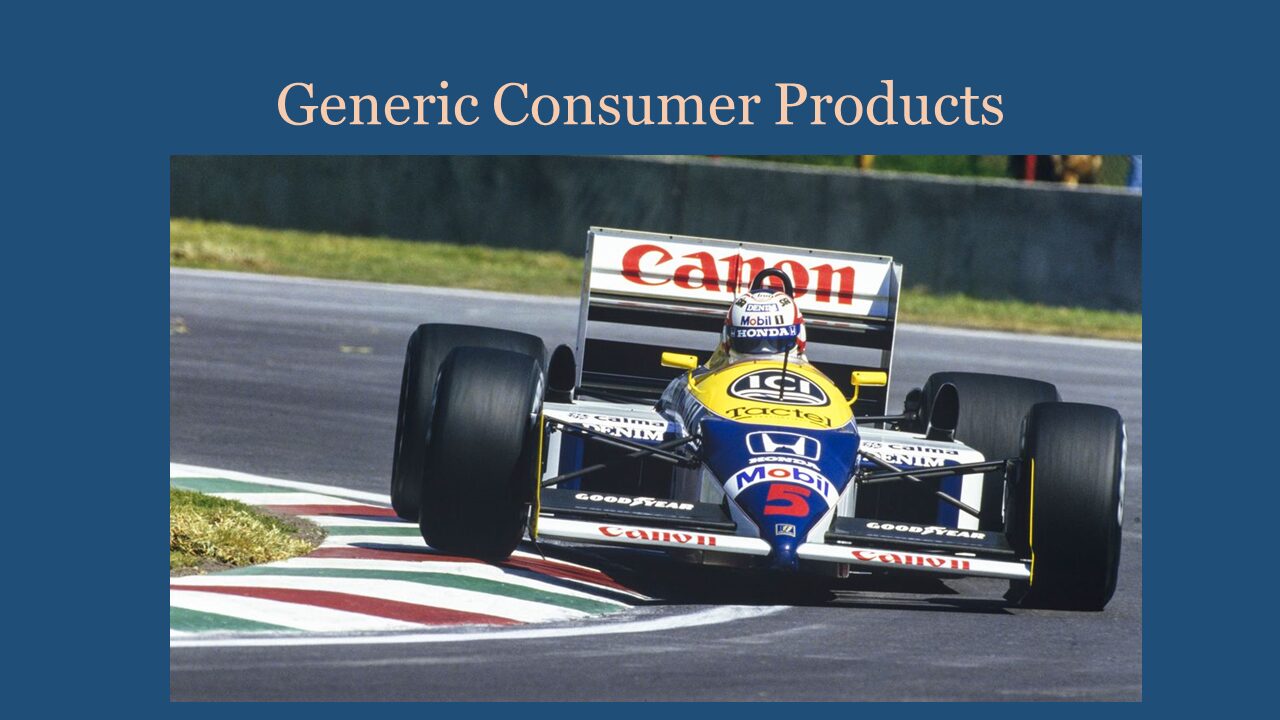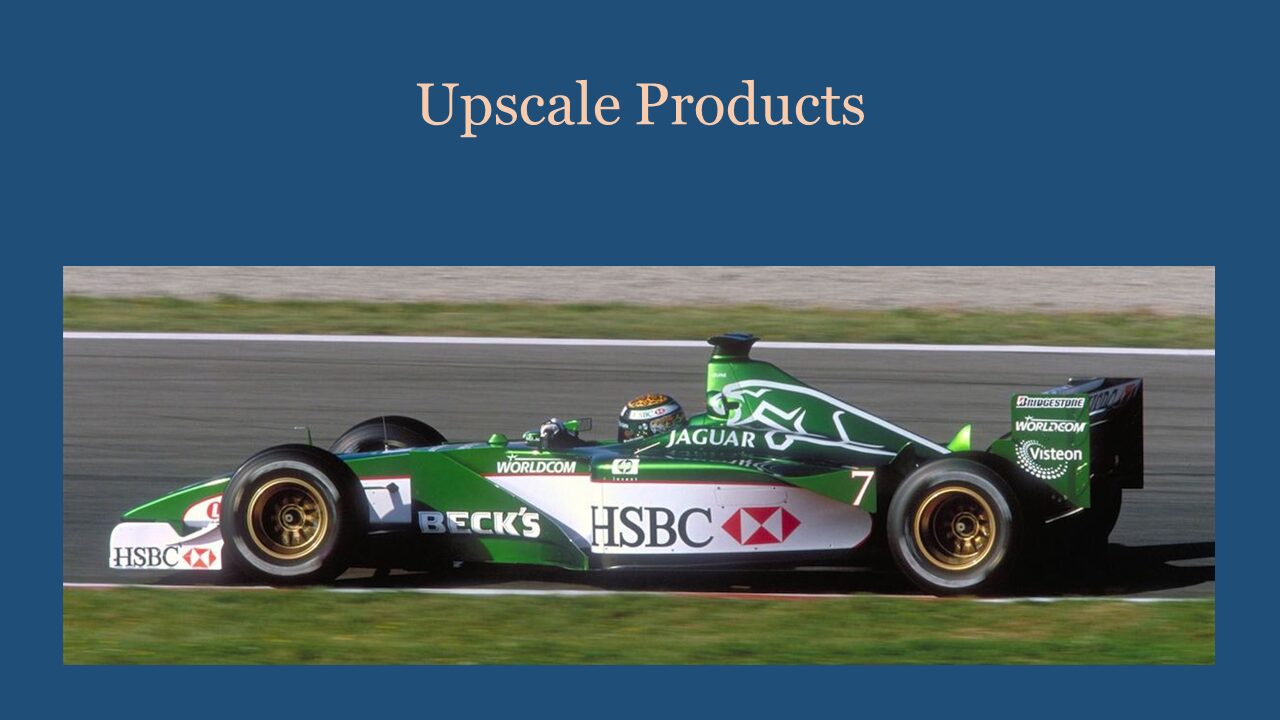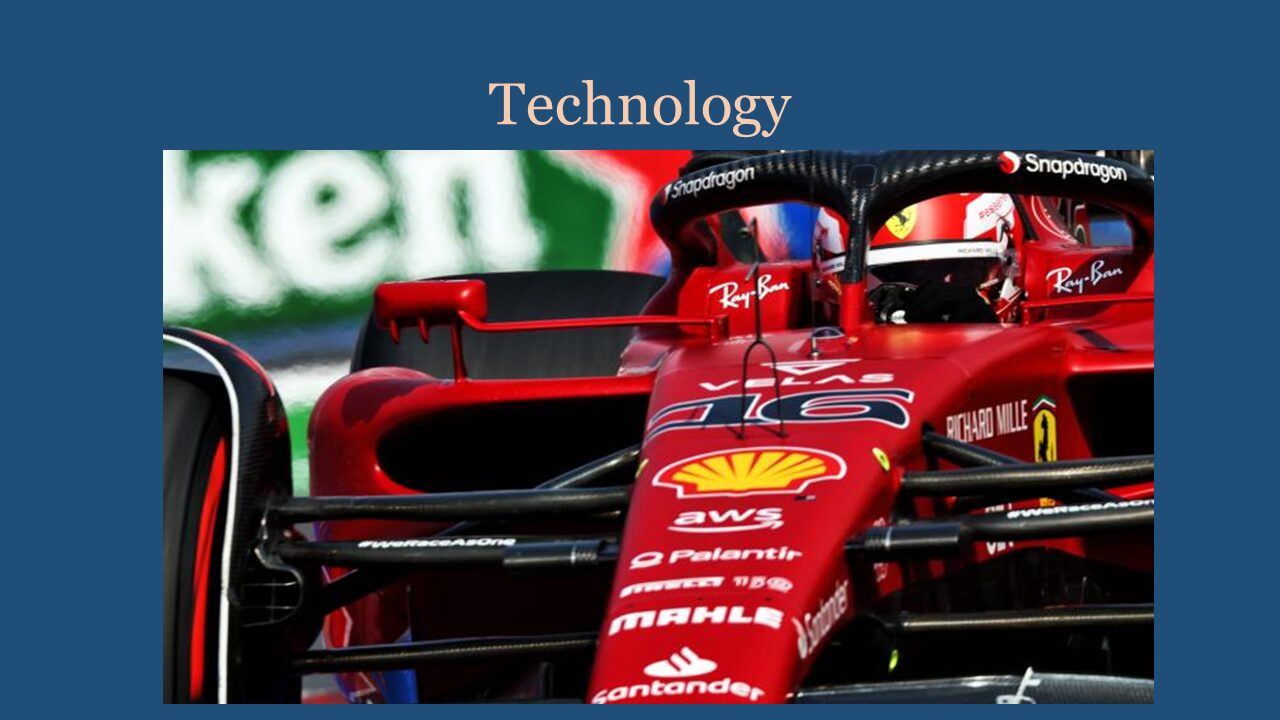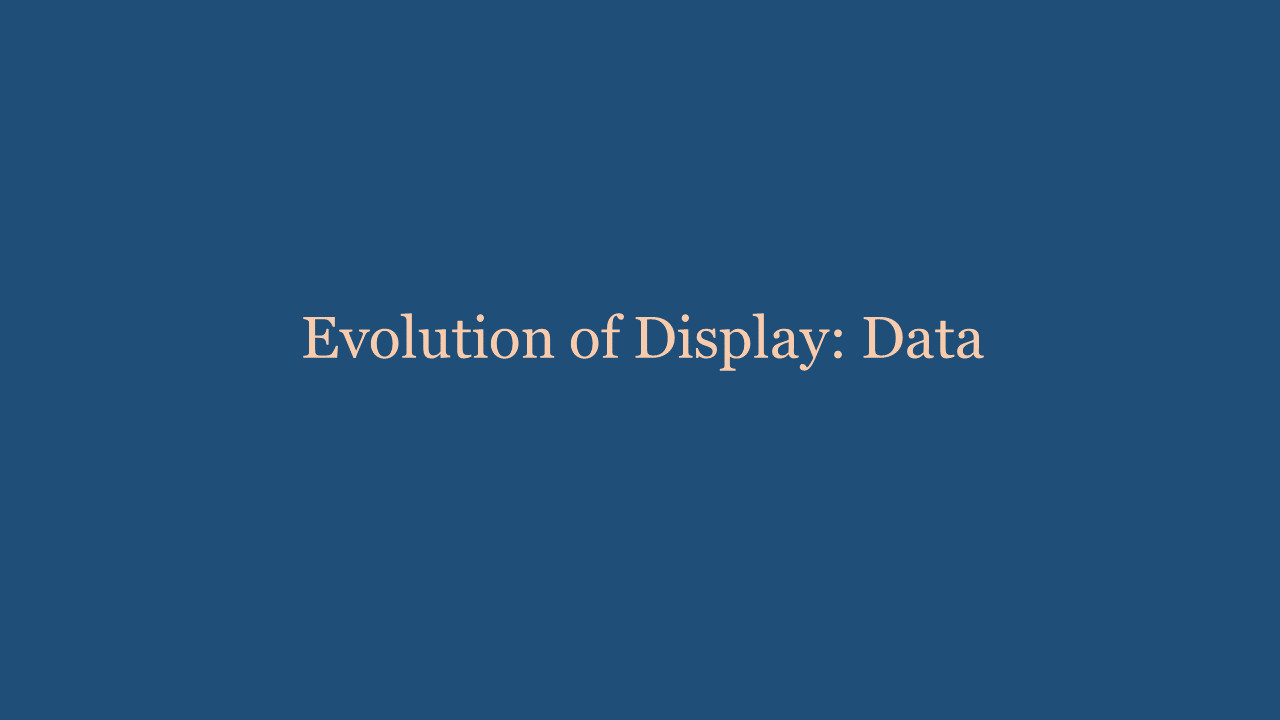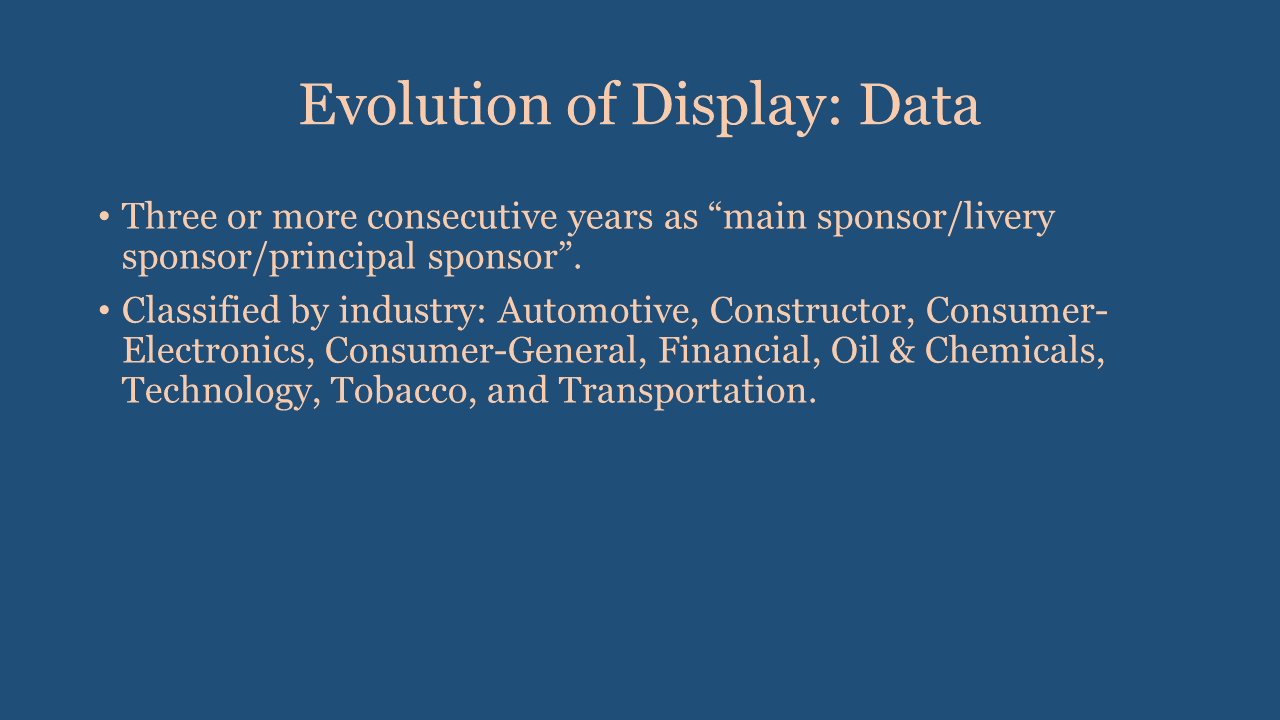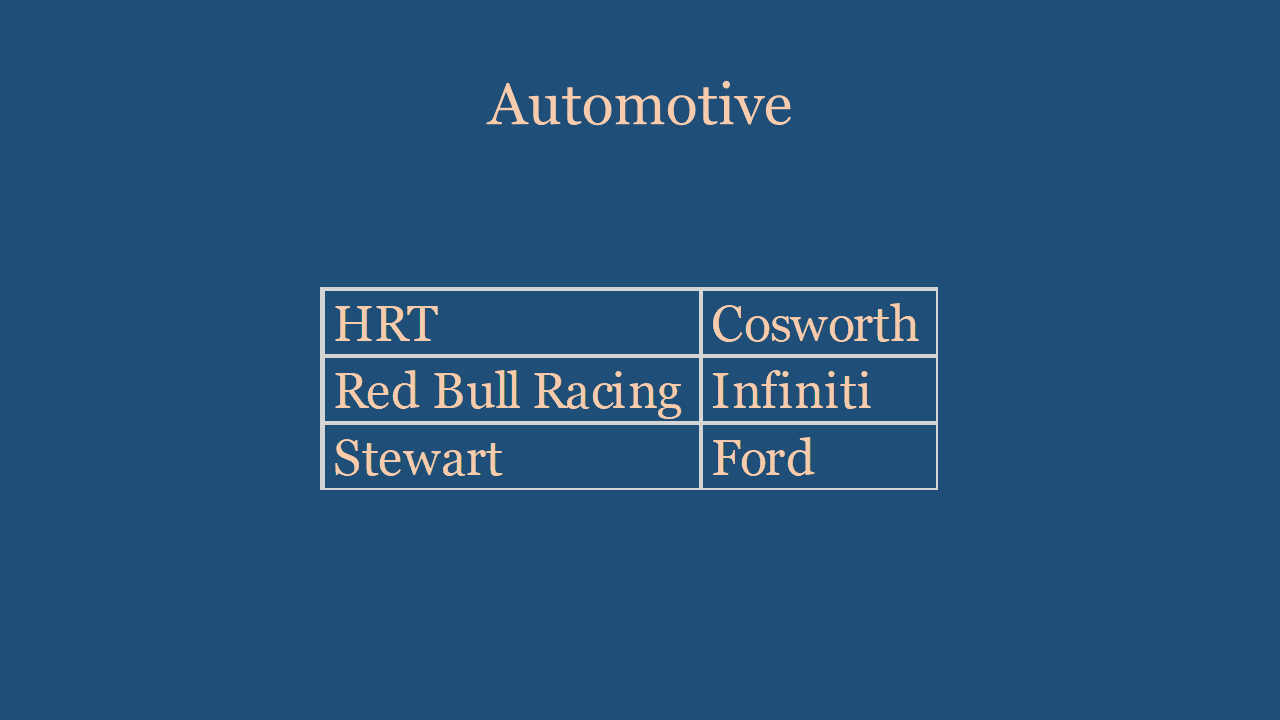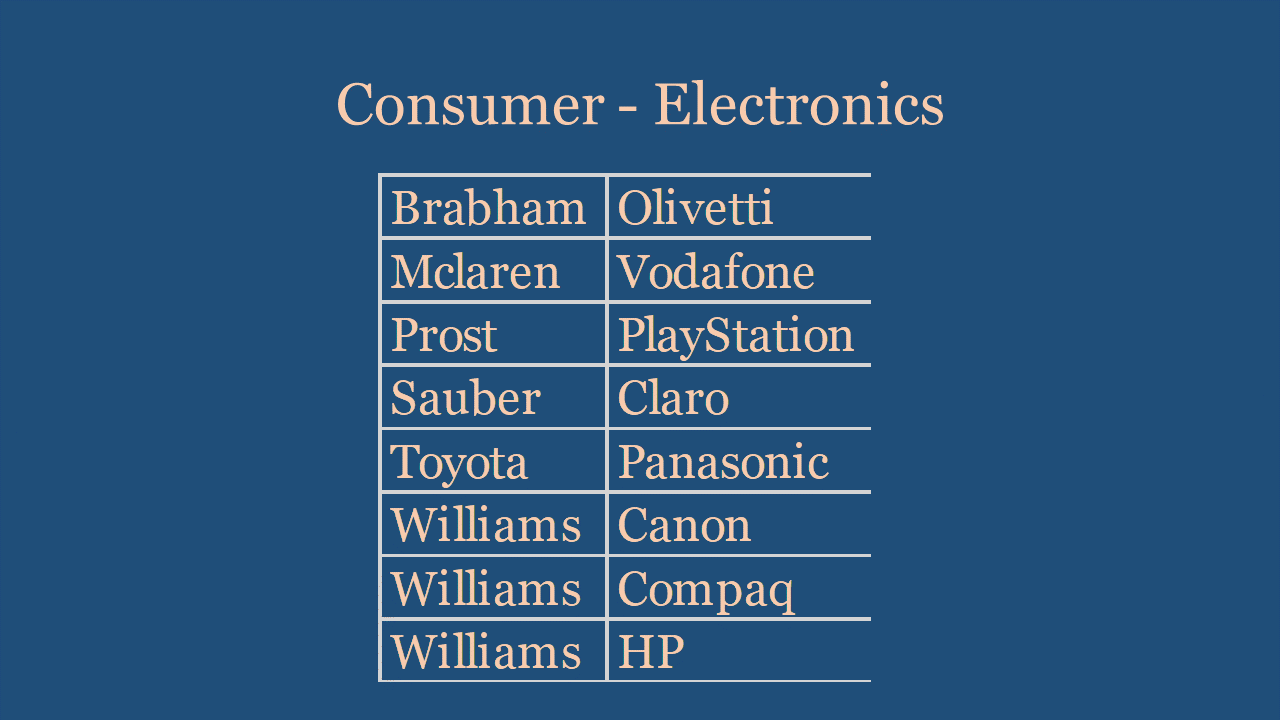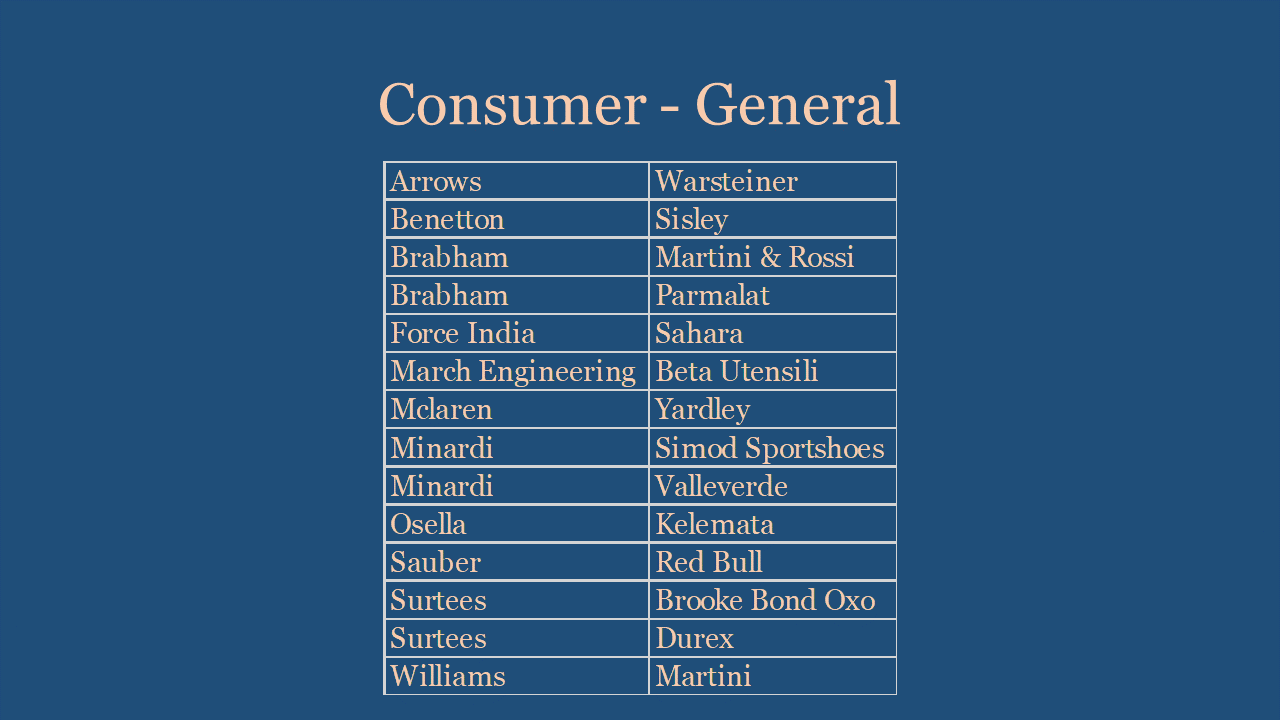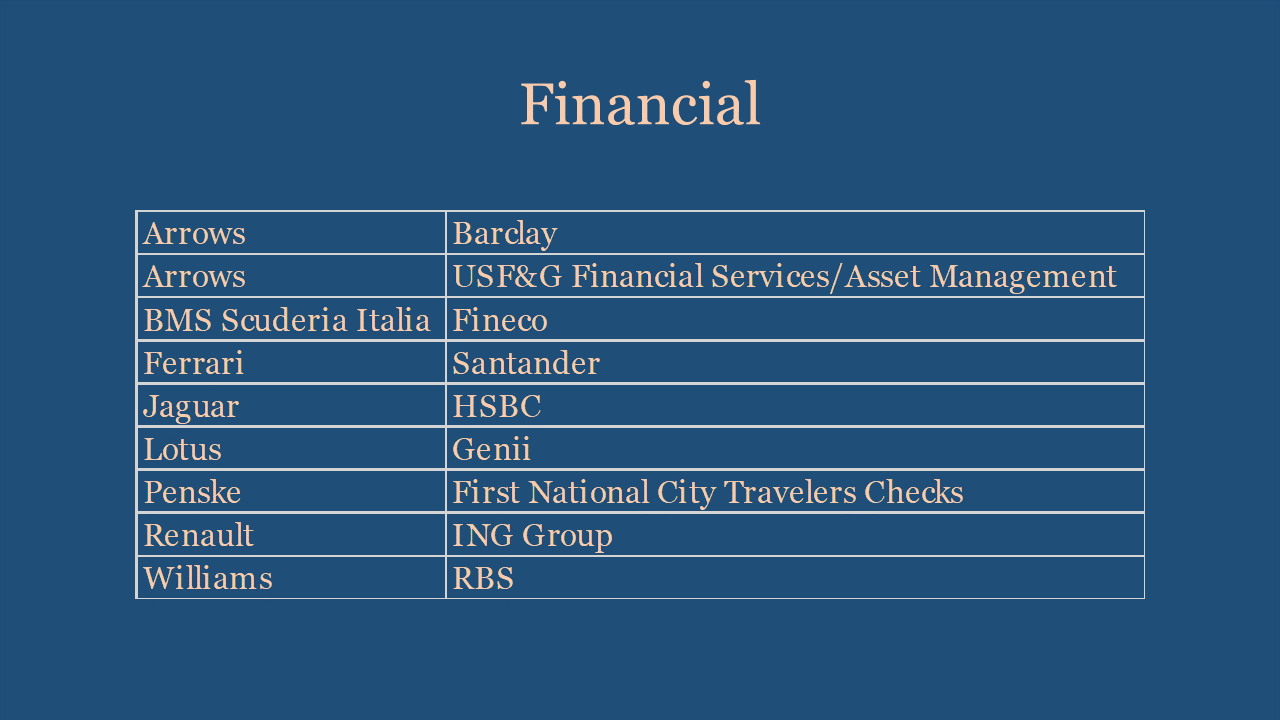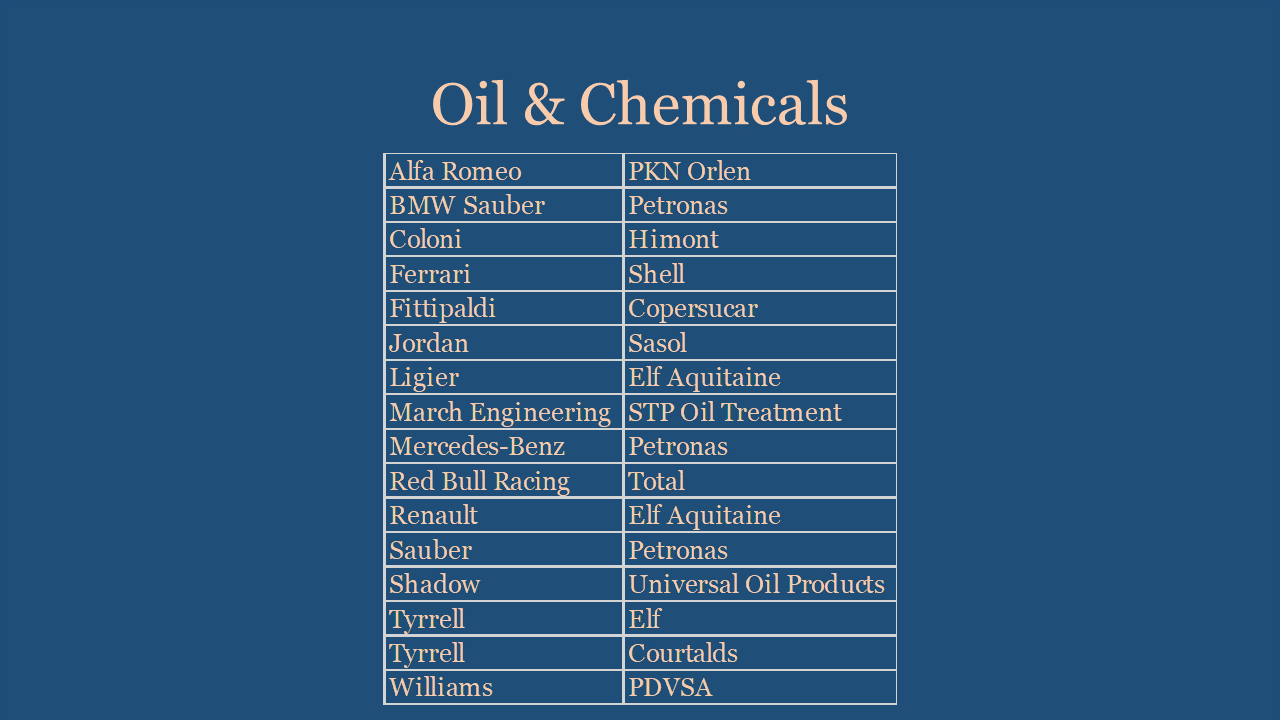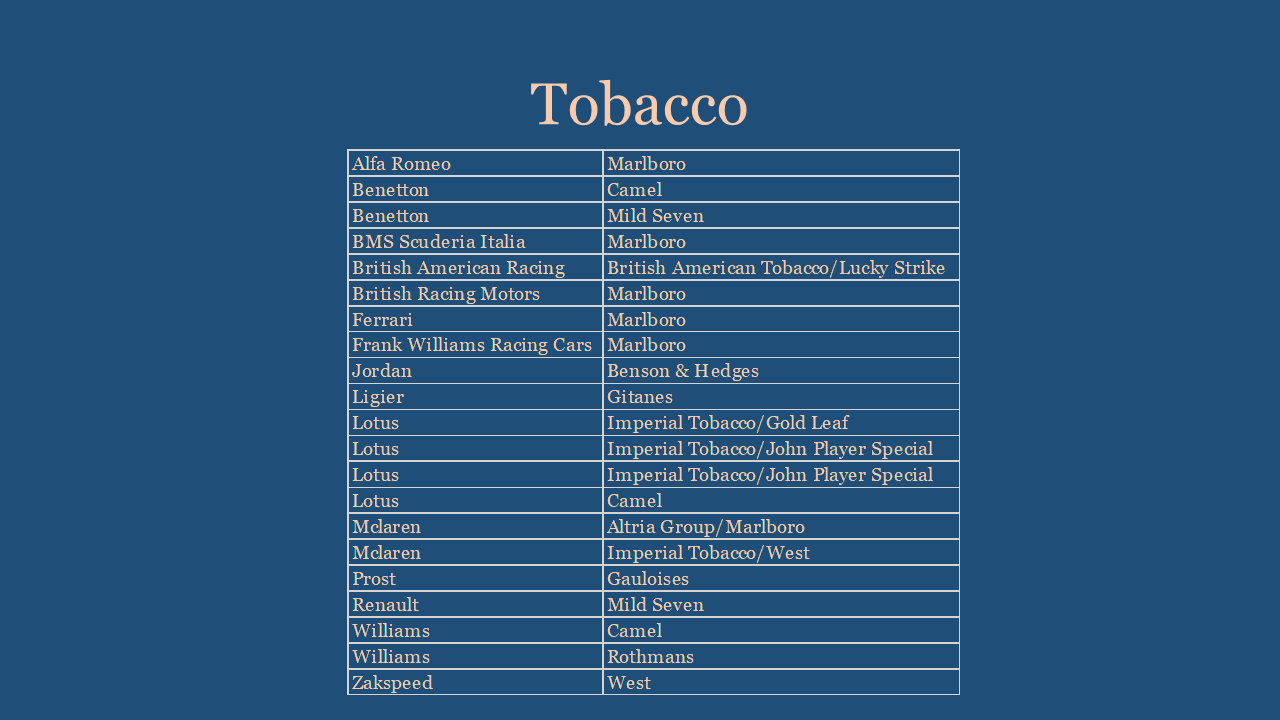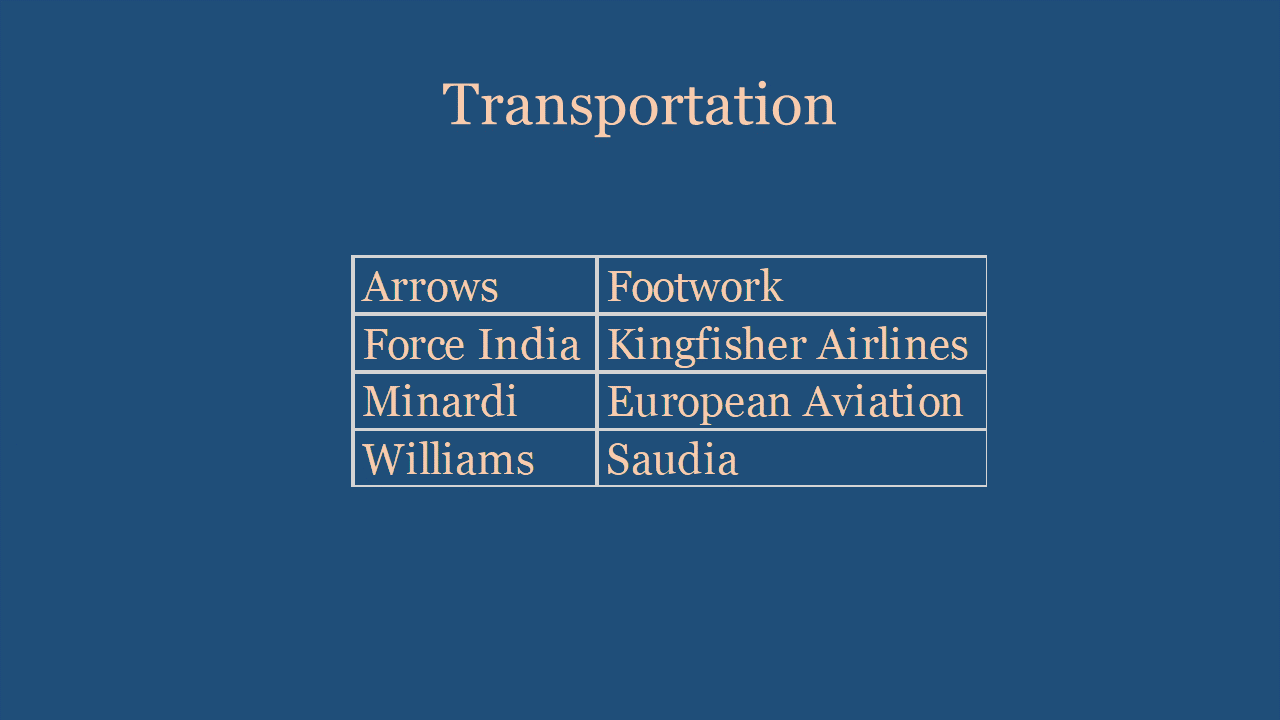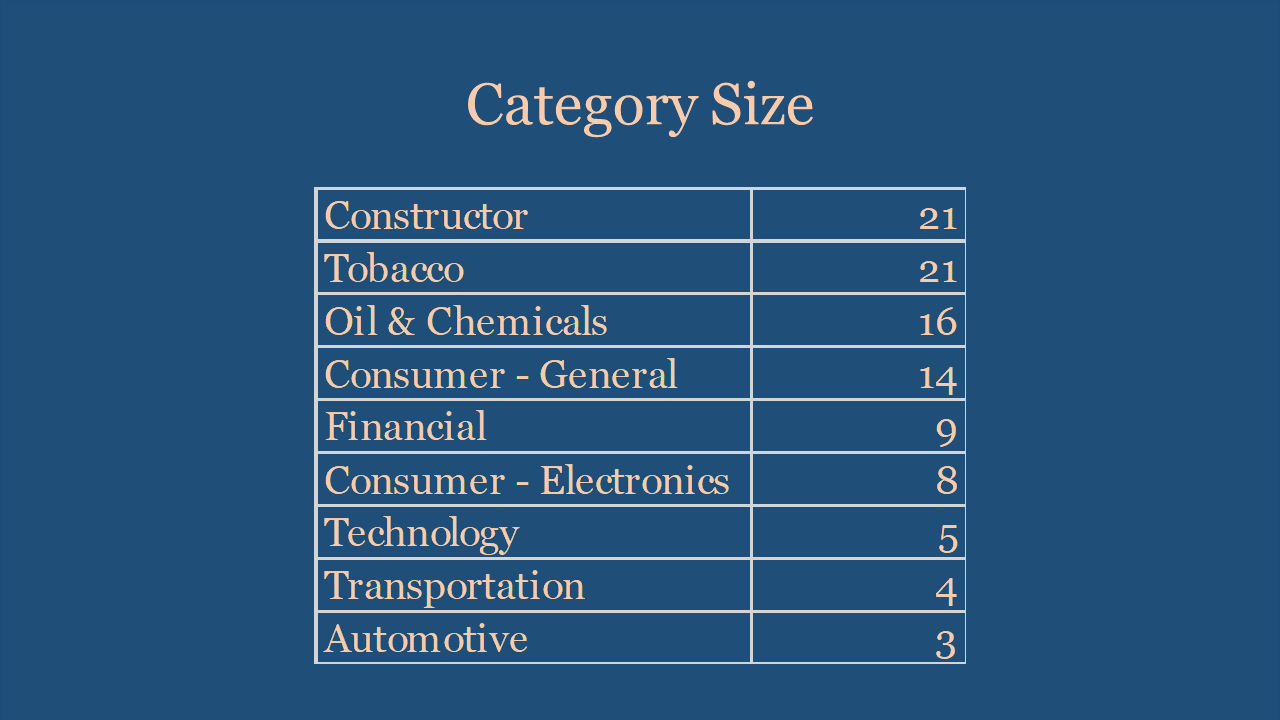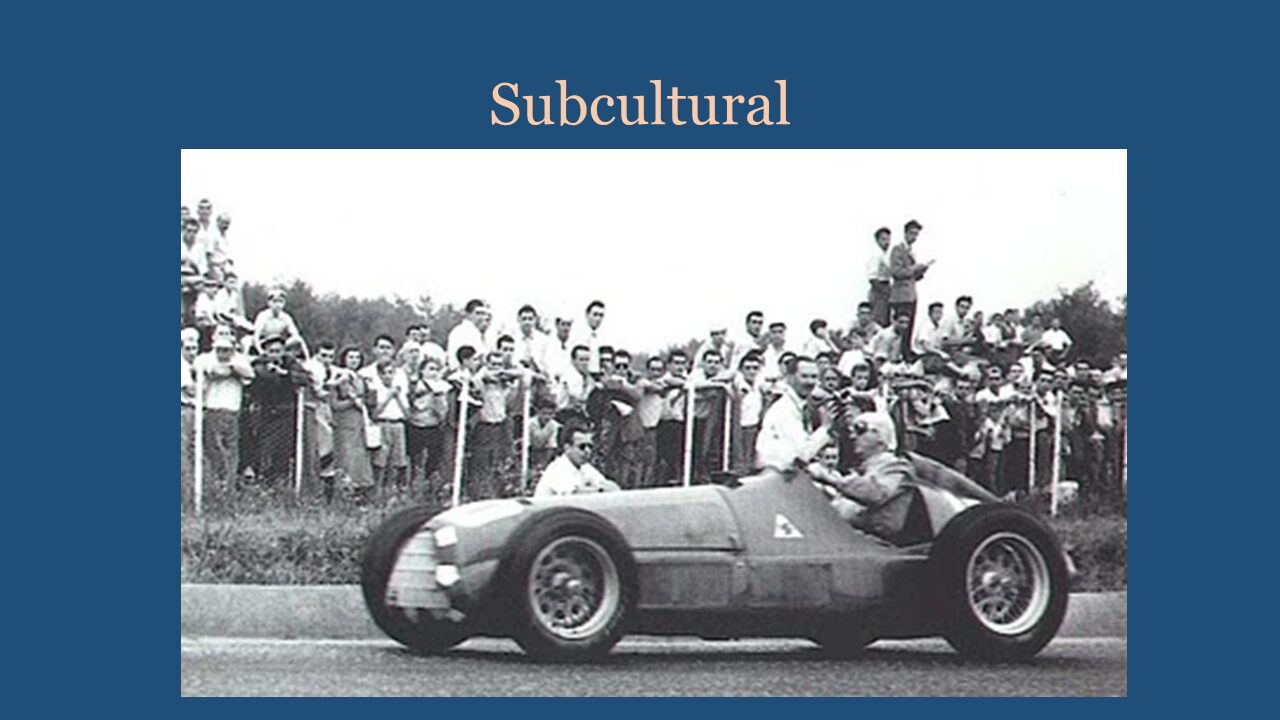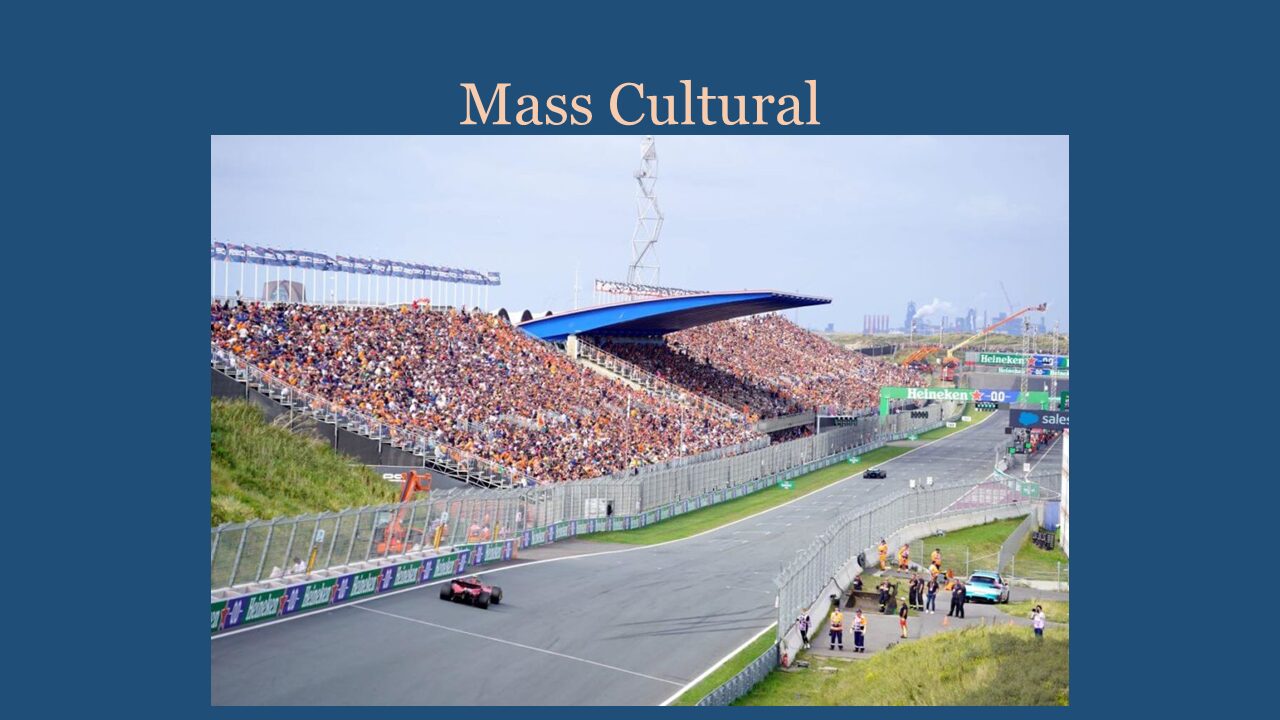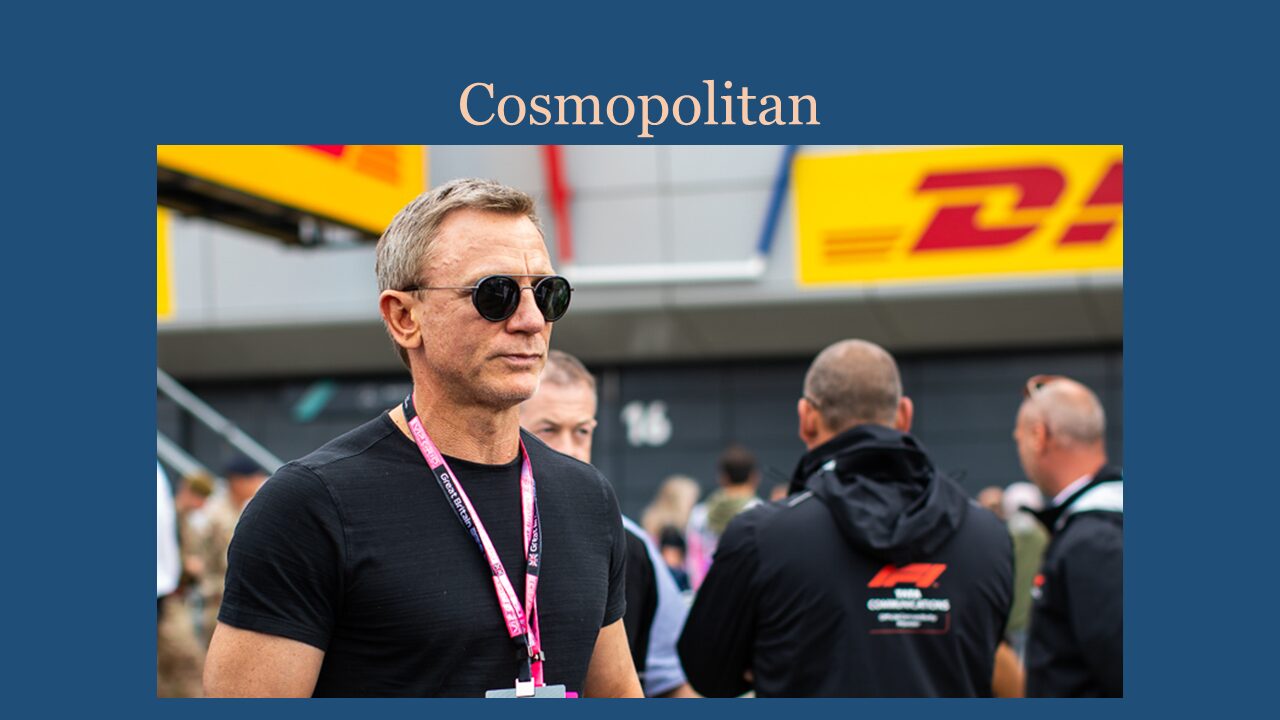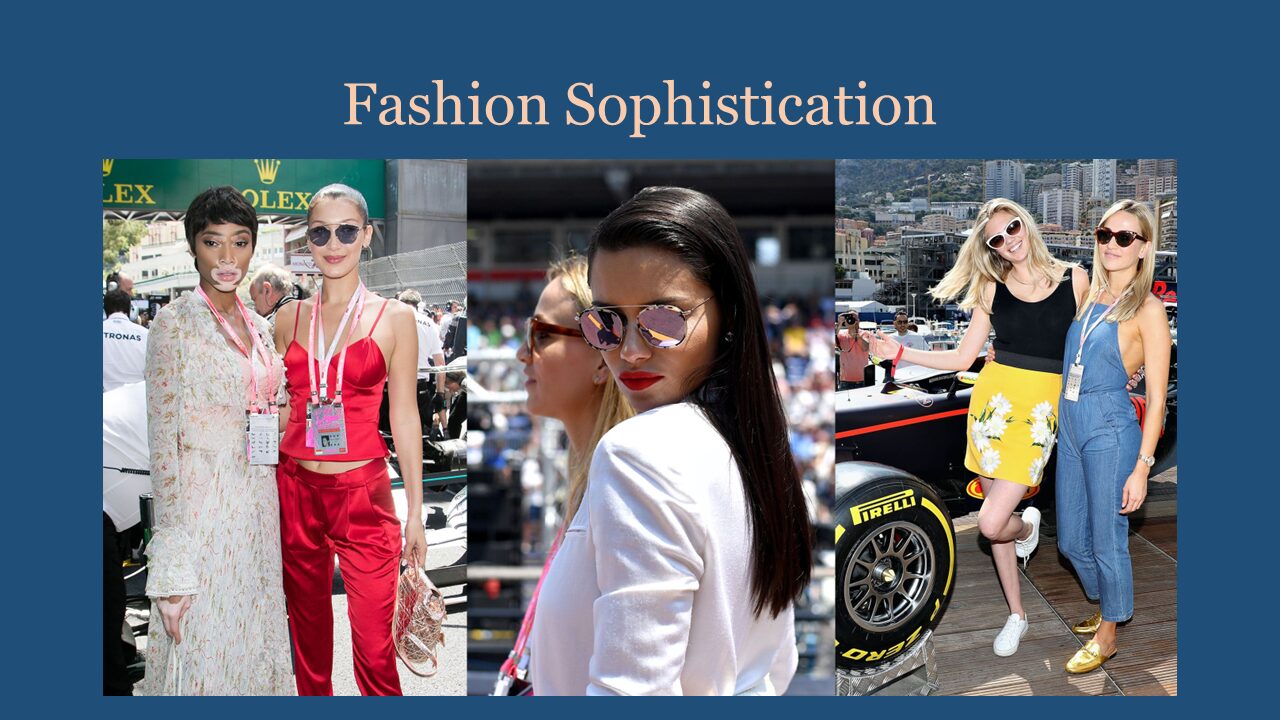The IMRRC, in conjunction with the Society of Automotive Historians, will soon be launching a Virtual Symposium on International Motor Racing History that will provide an on-line platform for presentations on aspects of motor racing history by authors, academic motorsport scholars, enthusiast historians, and students who wish to present their research and findings to the motorsport community. This initiative is designed to provide a broader reach for those who wish to participate in our mission to share and preserve the history of motorsports. It is a separate but complementary adjunct to the IMRRC’s Michael R. Argetsinger Symposium on International Motor Racing History which is held annually in Watkins Glen and for which 2025 presentation slots are no longer available.
Our partner Gran Touring Motorsports will post YouTube videos of the pre-recorded Virtual Symposium presentations on a separate page of the IMRRC website, as well as on their own social media platform, for year-round viewing. A wide range of motorsport topics are welcome, from subjects of general interest to the narrowest of niches and all serious candidates, from students to seasoned researchers are encouraged to submit presentation proposals. An announcement of the Virtual Symposium, explaining the process and requirements for potential presenters to submit abstracts of their proposed talks, will be provided soon on the IMRRC website and social media outlets.
Pre-recorded presentations may be eligible for print publication in the SAH Automotive History Review or the SAH Journal, and/or in the Journal of Motorsport Culture & History
While men have taken the lion’s share of media attention across motorsport, there have been women who would gain substantial coverages. From Brittany Force to Hailie Deegan, women in motorsport have hit sport headlines on various networks and modalities. While coverage of women in motorsport may be more positive, in terms of quantity and perception (driver talent versus overt sexism, etc.), has academia had any sort of focus on women in motorsport?
The purpose of the current literature review is to summarize the current academic literature across two repositories (EBSCO Host & Google Scholar) to gain a broader understanding of this academic realm of inquiry. Various search term including Women in Racing and variants were included in the search. Initial results suggest that women in motorsport are often a part of academic research, but are less so the main focus. Using the PRISMA methodology, articles were selected from relevant criteria and reduced from a larger sample. Methods and themes from articles will be discussed.
This episode is sponsored in part by: The International Motor Racing Research Center (IMRRC), The Society of Automotive Historians (SAH), The Watkins Glen Area Chamber of Commerce, and the Argetsinger Family – and was recorded in front of a live studio audience. And has been Edited, Remastered and Produced in partnership with the Motoring Podcast Network.
Bio
Mike Stocz is the assistant director for the department of kinesiology, and a senior lecturer of sport management & leadership at the University of New Hampshire. He is one of the founding members and Editor-in-Chief of the Journal of Motorsport Culture & History. Mike’s recent works have included a co-authored book chapter about the future of Formula 1, as well as works surrounding big game hunting legislation on land preserves, an economic funding model for college athletics, and critiques on K-12 coaching certifications surrounding sexual assault.
Slides
Swipe left or right (or use the arrows/dots) to navigate through the presentation slides as you follow along with the episode.
Transcript
Crew Chief Brad: [00:00:00] BreakFix’s History of Motorsports series is brought to you in part by the International Motor Racing Research Center, as well as the Society of Automotive Historians, the Watkins Glen Area Chamber of Commerce, and the Argettsinger family.
Crew Chief Eric: A literature review on women in motorsport. By Michael Stokes.
While men have taken the lion’s share of media attention across motorsport, there have been women who had gained substantial coverages. From Britney Forrest to Hayley Deegan, women in motorsport have hit sport headlines on various networks and modalities. While coverage of women in motorsport may be more positive in terms of quantity and perception, driver talent versus overt sexism, et cetera, Has academia had any sort of focus on women in motorsport?
The purpose of the current literature review is to summarize the current academic literature across two repositories, EBSCOhost and Google Scholar, to gain a broader understanding of this academic realm of inquiry. Various search terms, including women in racing and variants, were included in the search.
[00:01:00] Initial results suggest that women in motorsport are often a part of academic research, but are less so the main focus. Using the PRISMA methodology, articles were selected from relevant criteria and reduced from a larger sample. Methods and themes from articles will be discussed. Mike Stokes is an Assistant Director for the Department of Kinesiology and Senior Lecturer of Sport Management and Leadership at the University of New Hampshire.
He is one of the founding members and Editor in Chief of the Journal of Motorsport Culture and History. Mike’s recent works have included a co authored book chapter about the future of Formula One, as well as work surrounding big game hunting legislation on land preserves, an economic funding model for college athletics, and critiques on K 12 coaching certifications surrounding sexual assault.
Mike Stocz: All right. Good afternoon, everybody. My name is Mike Stoats. There’s another name on there, so I definitely want to acknowledge him. His name is Caleb McChesney. He just recently graduated and helped me out with this project. Earlier, during Lynn’s keynote, there was kind of a [00:02:00] paraphrased quote that she said that I quickly wrote down because I thought, this is somewhat related to how, up until this point, this research project has gone.
And the quote was there aren’t enough women drivers to portray the depth within the sport, which also kind of went on to mean, you know, the administrators and such across the sport, but here and how it really comes into this presentation. Is there’s a lot more opportunity for not just historical research, but academic research across various disciplines that really isn’t being harnessed at this point.
And I think throughout the rest of this presentation, you’ll get an idea of the opportunity that really exists. So, kind of an introduction to this, a couple of years ago, Dan Simone mentioned that he put on a panel on women in motor sports, and this is one of the ideas that [00:03:00] came from that, for me anyways.
There was another idea I had last year about women in motor sports podcasts. After completing that, I thought, we need to take a step back and actually analyze from an academic sense. What is actually out there? So some previous research to has suggested that motorsport, not just NASCAR, but motorsport in general, is a male dominated, sometimes referred to as a form of a fraternity type of situation and atmosphere.
Although, according to the Women in Motorsports North America organization, as mentioned earlier, There are roughly over 400, 000 racers that are women across 250 sanctioning bodies, which host over 15, 000 motorsports events at 1, 200 tracks. Layman’s terms, there’s a lot of interest. There’s a lot of participation that generally isn’t being captured.
Moving more into the academic y side of things, what this research [00:04:00] is effectively about is using a systematic method for reviewing academic literature. And here, academic literature is defined more as peer reviewed articles. So, we can think if we were in college, sometimes a professor would hand out this article from the Journal of Sport History or similar.
Those are the types of things that were included in this analysis. It was not necessarily popular press articles. Such as those you would see across various media entities, not necessarily textbooks, nor books for recreation such as faster or similar. So here we’re talking about purely peer reviewed academic articles were the only things that were included in this.
Mentioned before that this was a systematic review. The term Prisma encapsulates the process for doing one of these systematic reviews. It’s a 27 step process that [00:05:00] at 445 on a Friday we’re not going to go through. Just know that there were a lot of different steps to get down to the final sample and then the actual review.
Where we got all of the academic articles from were two giant databases. Maybe most of us haven’t heard of either of these, but essentially think of them as an internet repository for what you would find at a massive library. The first one in particular, EBSCOhost. EBSCOhost has a number of different databases, in which almost any topic you can think of, there’s probably some academic literature out there.
Gambling, horse racing, you name it, there’s probably a database associated and has academic literature therein. And then we decided to use another one that was a little bit more public. So most of us know what Google is. Google has a scholar website. Which is effectively a giant repository for academic articles.
So we figured, because previous [00:06:00] literature reviews haven’t looked at Google Scholar, that let’s take a look at them and compare them with the various EBSCOhost databases. So when we’re using these databases, we have to basically tell them, what are we looking for? First, like, indented some point are the general search terms that we used for each database.
And we’ll go over a little bit later how many results came up, but as you can see, we’re trying to encapsulate women in sport and women in motorsport being the prime focus of the article in some form or fashions. For this, there were a number of exclusions from our results list, which included horse racing, drones, planes, boats, cycling, skiing, foot racing, and baby formula, as it would relate to Formula One.
That was one we had to exclude. For the eligibility status of the articles, they had to be complete, obviously, and one of the languages shown on the screen, English or German. I am [00:07:00] NOT the German speaker in here. That one went more towards my student. For the selection of the articles, broadly speaking, we first looked at the title of whatever the article was, as well as the abstract.
Think of the abstract, if you haven’t done academic research or haven’t read one of these things in a while, as kind of the preview. You open up that book, that first little sleeve that gives you a little taster of what the book is about. We can think of that as the abstract. So those were the two at least first points that we would look at, followed by a full manuscript review to ensure that the manuscript was mostly, in quotes, mostly related to women in motorsports in some form or fashion.
We also had to come together on one or two articles where it was kind of iffy on whether or not they should be included. We did come to full consensus for. Both of them. So as I said, there are 27 steps, and these are three of them. Once we got the general [00:08:00] database results, so think of when you do a general Google search for something, it’ll say displaying 10 of blank amount of results.
Kind of a similar thing would come up. The first round was a general screening, generally look, title, abstract, does it include our search terms, or is it primarily about our search terms? If yes, even vaguely yes, we would keep it around. The second one was, we took all of the articles that got through the first round, and did a little bit more of an independent deep dive on them.
At this point there were a couple of articles that For some reason, it would come up blank, meaning there was no text available to them. Or they would come up and not English or German, so we threw them out. And then the third round was really compiling everything or all of the manuscripts themselves into one form so we could dive in and see what they were saying.
Like I said earlier, there was a lot of results, which is why this took [00:09:00] quite a while. I should also mention that this is really phase one of this. We’re going to go back and do some other things that I’ll talk about a little bit later. But the first bullet point is identification of the articles. How many search results came up after we put in all of the different search criteria?
Women in motorsports, women in NASCAR, women in Formula One, etc, etc. Of that, within the generally academic private databases, about 600 results came forward. Through Google Scholar, the public site, over 6 million. Like I said, this took a while. The next step was the screening step, in which We took all of those and reduced them down to what could possibly be a winning match for what we were looking for.
The next part, we looked at the full text articles and excluded those that, for whatever reason, wouldn’t make the cut, and finally ended up with a final sample base for women in motorsport [00:10:00] academic peer reviewed research articles of 12. Starting with over six million, that number may seem a little bit low.
Across other forms of academic research, there are similar literature reviews that have only nine articles. This was actually somewhat of an encouraging sign for us. Here’s where the articles came up and the frequency of the year that they came up. A lot of the Prisma related literature review searches specify a general time frame.
We decided to keep ours very open and going back to 1950 until present. A lot more of them are constrained. Most of the results, as you can see, happened 2002 and later, with a couple of years having two articles published in that year. Where they ended up, they were Humanities Research, International Journal of Sport History, Journal of Sport and Social Issues, International Journal of Sports Marketing and Sponsorship, Professional [00:11:00] Engineering, European Journal of Women’s Studies, Women’s History Review, Mathematics Teaching in the Middle School.
The German one. We’re just going to go with that. I’m not going to butcher it. Journal of Popular Culture, Medicine and Science in Sports and Exercise, and Accident Analysis and Prevention. Each of the journals really only had one. Submission from here. When we’re talking about the different subjects that we see, one thing that was surprising was we were able to find some exercise science based articles.
Generally, exercise science or kinesiology researchers will look at how the body reacts to different exercise regiments or different stressors. So, it was very nice to see that women were included in some of these studies as well. Some of my previous, I think actually every single time I’ve presented here, I’ve included what’s called results from Lexamancer.
What we did for all of the articles that made the cut was we did something called a content analysis. So we would go [00:12:00] through and find themes from within each of the articles and build. Bigger, bigger, bigger themes. Lexamancer is a computer program that does something similar, just it being independent. A lot of times, Lexamancer will throw out something weird, or call it something weird, in which we kind of corrected it, made sure that it was more related to what we wanted instead.
The main themes that came from Our sample base were gendered motor sports in which Lexa Mansur came up with drivers, academic work environment, which Lexa Mansur came up with article, research and development, as well as exertion in which the computer came up with vehicle and stress, and exclusion in which the majority of the results that Lexa Mansur came up with had the tag of women included in them.
For gendered motor sports, this theme was shown basically of women navigating the motorsports world. So for [00:13:00] example, it is hypothesized that women’s bodies in motorsport are seen in three ways. Beyond vehicles, navigating the space filled with other bodies and their respective vehicles. With vehicles, coordinating the technology of the vehicle itself.
And inside vehicles, which is operating in the space of the technology, interacting with the technology, but situated by the gender’s discursively constructed characteristics. This is from Plugfelder 2009. So some of those that fell into this general theme, either gender neutral or men, as seen instead of pretending that some sports are gender neutral.
And we need to try and understand how the discourses that surround different sports help create driver identity because of the technology that may overwhelm any gender distinctions. That was another one from Plug Felder that was a couple pages later. Academic work environment, again, this was kind of how academic works surrounding gender studies and how they interacted [00:14:00] with in the context of motorsport.
An example from one of the articles, indeed following Alfred Adler’s groundbreaking recent scholarship, substantiates that tend to overcompensate in a sense of overdoing gender and in so doing inadvertently reveal themselves to be sensitive to threats. The R. N. D. And exertion. The exertion ones in particular were studies of how either injuries or actual physical exertion like loss of sweat changes and glucose levels and similar would occur for both male and female drivers and on track simulation or an actual measurement after It’s worth mentioning here is that there were many studies across the potential sample that did not include any representatives that were women, meaning in the ones that were not included in this part, but there were a lot of studies that just looked at male drivers from an exercise science perspective.[00:15:00]
And exclusion. Exclusion referred to instances across the data set where women were being excluded from racing or were being pressured not to participate. For example, after dispelling some very early prejudice in the 1930s domesticization of women coupled with the rapid professionalism of the sport has Limited participatory opportunities and continue to fuel mediated stereotypes about women drivers and in motor sports women have had to fight prejudice and bias in a sport dominated by men as men made the rules to suit themselves and the Women were expected to accept them.
That’s from Matthews and Pike in 2016 and their article titled what on earth are they doing in a race car towards an understanding of women in motor sports? so some of the titles Definitely show a negative side to that power dynamic. So after looking at these results, one of the things we wanted to see was how different would this be if we basically didn’t use those [00:16:00] 27 criteria that I talked about, but reduce that list down to basically say if an article mentions women in any form or fashion through the full text, how would those results differ?
So we basically did the same thing over again. So the postdoc results and postdoc here means we didn’t experiment. We thought of something funny afterwards. So we’re going to chase that rabbit down that rabbit hole and see what happens. So we had three general themes for this one, which included competition and fandom, which Lexa Mancer said was racing and NASCAR gendered motor sports.
Which Lex and Lancer pumped out with women and Faye Taylor. Faye Taylor was one of the subjects for one of the manuscripts and it was interesting to see that the computer analysis pumped that out as a separate theme. And then measurements, which is basically how did the original authors, what did they do with their experiment, which Lexamancer came [00:17:00] up with, used.
So for these, the differences were pretty stunning. In that there was a little bit of crossover, but for whatever reason, an independent computer pumped out one of the articles itself as its own theme. So we kind of found that interesting there. And most of the results were geared towards. Men in that portion, male drivers.
So some of the discussion bits, to start to wrap up. When we started this, I told my student I would be surprised if there were six or seven articles. Thinking that, that might be the high end of things. We were pleasantly surprised on that front. But there’s definitely a lot more work that can be done from an academic sense.
We obviously need to look for different ways to analyze women in motorsports from different perspectives. We need to keep doing the history stuff. We need to get the history stuff out there a little bit more. But some of the speculation as to why we’re not able to do [00:18:00] that is, in many of the history articles themselves, we found that yes, the The article included a substantial amount of racing overview of the women driver from a biographical sense, but it was usually tied to something else.
So we mentioned Faye Taylor earlier, and in the article that was basically a biopic of Faye Taylor, it starts off mostly describing her as a racer, some of the public renown that she had, but eventually goes into her life, her political feelings. Which were overwhelmingly fascist, and her interactions with MI5 and the CIA because of those fascist leanings.
So, one of the things that we thought is, it’s weird that we’re not really talking about the drivers in some sense, and we got another sense too, that many of these peer reviewers may say, well it’s just racing, we need a little bit more. And we argue that you don’t really need that. Now there’s obviously [00:19:00] a crowd of folks who have an interest in this.
I think we can get a lot of things going, particularly through SAH and a shameless plug for my journal, JMCH. So to end with. One of the articles actually had some cool photos about the Red X around Australia trials around the 1950s. So picture one was a women’s weekly magazine crew that entered the Red X around Australia and featured an all women’s team which included military members.
Picture 2 features Winifred Conway, who when trying to find sponsorships for the Reddix around Australia races in 1953, had to call over 100 businesses to secure minor sponsorships for her vehicle. Sydney Australian Austin dealership was approached to sponsor Conway’s Austin A40, in which they told her that they already sponsored two teams and would not sponsor her vehicle.
In response, Conway said that she was driving a Monarch from Germany, totally fictitious [00:20:00] vehicle. And other than the experience of the drive itself, Conway said that she was really only in the race to compete for a prize of an automatic pop up toaster in which Women’s Weekly, Red X Organizers, and the owner of the previously mentioned dealership would supply her with one each.
So she tripled what her expected winnings were. But at the end of the day, and the point of this whole article is, we have a base of where women in motorsports is from an academic sense, and I think we can do a hell of a lot better. Thank you for your time.
Kip Zeiter: Thanks, Mike. I was hoping you could condense that down to two or three articles I could pick up on my way home tonight, but
Mike Stocz: I got a list here.
Kip Zeiter: That was pretty fascinating.
Audience Q&A: very much for your presentation. I do have one scholarly critique.
Mike Stocz: Sure.
Audience Q&A: When you use search terms that you’re limiting the title and abstract to women.
I think you are very much [00:21:00] presenting a narrow perspective. It’s articles that are focusing on women as other. It’s harping on the fact that they’re women. Versus the numerous articles that are out there discussing, you know, racing drivers who are quite successful who, oh, happen to be women. And And I just think that that perhaps colors some of the results that you wind up with and how narrow they are.
Mike Stocz: Yes. As I mentioned in the beginning, this is part one. Part two was getting more at that. Of looking at successful drivers who happen to be women and including them in the search terms. After five million, we needed a break. Six million, whatever it was. So like I said, this is part one. I expect there to be a little bit more, but yeah Thank you for your comment
Crew Chief Eric: Francis the Baconator says is there an increase in the frequency of literature as we are starting to focus more on the history of women in motorsports and are pushing for more participation
Mike Stocz: Hmm.
The only, I wouldn’t even call it hardcore great evidence to back [00:22:00] up Francis the Baconator’s comment would be this slide of the frequency of publications per year, in which, yeah, there were two in 2023, and kind of suggests that there’s more of a positively going trend post 2015, but There’s really not enough data points to even make that point for sure, but subjectively, yeah, you might be on onto something there.
Great name, for instance, the Baconator
Audience Q&A: follow up to that. You show 11 out of the 12 in there. Do you remember where the 12th one was? What year was in? Wow. So I do. That tells you there is a trend. Yes. Since 2000, let’s say that there is an increase in it. And certainly, I think everybody’s awareness of People that are working outside of the normal standards of jobs.
So I think the same thing would apply to male nurses, for instance. You would find out that there’s more written on those types of things since the years [00:23:00] 2000 or some place. And up because we’re putting more focus in our world today on. It’s acceptable. It’s okay for people to do the non standard, if you will, occupations.
I mean, my wife is an engineer. She graduated in 79. I think I can count on both hands the number of female engineers. She graduated with, you
Mike Stocz: know, thanks for pointing that out 2016. It’s 2016, so add one to 2016.
Crew Chief Eric: Elizabeth Blackstock writes, We’ve talked about Faye Taylor’s fascism and touched on Helen Nice’s potential Nazi ties in to Lin’s keynote.
Is there a larger trend of tying women in motorsport to politics as opposed to men? Um,
Mike Stocz: maybe for academic research, another one of the articles to give an example from the expanded search. It occurred during the Bush versus Gore presidential race, and it was about NASCAR dads and [00:24:00] protective mothers. I forget the exact term that was used there, but it did seem that there was Maybe not to the extent of it being substantial, but there was evidence of some politicalization there, for sure.
Um, she was, um, a very good female racer. It was post, like, World War II, about the time frame that most of the article was written about her. Let’s just leave it at that.
Audience Q&A: Do you consider women in the publishing industry, like Denise McCluggage, or Alana Sher, who writes for Car and Driver, etc., or Beverly Rae Kimes, I think her name was, the historian?
Mike Stocz: Those publications are great, but they were not included in this sample, mostly because they weren’t academic, peer reviewed in one of our more academic journals. So that’s why they weren’t considered for this. Essays and books. Yes, so there was one, the mathematics [00:25:00] teaching in middle school, but really that was the only one that we found through this search process.
I’m sure there’s more, which kind of speaks to redefining the search terms as well.
Kip Zeiter: And how many grad students do you go through on this project? One
Mike Stocz: undergraduate student. We were both men, admittedly.
Kip Zeiter: Well, thanks Mike. That was fascinating.
Mike Stocz: Thank you all.
IMRRC/SAH Promo: This episode is brought to you in part by the International Motor Racing Research Center. Its charter is to collect, share, and preserve the history of motor sports spanning continence, eras, and race series. The Center’s collection embodies the speed, drama and camaraderie of amateur and professional motor racing throughout the world.
The Center welcomes serious researchers and casual fans alike to share stories of race drivers, race [00:26:00] series, and race cars captured on their shelves and walls and brought to life through a regular calendar of public lectures and special events. To learn more about the Center, visit www. racingarchives.
org. This episode is also brought to you by the Society of Automotive Historians. They encourage research into any aspect of automotive history. The SAH actively supports the compilation and preservation of papers, organizational records, print ephemera, and images to safeguard, as well as to broaden and deepen the understanding of motorized wheeled land transportation through the modern age and into the future.
For more information about the SAH, visit www. autohistory. org.
Crew Chief Eric: We hope you enjoyed another awesome [00:27:00] episode of Brake Fix Podcast, brought to you by Grand Touring Motorsports. If you’d like to be a guest on the show or get involved, be sure to follow us on all social media platforms at GrandTouringMotorsports. And if you’d like to learn more about the content of this episode, be sure to check out the follow on article at GTMotorsports.
org. We remain a commercial free and no annual fees organization through our sponsors, but also through the generous support of our fans, families, and friends through Patreon. For as little as 2. 50 a month, you can get access to more behind the scenes action, additional Pit Stop minisodes, and other VIP goodies, as well as keeping our team of creators fed on their strict diet of Fig Newtons, Gumby Bears, and Monster.
So consider signing up for Patreon today at www. patreon. com forward slash gtmotorsports. And remember, without you, None of this would be [00:28:00] possible.
Highlights
- 00:00 Women in Motorsport: An Academic Review
- 00:43 Research Methodology and Criteria
- 01:14 Introduction to Mike Stokes
- 01:42 Presentation Overview and Initial Thoughts
- 02:48 Historical Context and Current Participation
- 03:55 Systematic Review Process
- 05:10 Database Search and Results
- 11:20 Themes and Findings
- 17:26 Discussion and Future Research
- 20:49 Audience Q&A
- 25:28 Conclusion and Acknowledgements
Other episodes you might enjoy
Throughout its storied history, motorsports has been unwelcoming to women. Consequently, it has been necessary for female racers to develop unique strategies to enter what has long existed as an exclusive masculine enclave. While entry can be facilitated through a familial relationship with a male driver, women without such connections often get their start through participation in women-only racing events. Although these races have provided women with the opportunity to enter the track, they have not been without controversy. Detractors argue that women will not be considered legitimate racers unless they compete on the same track as men. Proponents view women-only racing not only as a way to attract more women into the sport, but also as an important source of skill development, support, and community building.
This paper investigates the evolution of women-only racing, from its early introduction as a media stunt, to its current incarnation as a proving ground for serious female open-wheel racers. Informed by archival resources and motorsport scholarship, it considers howwomen-only racing complicates, facilitates, and liberates women’s entry, participation, and recognition in the masculine world of motorsports.
This episode is sponsored in part by: The International Motor Racing Research Center (IMRRC), The Society of Automotive Historians (SAH), The Watkins Glen Area Chamber of Commerce, and the Argetsinger Family – and was recorded in front of a live studio audience. And has been Edited, Remastered and Produced in partnership with the Motoring Podcast Network.
Bio
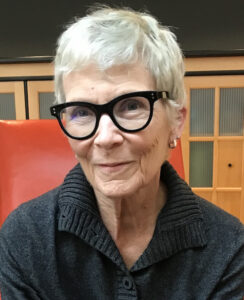 A Motor City native, Chris Lezotte spent part of her past life writing car commercials. After exiting her advertising career, she pursued a master’s in Women’s and Gender Studies at Eastern Michigan University and was awarded a PhD in American Culture Studies from Bowling Green State University. Now working as an independent scholar, Chris continues her research focused on the relationship between women and cars in a variety of contexts, including women’s participation in traditionally masculine car cultures as well as representations of women and cars in popular culture. Her work has been included in popular culture, women’s studies, transportation history, media studies, masculinity studies, and automotive history journals. Chris’s first book, Power Under Her Foot: Women Enthusiasts of American Muscle Cars, was published in 2018.
A Motor City native, Chris Lezotte spent part of her past life writing car commercials. After exiting her advertising career, she pursued a master’s in Women’s and Gender Studies at Eastern Michigan University and was awarded a PhD in American Culture Studies from Bowling Green State University. Now working as an independent scholar, Chris continues her research focused on the relationship between women and cars in a variety of contexts, including women’s participation in traditionally masculine car cultures as well as representations of women and cars in popular culture. Her work has been included in popular culture, women’s studies, transportation history, media studies, masculinity studies, and automotive history journals. Chris’s first book, Power Under Her Foot: Women Enthusiasts of American Muscle Cars, was published in 2018.
Slides
Swipe left or right (or use the arrows/dots) to navigate through the presentation slides as you follow along with the episode.
Highlights
- 00:00 Introduction and Sponsors
- 00:16 The Evolution of Women-Only Racing
- 01:24 Chris Lizotte’s Background
- 03:34 Early History of Women in Motorsports
- 06:40 Powderpuff Racing and Its Impact
- 10:17 The Rise of All-Female Racing Teams
- 15:28 The W Series and Modern Developments
- 22:19 Debate on Gender Segregation in Racing
- 24:12 Q&A Session
- 32:27 Closing Remarks and Credits
Other episodes you might enjoy
This presentation examines the unanticipated outcomes of government regulations, mainly focusing on tobacco and alcohol regulations and their profound impact on the motorsports industry. Originally instituted to mitigate the promotion and distribution of harmful substances, these regulations inadvertently fostered a new era of sponsorship and revenue streams for motorsports. By analyzing historical context, regulatory changes, and the strategic adaptations of motorsports organizations, we uncover how these laws fundamentally transformed the economic landscape of the sport.
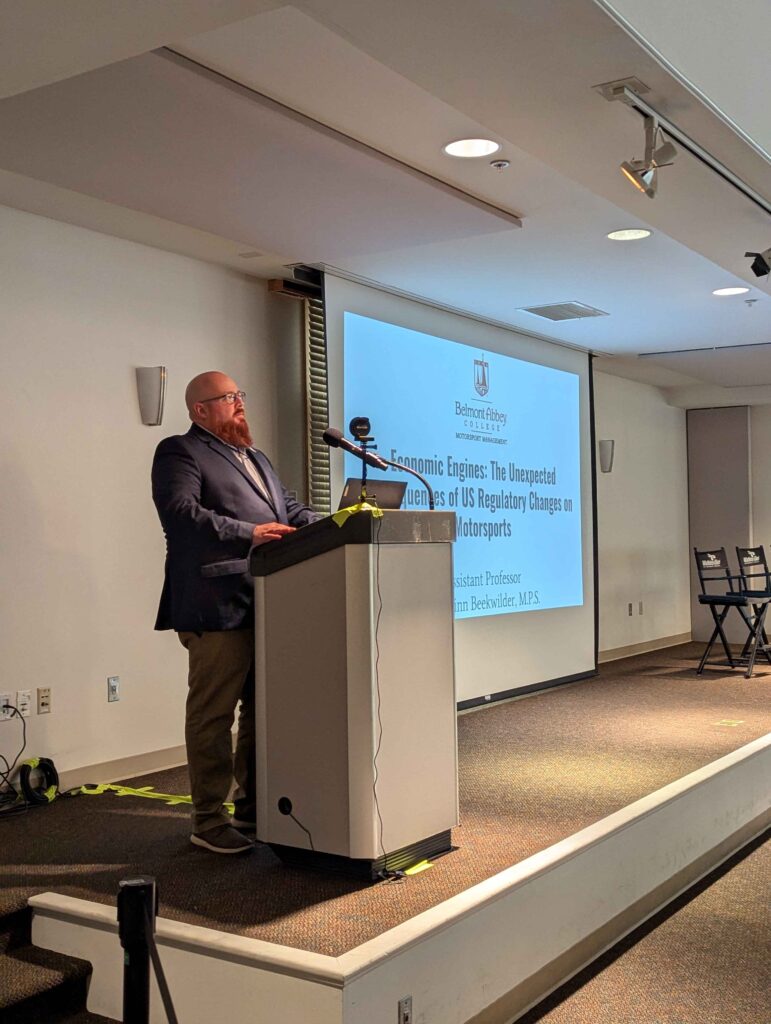
Quinn Beekwilder speaking at the 8th Annual Argetsinger Symposium on Motorsports History at Watkins Glen
In the early 20th century, Prohibition in the United States catalyzed the rise of stock car racing, as bootleggers modified their vehicles to evade law enforcement. This phenomenon laid the groundwork for the widespread popularity of motorsports in the U.S. Subsequently, tobacco companies leveraged the sport’s high visibility to advertise their products, providing substantial financial support for racing teams and events. The 1970 Public Health Cigarette Smoking Act, which banned tobacco advertising on television, aimed to protect public health but inadvertently led to a sponsorship windfall for NASCAR, resulting in the creation of the Winston Cup Series and the Camel GT series, further entrenching tobacco’s financial influence in motorsports.
By examining these developments, this presentation looks at the interplay between public health policy and commercial interests, understanding how government regulations designed to protect public health can have far-reaching and sometimes unforeseen effects on industries like motorsports.
This episode is sponsored in part by: The International Motor Racing Research Center (IMRRC), The Society of Automotive Historians (SAH), The Watkins Glen Area Chamber of Commerce, and the Argetsinger Family – and was recorded in front of a live studio audience. And has been Edited, Remastered and Produced in partnership with the Motoring Podcast Network.
Bio
Quinn Beekwilder is the Assistant Professor and Coordinator of the Motorsport Management degree at Belmont Abbey College. With a decade of experience at Charlotte Motor Speedway and as one of the program’s first graduates, he brings invaluable industry insights and addresses student concerns effectively.
Mr. Beekwilder’s passion for motorsport history drives him to design courses that highlight the historical development and societal impact of motorsports. His innovative approach includes experiential activities that blend theoretical knowledge with practical experience.
Slides
Swipe left or right (or use the arrows/dots) to navigate through the presentation slides as you follow along with the episode.
Other episodes you might enjoy
Shortly after the NASCAR Hall of Fame Class of 2025 nominees were announced, two-time Daytona 500 winner and NASCAR Hall of Famer Dale Earnhardt Jr. posted, “Ray Elder won six NASCAR Western series championships: 1969, 70, 71, 72, 74, and 75. Elder would compete with the NASCAR Cup regulars when they ran at Riverside and beat them in 1971 and again in 1972.” Yet Ray Elder was not one of the nominees.
Throughout the 1960s and 70s, the Elder family raced and grew alfalfa, beans, and cotton at their farm in tiny Caruthers, California. With Ray at the wheel, older brother Richard atop the pit box, and father Fred handling ownership, “The Racing Farmers” dominated the competitive NASCAR Winston West Series for years. They also held their own when NASCAR Cup Series regulars visited Riverside.
Elder finished in the top five on eight occasions from 1971-1976, claiming two victories. Elder—and fellow Winston West competitors such as Hershel McGriff, Dick Bown, Jimmy Insolo, and Jack McCoy—helped facilitate the growth and development of NASCAR west of the Rocky Mountains. It wasn’t too long after the Racing Farmers returned to the fields that a new crop of west coast stars began to compete full-time (and win championships) at the national level in the NASCAR Cup Series.
This episode is sponsored in part by: The International Motor Racing Research Center (IMRRC), The Society of Automotive Historians (SAH), The Watkins Glen Area Chamber of Commerce, and the Argetsinger Family – and was recorded in front of a live studio audience. And has been Edited, Remastered and Produced in partnership with the Motoring Podcast Network.
Bio
Daniel J. Simone earned his Ph.D. in American History from the University of Florida in 2009, where he wrote his dissertation: “Racing, Region, and the Environment: A History of American Motorsports.” From 2010-2015, Dr. Simone taught World History and Environmental History at Monmouth (NJ) University. In 2016, he was hired as Curator of the NASCAR Hall of Fame in Charlotte, North Carolina, and held that position through 2021. The following year, Dr. Simone was tabbed to assist the New-York Historical Society Museum & Library, where he co-processed the Women’s Sports Foundation Collection and developed content for digital exhibition. Dr. Simone is on the editorial board of the Journal of Motorsport Culture & History and serves on the Indianapolis Motor Speedway Hall of Fame Voting Committee.
Slides
Swipe left or right (or use the arrows/dots) to navigate through the presentation slides as you follow along with the episode.
Other episodes you might enjoy
October 5, 1980, was a very important day at Watkins Glen International circuit. Historical research, including about motor racing, cannot be done with hypotheses or with “what ifs” but only with facts. However, it can indeed be conceived that the facts of that day affected many future things. This was going to be the last F1 GP at Watkins Glen. The starting grid had an unexpected pole sitter: the Alfa Romeo of Bruno Giacomelli. Those were the years of Ferrari, winner of 1979 championship, of Lotus, winning in 1978, while the age of Williams was just beginning. Alfa Romeo, although possessing ancient racing victories, was back in racing for less than 2 years.
Giacomelli, an Italian driving a fully Italian car, started on the pole maintaining firmly his lead position. He kept the lead and seemed close to an extraordinary win. Suddenly, a minor electrical problem stopped him on the track and the Williams of Jones won the race. One wonders what would have been if Giacomelli had won. Perhaps Alfa Romeo’s racing efforts would not have been discontinued as happened and a second major Italian team would have stayed in Formula 1. Possibly a prestigious F1 win in the US, the major car market in the world, and eventual further successes could have improved the prospects of Alfa Romeo to remain an Italian state property and continue to progress as an independent firm.
This episode is sponsored in part by: The International Motor Racing Research Center (IMRRC), The Society of Automotive Historians (SAH), The Watkins Glen Area Chamber of Commerce, and the Argetsinger Family – and was recorded in front of a live studio audience. And has been Edited, Remastered and Produced in partnership with the Motoring Podcast Network.
Bio
Dr. Tecce received his M.D. and PhD. at the University of Naples, Italy, and is currently full profession of biochemistry at University of Salerno. Besides his molecular research about cancer mechanisms, he explored race car driving as a major reference paradigm of pursuing the best and of free will exercise.
Slides
Swipe left or right (or use the arrows/dots) to navigate through the presentation slides as you follow along with the episode.
English Livestream
Other episodes you might enjoy
The 1895 Horseless Carriage Contest sponsored by the Chicago Times-Herald (aka “first” auto-race in America) – a peek into the WHAT, WHY. WHEN. WHERE, WHO beyond the auto history lore of a Duryea victory on a cold and snowy, Thanksgiving Day in Chicago. The importance of this event is perhaps best captured that same year by Peter Studebaker of the eponymous wagon maker who, with prescience, commended the sponsoring newspaper
“…for transferring the manufacture of of the motocycle (a term applied to the horseless carriage after a naming contest) Bio from Europe to America…concentrating the inventive faculties of the nation on this [horseless carriage] new departure.”
This episode is sponsored in part by: The International Motor Racing Research Center (IMRRC), The Society of Automotive Historians (SAH), The Watkins Glen Area Chamber of Commerce, and the Argetsinger Family – and was recorded in front of a live studio audience. And has been Edited, Remastered and Produced in partnership with the Motoring Podcast Network.
Bio
David Schmidt is a Director at the Society of Automotive Historians (SAH) as well as Panel Chair for the SAH Bradley Award. He is also a member of the Porsche Club of America and
Fuelfed, a private club for enthusiasts of European cars. Born in Detroit, his father and grandfather both worked for GM at Fisher Body. Being a product of a certain generation he
experienced the muscle car era first hand cruising the famed Woodward Avenue in the late 1960’s. David received a BA from Michigan State University, MA and PhD from Indiana University and after a career in financial services retired from TIAA. As an auto enthusiast, he can be seen driving about town in a 1967 Volvo Amazon or 1989 Porsche Carrera.
Slides
Swipe left or right (or use the arrows/dots) to navigate through the presentation slides as you follow along with the episode.
Other episodes you might enjoy
Two-Day Event Provides Insights into the History of Motorsports

Presenter Quinn Beekwilder discusses the current state of motorsport research with Symposium cofounder Don Capps.
The Eighth Annual Michael R. Argetsinger Symposium on International Motor Racing History was held on November 1 and 2 at the Media Center at Watkins Glen International. Hosted jointly by the International Motor Racing Research Center and the Society of Automotive Historians, with support from WGI and the Watkins Glen Area Chamber of Commerce, the Symposium provides a forum for motor racing scholars, journalists and writers of motor racing history to present their research findings and share projects with each other and racing enthusiasts, both in person and through live-streaming of the event. Topics are wide-ranging, and the well attended, two-day event included topics such as “Perspectives on Motorsport Journalism, 1952-1972,” presented by faculty from McPherson College; “The Best Year of Our Lives – the Rebirth of Postwar European Motorsports,” presented by Professor Elton G. McGoun of Bucknell University; and “Studebaker at Indianapolis,” presented by Andrew Beckman, Archivist at the Studebaker National Museum. In all, experts and avid enthusiasts of motor racing history gave 19 additional talks.
8th Annual – 2024 Live-Stream Presentations
From Powder Puff to W Series: The Evolution of Women-Only Racing
to women. Consequently, it has been necessary for female racers to develop unique strategies to enter what has long existed as an exclusive ...masculine enclave. While entry can be facilitated through a familial relationship with a male driver, women without such connections often get their start through participation in women-only racing events. Although these races have provided women with the opportunity to enter the track, they have not been without controversy. Detractors argue that women will not be considered legitimate racers unless they compete on the same track as men. Proponents view women-only racing not only as a way to attract more women into the sport, but also as an important source of skill development, support, and community building.
This paper investigates the evolution of women-only racing, from its early introduction as a media stunt, to its current incarnation as a proving ground for serious female open-wheel racers. Informed by archival resources and motorsport scholarship, it considers how women-only racing complicates, facilitates, and liberates women’s entry, participation, and recognition in the masculine world of motorsports.
This livestream was presented via twitch.tv/grantouringmotorsports and produced by The Motoring Podcast Network - learn more at https://www.motoringpodcast.netShow More










FULL LENGTH RECORDINGS: DAY 1, DAY 2
Based on archival and biographical research and interviews with British journalists, broadcasters and communications managers, this presentation provides an analysis of the transformations in media relations in Formula One from 1960s onward. The paper explores the professional careers of leading British journalists and broadcasters of F1 to explore how media relations have changed over time. We conclude with some thoughts on how F1 in the era of Liberty Media, is bringing new opportunities for F1 across different platforms, transforming again the media relations of the sport.
This episode is sponsored in part by: The International Motor Racing Research Center (IMRRC), The Society of Automotive Historians (SAH), The Watkins Glen Area Chamber of Commerce, and the Argetsinger Family – and was recorded in front of a live studio audience. And has been Edited, Remastered and Produced in partnership with the Motoring Podcast Network.
Bio
Richard Haynes is professor of Media Sport in the Division of Communications, Media and Culture at the University of Stirling, Scotland. He is author of seven books on sport and communications including the award-winning history BBC Sport in Black and White (Palgrave 2016) and his forthcoming book with Raymond Boyle Streaming the Formula 1 Rivalry: Sport and the Media in the Platform Age to be published by Peter Lang in 2024.
Slides
Swipe left or right (or use the arrows/dots) to navigate through the presentation slides as you follow along with the episode.
Other episodes you might enjoy
Skip McGoun examines Formula One on-track and on-vehicle sponsorships through the post-WWII period to show the evolution of the cultural appeal of the series.
This episode is sponsored in part by: The International Motor Racing Research Center (IMRRC), The Society of Automotive Historians (SAH), The Watkins Glen Area Chamber of Commerce, and the Argetsinger Family – and was recorded in front of a live studio audience. And has been Edited, Remastered and Produced in partnership with the Motoring Podcast Network.
Bio
Elton G. “Skip” McGoun is an Emeritus Professor of Finance at Bucknell University and a former visiting professor at the University of Donja Gorija in Montenegro. He has presented and published on both finance history and culture and automobile history and culture and served as area chair of the Vehicle Culture Section of the Popular Culture Association.
Slides
Swipe left or right (or use the arrows/dots) to navigate through the presentation slides as you follow along with the episode.


